Tips for Mixing and Matching When Looking to Buy Furniture: A Guide to Creating a Stylish and Cohesive Home.
When it comes to buying furniture for a home, the idea of mixing and matching furniture can feel daunting for many. The goal is to create a harmonious and stylish living space that reflects your personal style while also maintaining functionality. The trick is knowing how to balance colors, textures and designs to create a cohesive look. With the right approach, mixing and matching furniture can result in a beautiful and curated space that feels both cohesive and dynamic.
Whether you're a first-time homebuyer looking to furnish a new space or someone wanting to refresh your current home, understanding how to mix and match furniture pieces effectively is key to creating a home that feels stylish, inviting and unique. We will explore tips for successfully mixing and matching furniture when buying, the importance of understanding proportions, color coordination and how to introduce both old and new pieces to create a well-rounded interior mix.
1. Start with a Neutral Foundation
When you're mixing and matching furniture, it's essential to have a solid, neutral foundation that can tie everything together. A neutral color palette offers versatility and makes it easier to incorporate a variety of other colors, textures, and materials. Neutral colors, such as whites, grays, beige and soft earth tones serve as a backdrop for bold accents, patterns, and textures. You can create a harmonious space without overwhelming the eye.
How to Implement a Neutral Foundation:
- Neutral Walls and Floors: Start by choosing neutral colors for the walls and flooring in your room. Light-colored walls like soft whites or pale grays will allow furniture and décor items to stand out and work well with almost any color scheme.
- Neutral Upholstery: Begin with neutral upholstered pieces, such as sofas, armchairs, and cushions. A beige sofa or a gray armchair serves as the perfect base for adding more colorful or patterned elements in the room.
- Wood and Metal Elements: Furniture made from natural wood or metal also provides a neutral, grounding element to the room. These materials can be paired with a wide range of other styles and colors.
Having a neutral base makes it easier to layer on different textures, colors, and shapes. This provides a flexible starting point to build your room’s design.
2. Mix Different Materials for Textural Interest
One of the keys to successfully mixing and matching furniture is adding texture. Texture can be as important as color and shape when creating an engaging and cohesive room. Mixing materials such as wood, leather, metal, glass, and fabric can help create a well-rounded and visually appealing space. The key is to strike a balance between different materials while ensuring they complement one another.
How to Mix Materials for Texture:
- Wood + Fabric: Combining wooden furniture, like a wooden dining table or a coffee table, with fabric-upholstered seating, such as a plush sofa or armchair, creates a balanced look. The soft texture of fabric and the warmth of wood complement each other, enhancing the overall aesthetic.
- Leather + Metal: Leather furniture, such as a leather sofa or accent chairs, pairs beautifully with sleek metal pieces like side tables, lamps, or shelving units. This combination creates a luxurious, industrial look with a modern edge.
- Glass + Stone: For a sophisticated, minimalist look, consider mixing glass and stone. A glass coffee table can be paired with a marble side table or a stone sculpture to add visual depth to the room.
- Fabric + Natural Fibers: For a relaxed, organic feel, incorporate textiles made from natural fibers like cotton, linen, or jute. Pairing these with wicker or rattan furniture pieces can add a beachy, boho charm.
Textures bring a sense of dimension to the space and can help highlight specific features of your furniture, creating a layered, multi-dimensional look.
3. Embrace Color Cohesion Without Matching Everything
When mixing furniture, it’s important to have a cohesive color palette, but you don’t need to match everything perfectly. One of the most common mistakes when mixing and matching furniture is trying to make everything uniform. Instead, focus on a color scheme that complements the room while allowing for variation. This way, you can create a space that feels harmonious but not overly rigid.
How to Achieve Color Cohesion:
- Choose a Base Color: Pick one or two colors that will serve as the foundation for your space. This could be a neutral like gray, beige, or white, or a soft pastel shade like pale blue or blush pink. This color should be carried throughout your furniture pieces.
- Add Accent Colors: Once you have a base color, add one or two accent colors through cushions, throws, rugs, and decorative items. These accent colors can be bolder and more vibrant, like mustard yellow, emerald green, or navy blue. Mixing accent colors with your foundation helps to inject personality into the space.
- Use Patterns and Prints: Incorporate patterns or prints that feature your accent colors. For example, if your base color is a neutral gray, you could add patterned throw pillows that incorporate teal, mustard, or burnt orange.
- Balance Light and Dark: Pair light-colored furniture with darker pieces to create depth. A light gray sofa can be complemented with a dark wood coffee table, creating a sense of balance in the room.
By using a mix of colors and textures, you create a space that feels cohesive without looking overly curated. Allowing for variation within your color scheme will keep the design feeling fresh and dynamic.
4. Incorporate Different Styles and Eras
Mixing furniture styles and pieces from different eras can be a fun way to infuse personality and uniqueness into your home. Combining mid-century modern pieces with contemporary furniture or industrial furniture with vintage items allows you to create an eclectic yet cohesive look. The key is to ensure the pieces share certain commonalities, like materials, color palette, or form, to create a balanced aesthetic.
How to Mix Furniture Styles:
- Mixing Modern with Vintage: For a chic, contemporary look, combine modern furniture pieces with vintage finds. A modern sofa in neutral tones paired with a vintage wooden sideboard can create an inviting, stylish room.
- Industrial and Rustic: Industrial furniture, with its raw metals and rough textures, pairs beautifully with rustic wooden furniture that has a weathered charm. Think about pairing metal chairs with a reclaimed wood dining table to create a look that’s both rugged and stylish.
- Contemporary and Traditional: If you love both contemporary and traditional furniture, focus on blending elements. A traditional wooden dresser can be paired with contemporary accessories like a minimalist mirror or sleek modern lighting to create a dynamic yet harmonious space.
By combining pieces from different furniture styles, you can create an eclectic and personalized design that makes a statement.
5. Proportions Matter: Choose Furniture Based on Scale and Size
One of the most important aspects of mixing furniture is ensuring that the pieces you choose are proportionate to each other and the room’s overall size. If you pair an oversized sofa with a tiny coffee table or massive dining chairs with a small dining table, the room will feel imbalanced. Understanding scale and proportion is essential for creating a harmonious, well-designed space.
How to Choose Proportional Furniture:
- Measure the Space: Before purchasing furniture, always measure your room and the pieces you intend to buy. Make sure to leave enough space for comfortable movement and flow between pieces. Avoid overcrowding a room with too much large furniture.
- Balance Big and Small Pieces: In a living room, for example, balance a large sectional sofa with smaller, more delicate side tables or light fixtures. This prevents one item from dominating the space.
- Consider Height: When mixing furniture, consider the height of different pieces. For example, a tall bookshelf might look out of place next to a low-profile sofa. Balance different heights by including a variety of low, medium, and tall furniture throughout the room.
Maintaining a sense of scale and proportion ensures that your space feels comfortable and functional, while also looking visually appealing.
6. Introduce Personal Touches and Unique Accessories
While it’s important to choose complementary furniture, your home should also reflect your personal style. Adding unique accessories such as artwork, vases, lamps, or throw blankets can enhance the overall look of the room and tie everything together. Accessories give you the flexibility to introduce new colors, patterns, and textures without making large changes to your furniture.
How to Add Personal Touches:
- Art and Wall Décor: Artwork and wall décor are excellent ways to express your personality and style. Choose pieces that complement your furniture colors and the overall mood of the room.
- Decorative Pillows and Throws: Pillows and throws are versatile accessories that can add color, pattern, and texture to your furniture. Mix and match pillows with different shapes, sizes, and fabrics to add interest to sofas and chairs.
- Functional Accessories: Don’t forget that accessories can also serve a practical purpose. For instance, a stylish storage basket can add texture and offer extra storage. A unique lamp can serve as both a functional and decorative piece.
Adding accessories that reflect a certain style, or interest will help make your home feel truly yours.
7. Don’t Be Afraid to Experiment
Mixing and matching furniture is an art, and like any art form, it requires some experimentation. Don’t be afraid to try different combinations to see what works best for your space. It’s okay if things don’t work out the first time — furniture arrangements can always be changed.
Tips for Experimentation:
- Try New Layouts: Move furniture around to see how the room changes. Don’t be afraid to rearrange pieces until you find the best flow.
- Test Out Different Color Combinations: Experiment with different color combinations for cushions, rugs, and artwork. You might discover a new color pairing that works well in your space.
- Mix Formal and Casual: Experiment with mixing formal furniture with more casual pieces. For instance, pair a formal dining table with more relaxed chairs for an inviting, eclectic vibe.
Mixing and matching furniture is a creative process, so embrace the trial-and-error approach until you achieve the perfect combination.
In Conclusion.
Mixing and matching furniture is an exciting and rewarding process that allows you to create a space that is unique, functional, and filled with personality. By starting with a neutral foundation, experimenting with different materials and colors, balancing proportions, and adding personal touches, you can create a stylish and cohesive home. With a little thought and creativity, you’ll be able to transform your living space into a beautiful reflection of your style. Keep experimenting, have fun with the process, and don’t be afraid to break the rules to create the perfect mix! When mixing and matching, make sure to buy furniture at CycloneSale.com and decorate your house with your own personal touch!


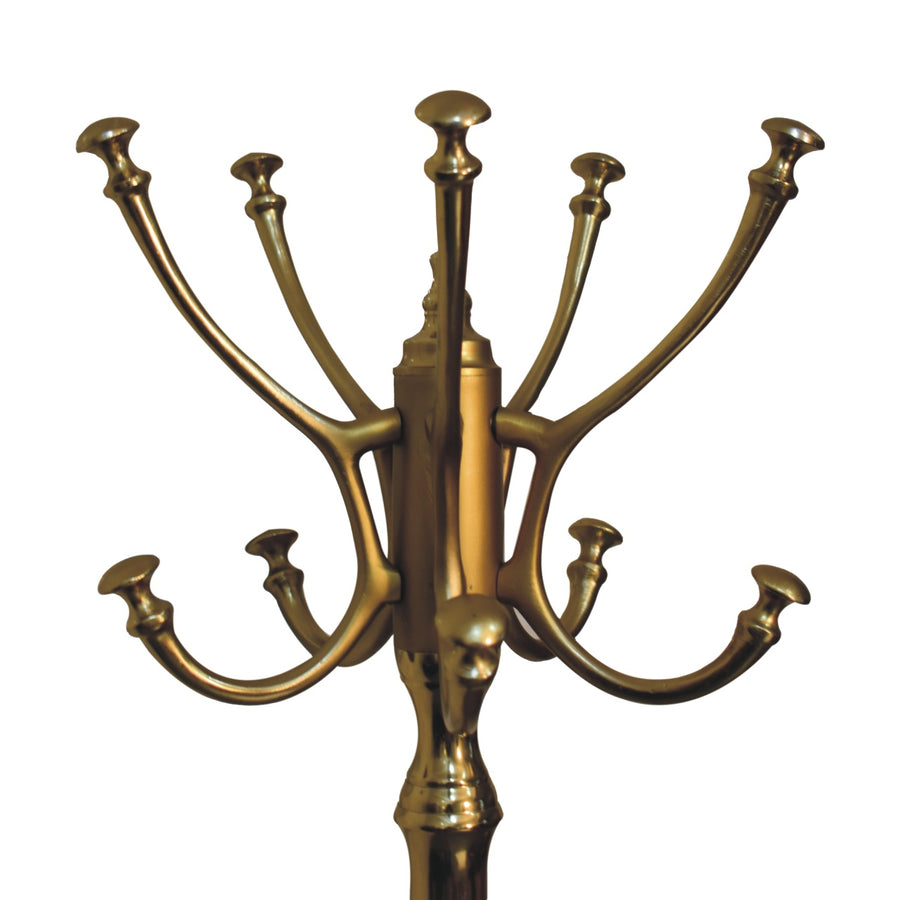
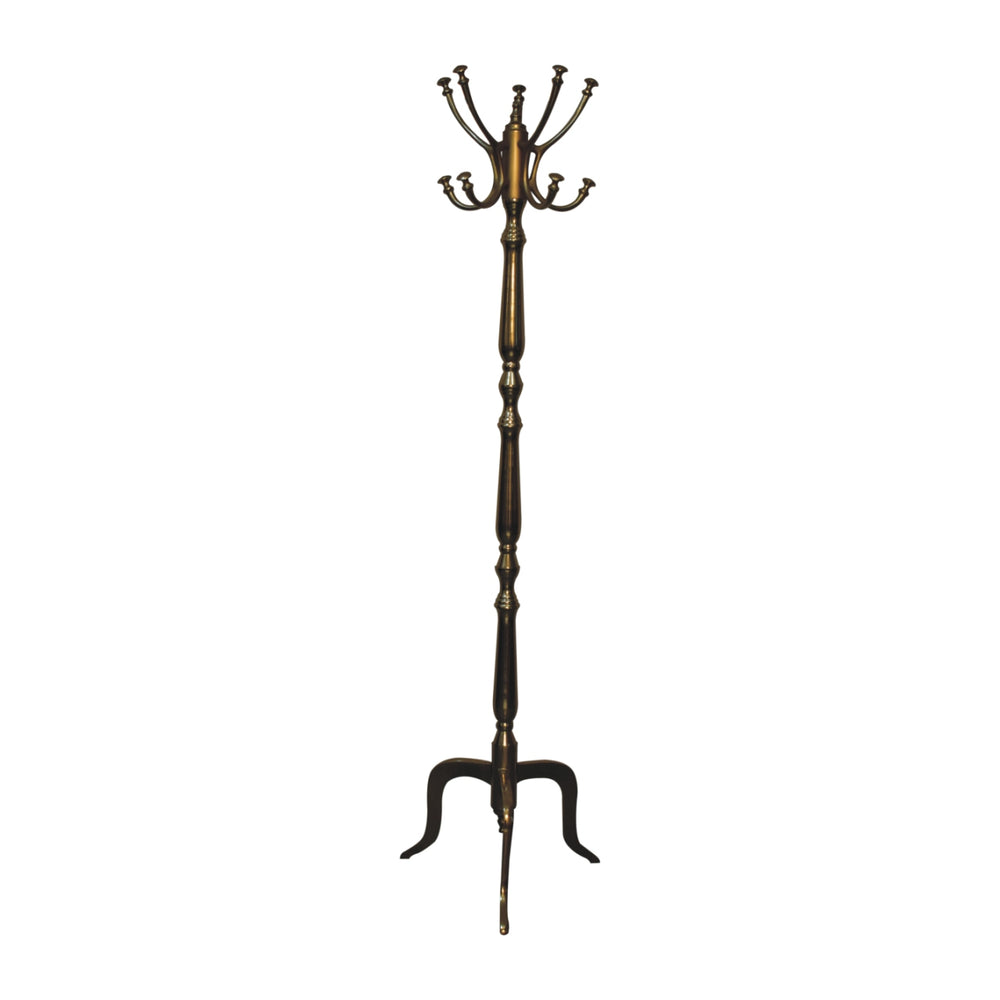
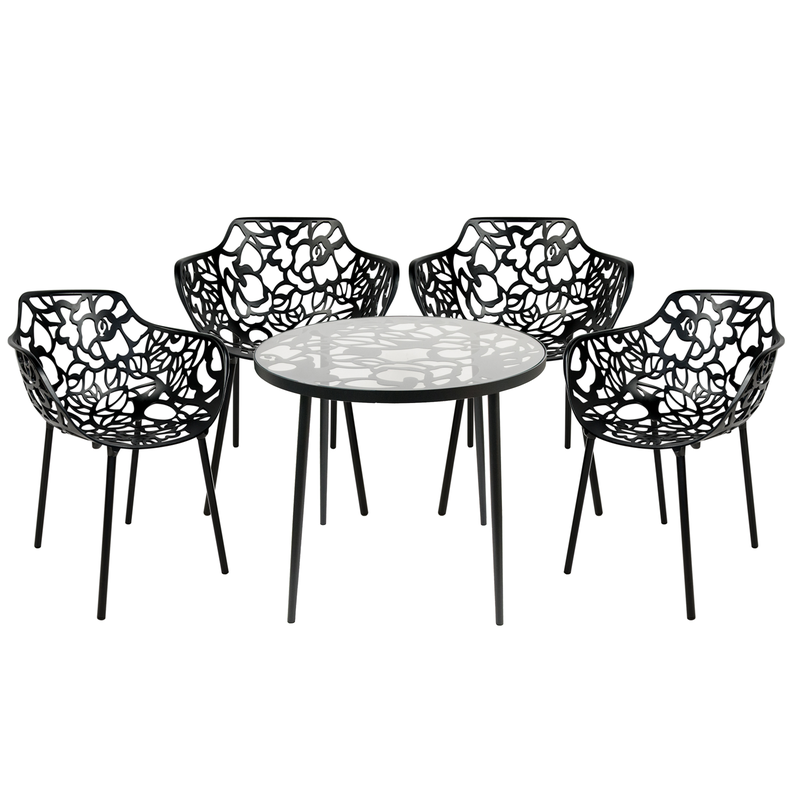
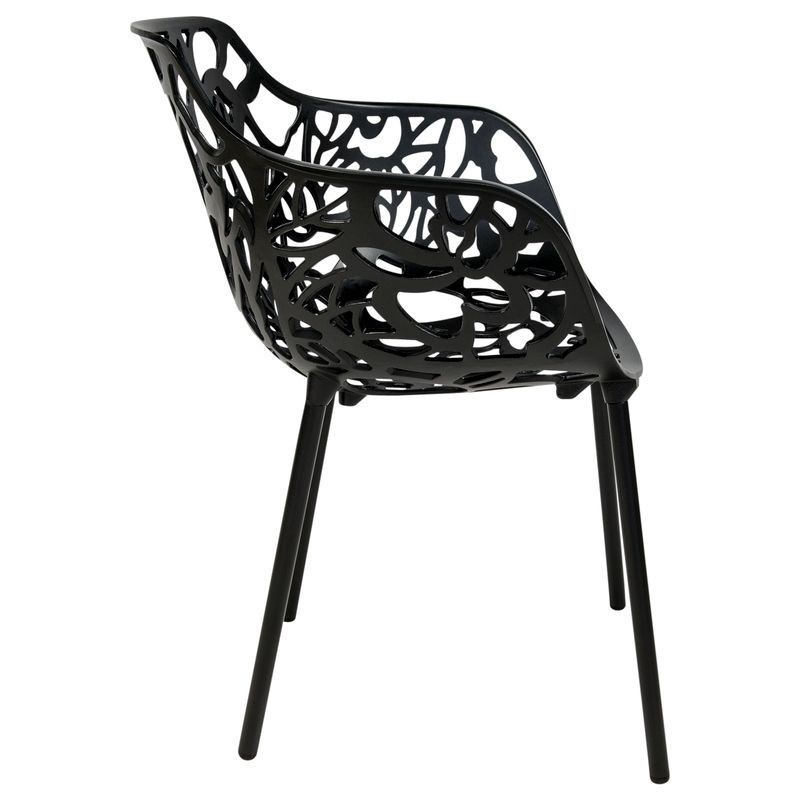
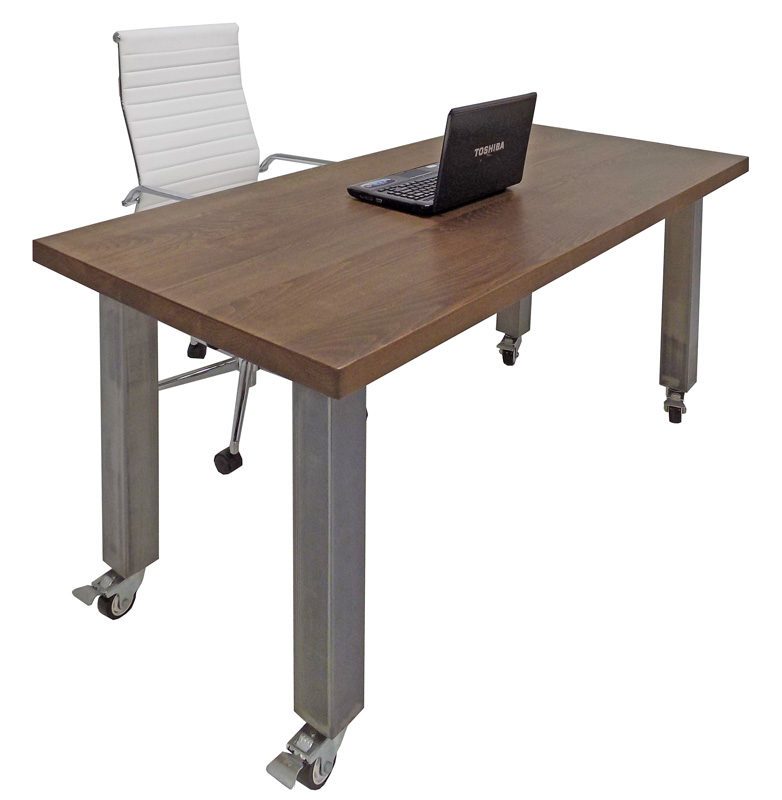
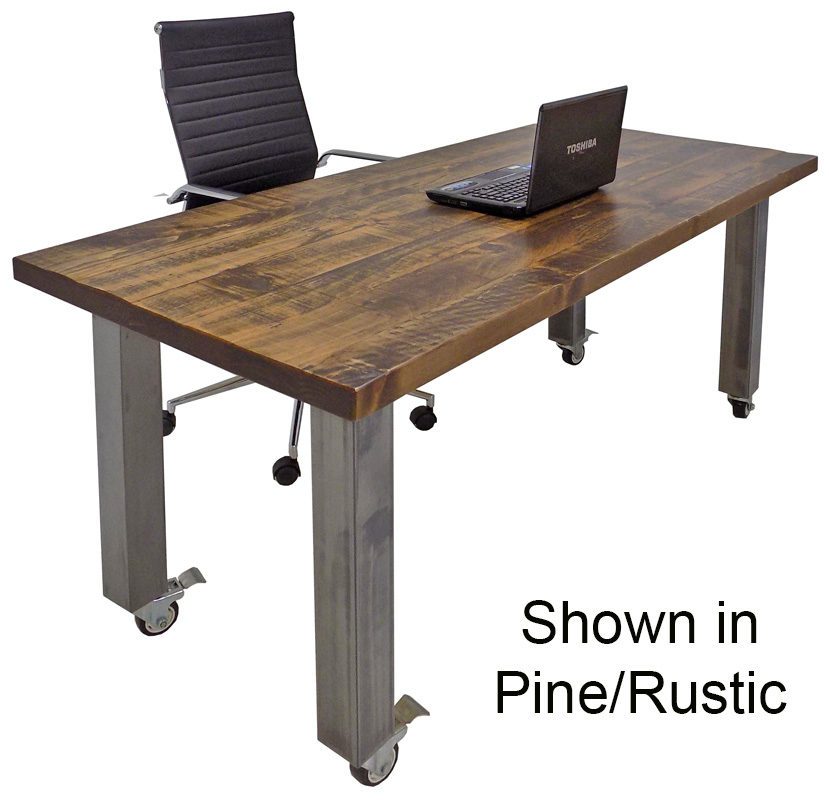


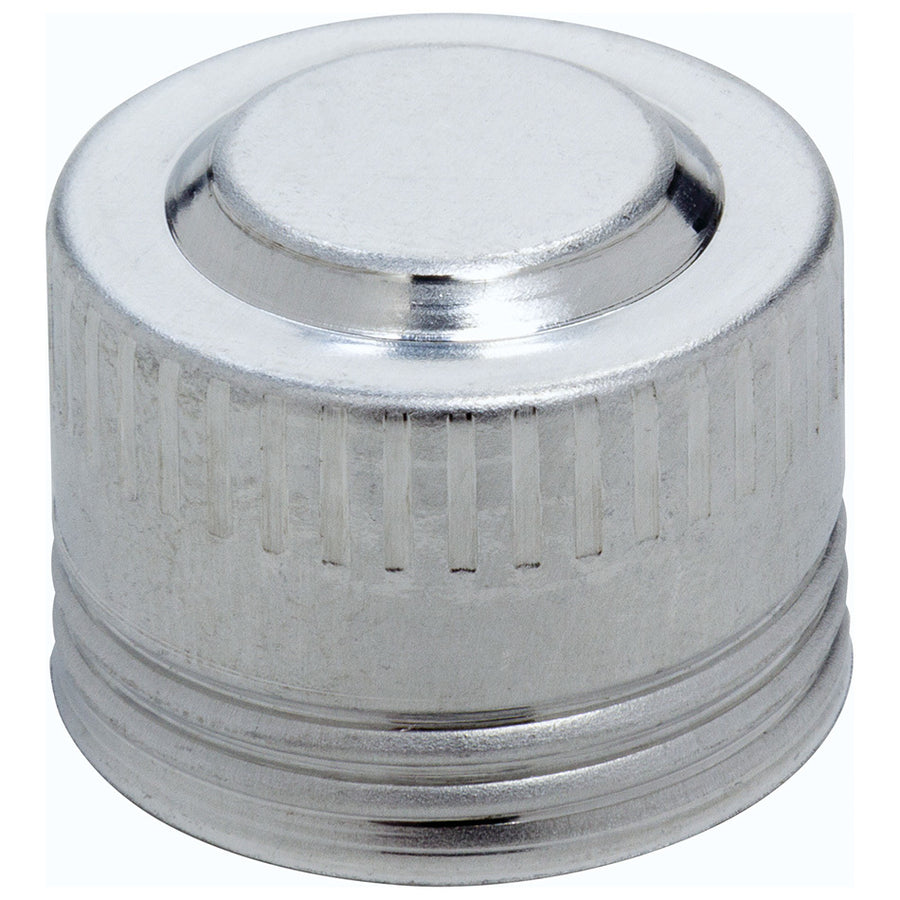
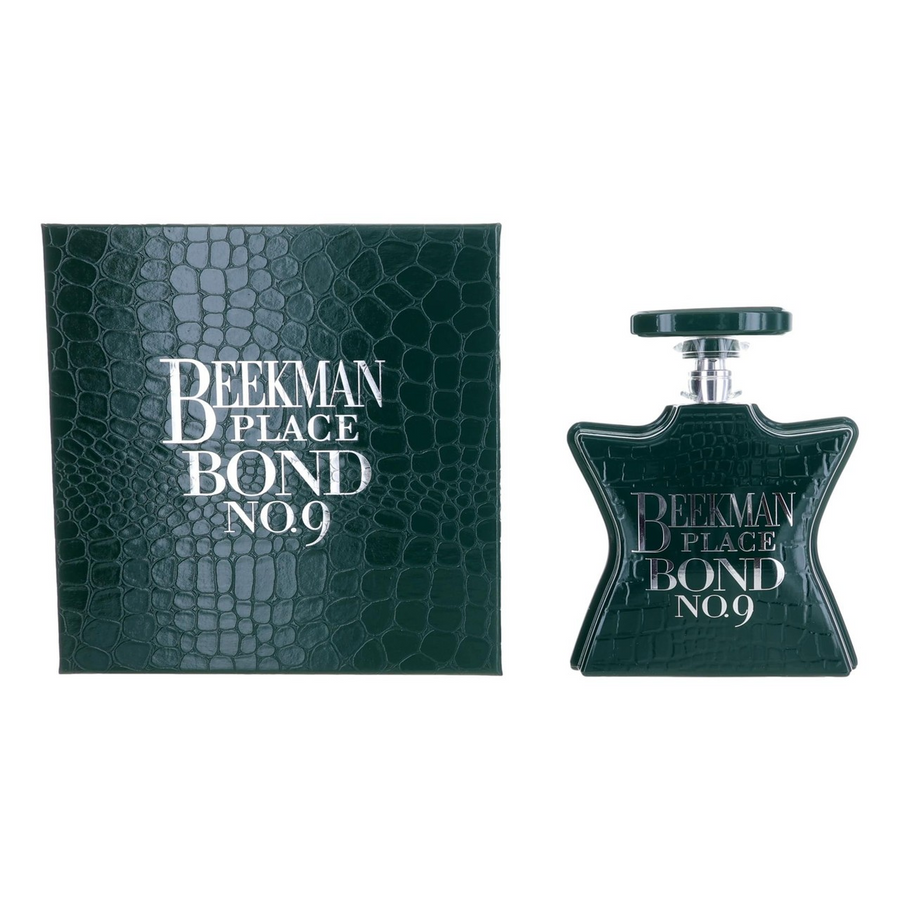



















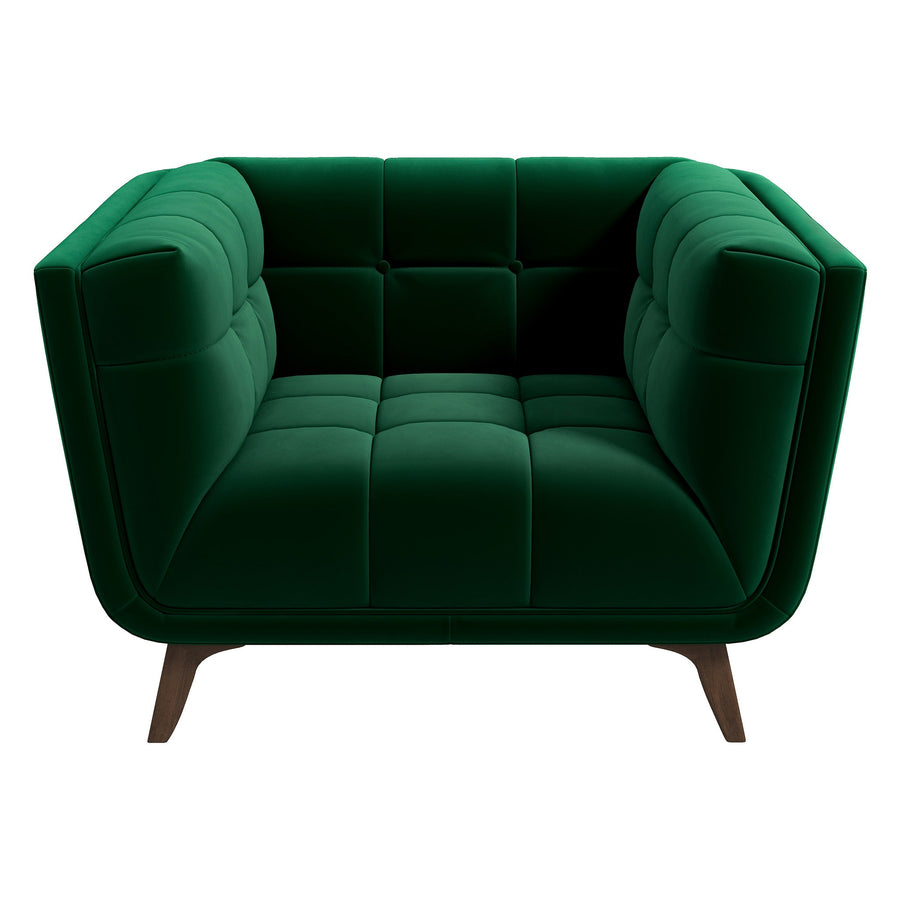
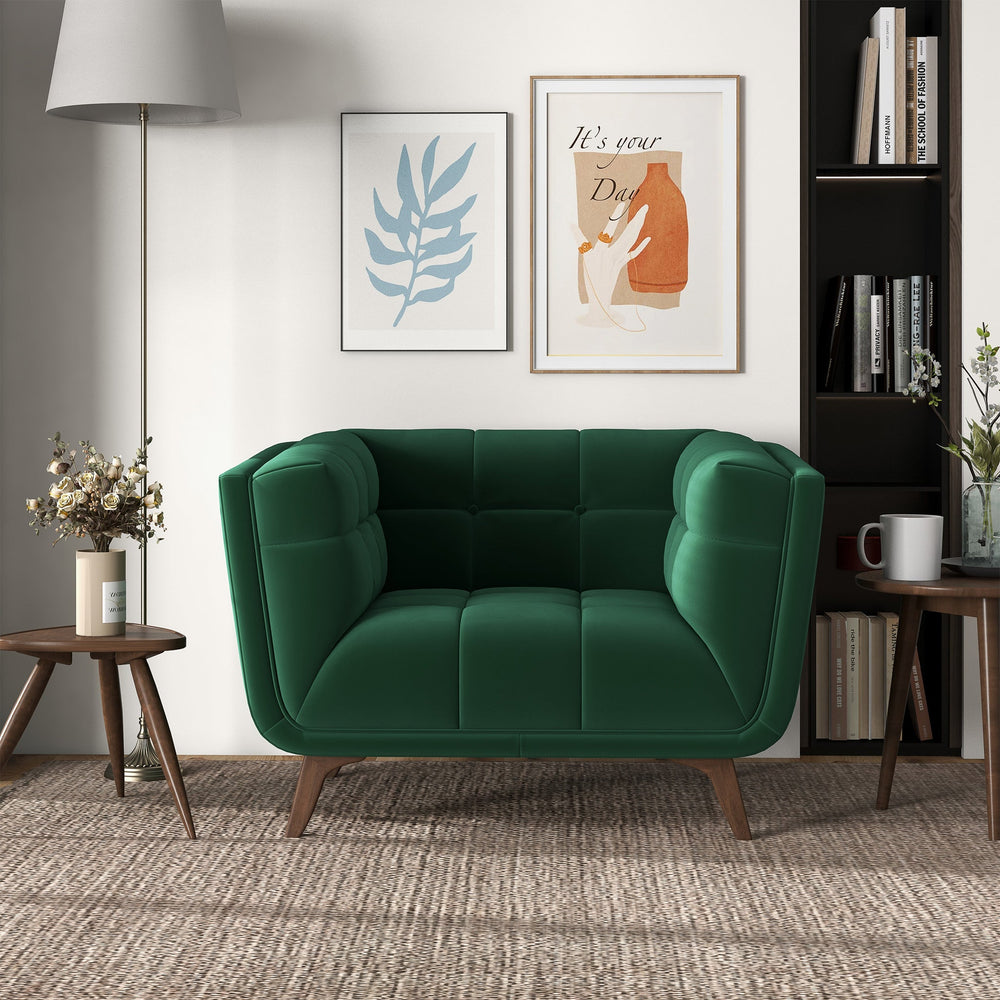
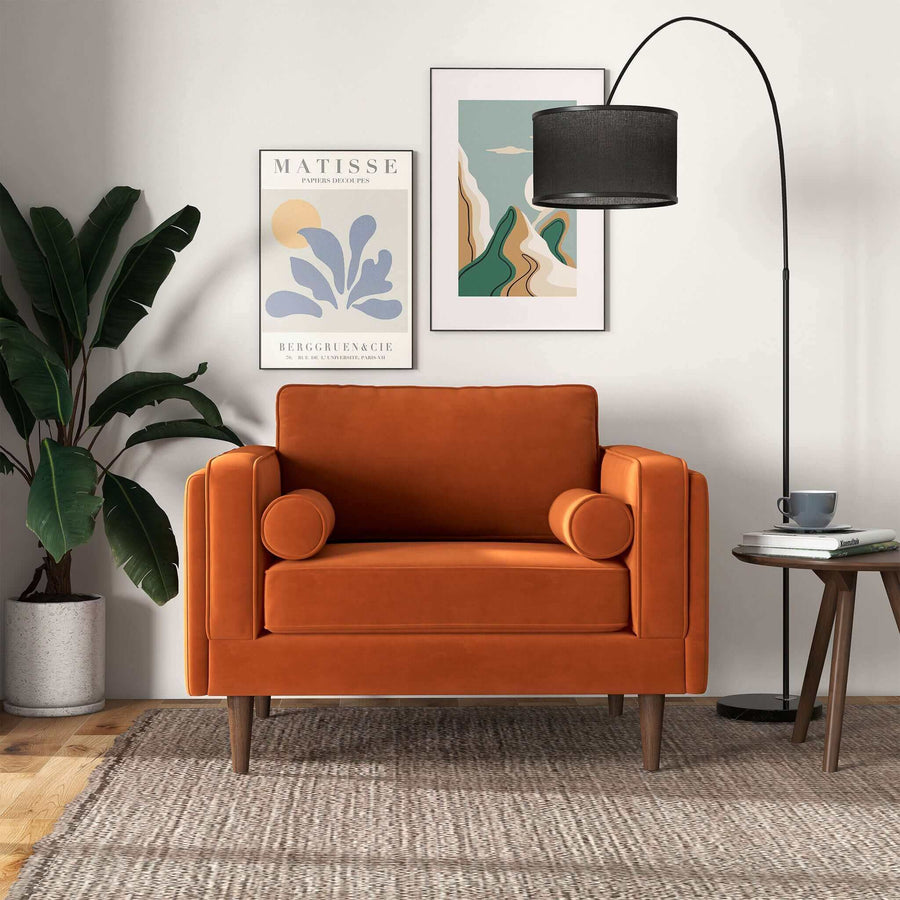
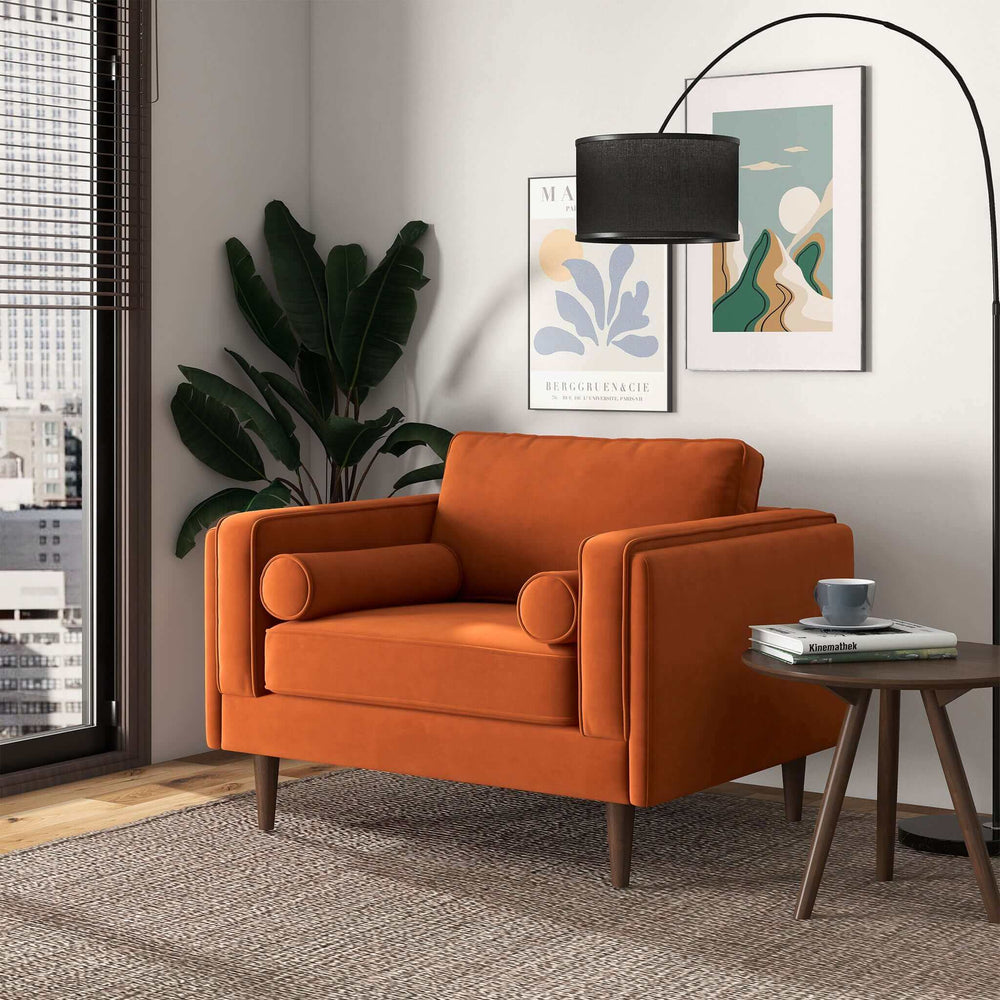
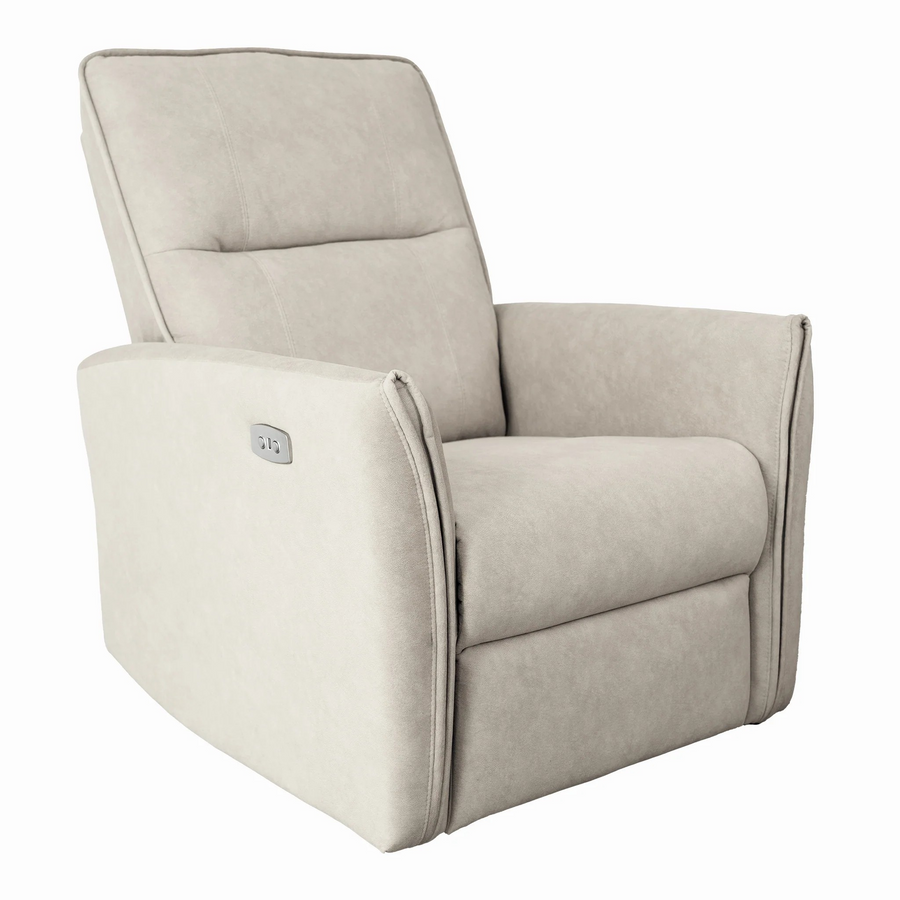
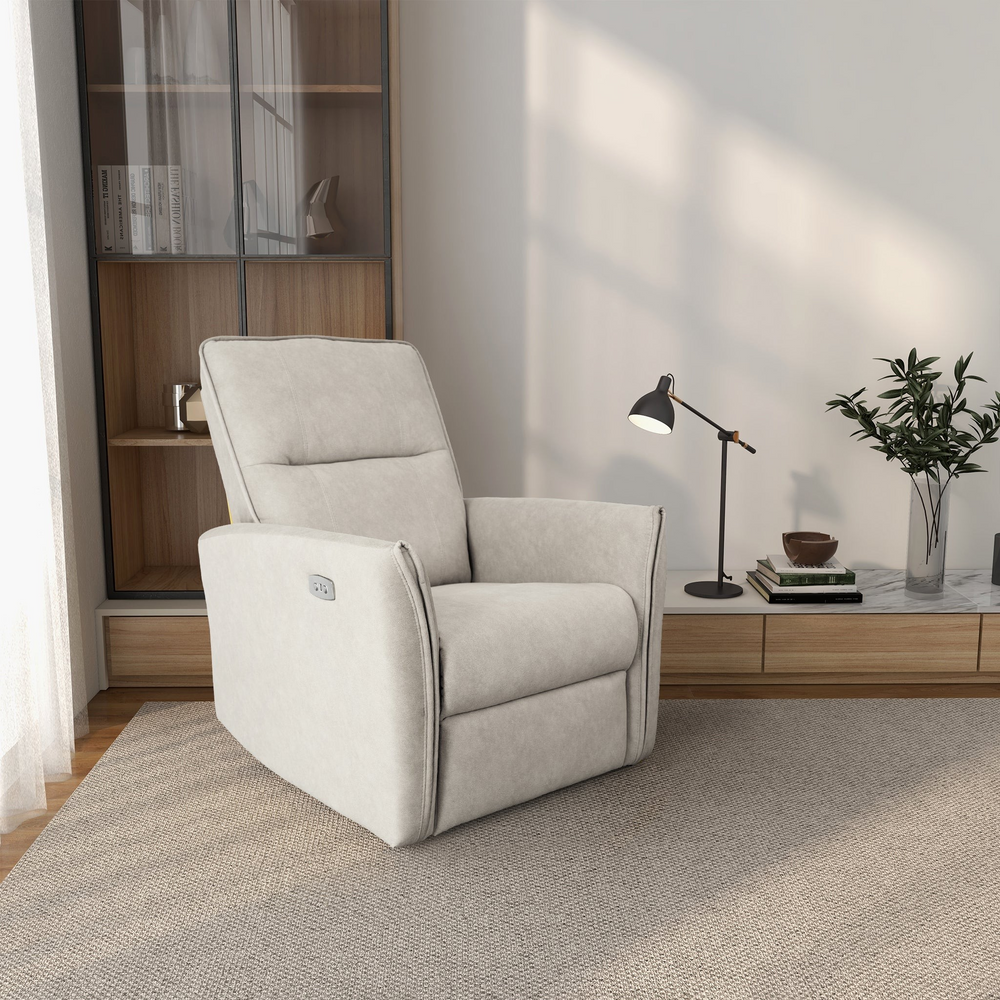
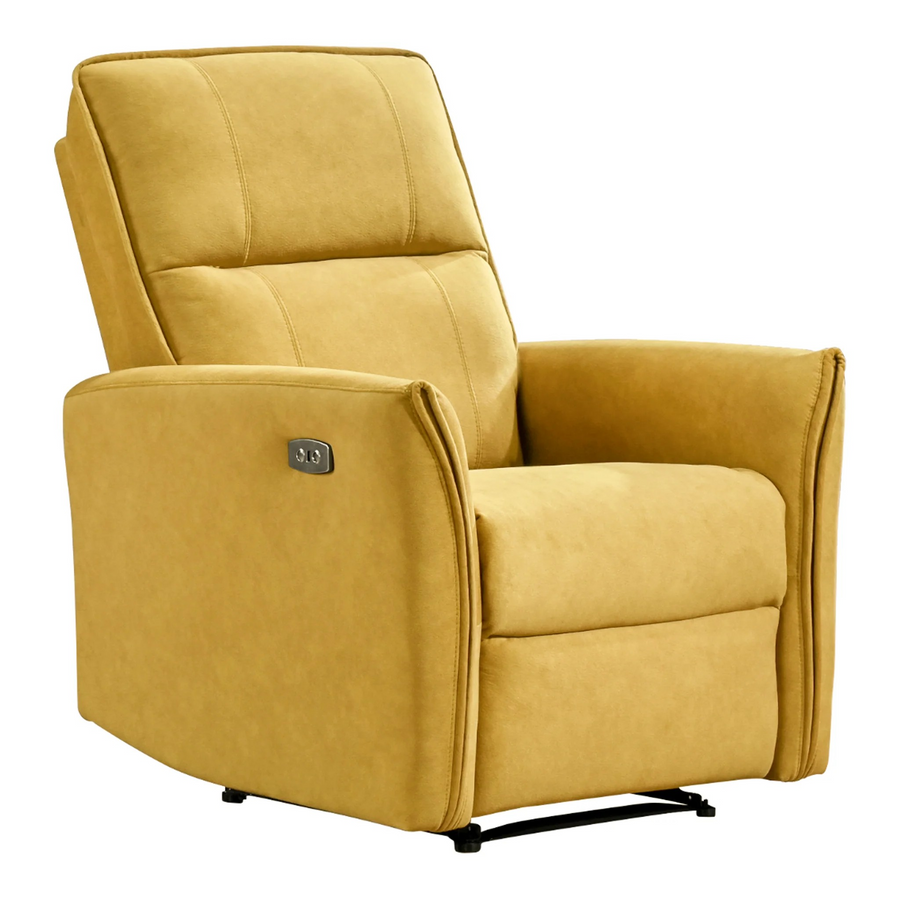
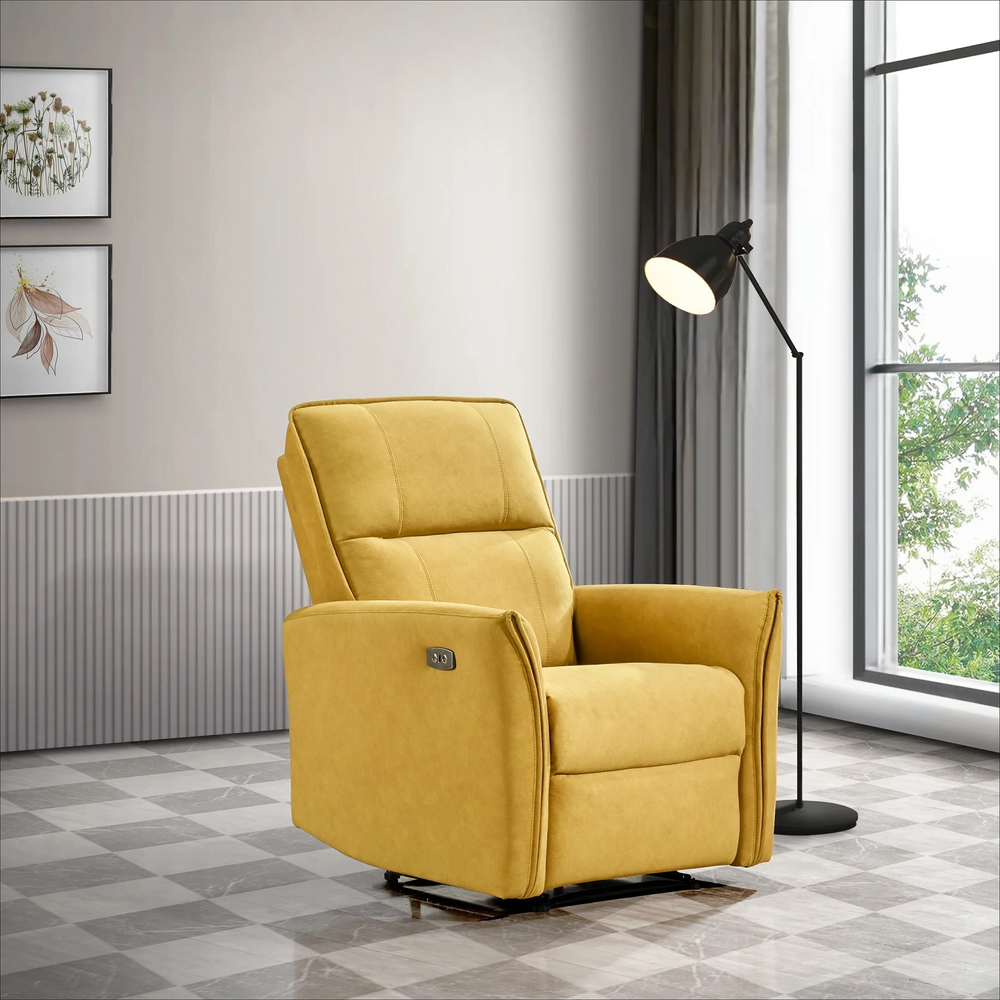
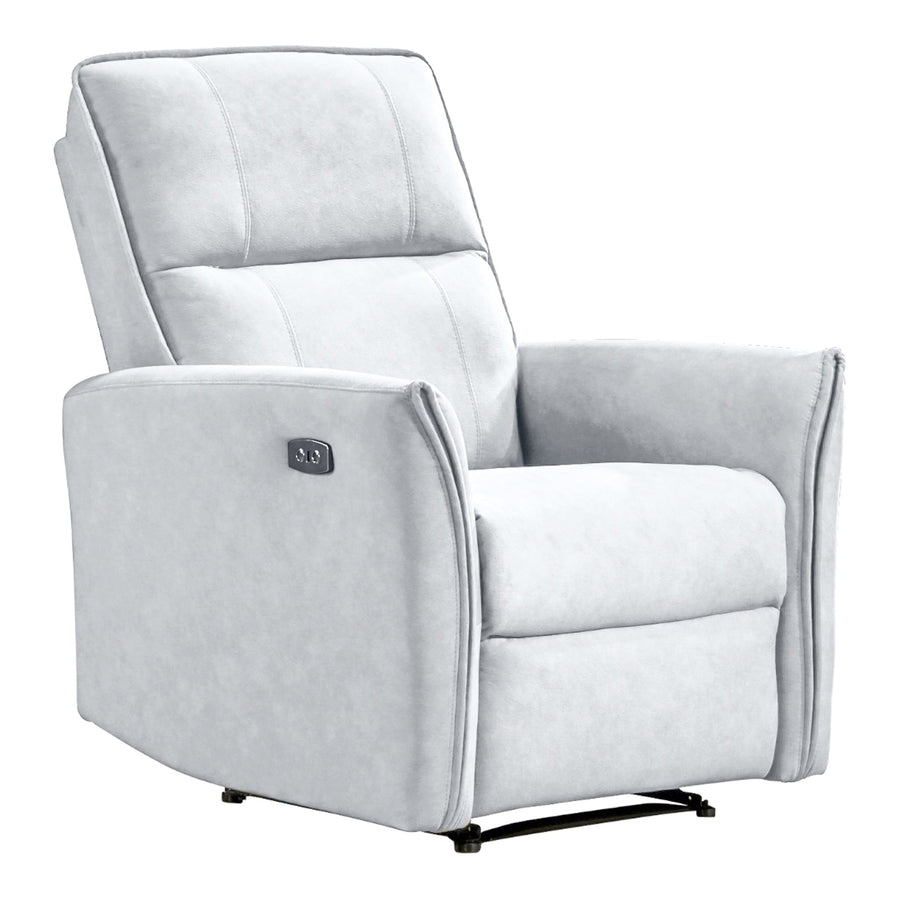
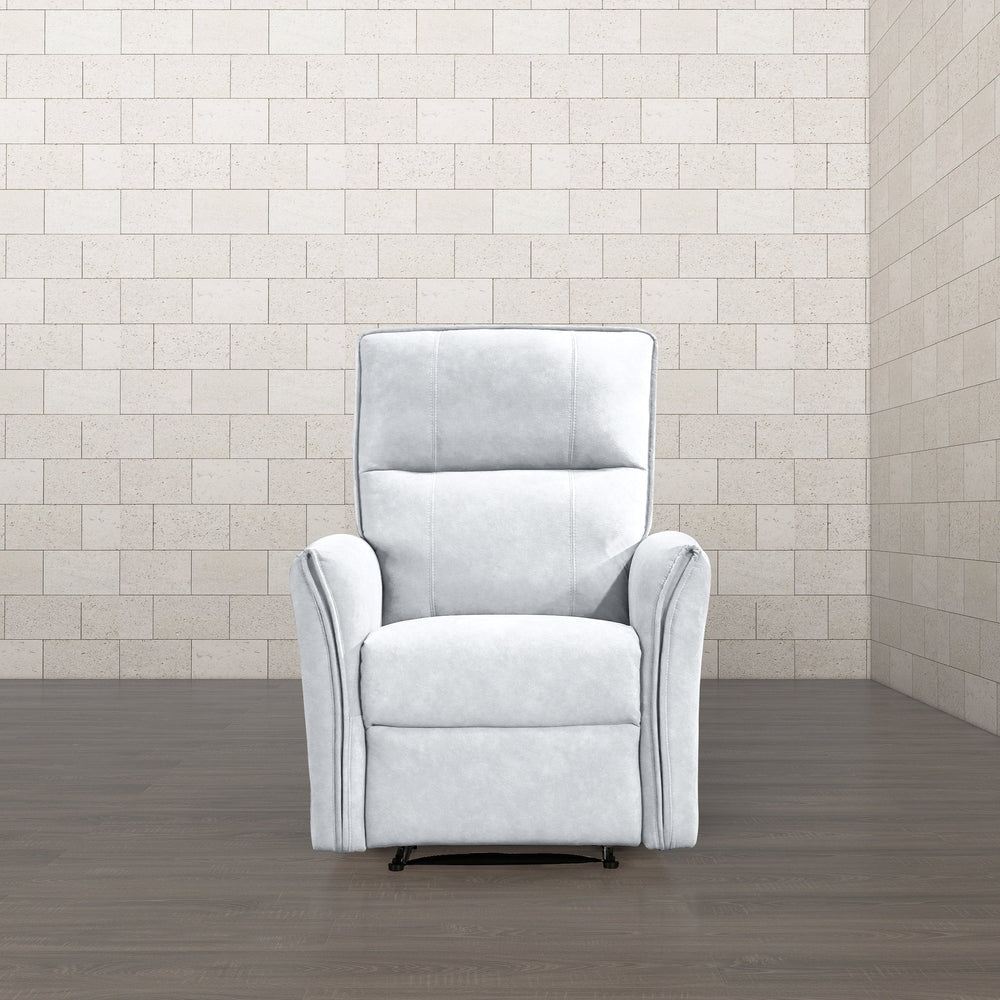
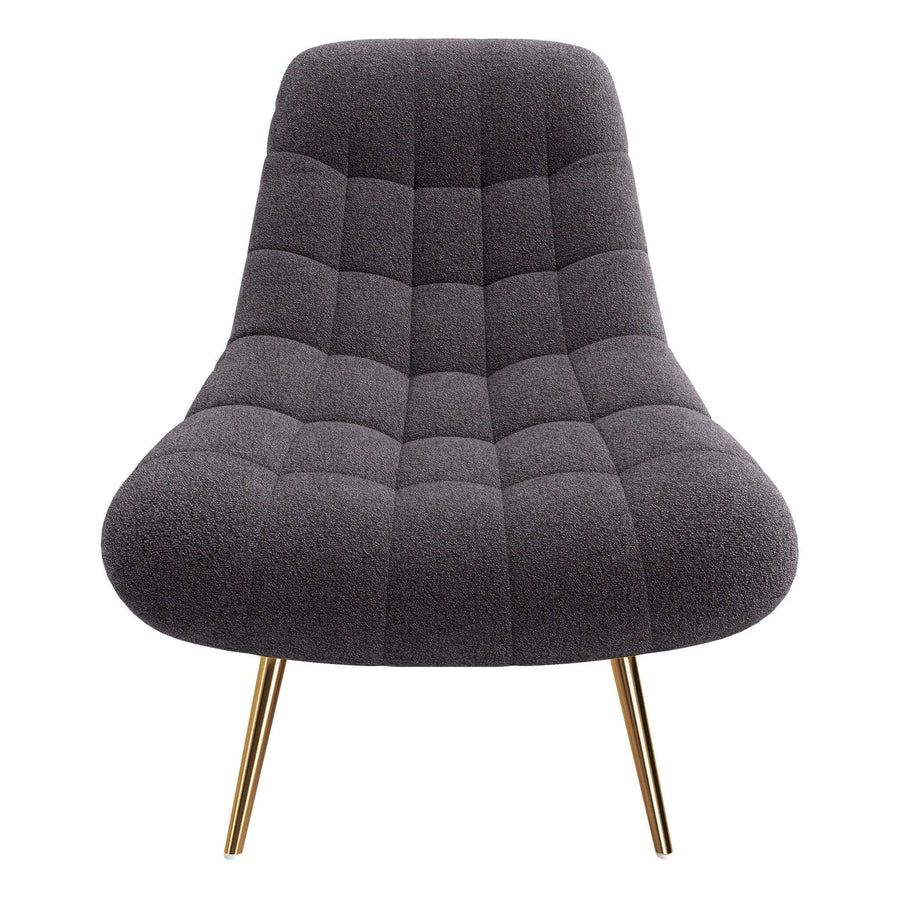
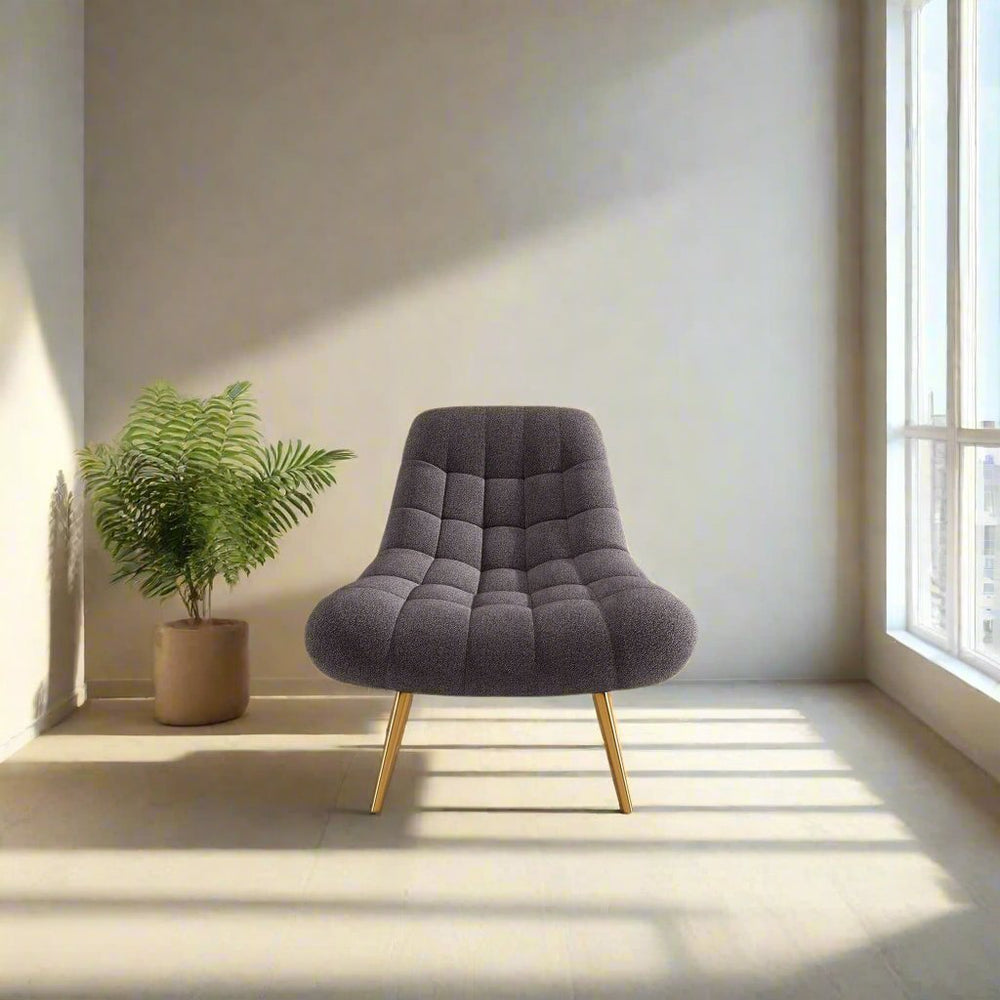
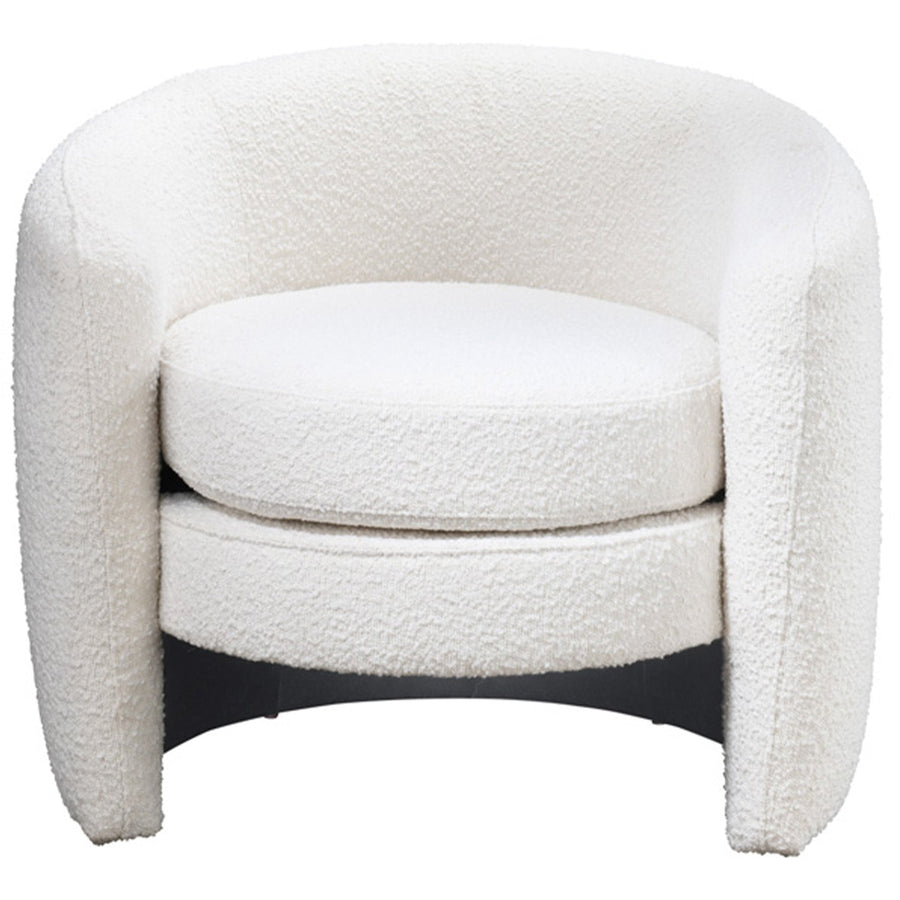
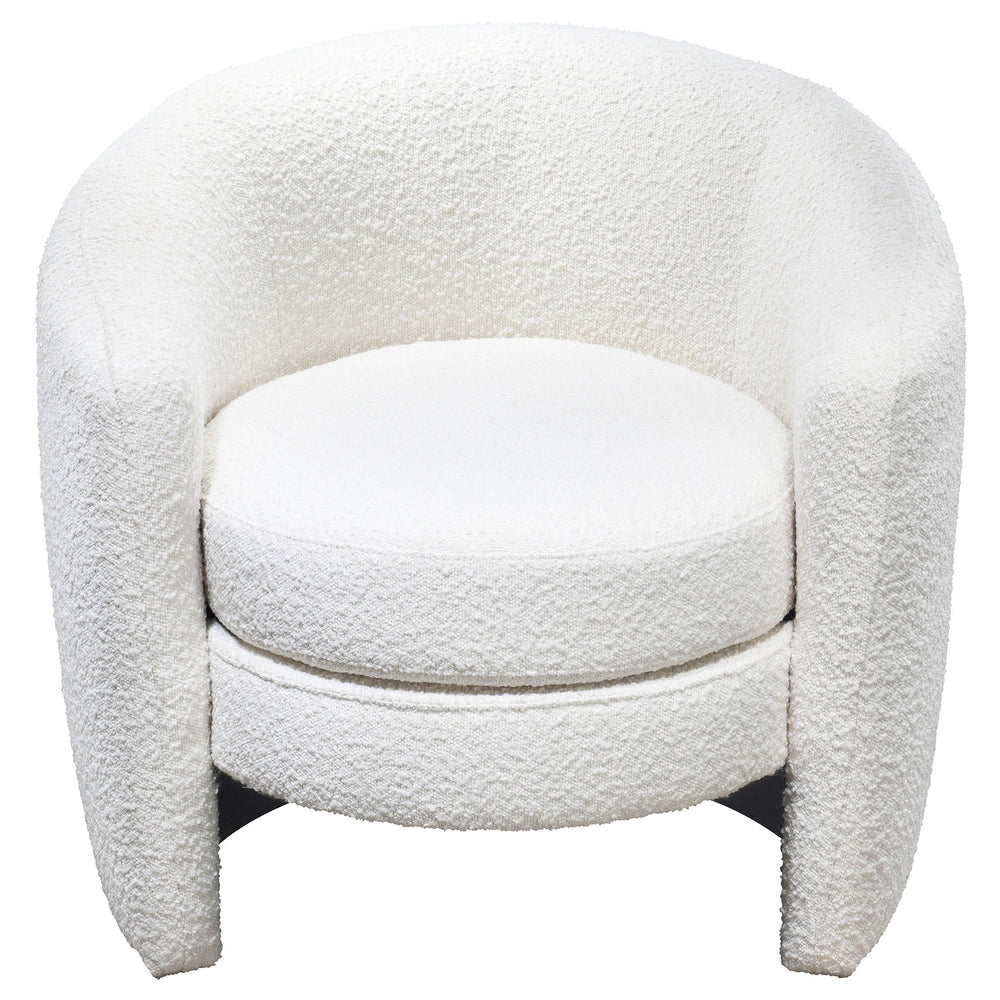
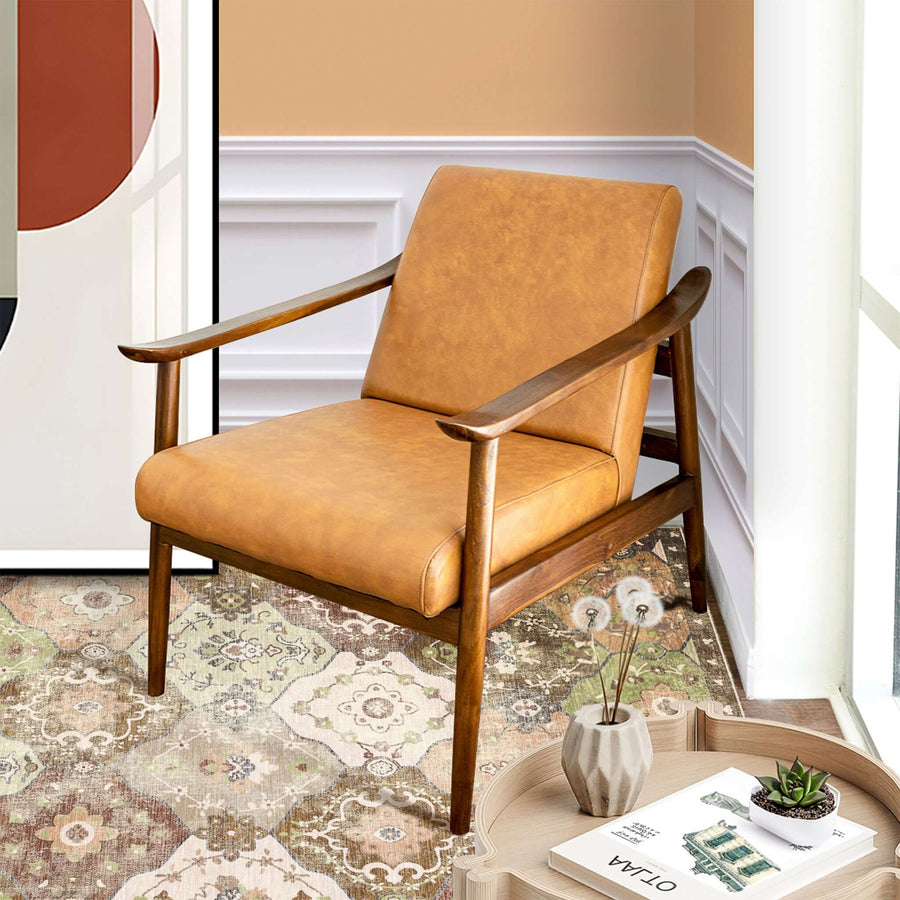
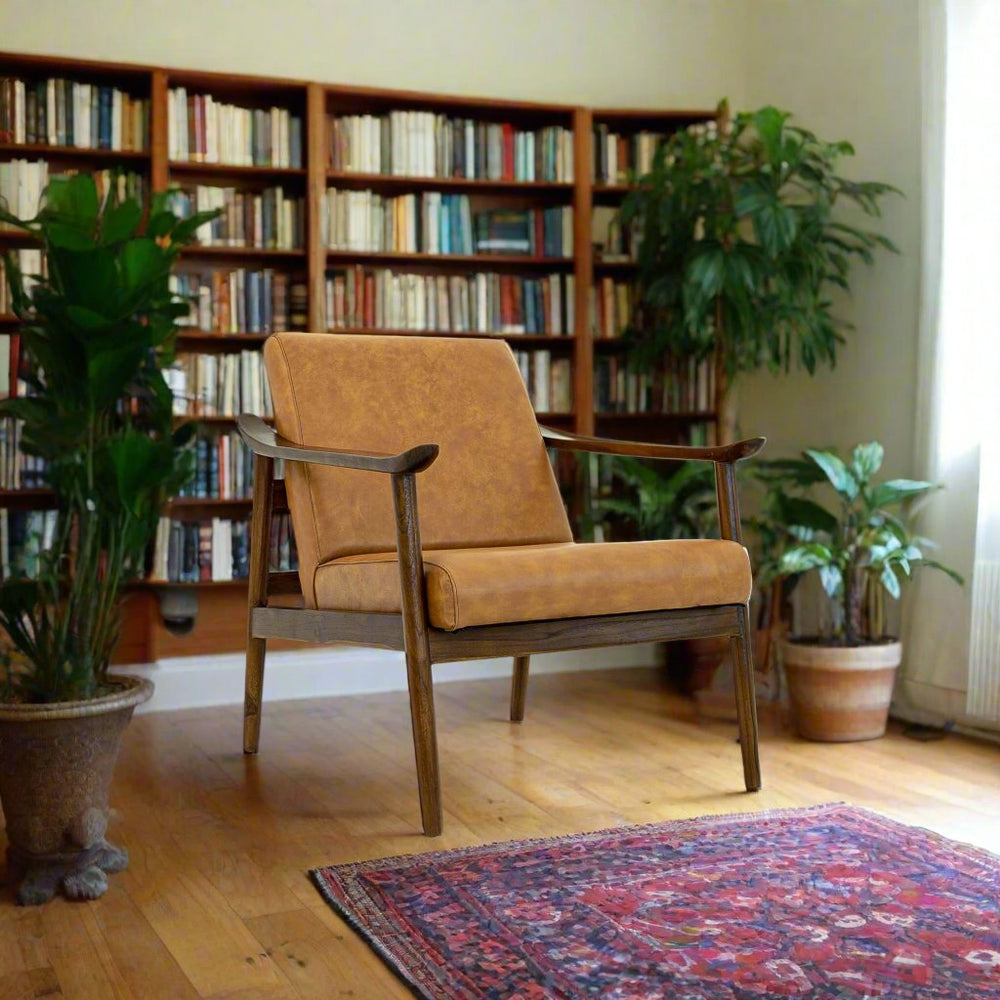
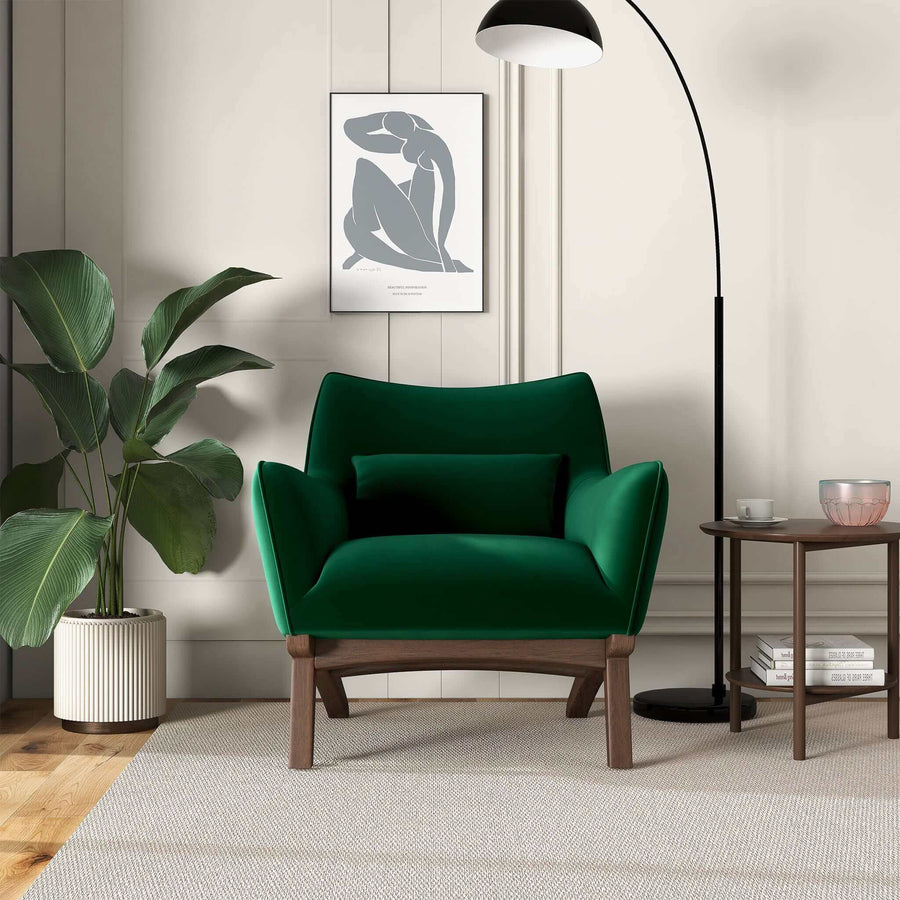
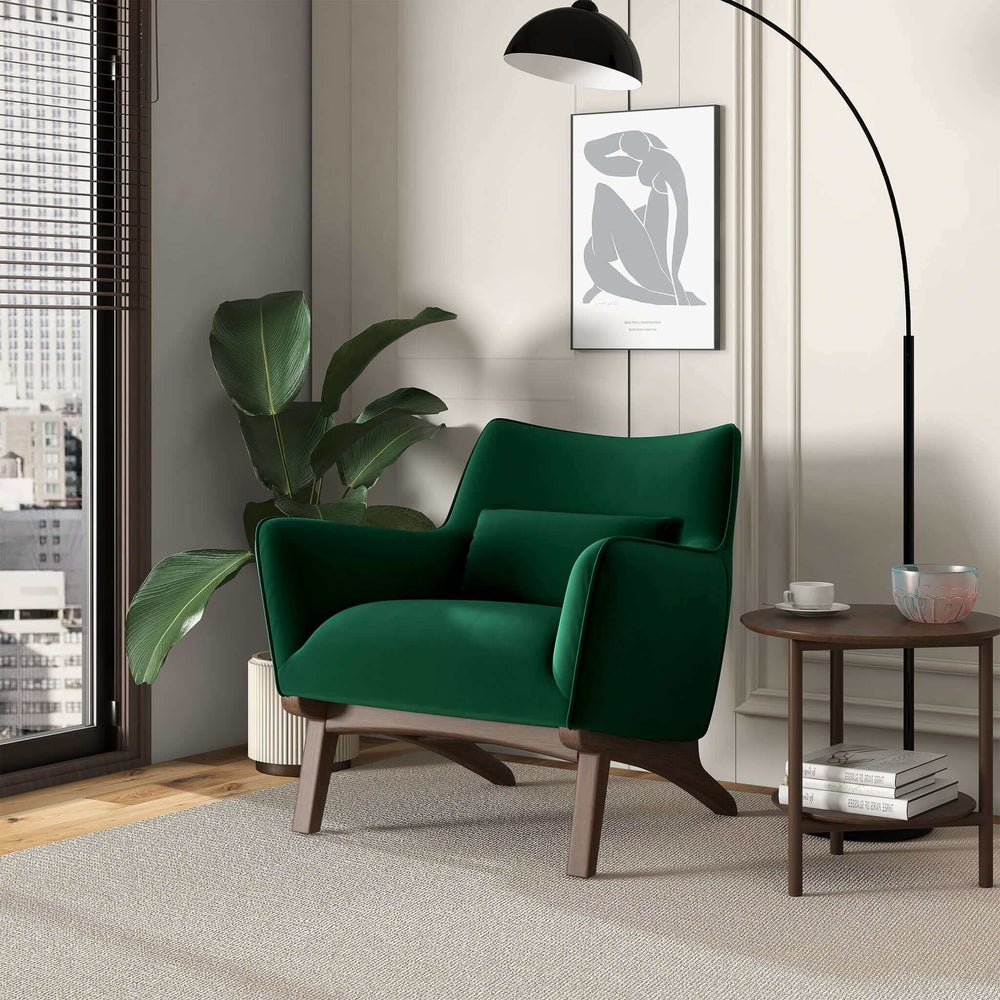
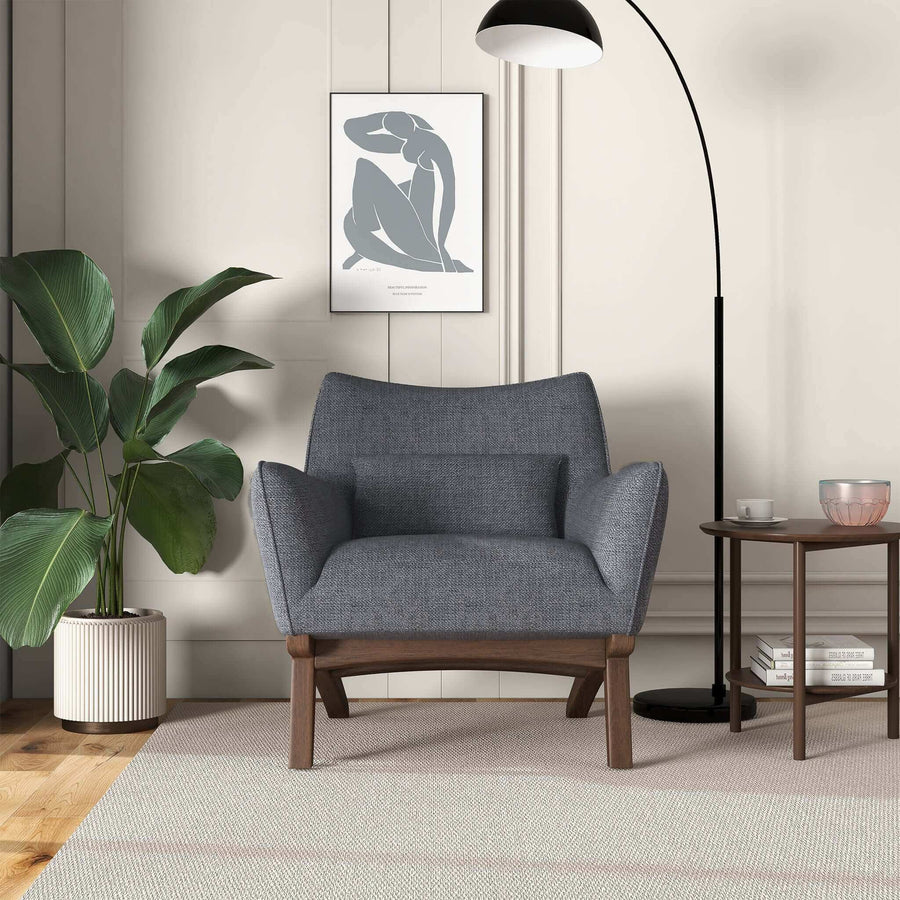
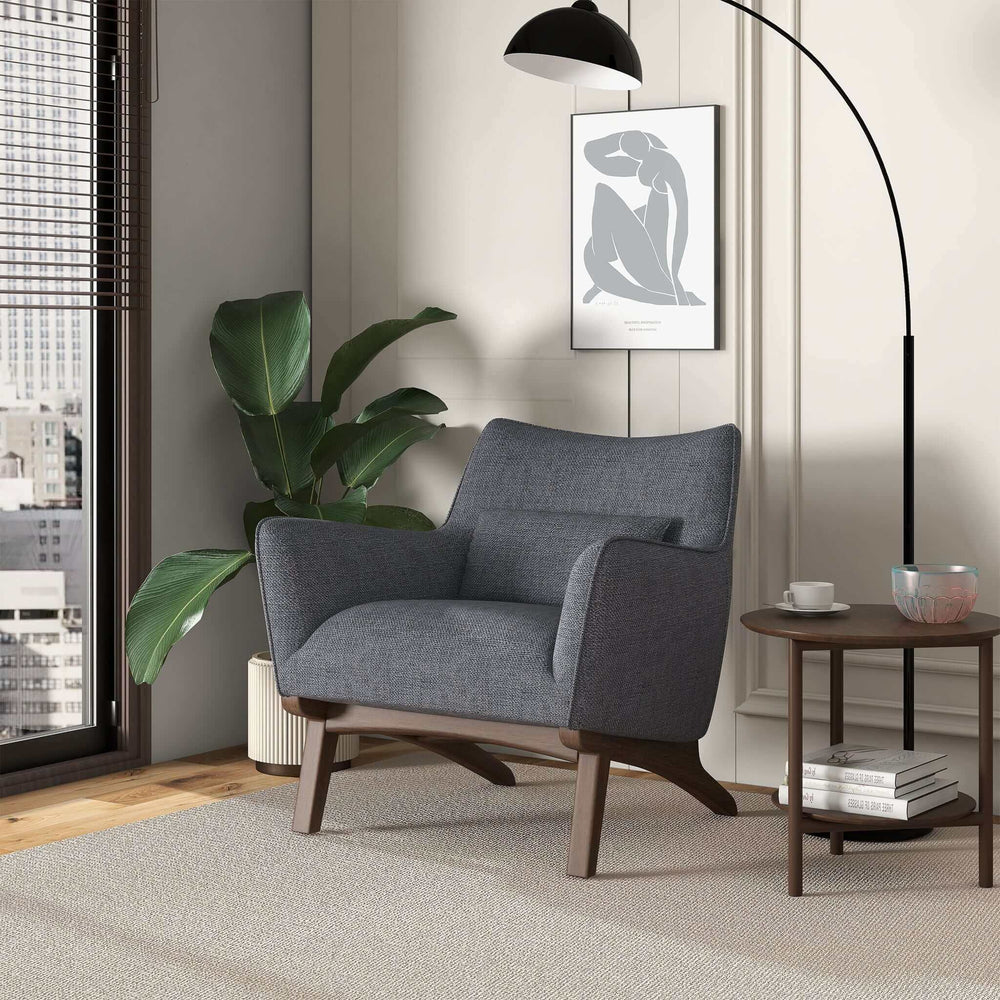
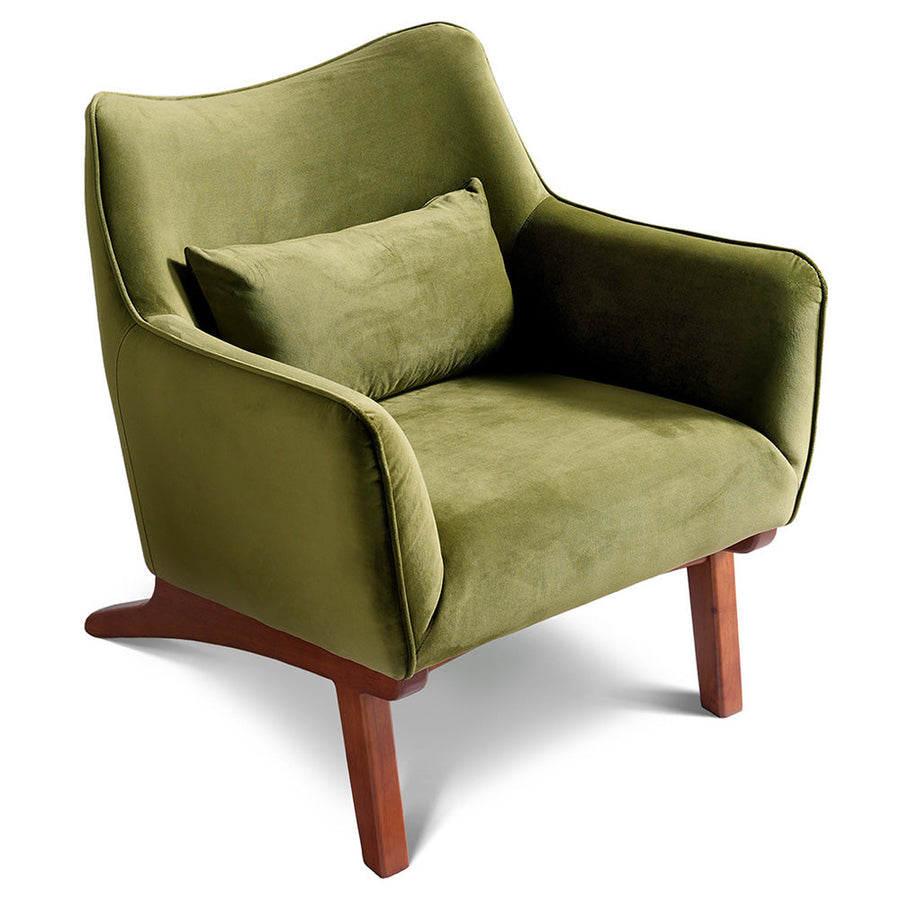
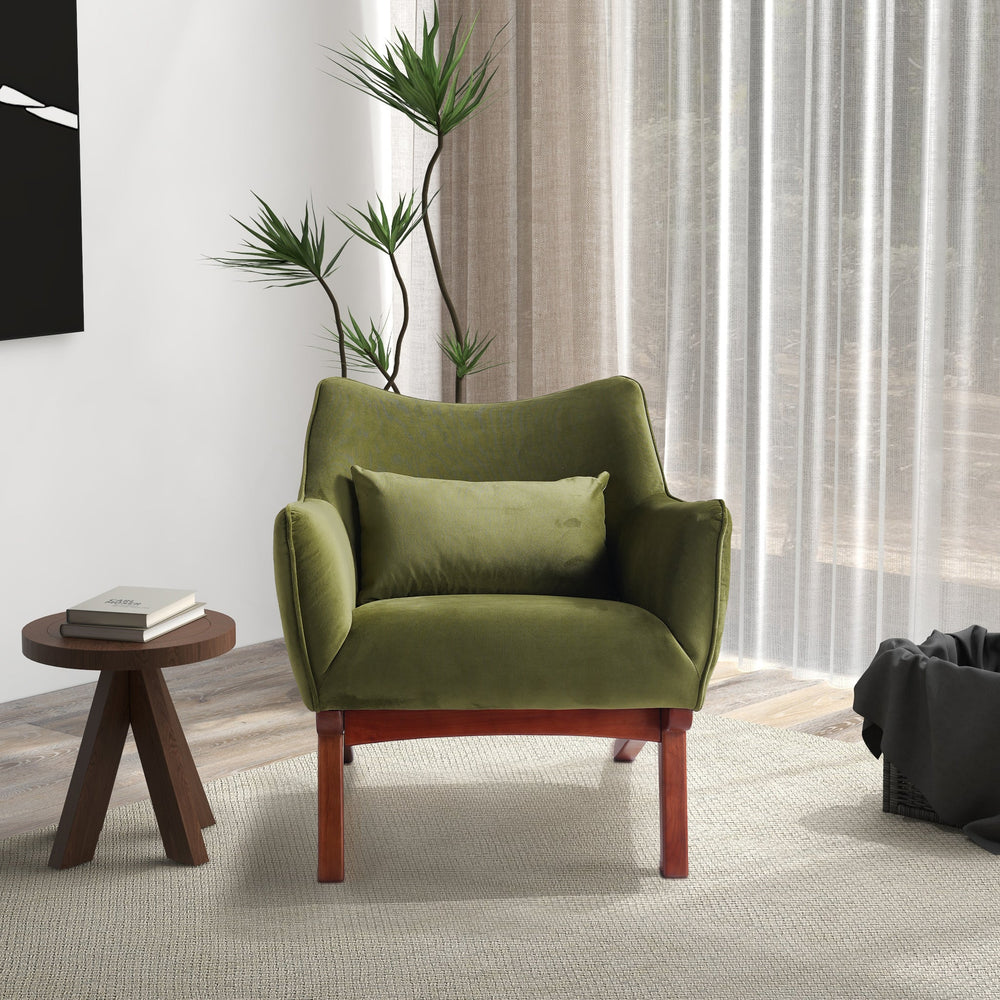
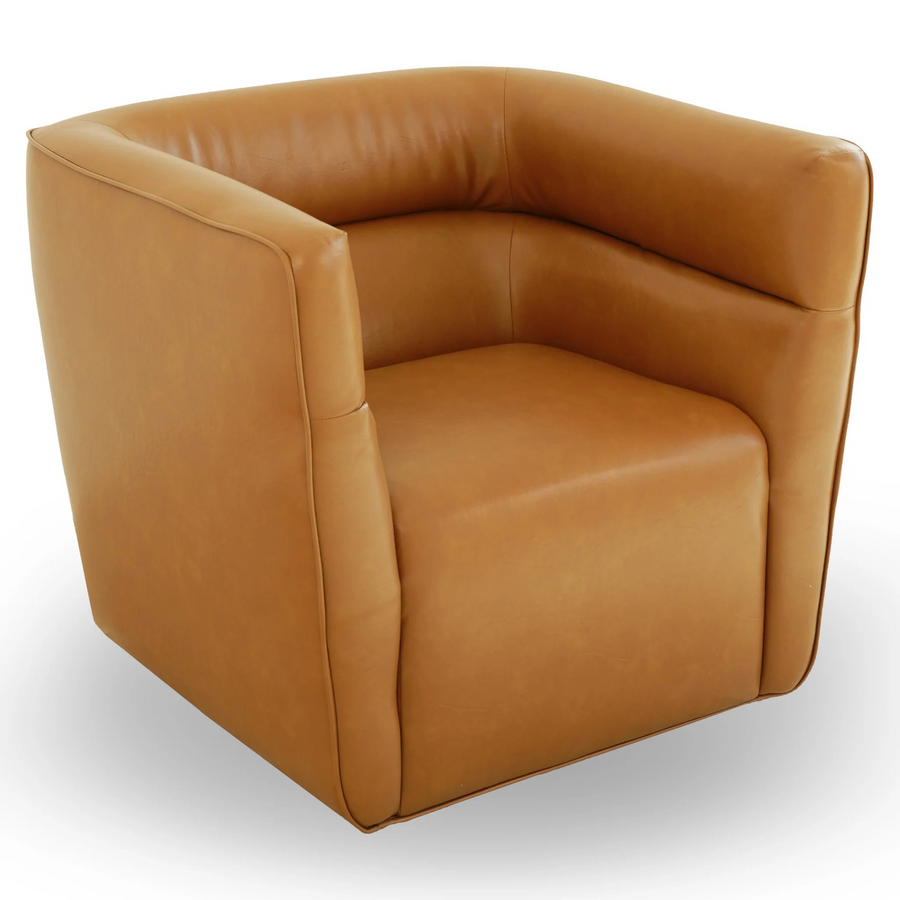
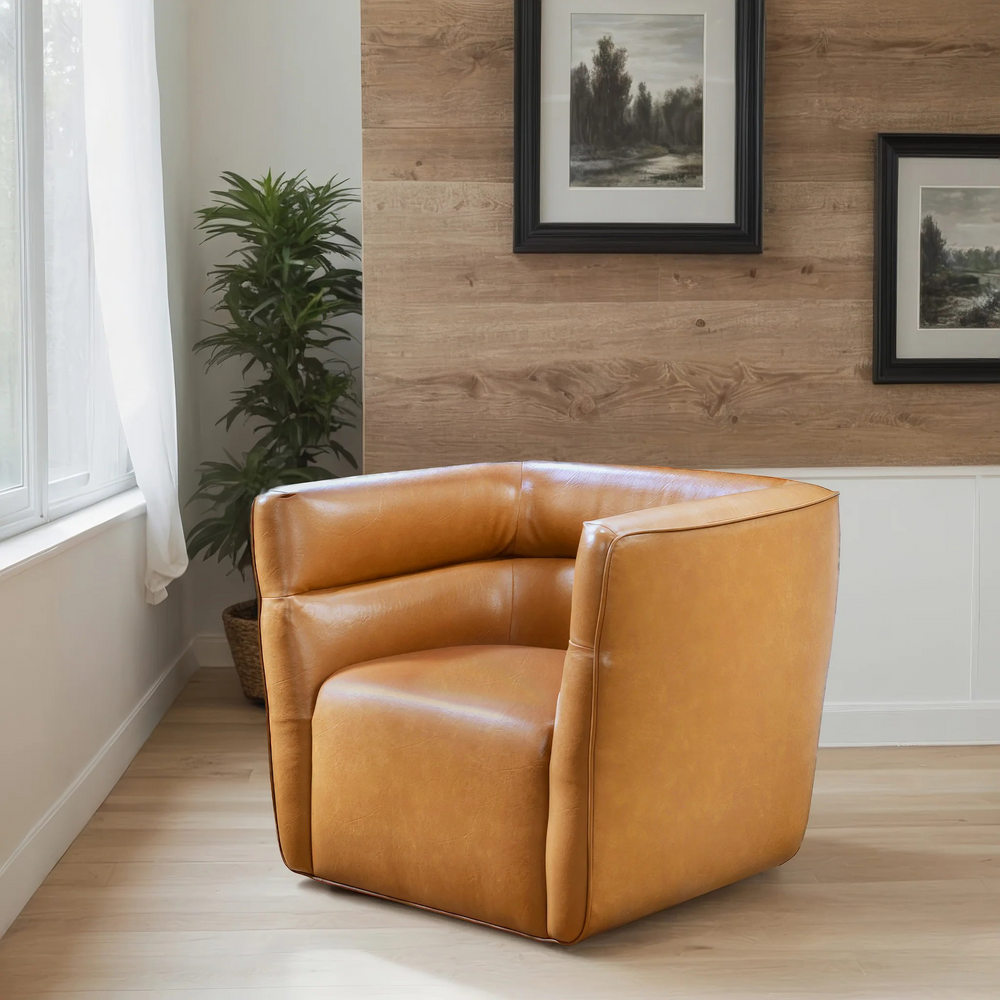
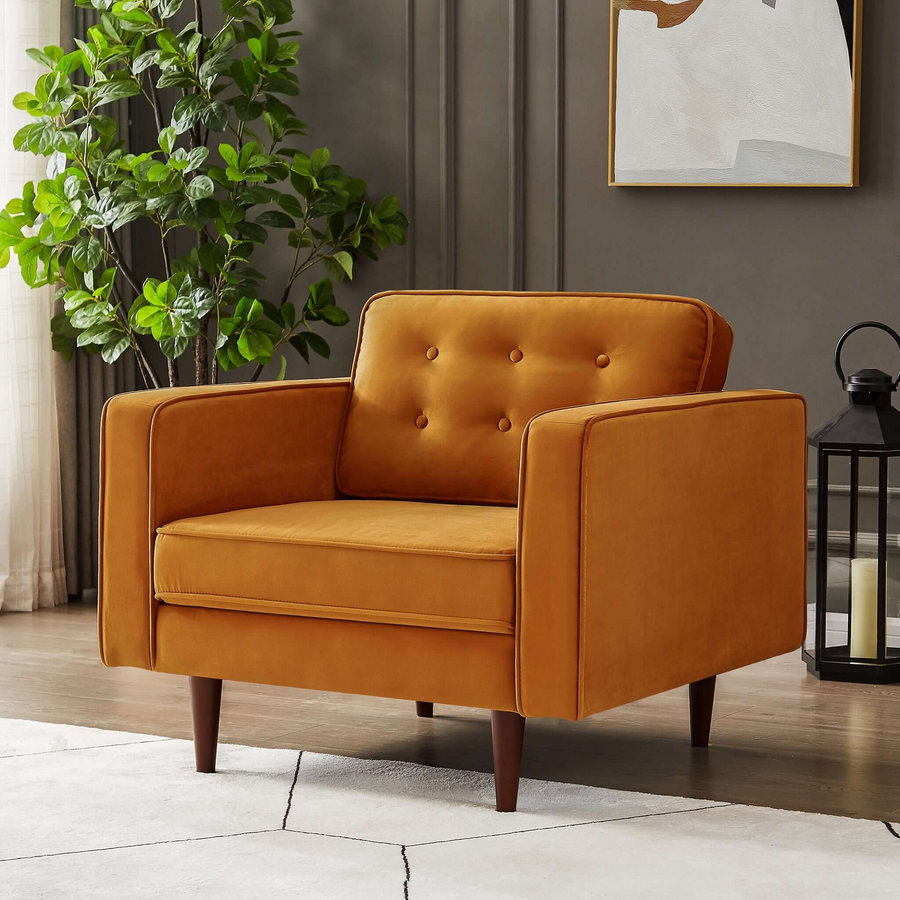
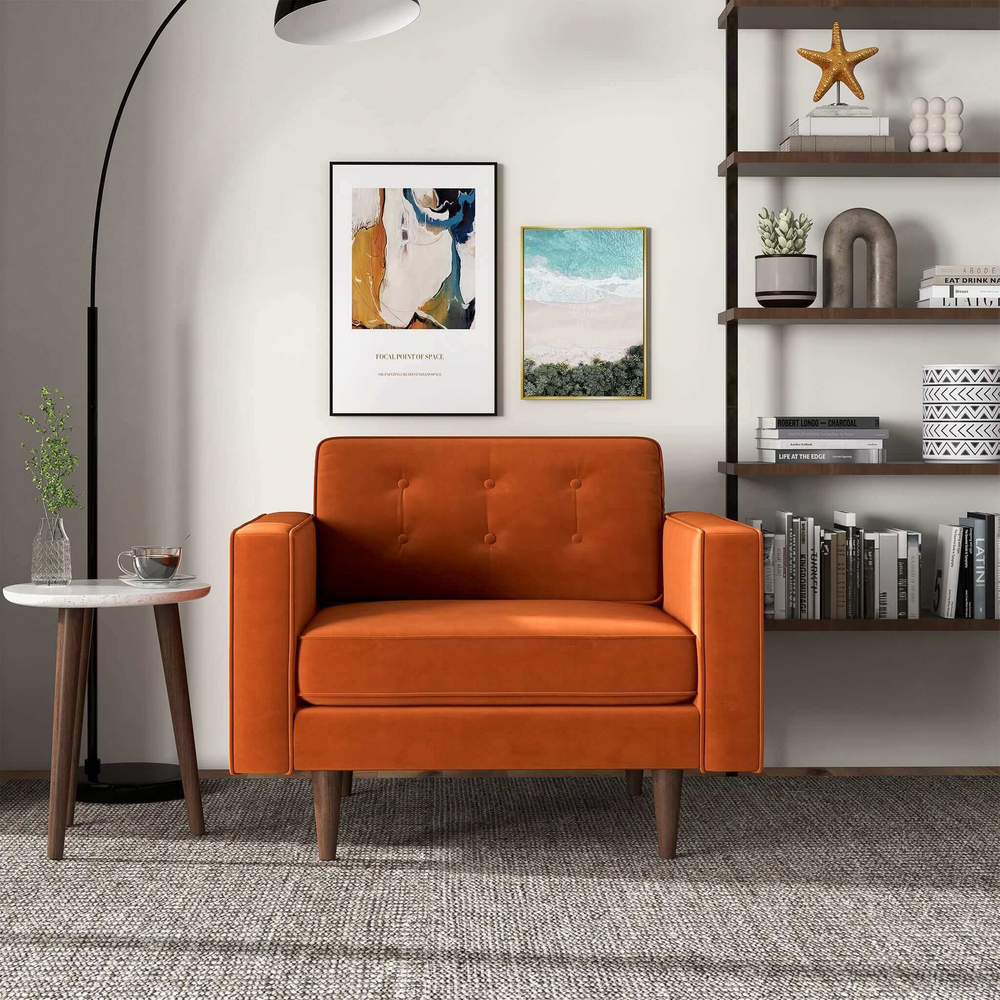
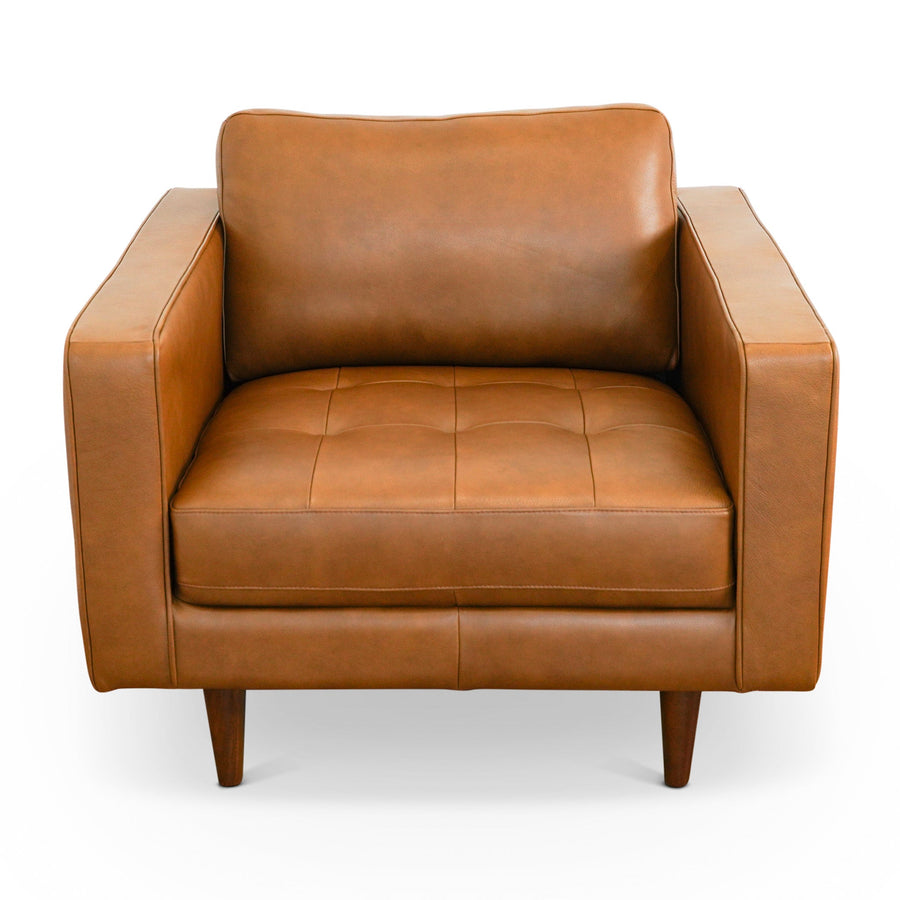
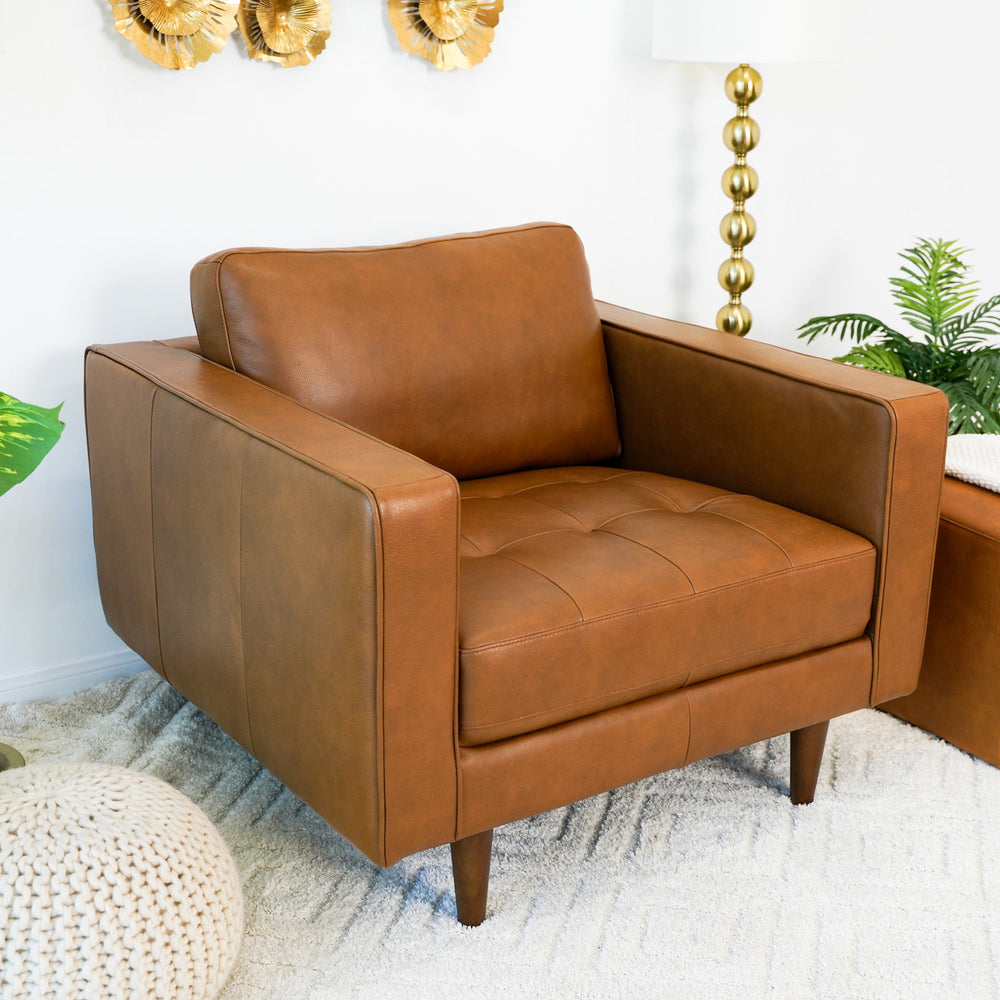
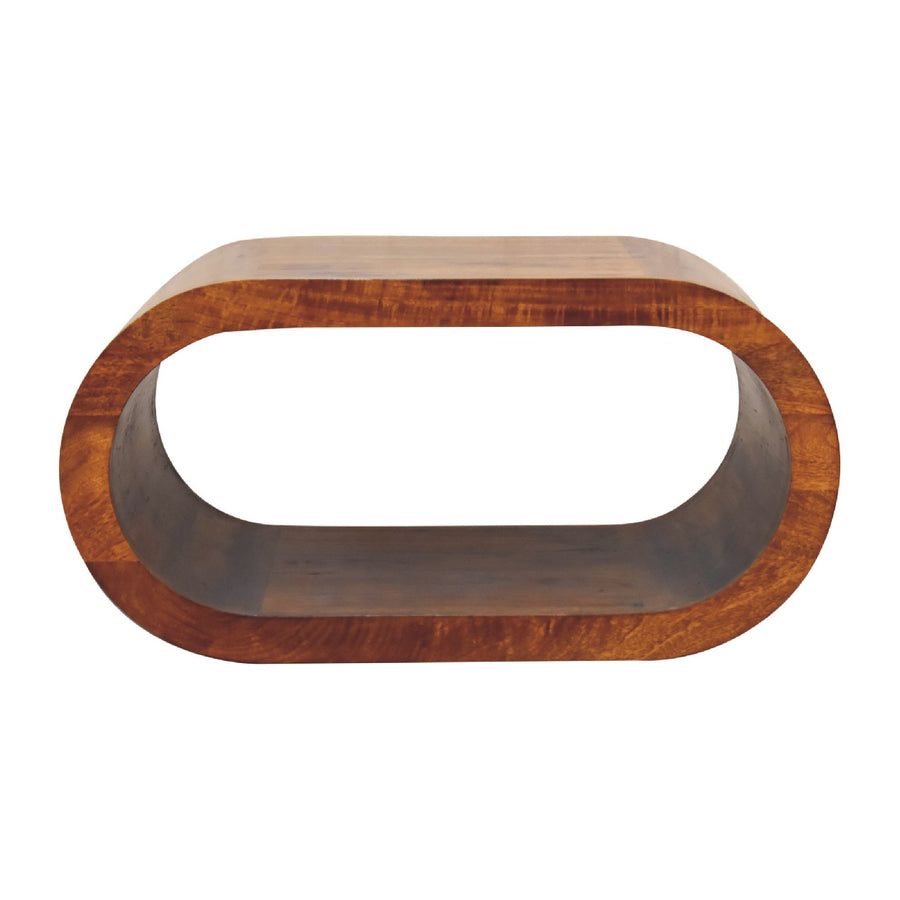

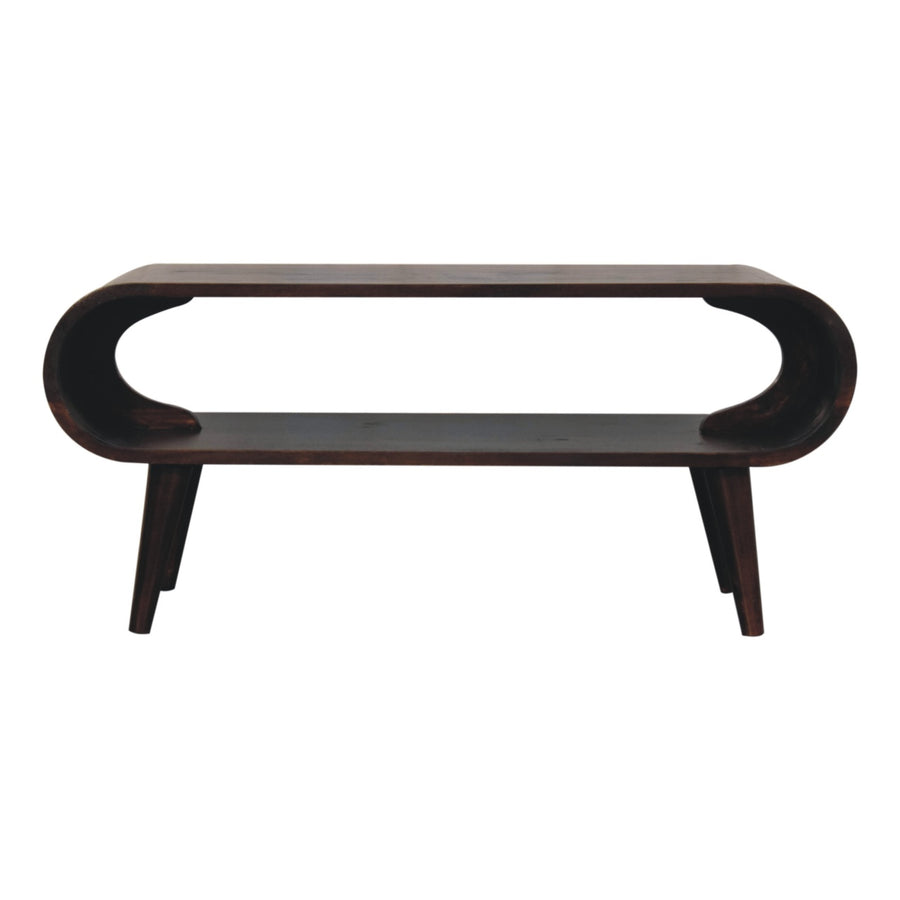
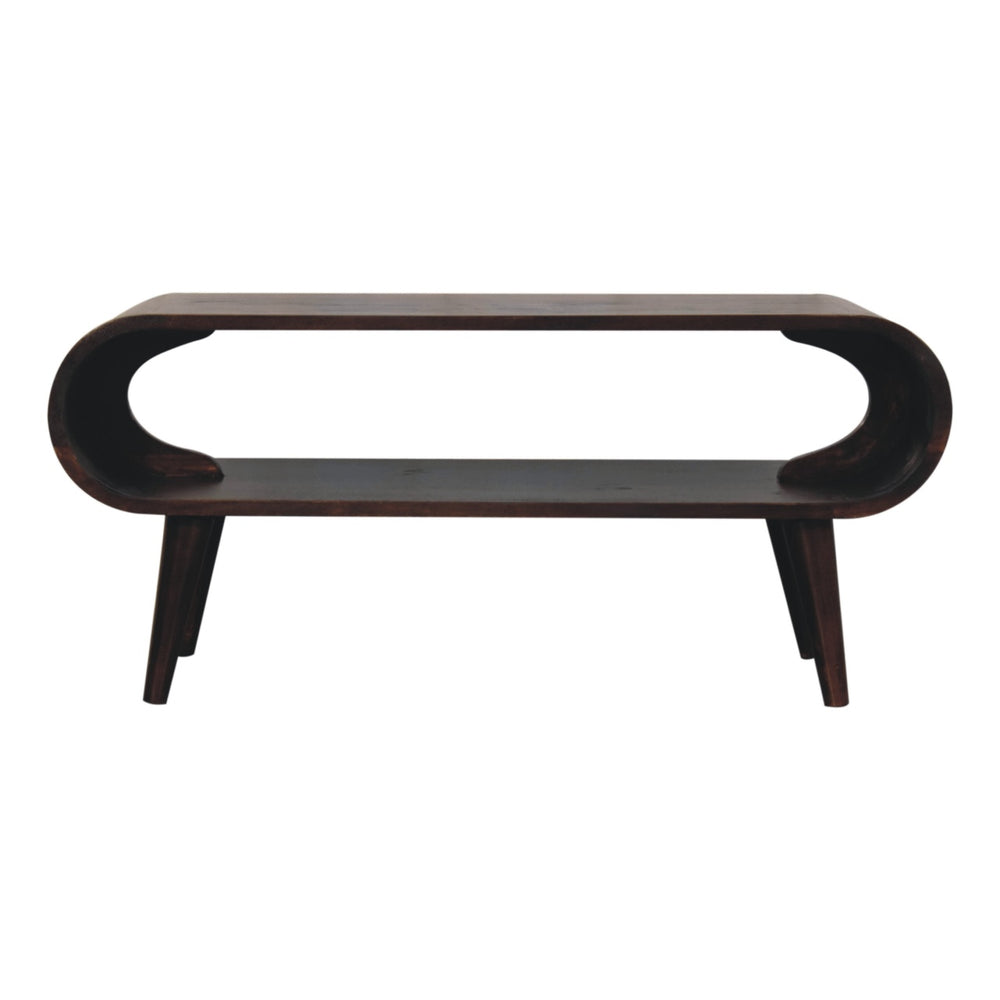
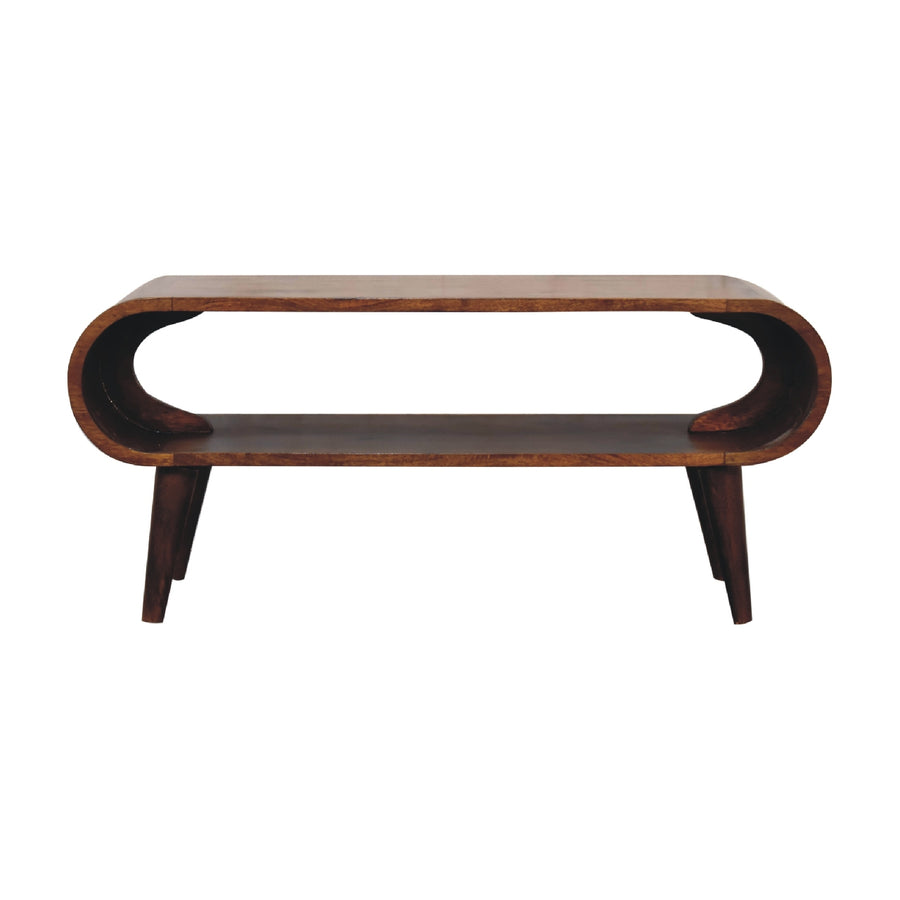
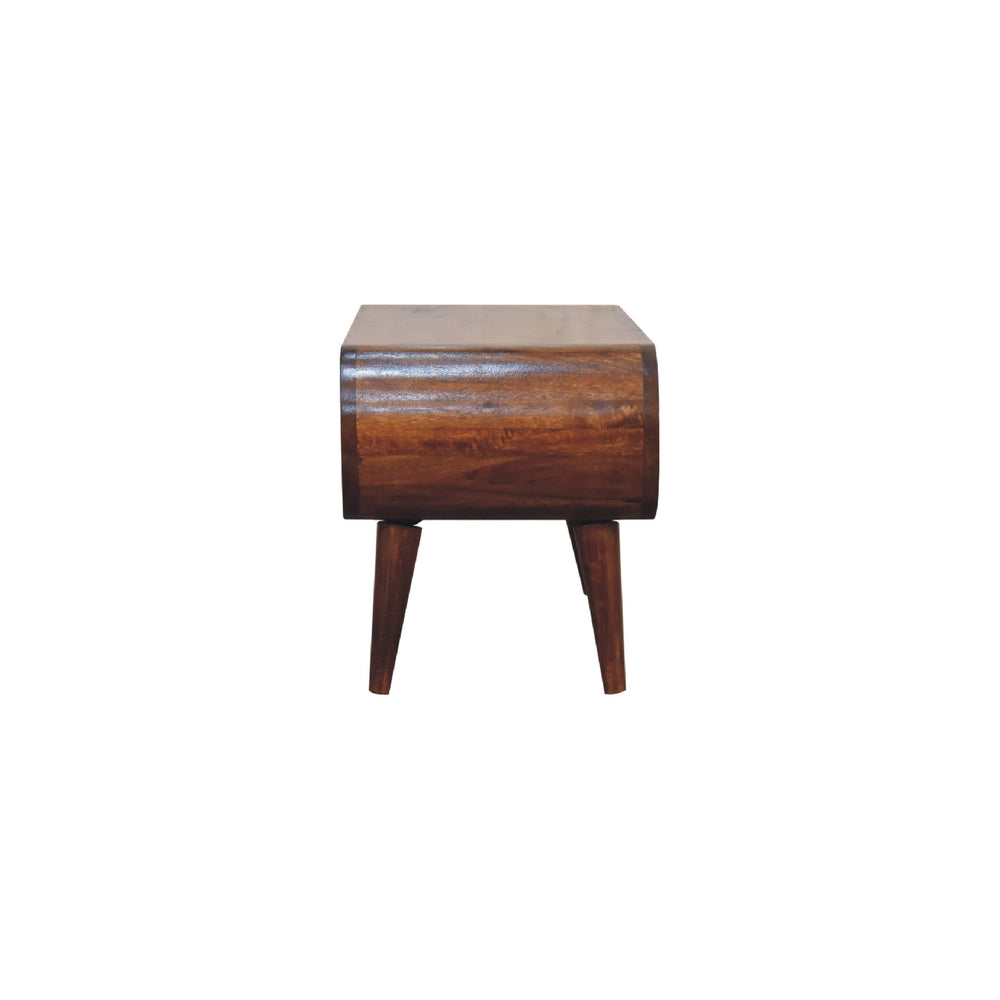
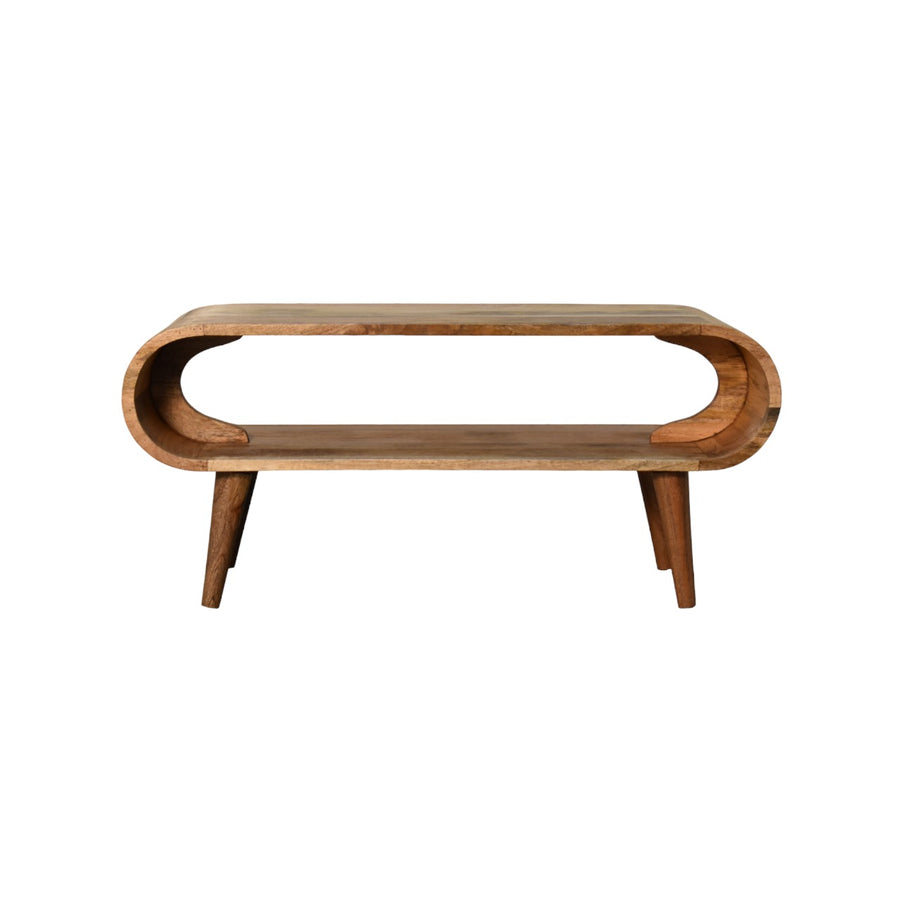
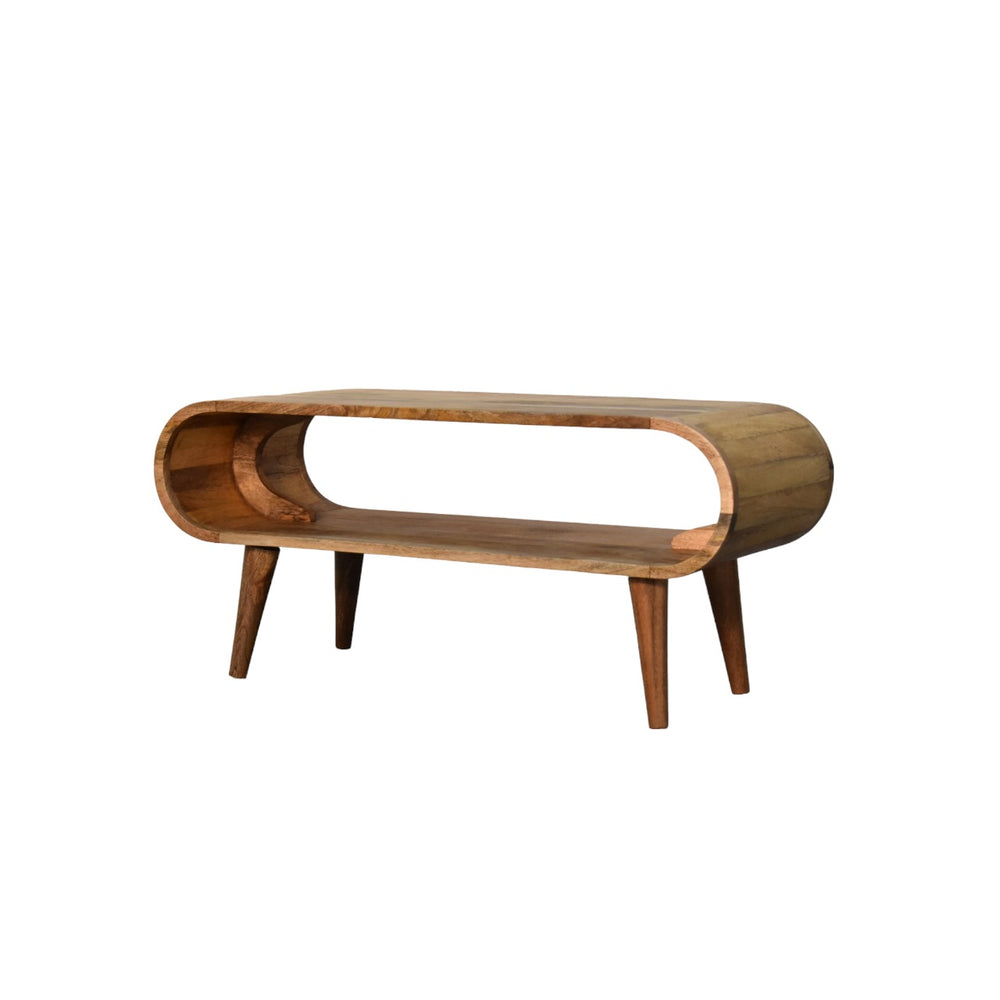
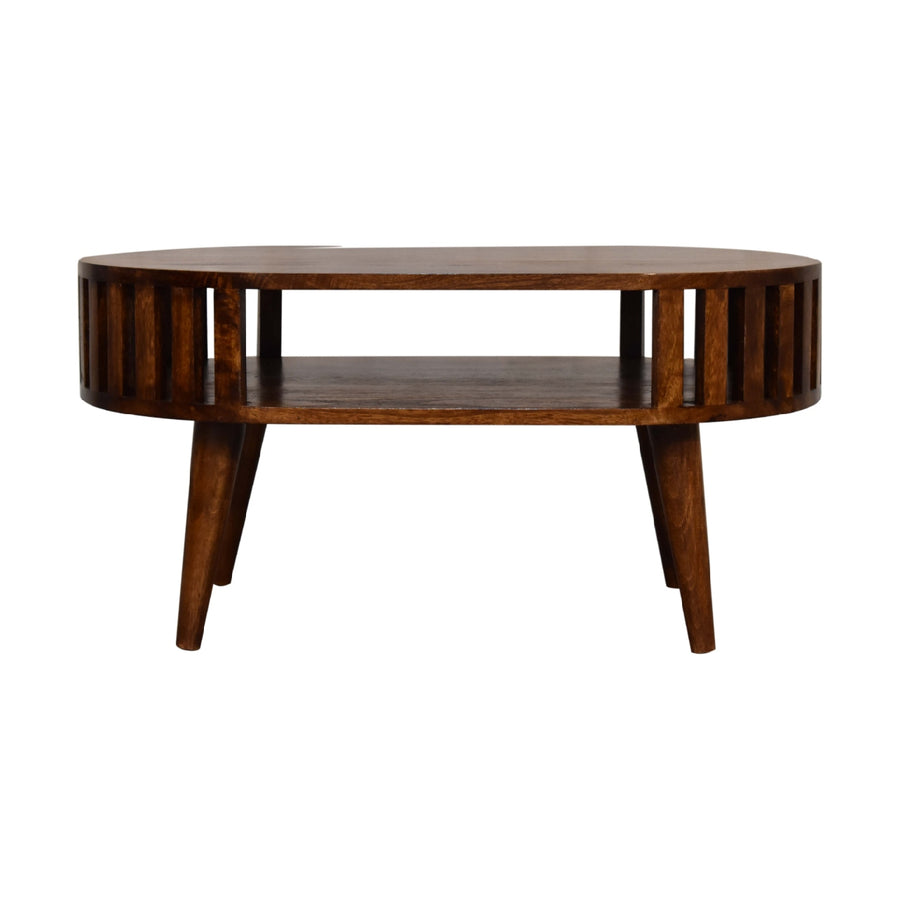
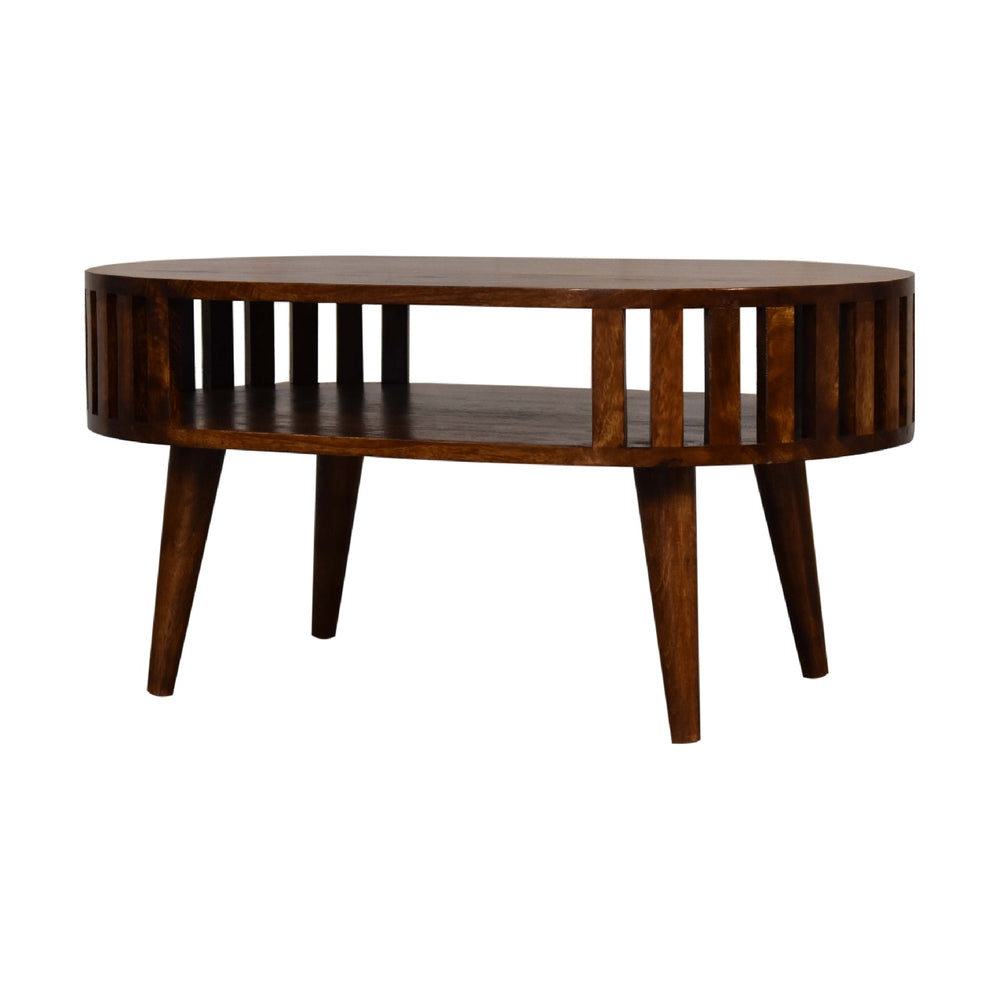
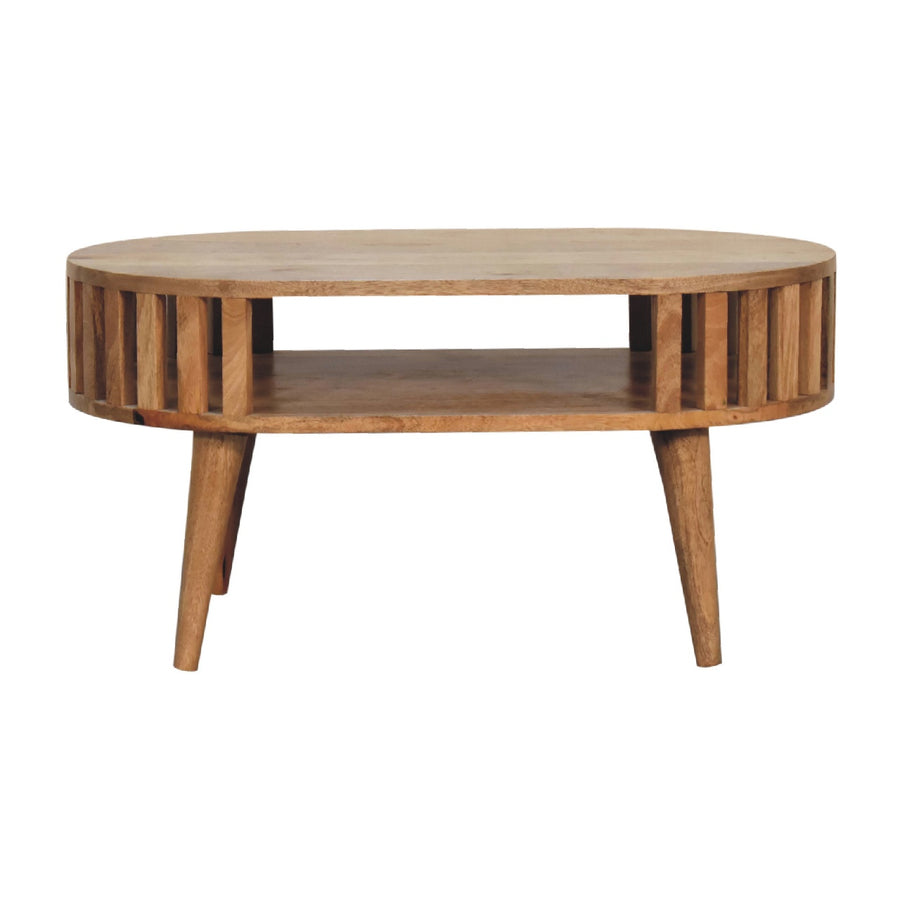
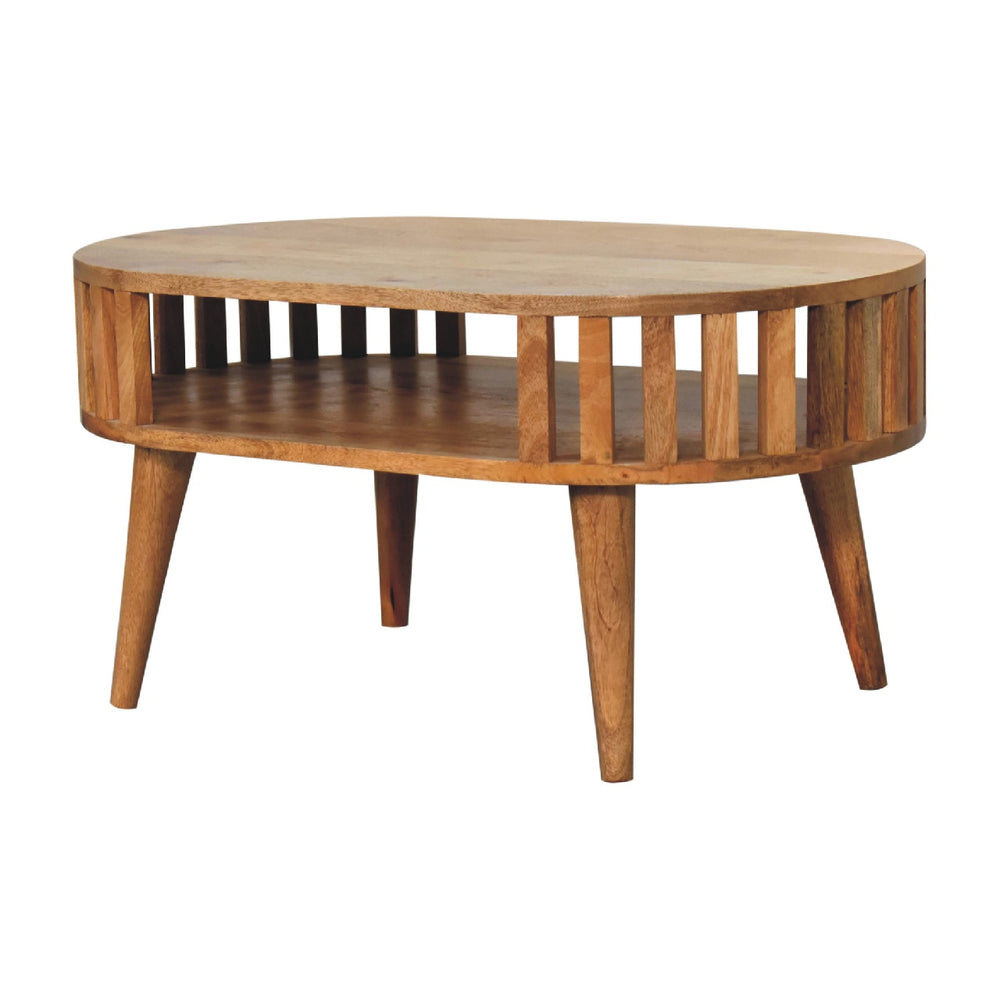
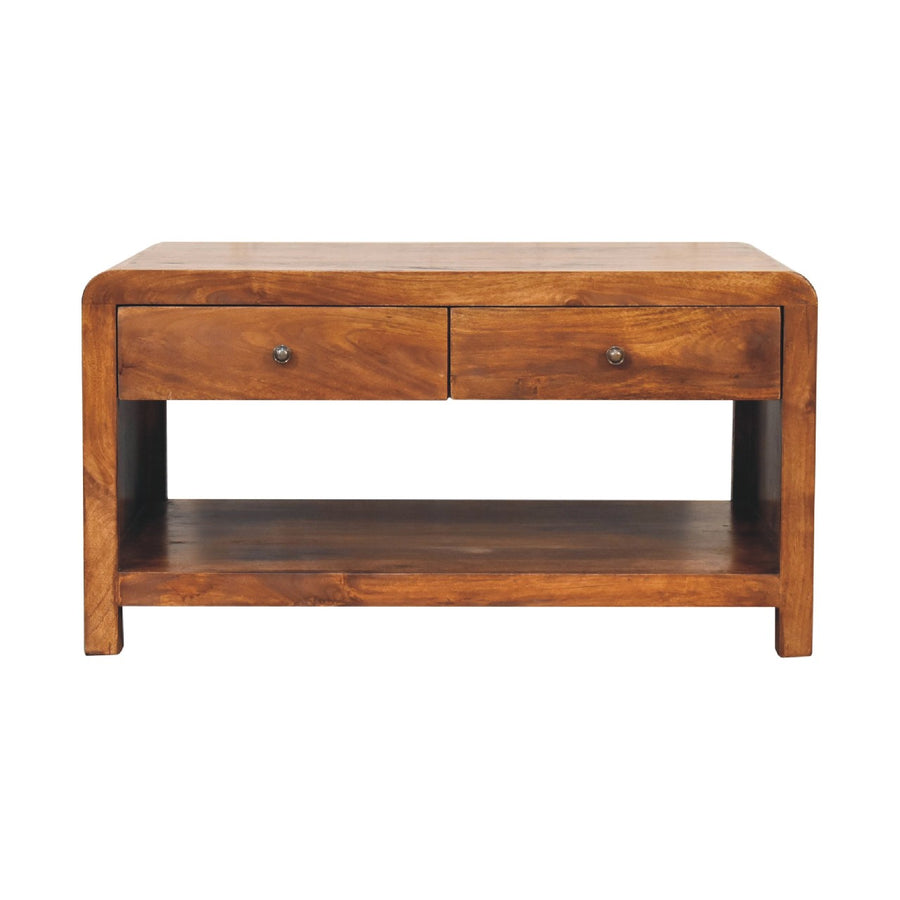
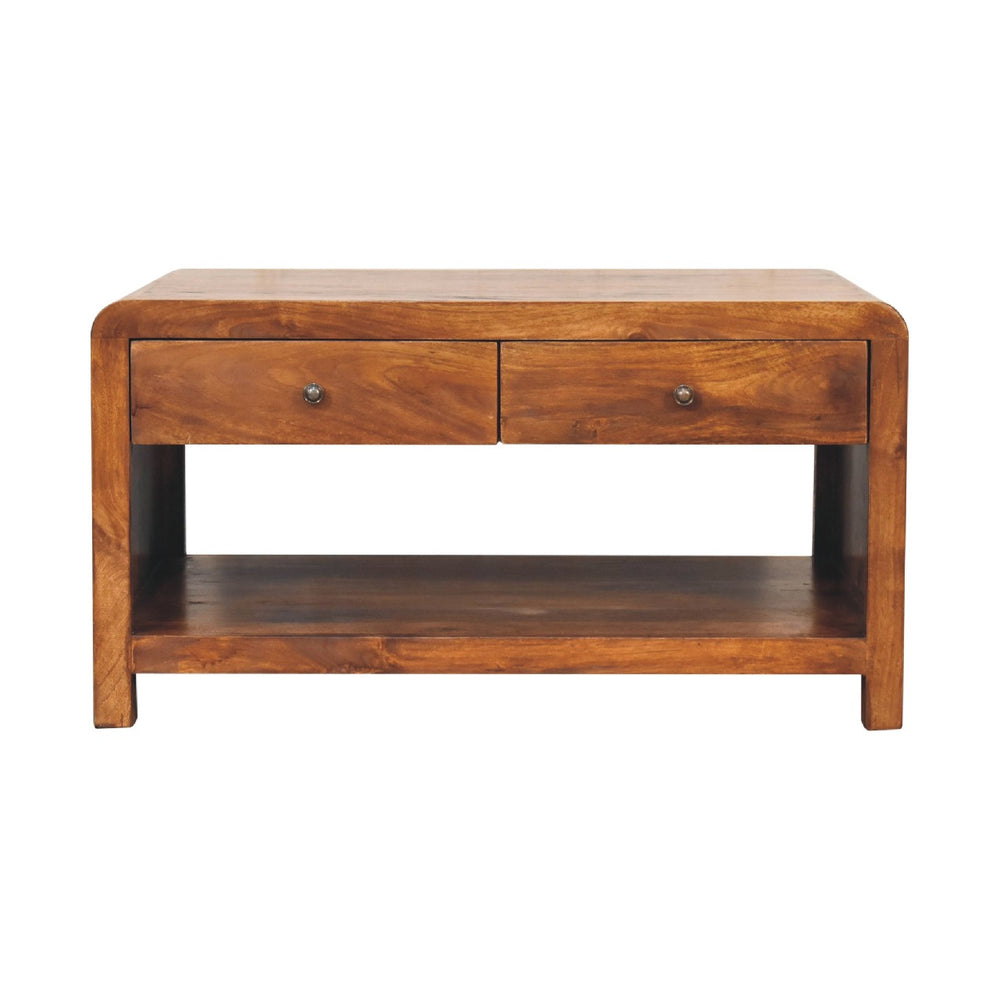
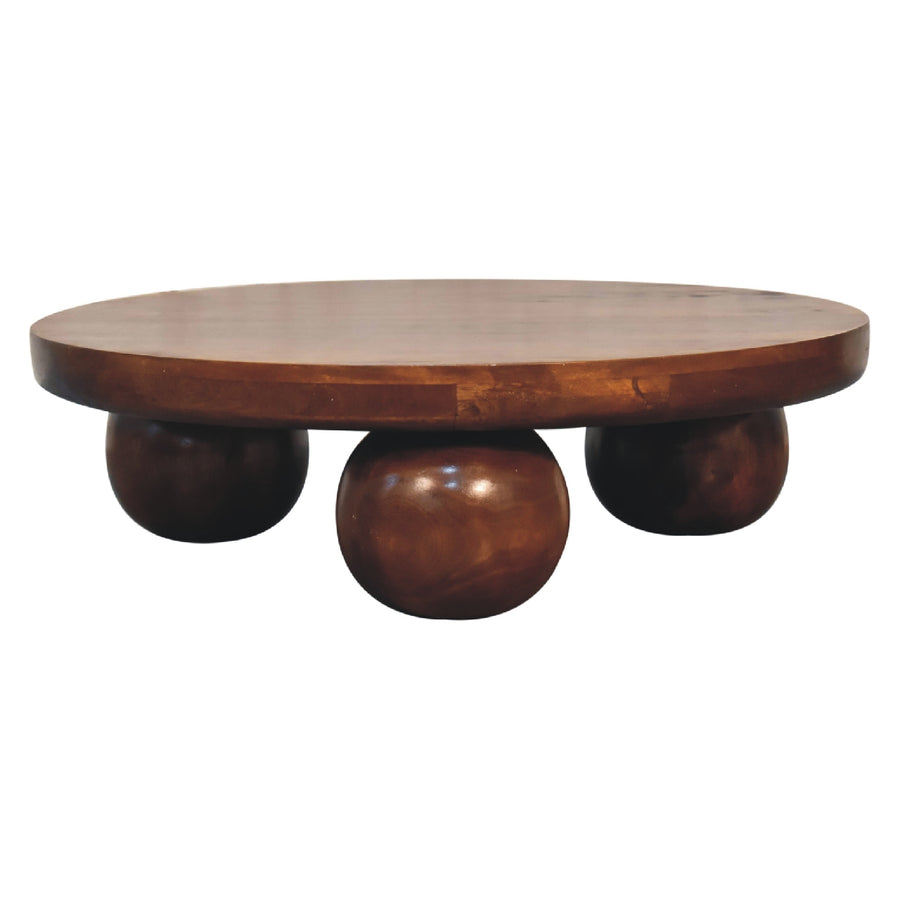
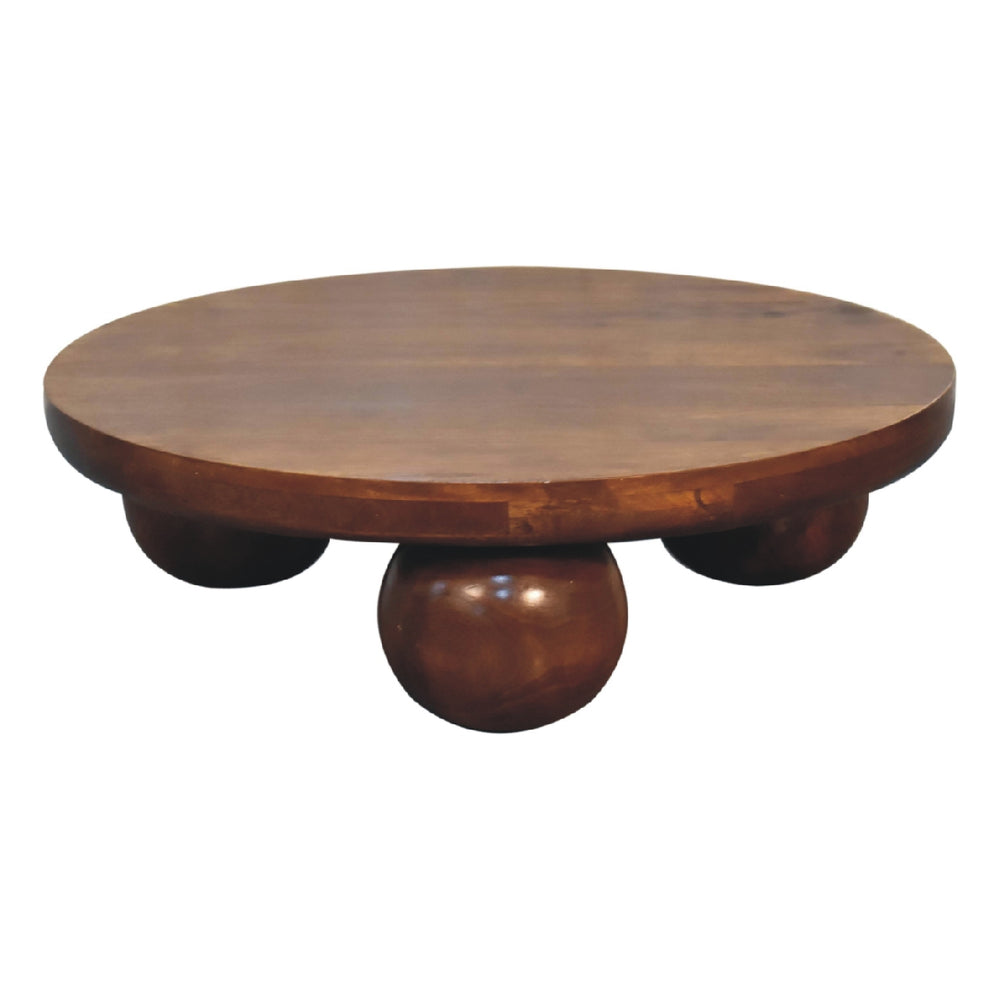
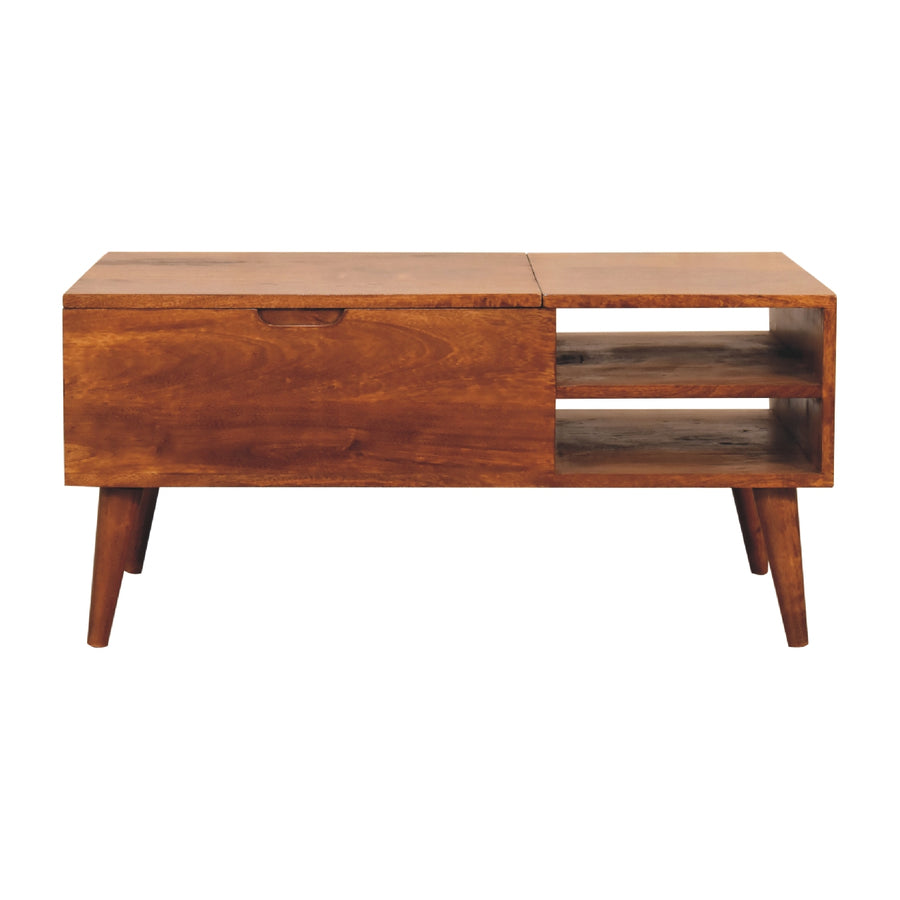
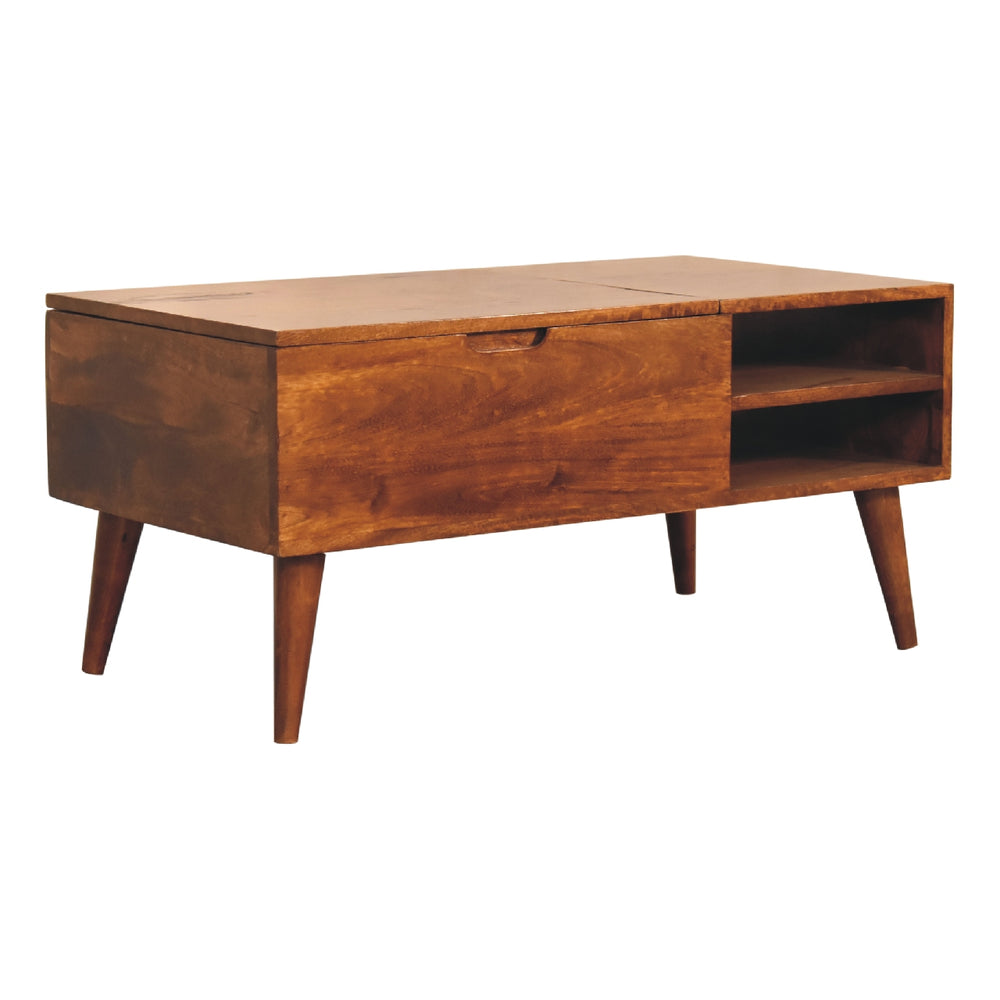
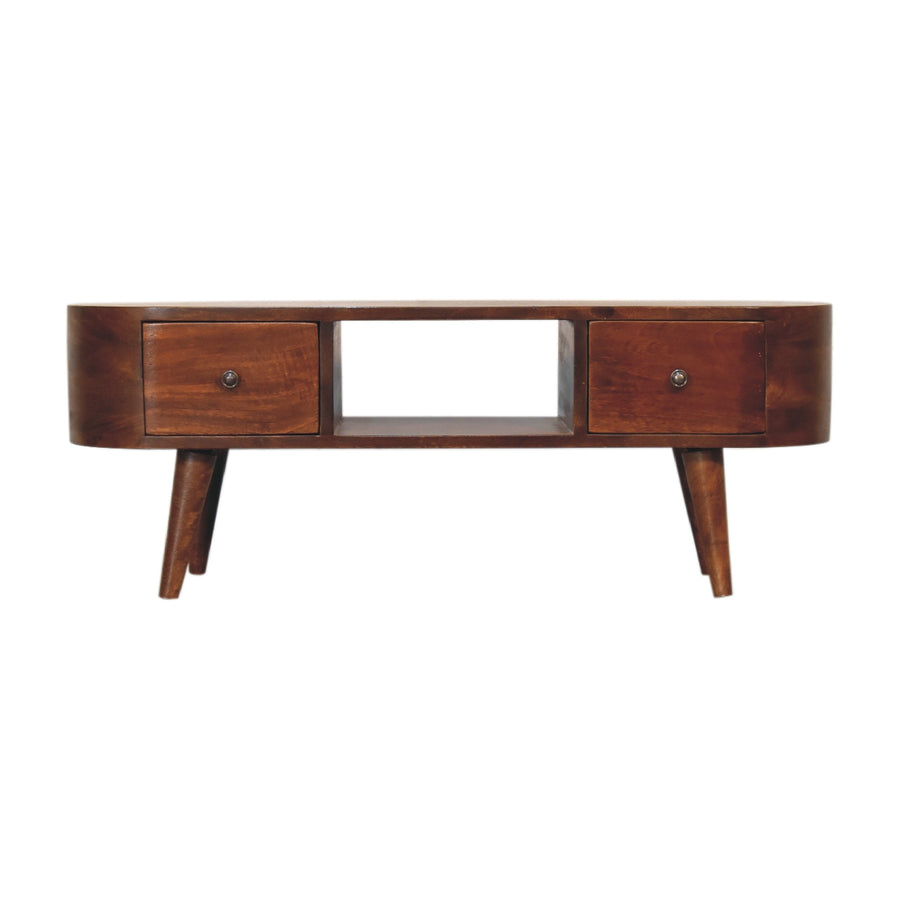
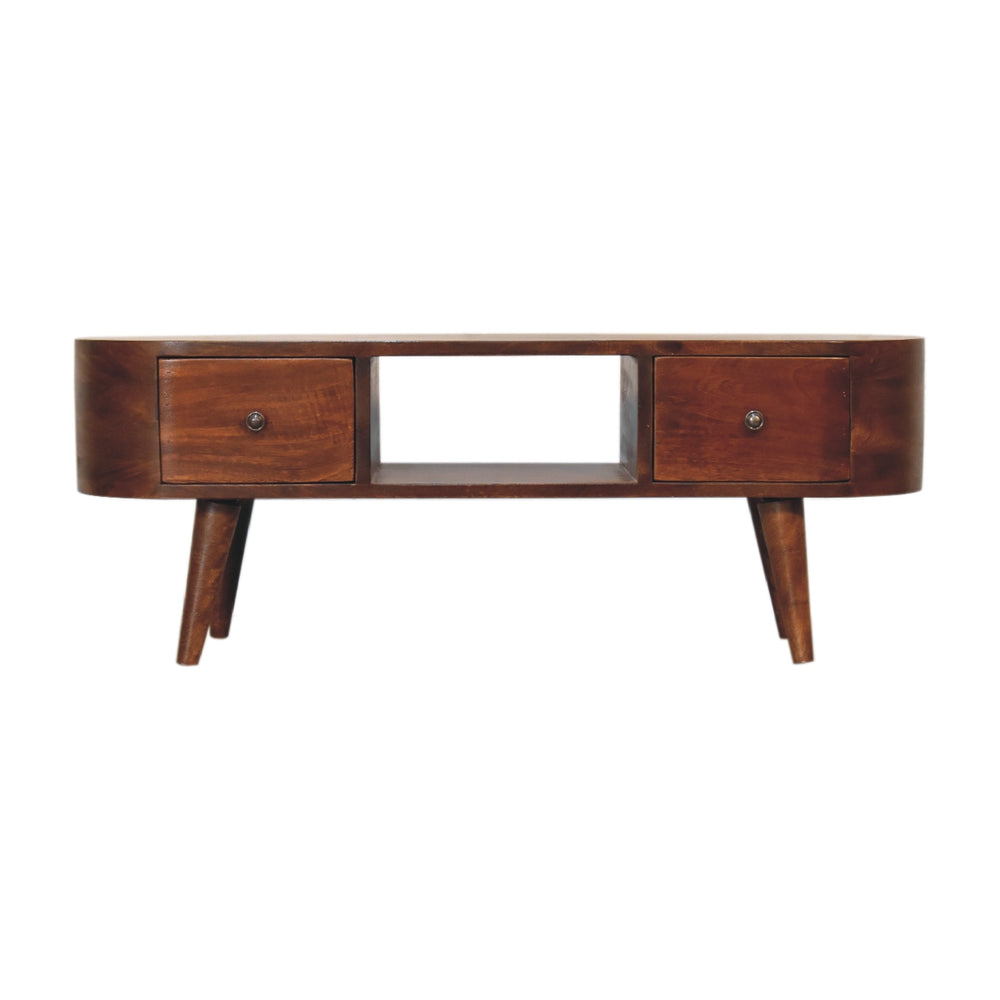
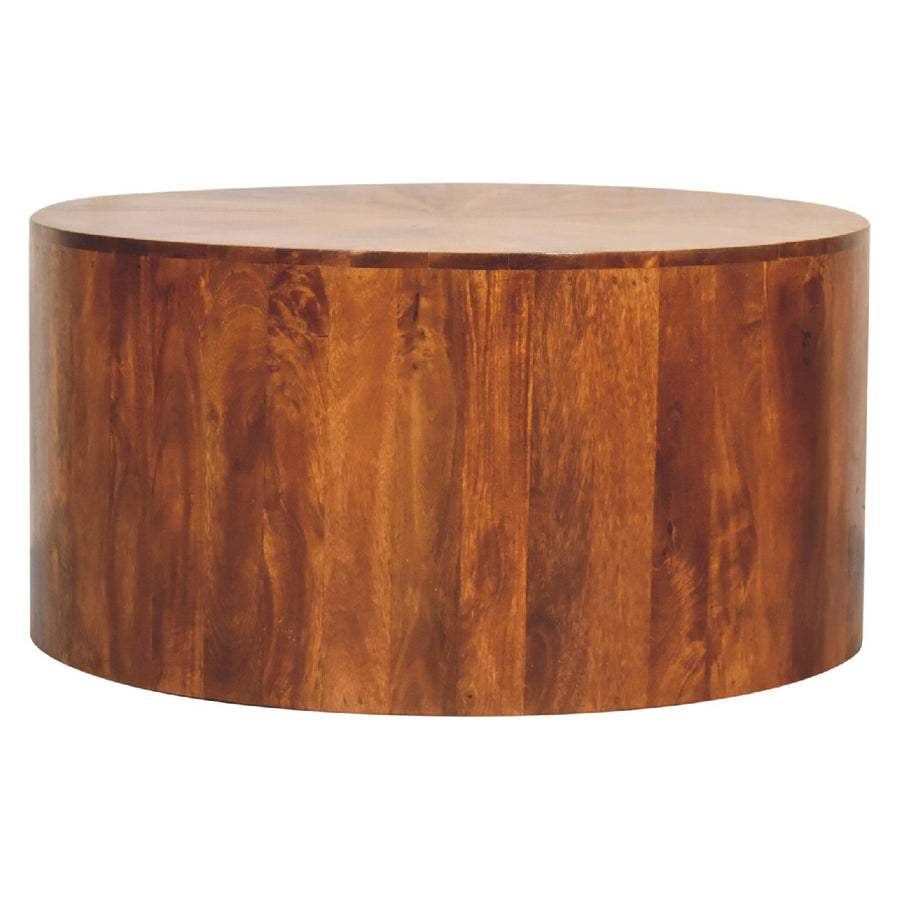
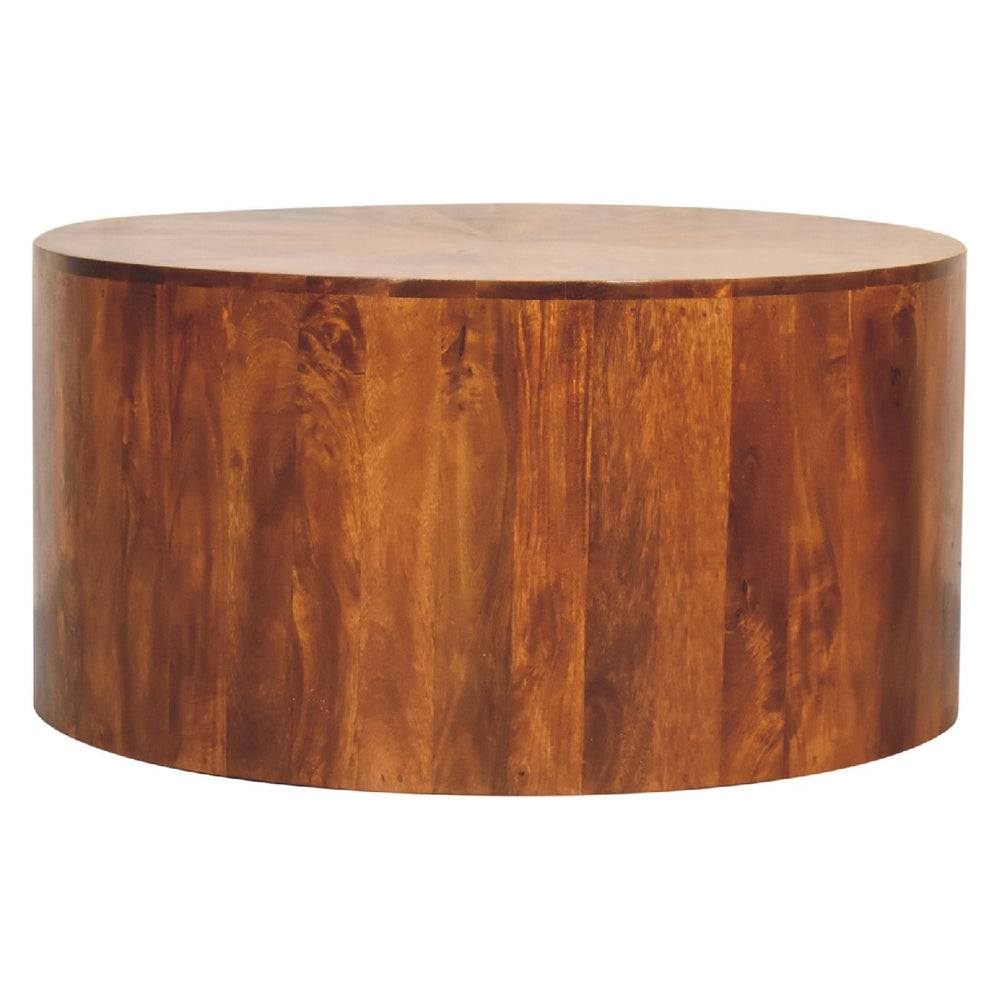
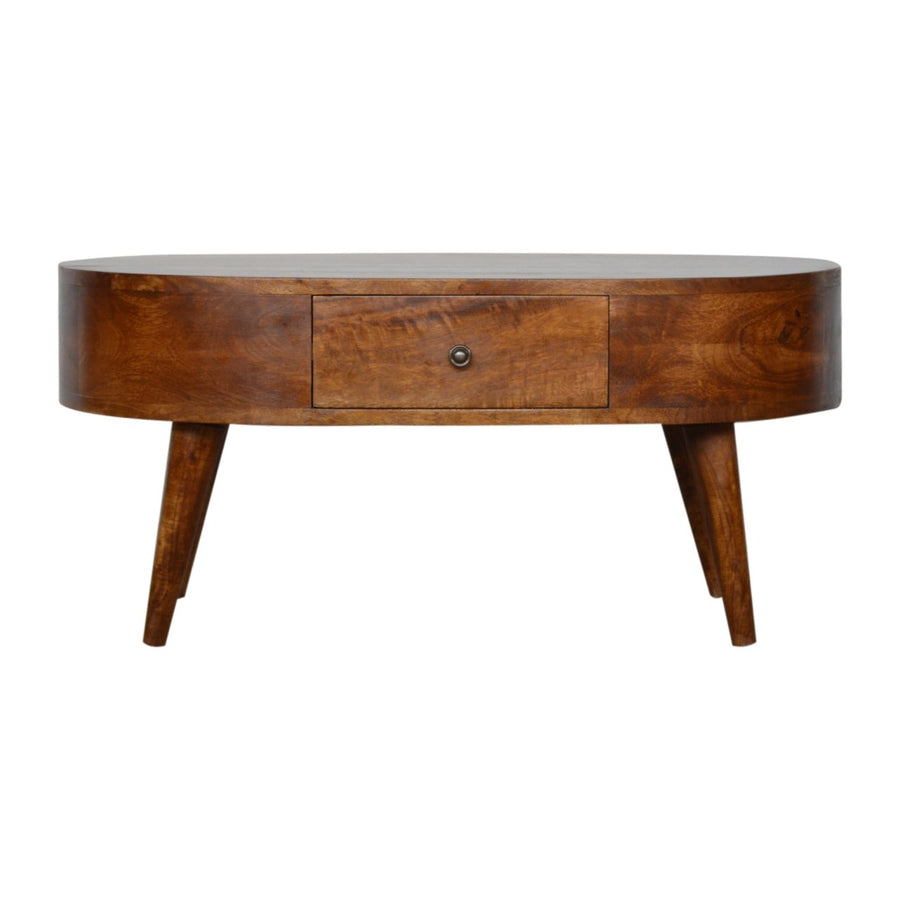
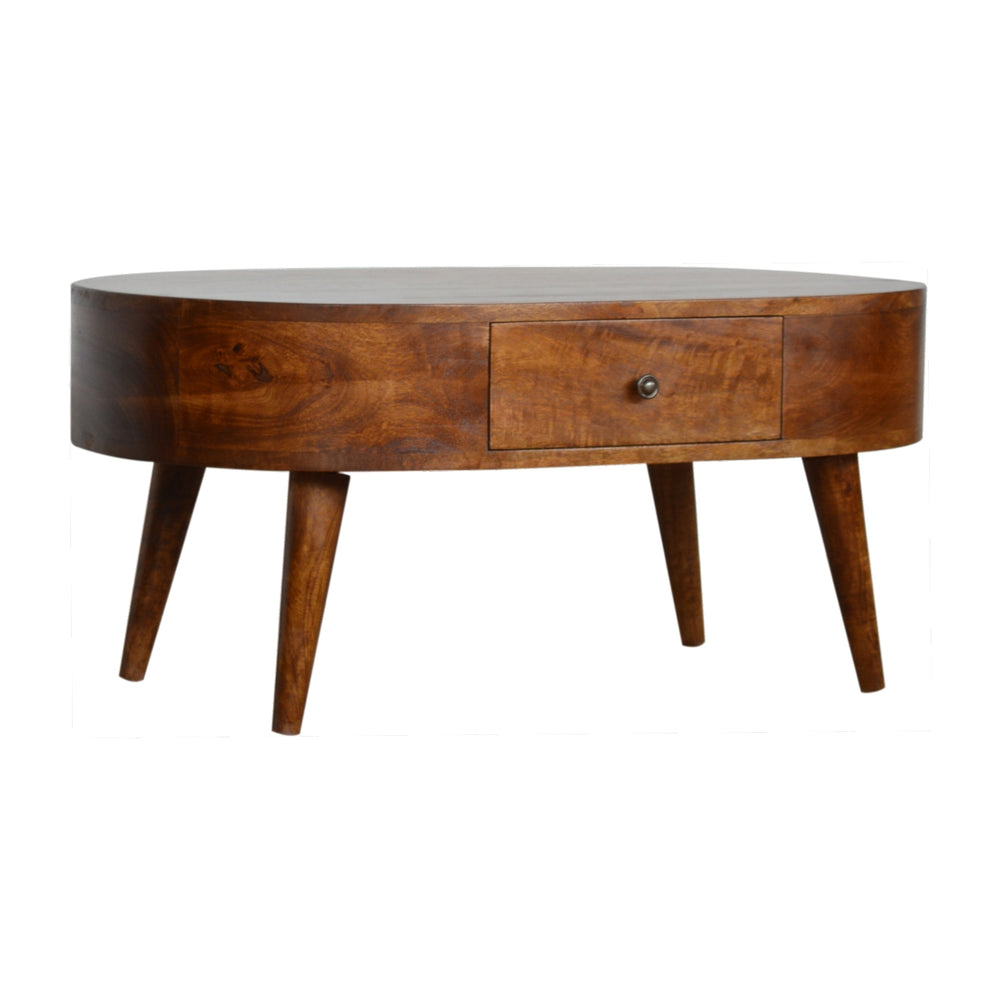
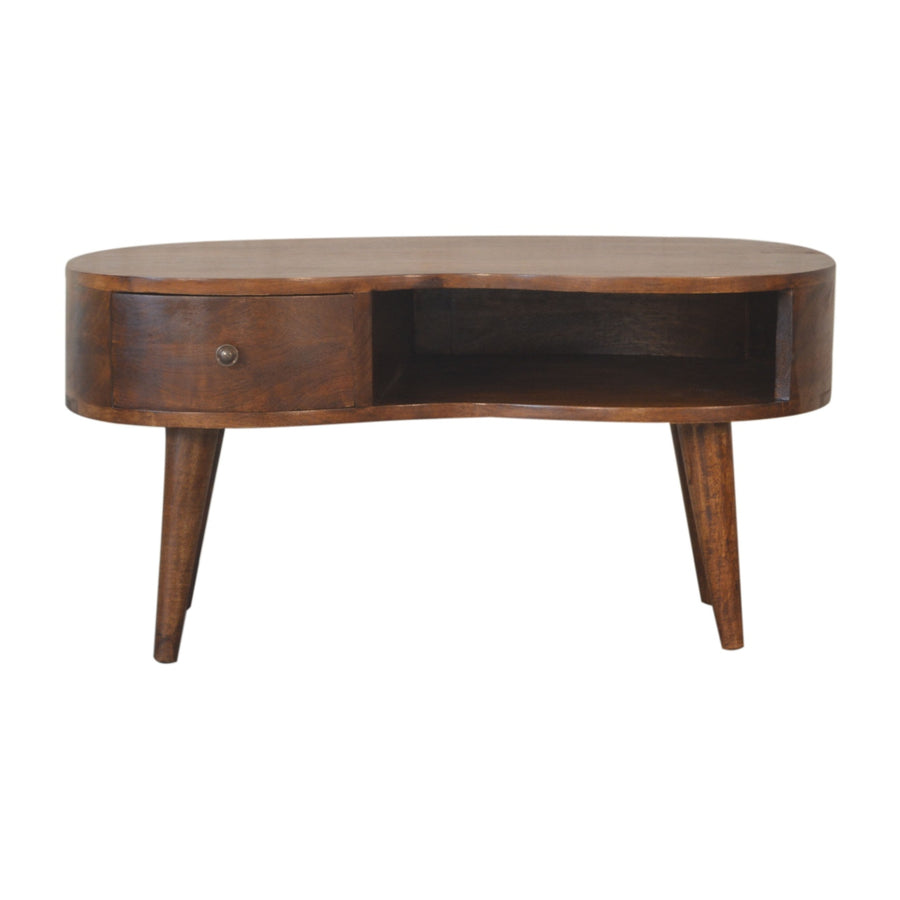
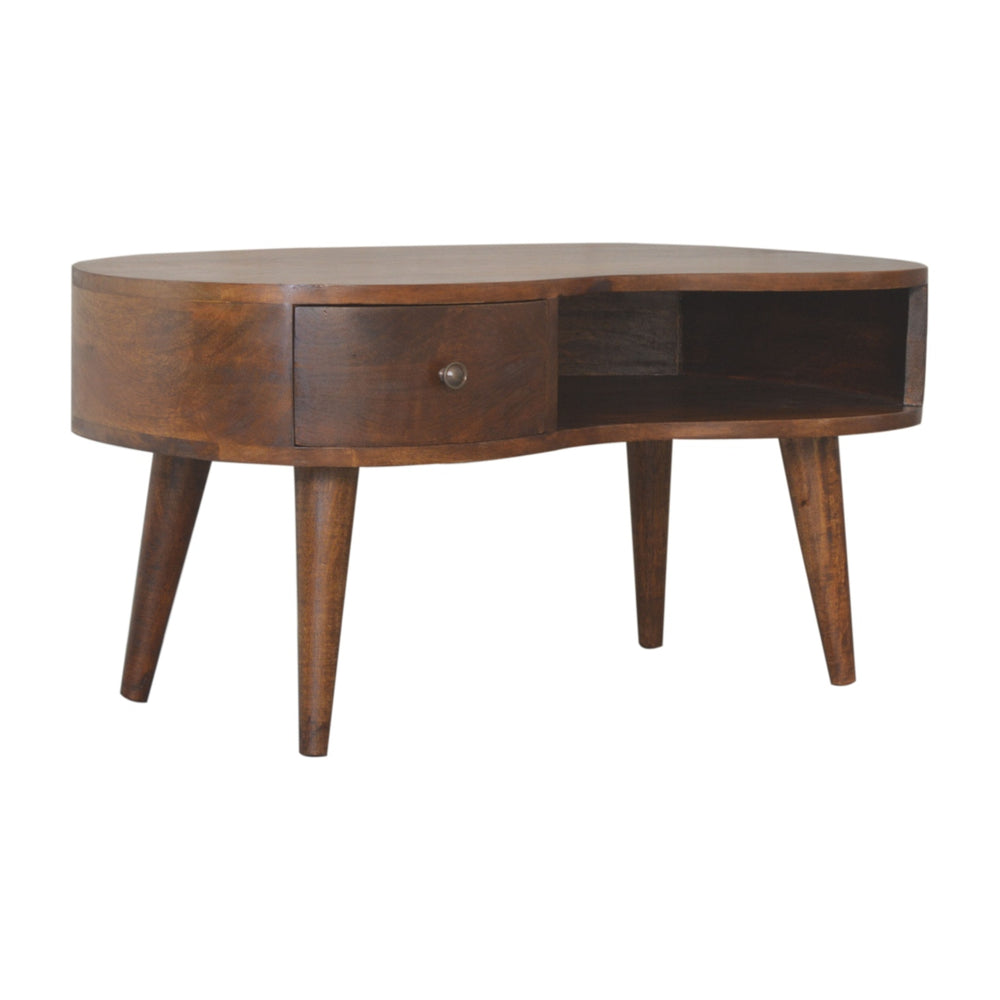
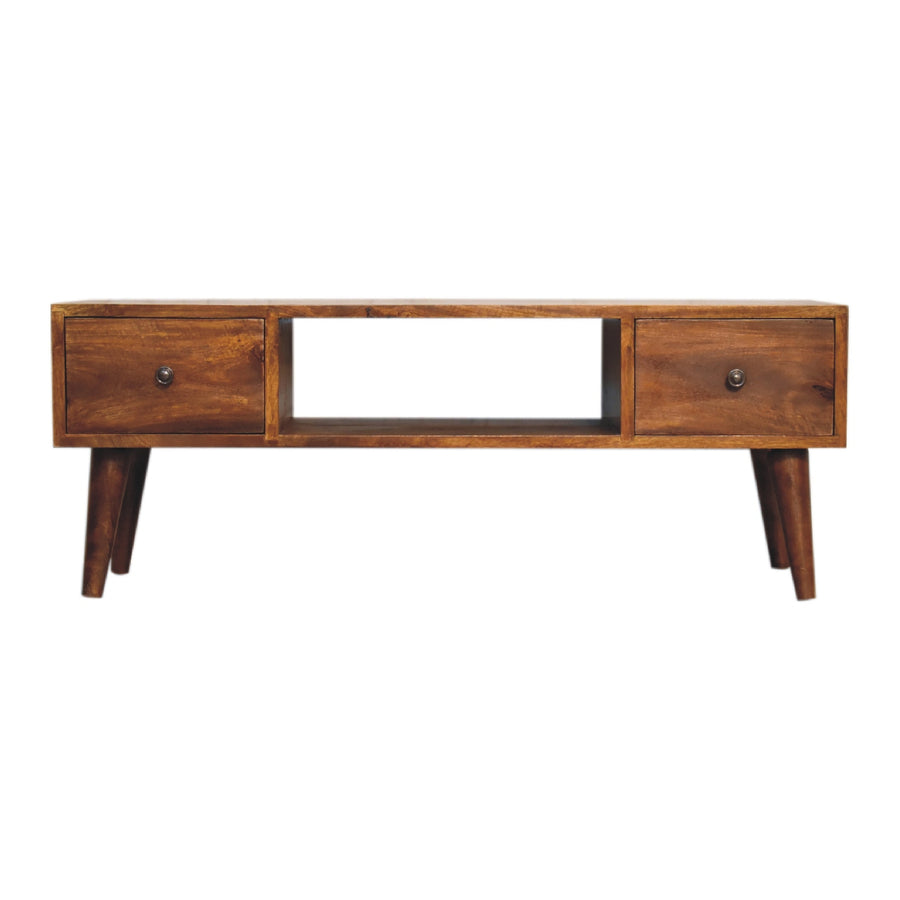
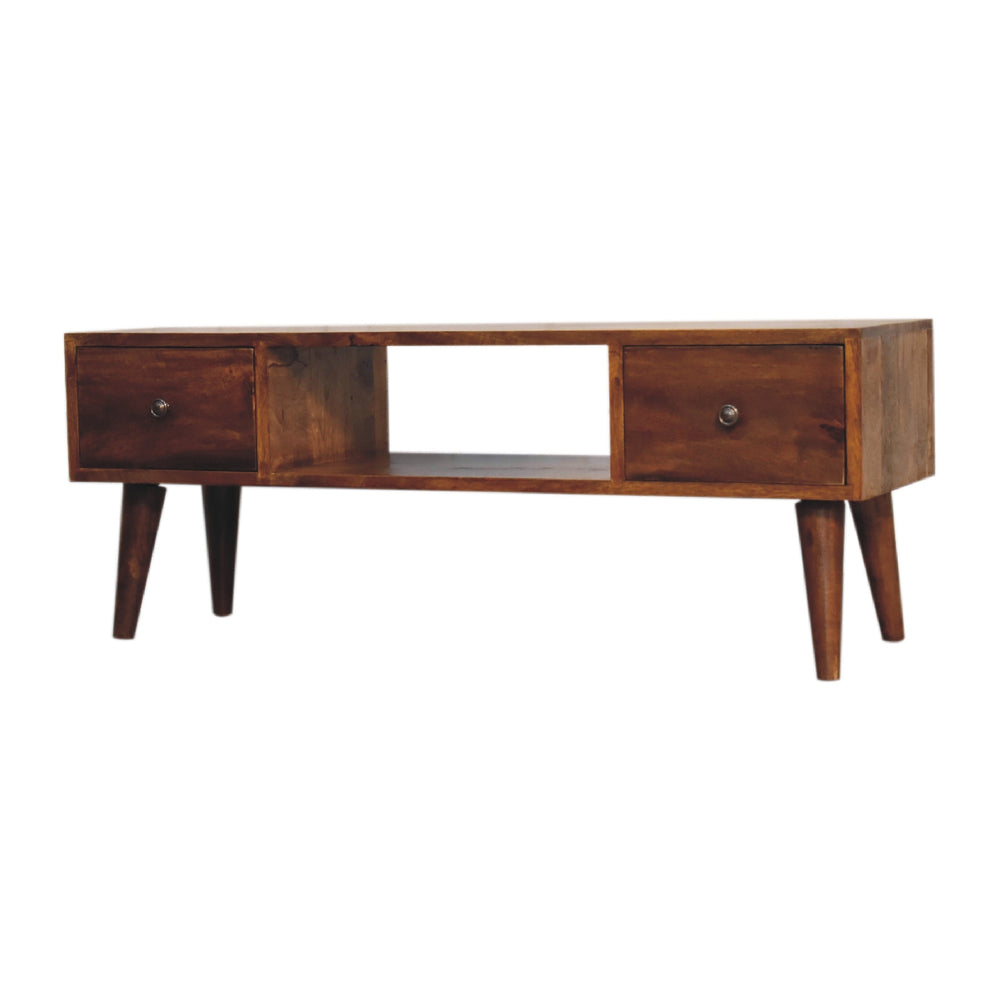
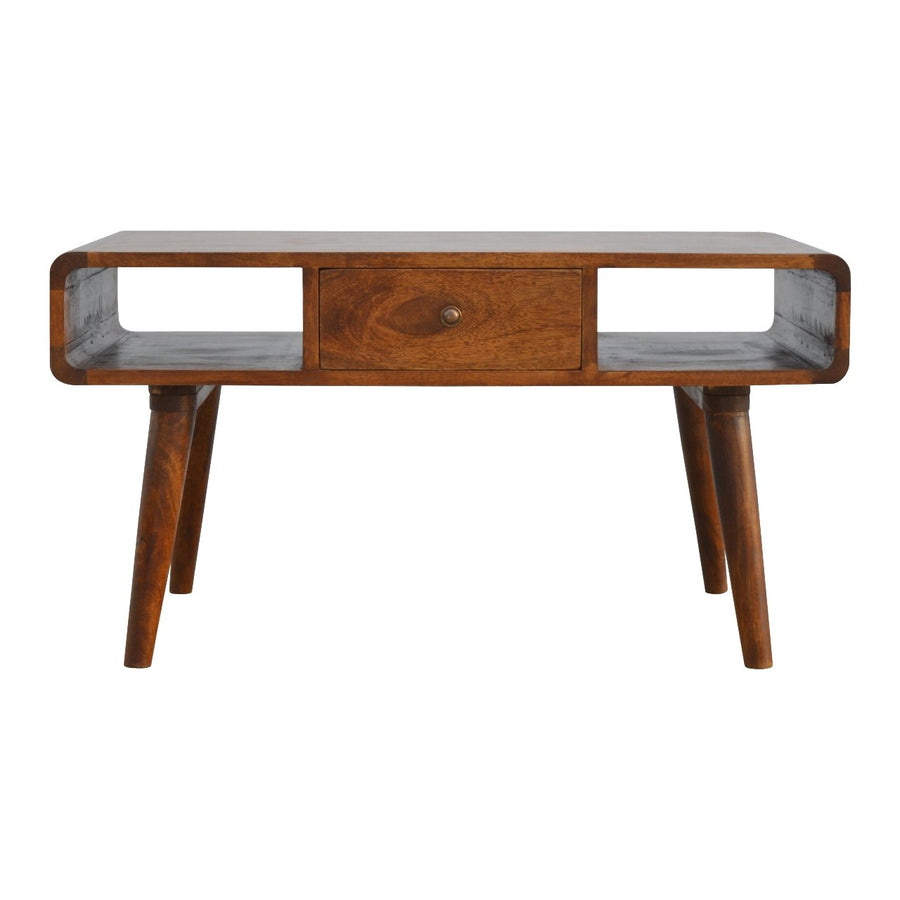
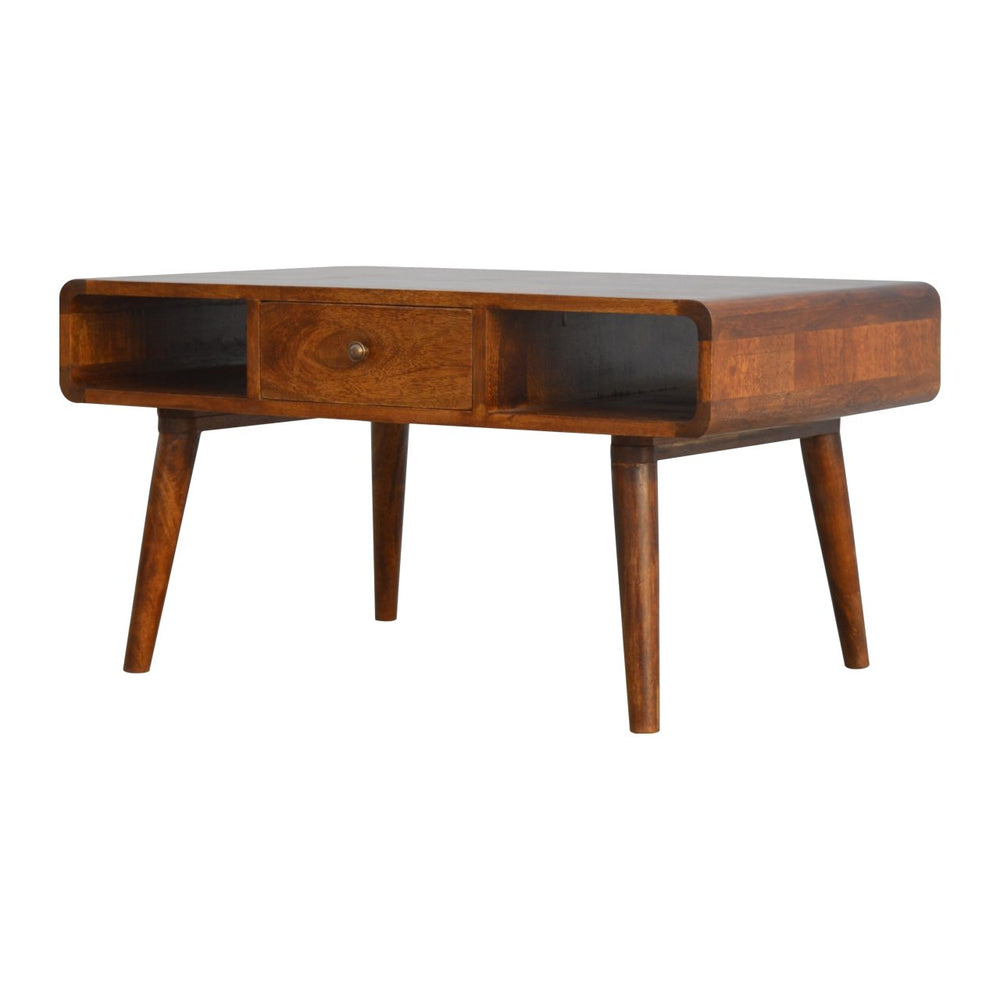
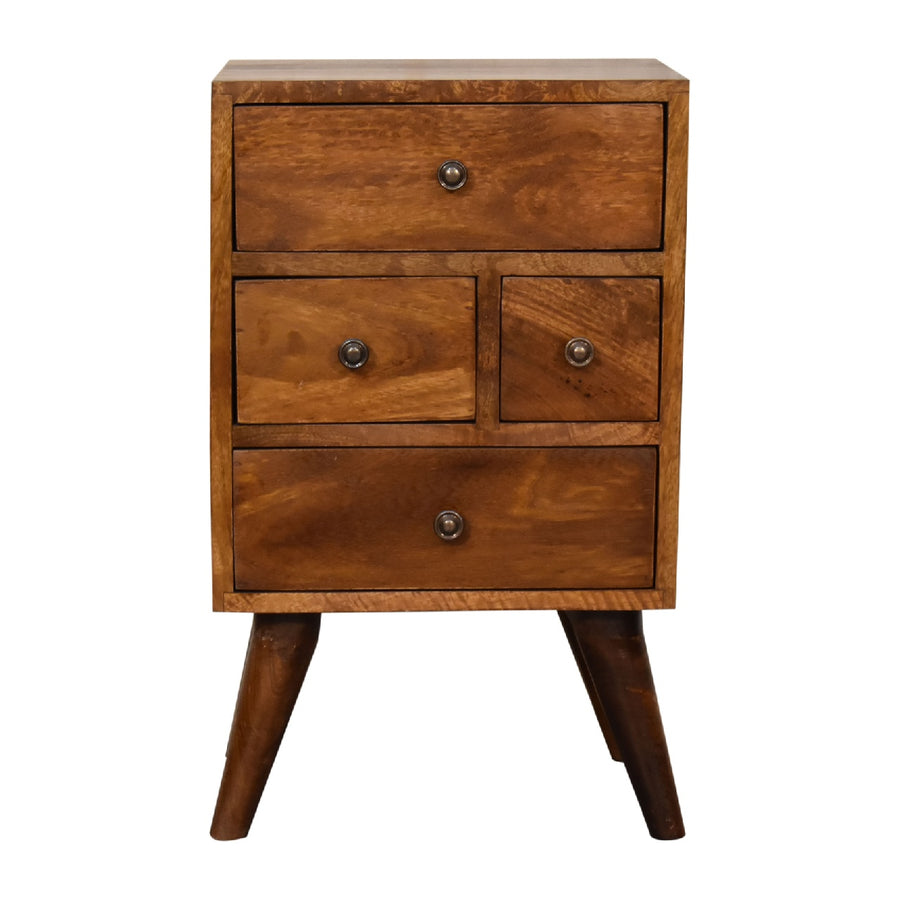
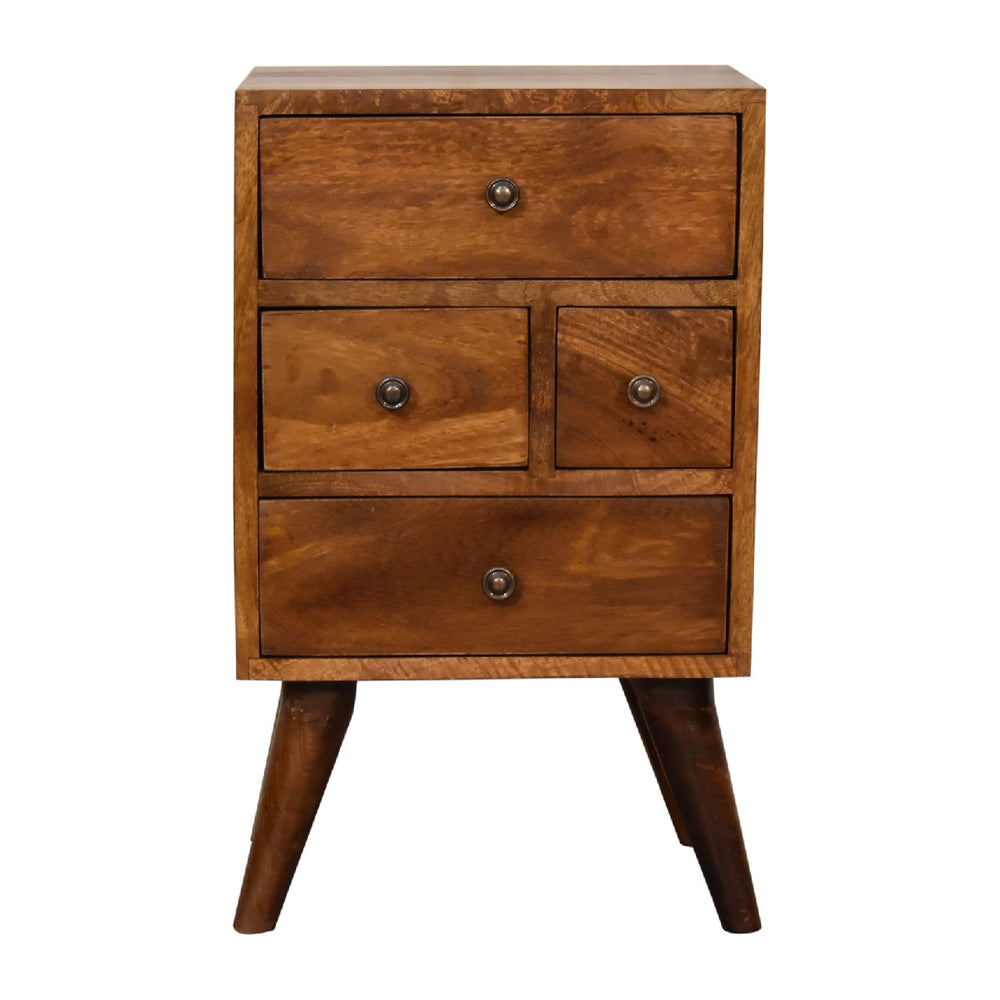
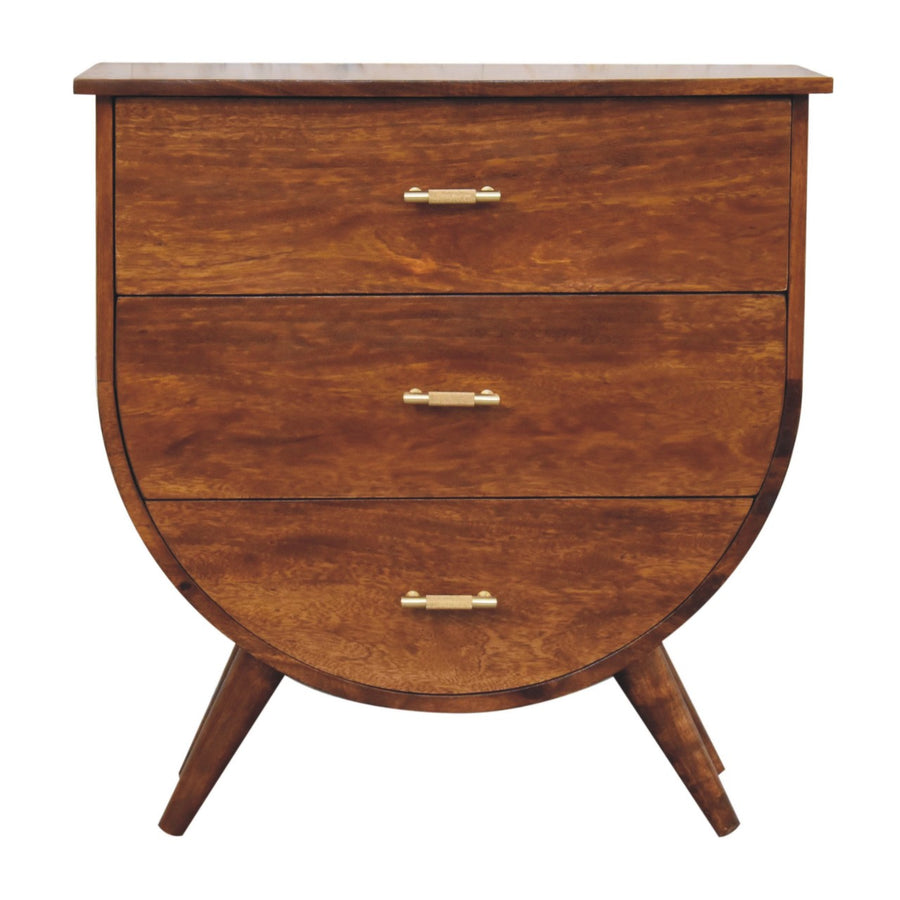
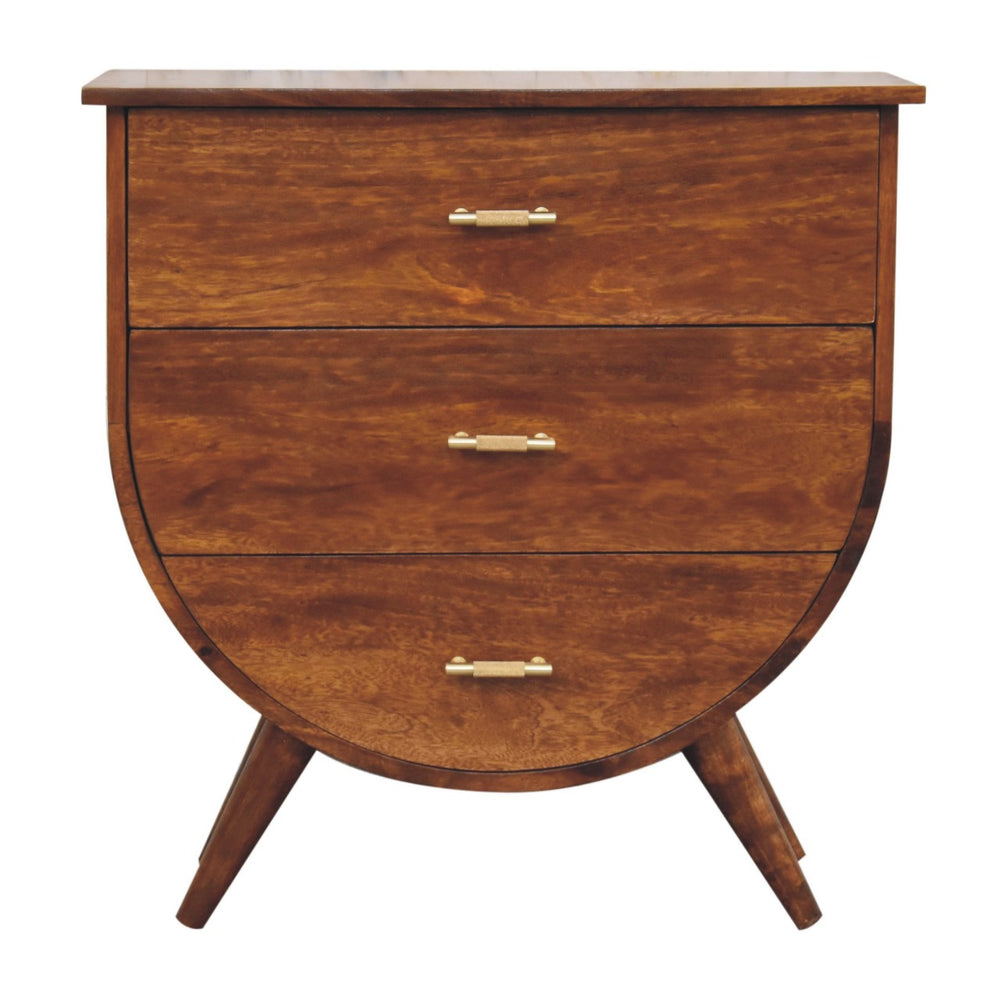
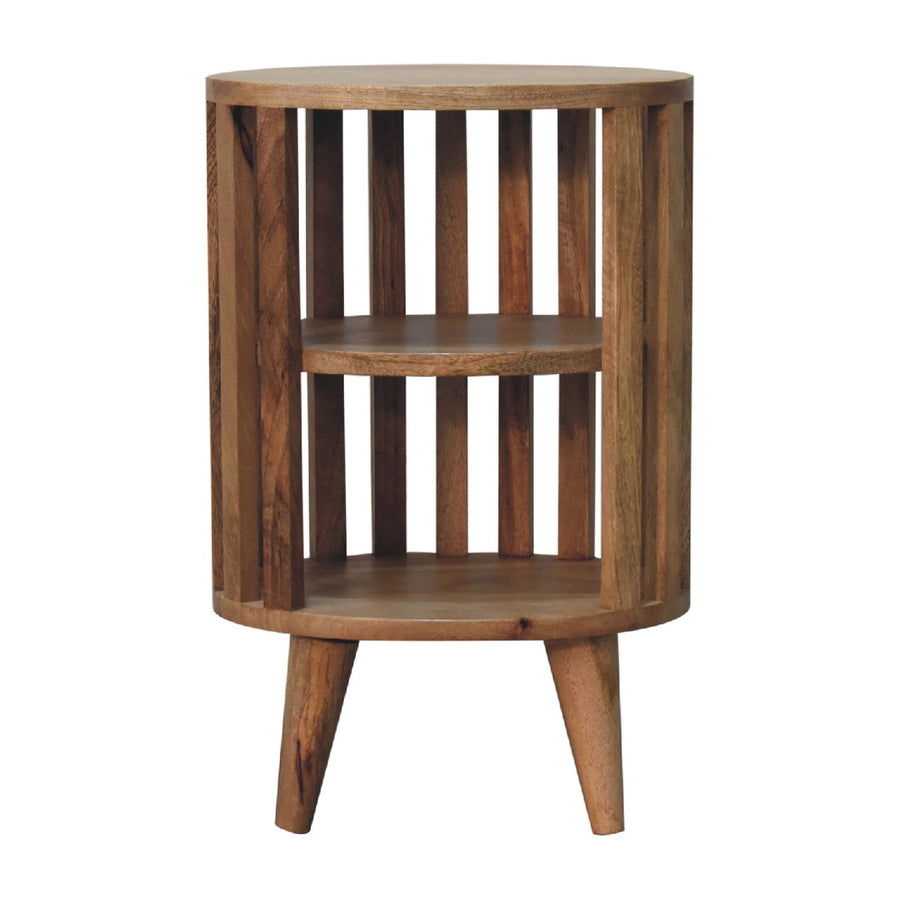
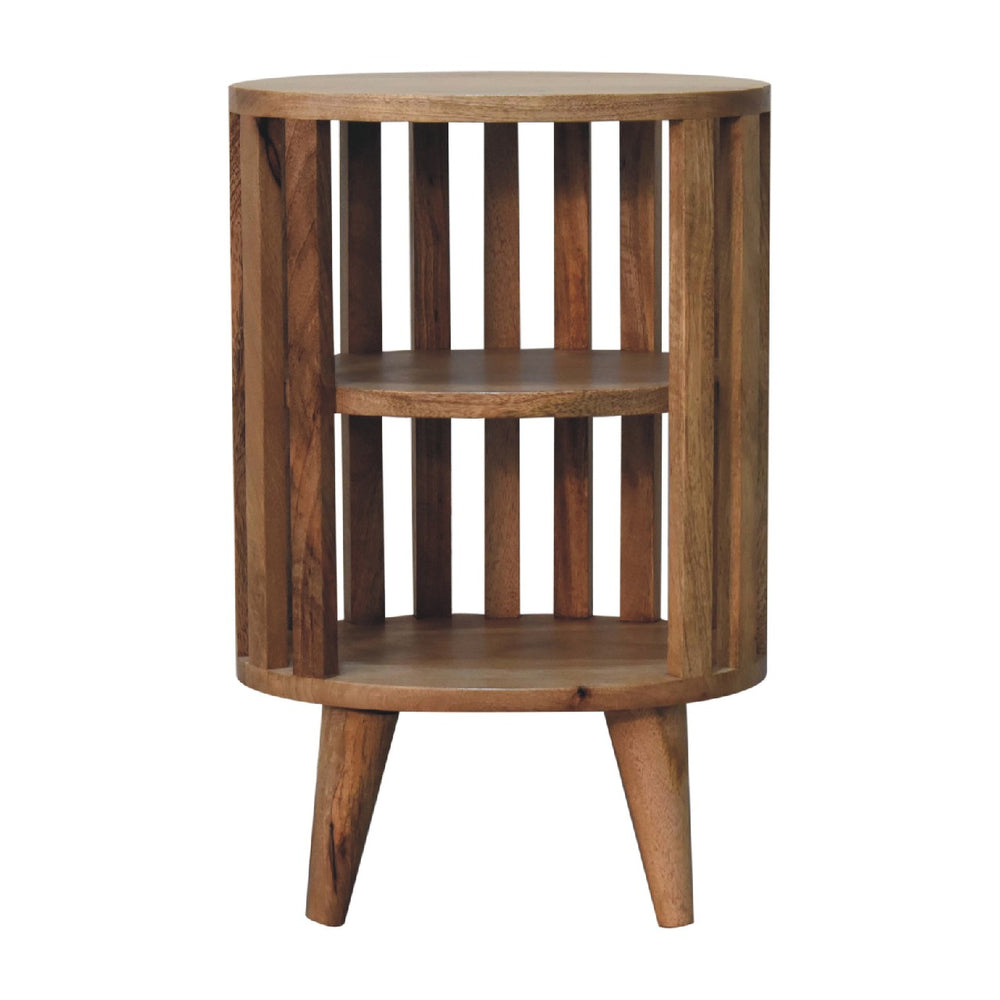
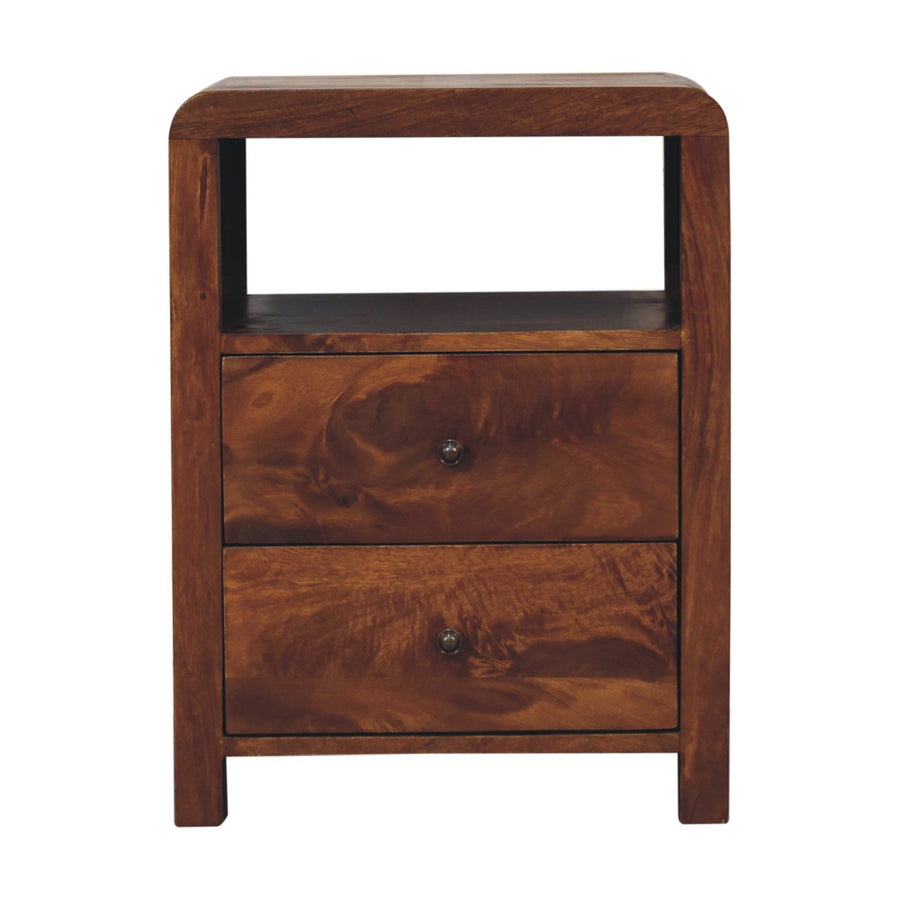
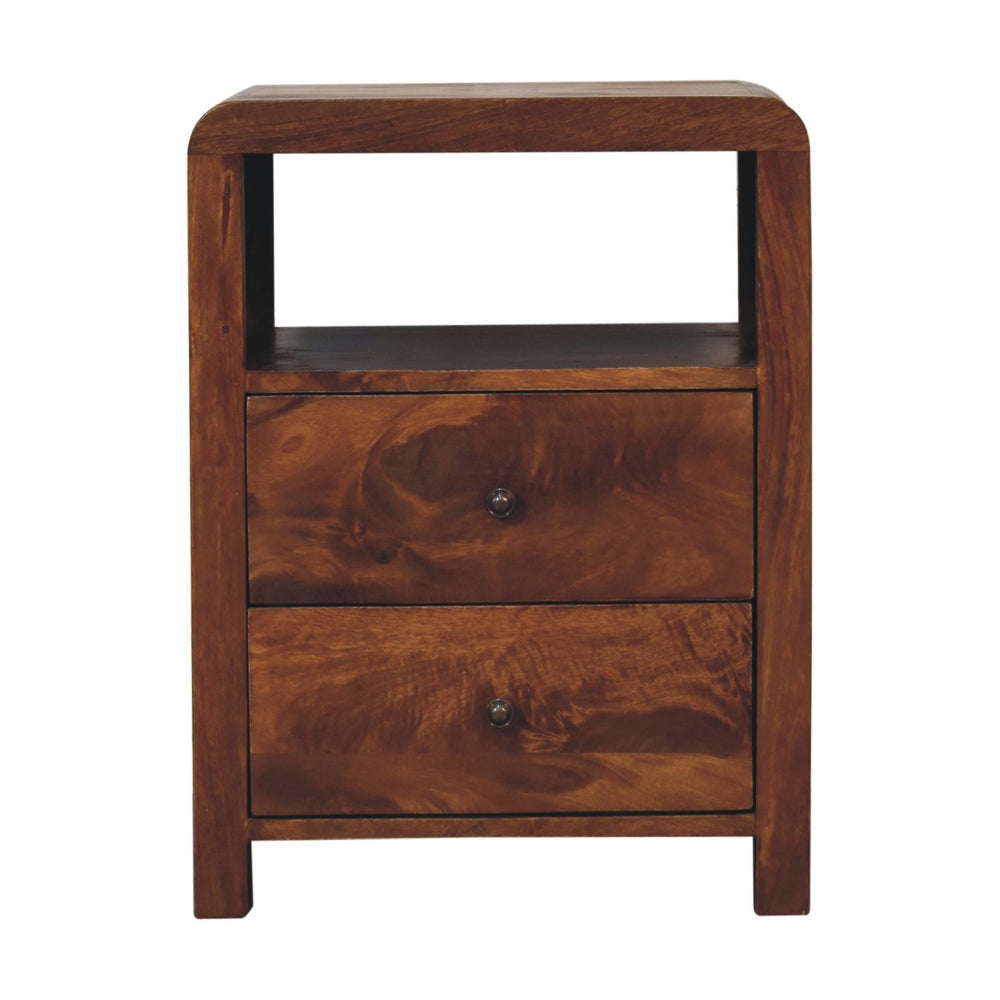
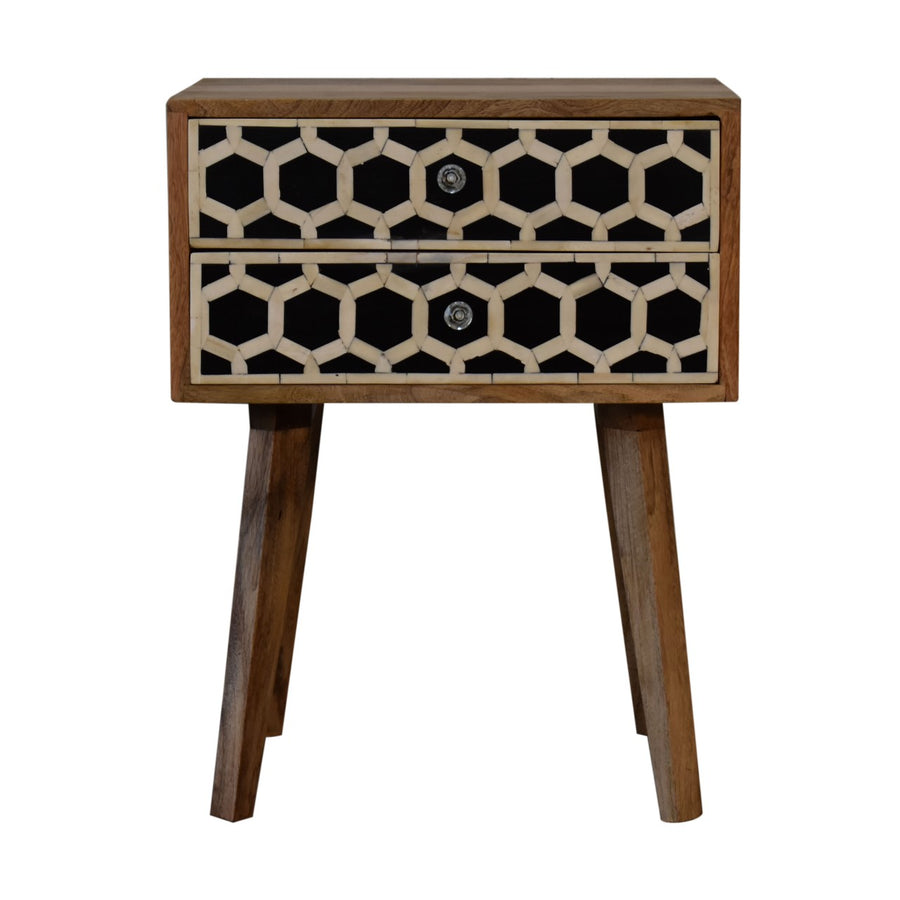
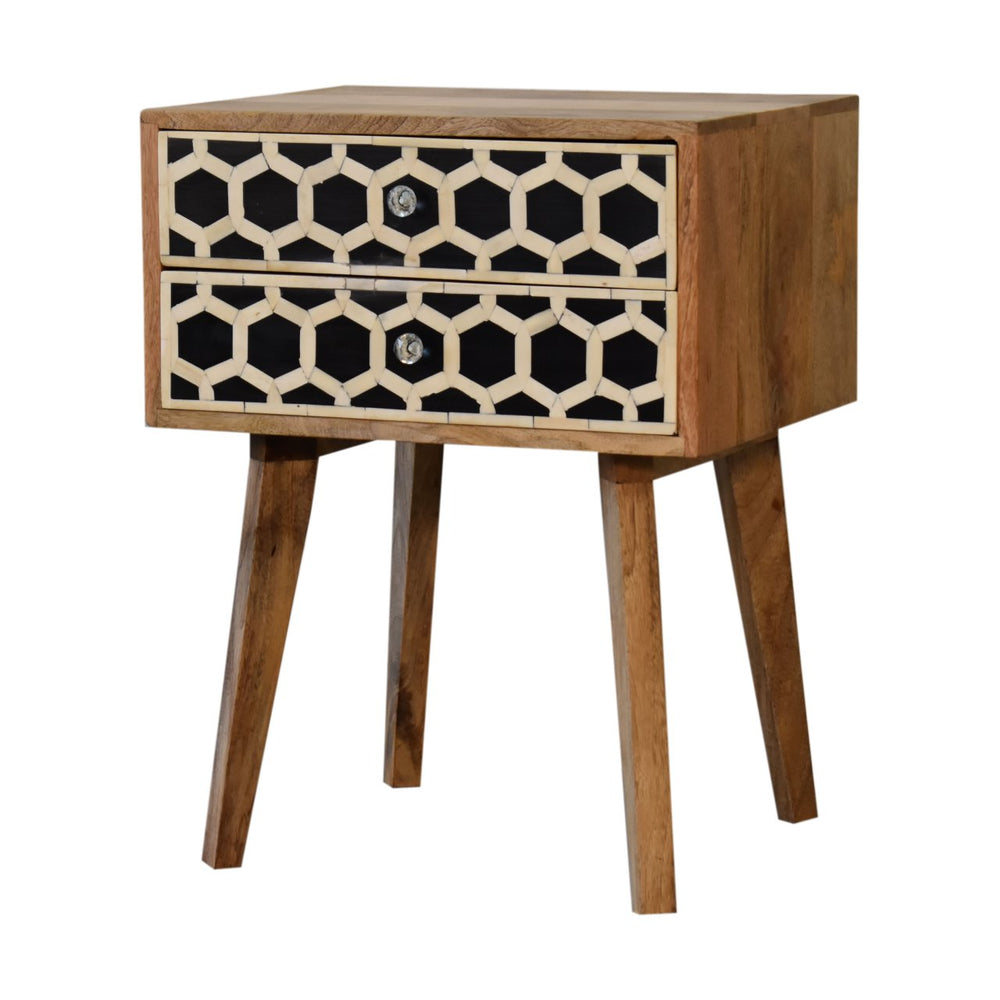
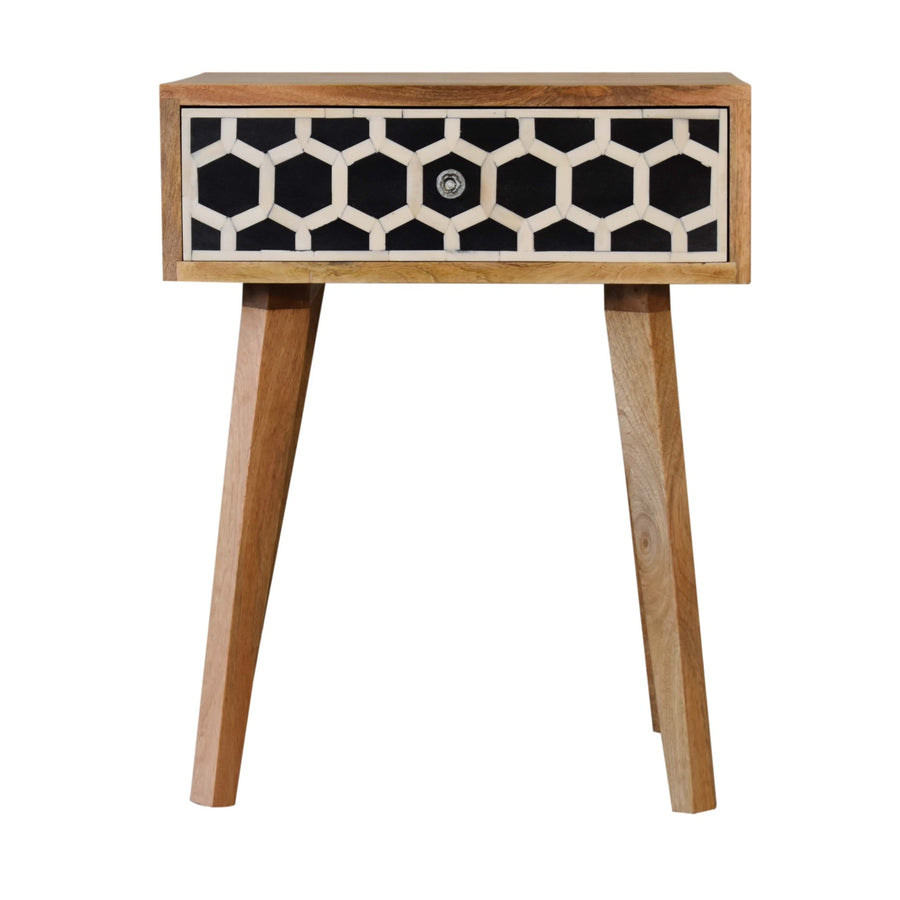
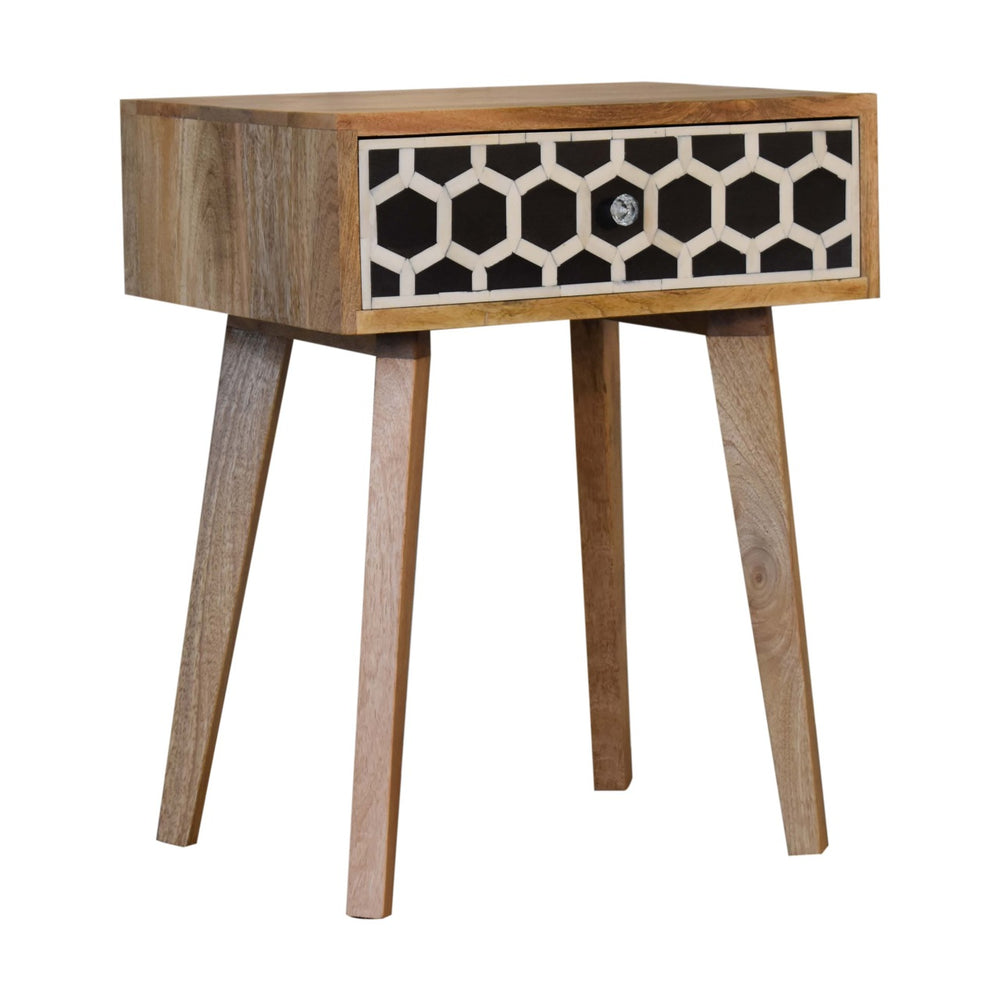
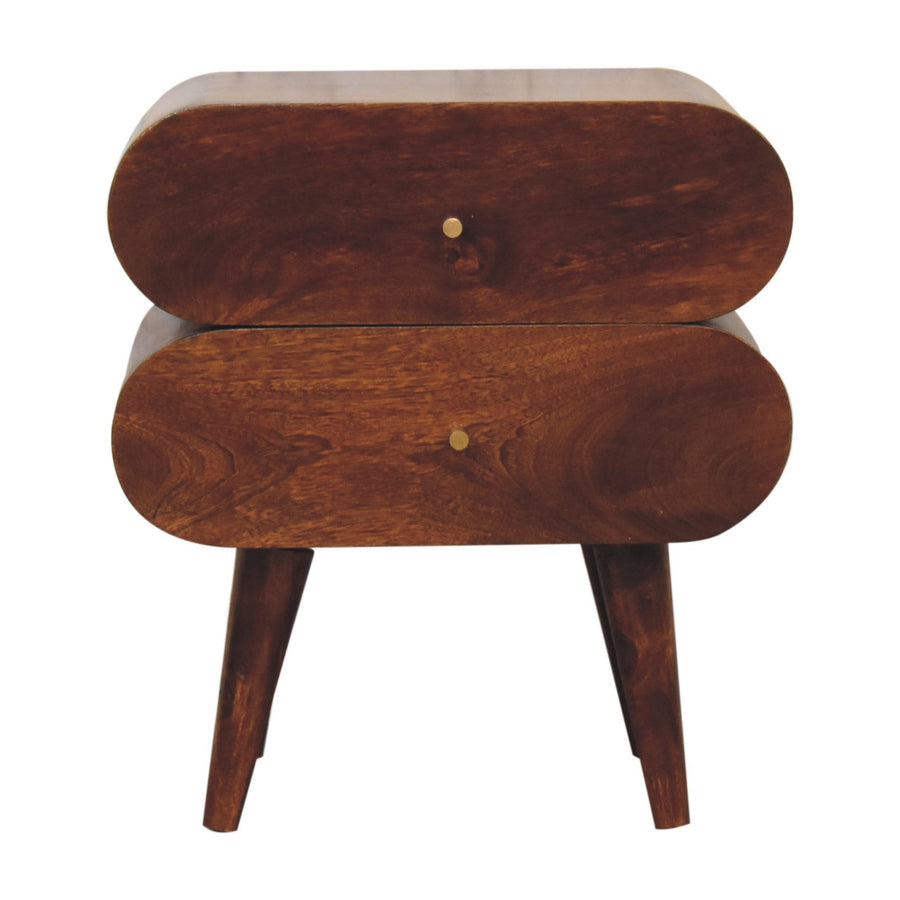
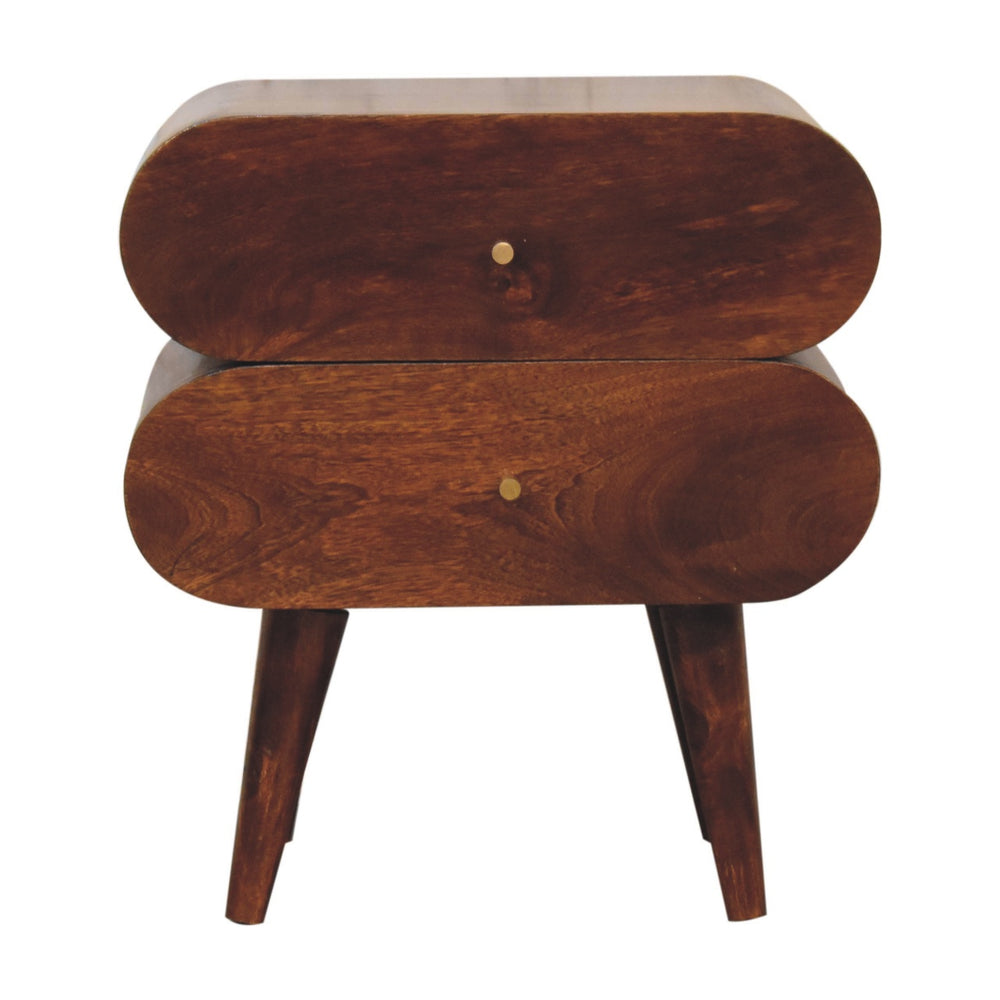
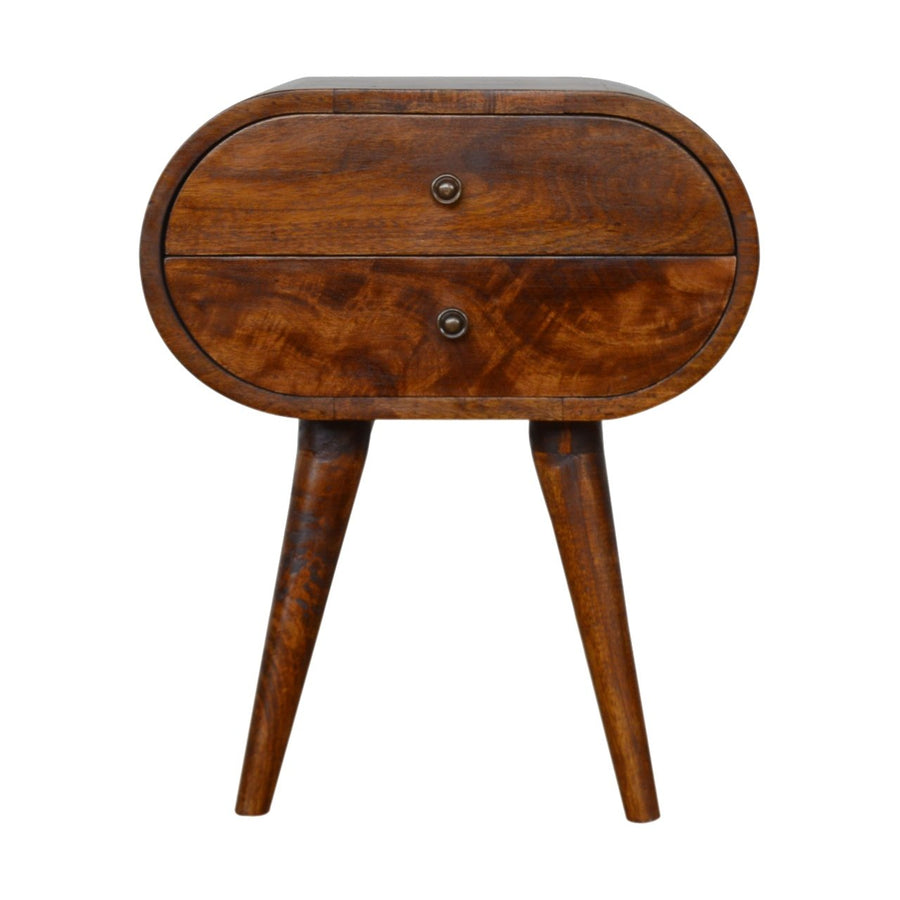
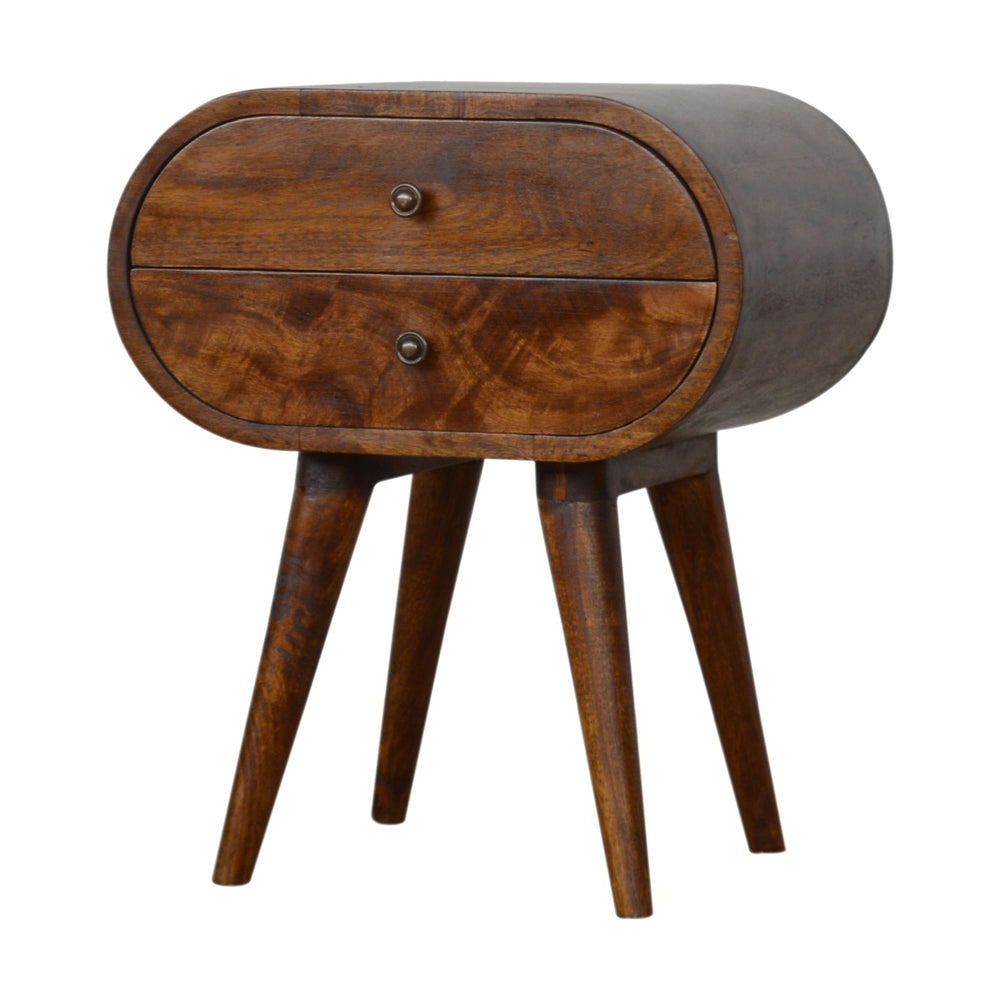
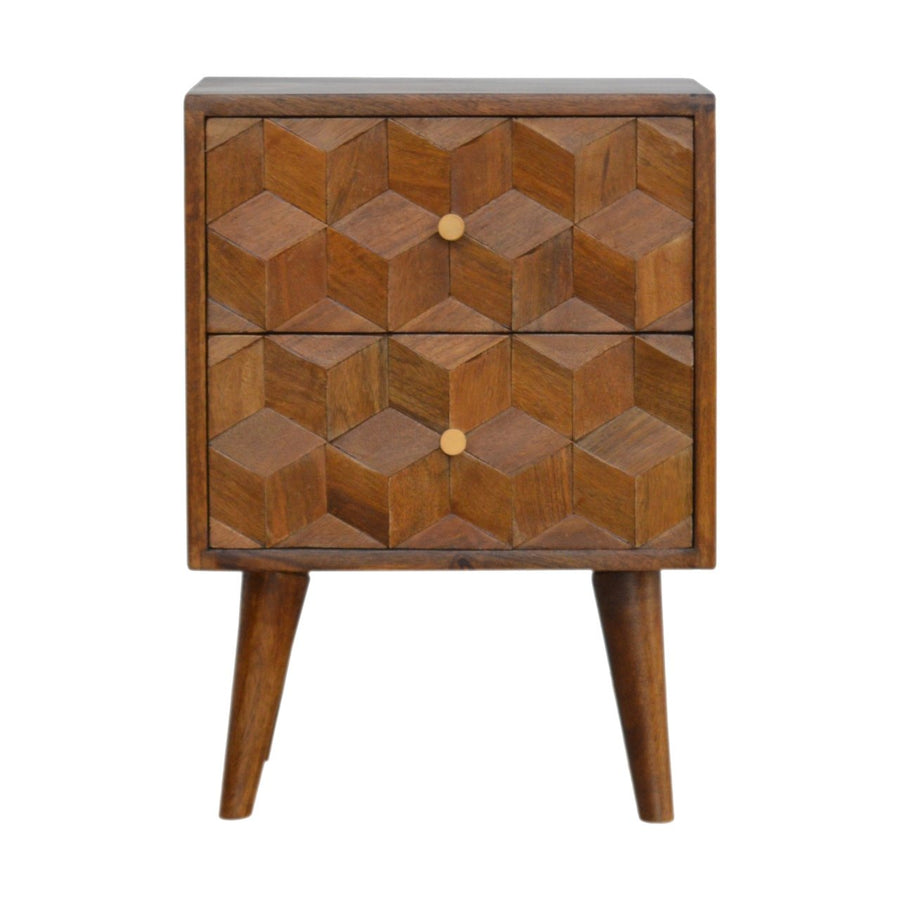
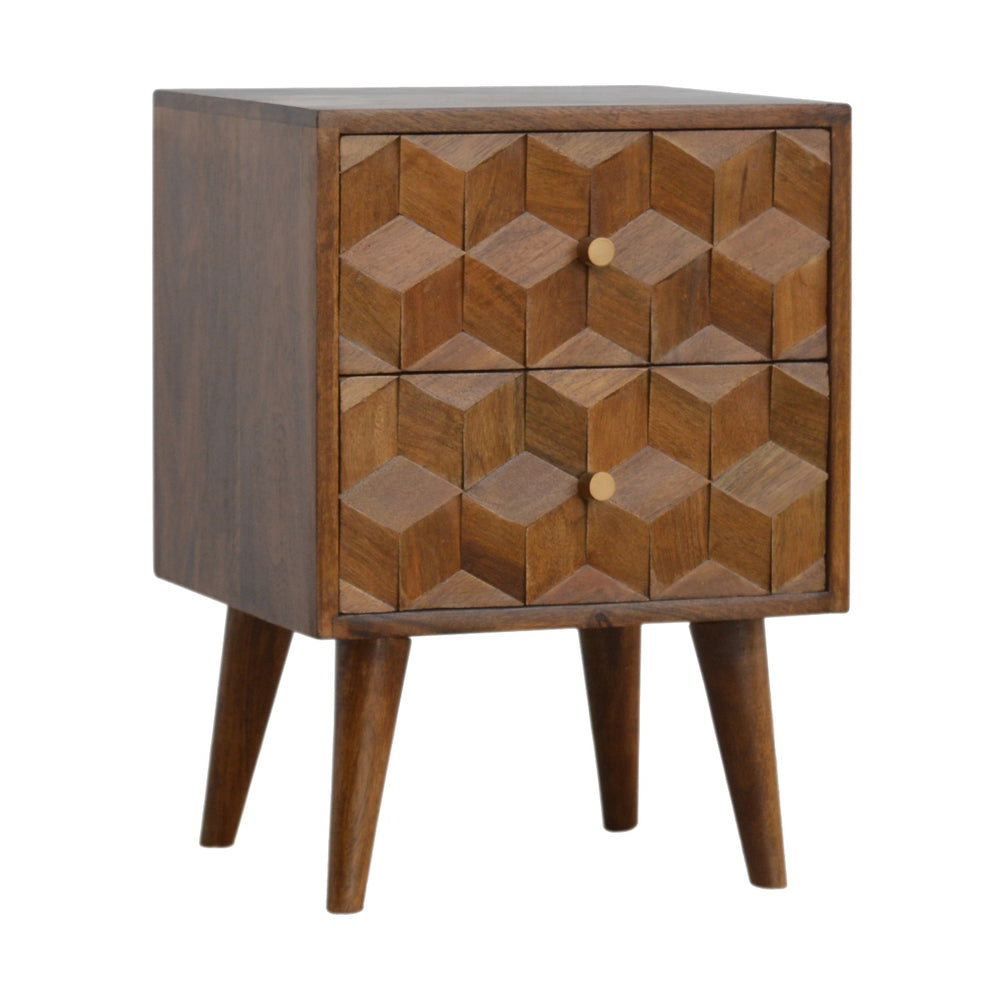
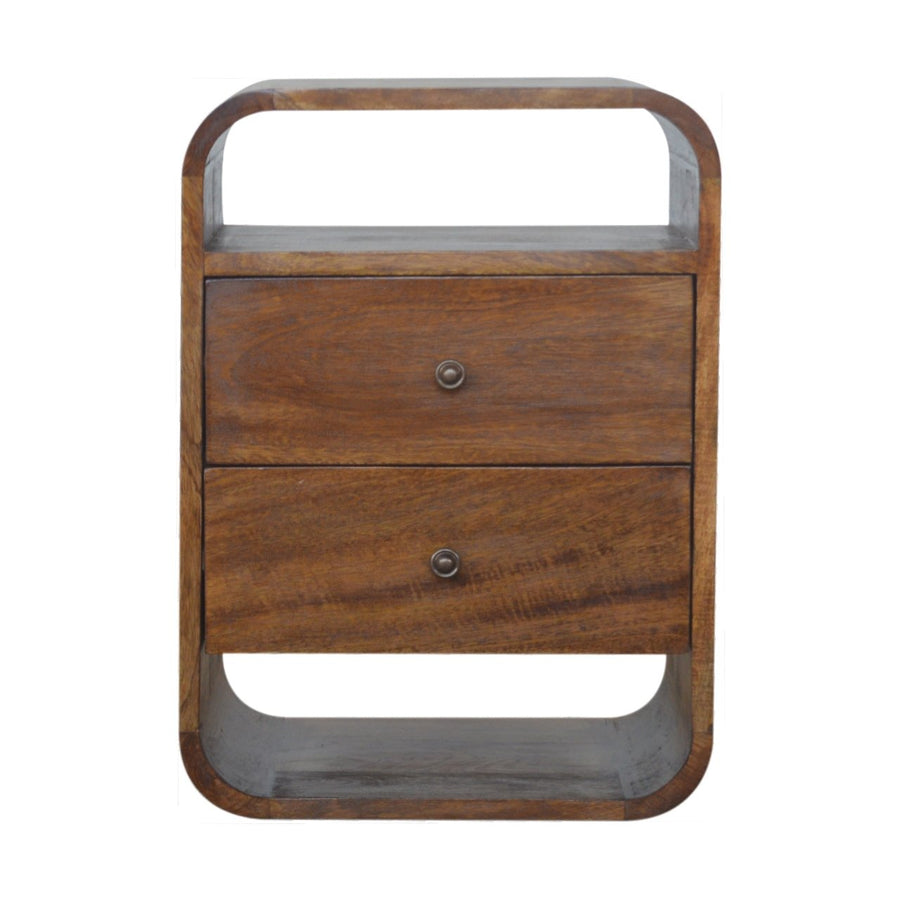
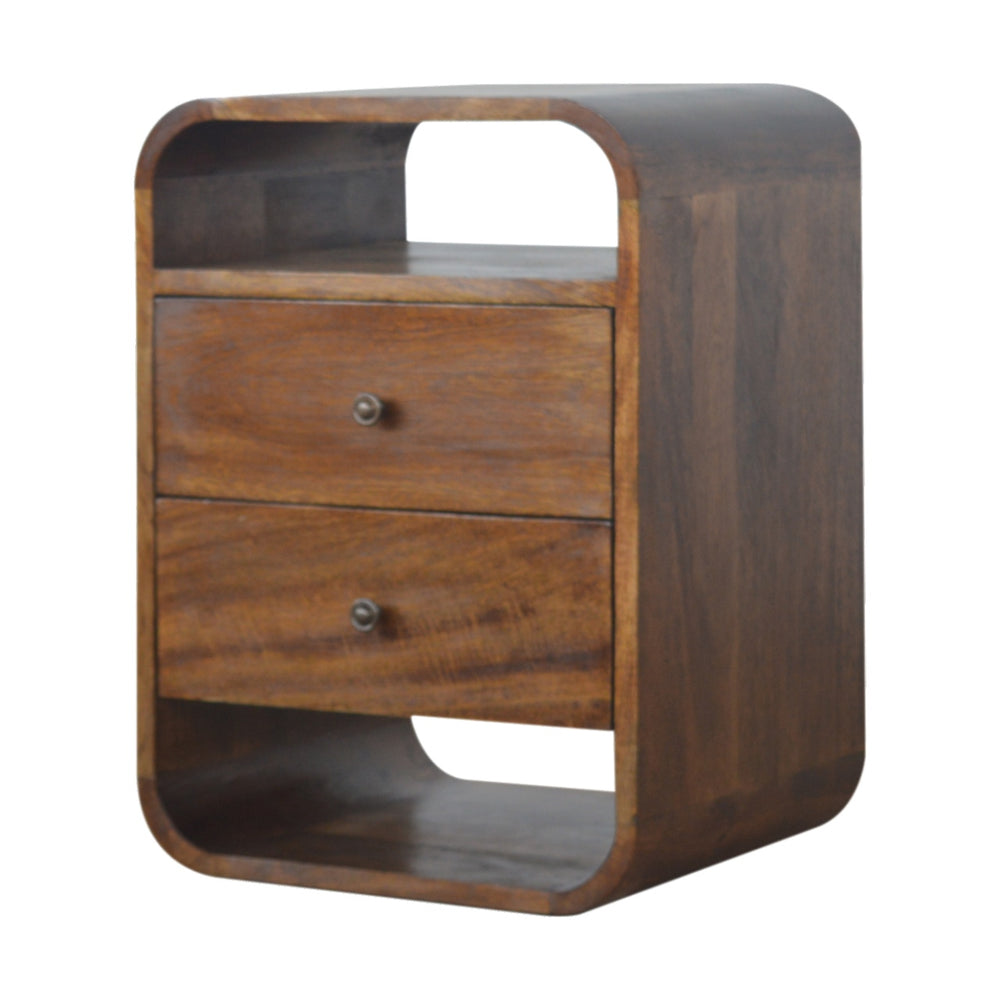
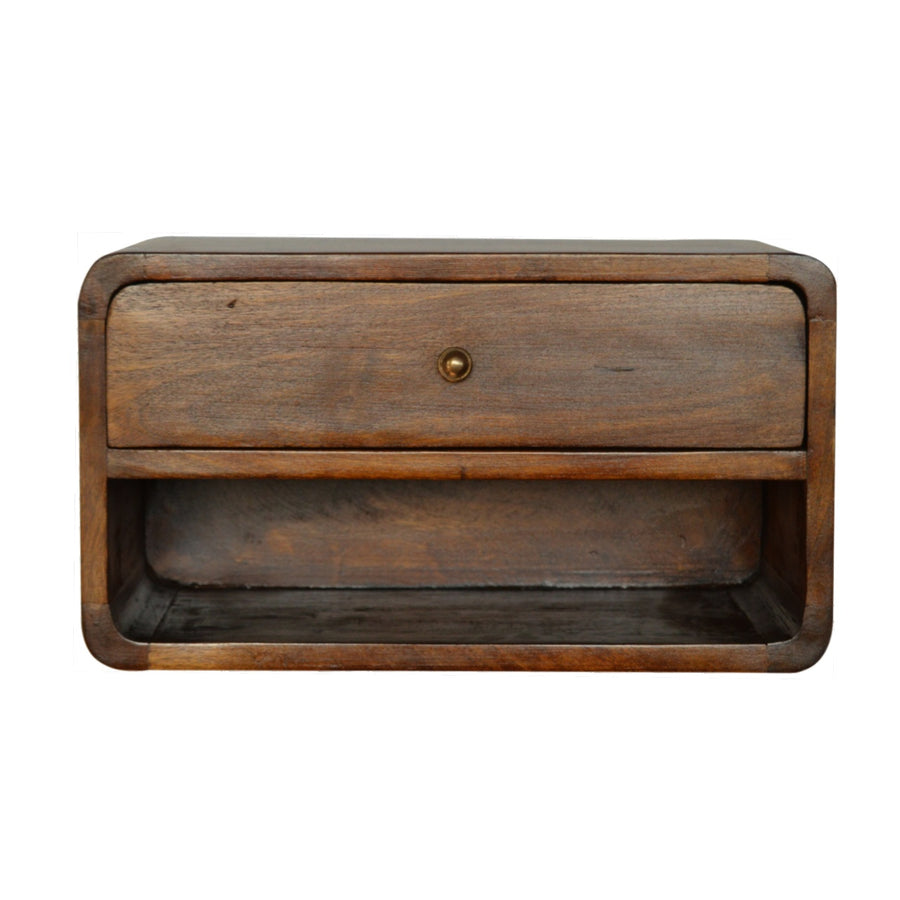
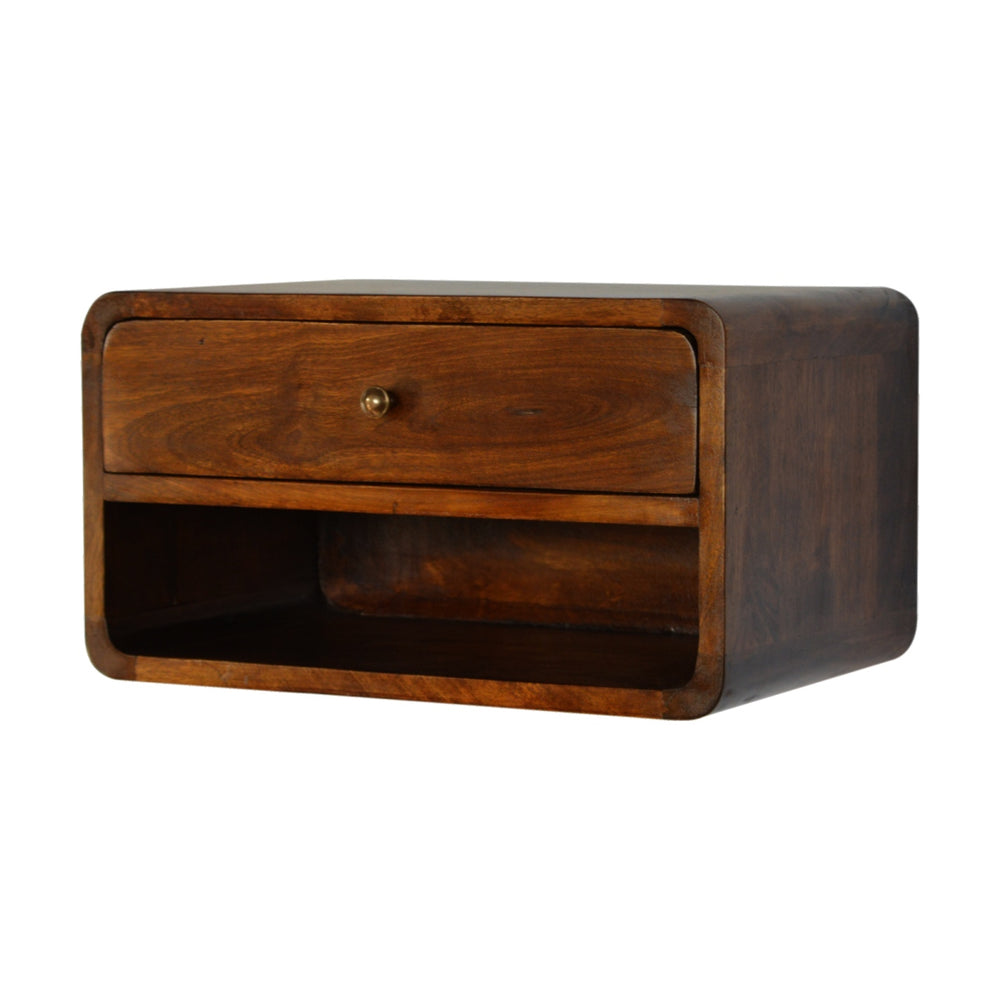
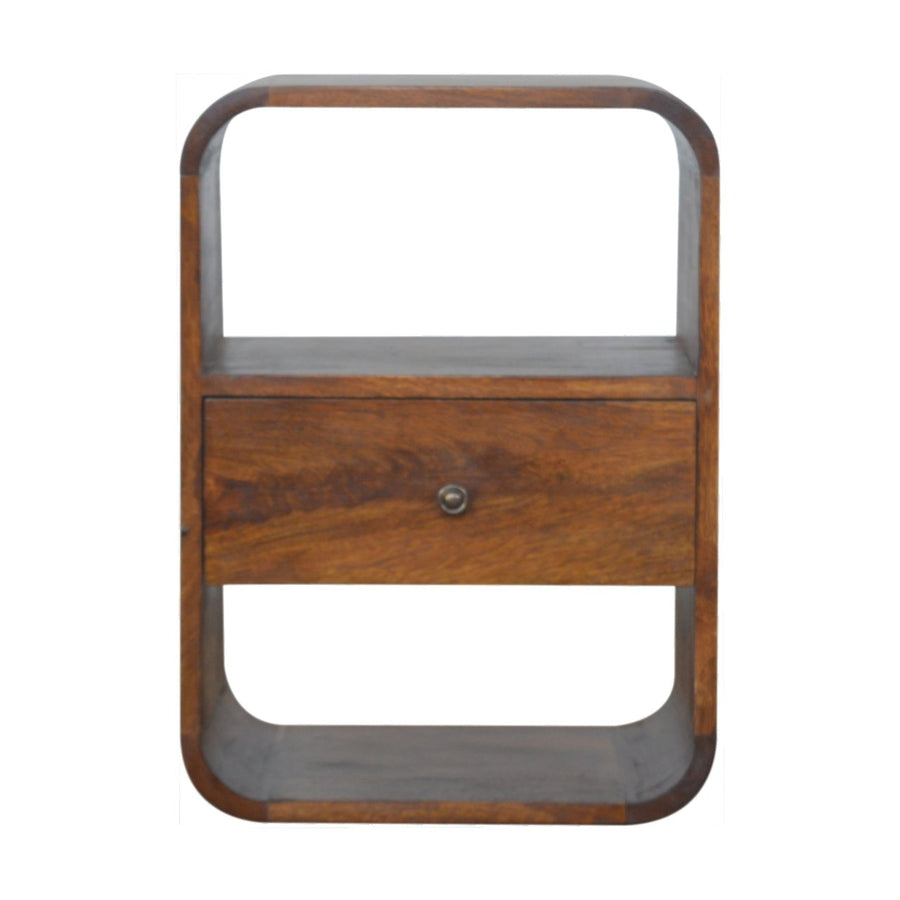
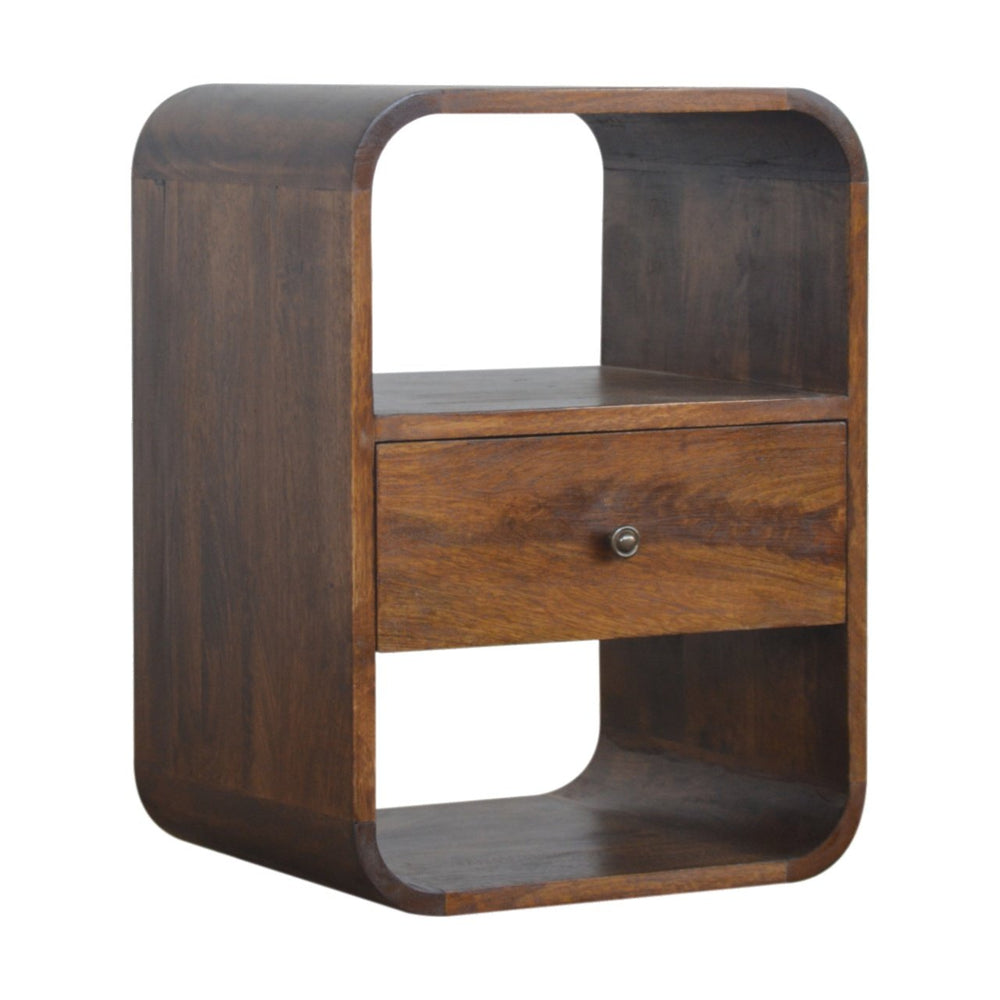
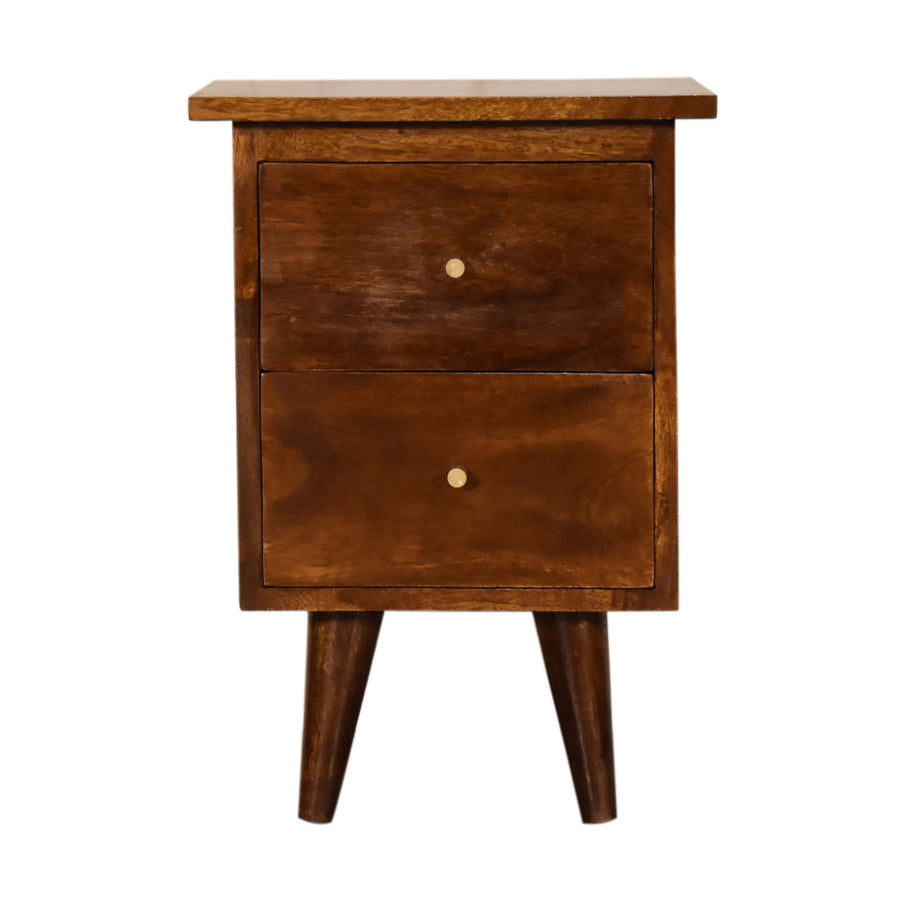
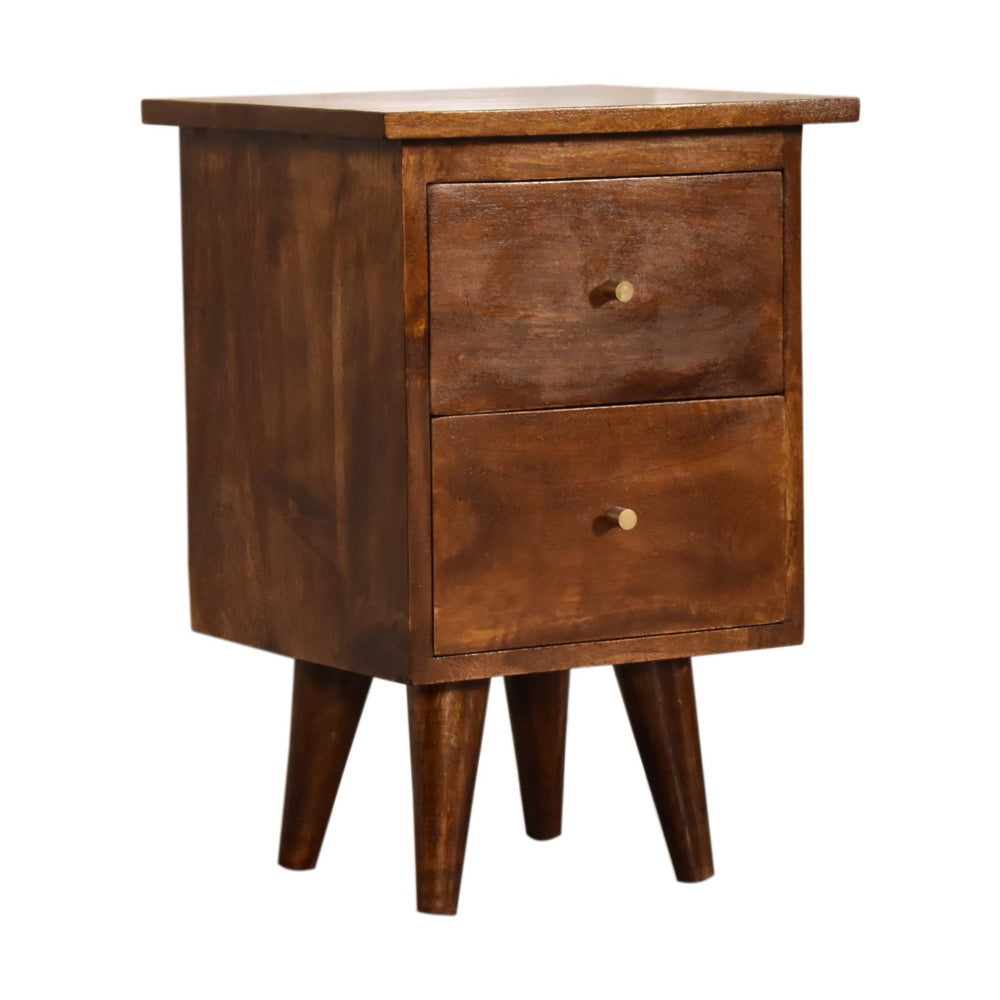
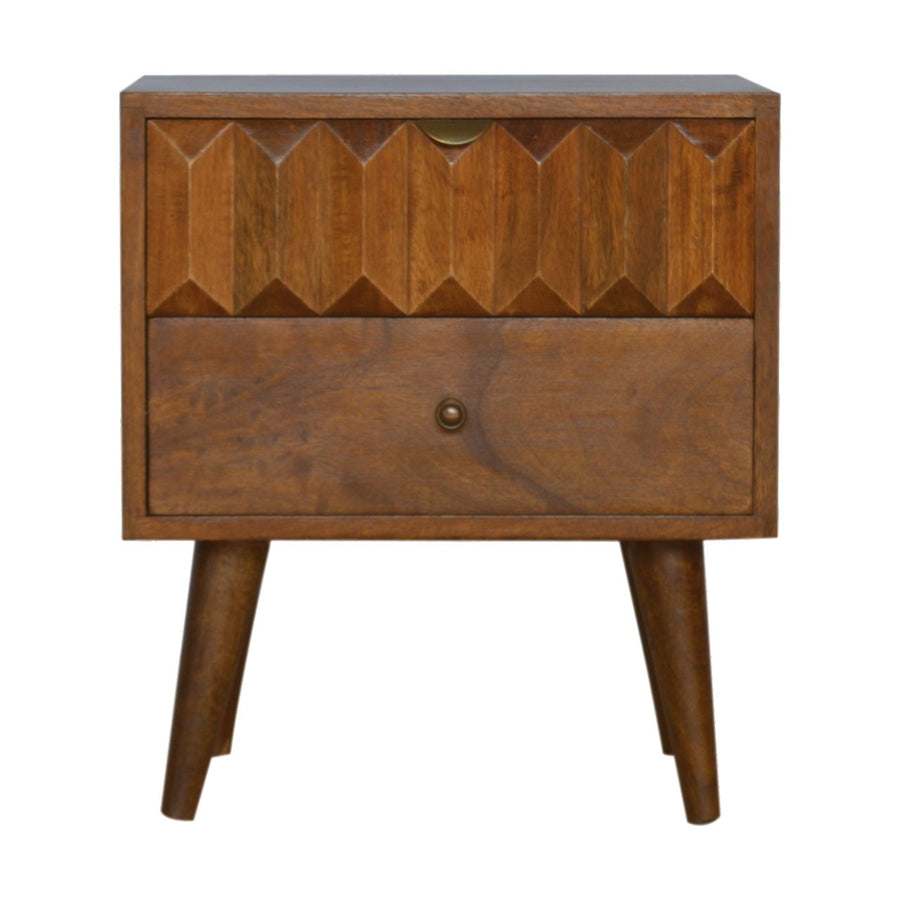
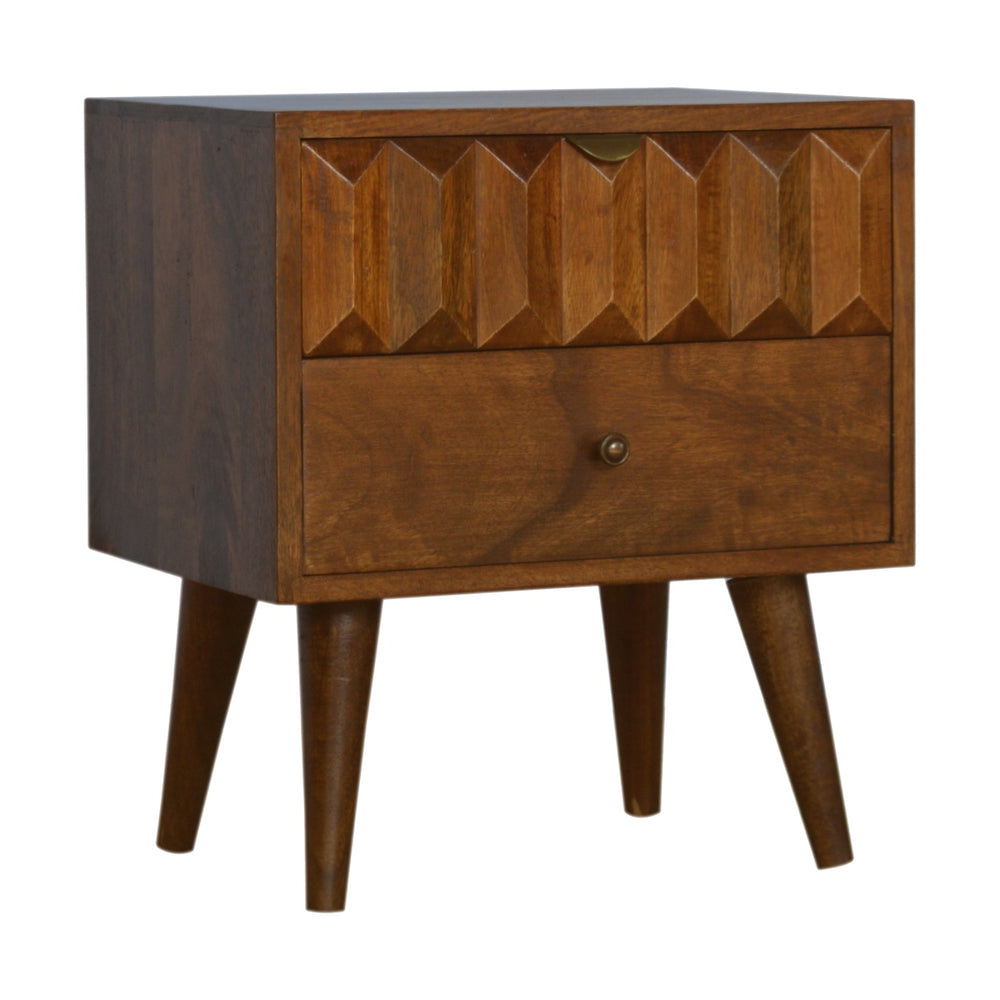
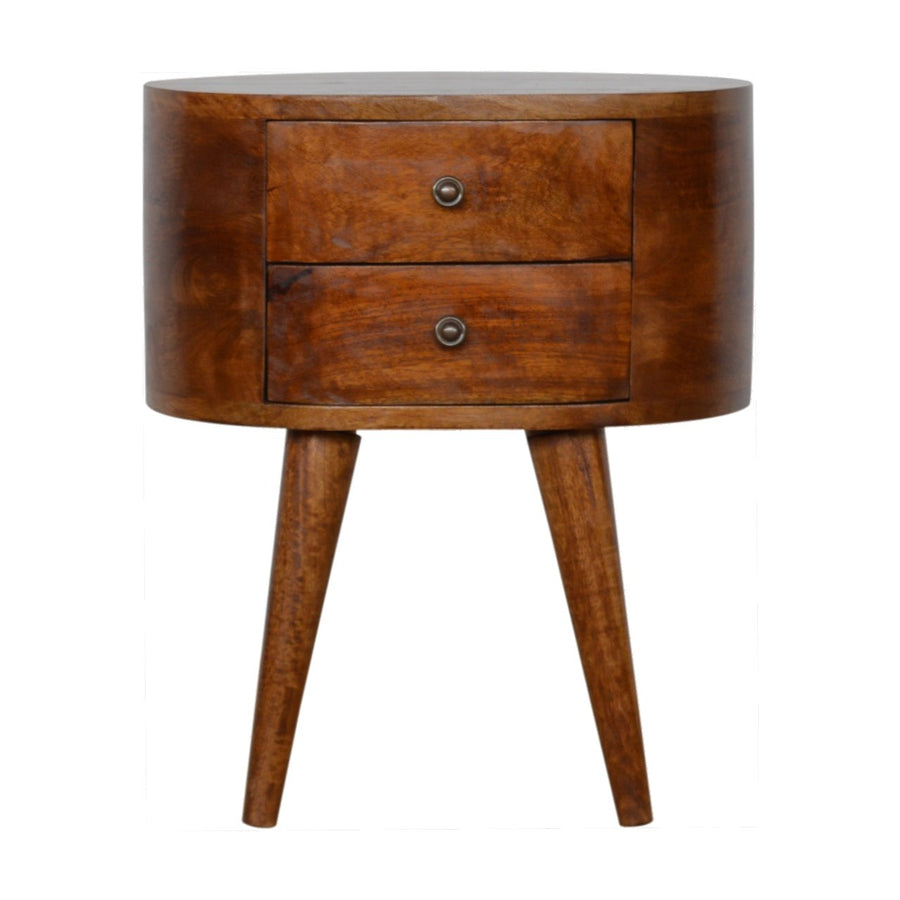
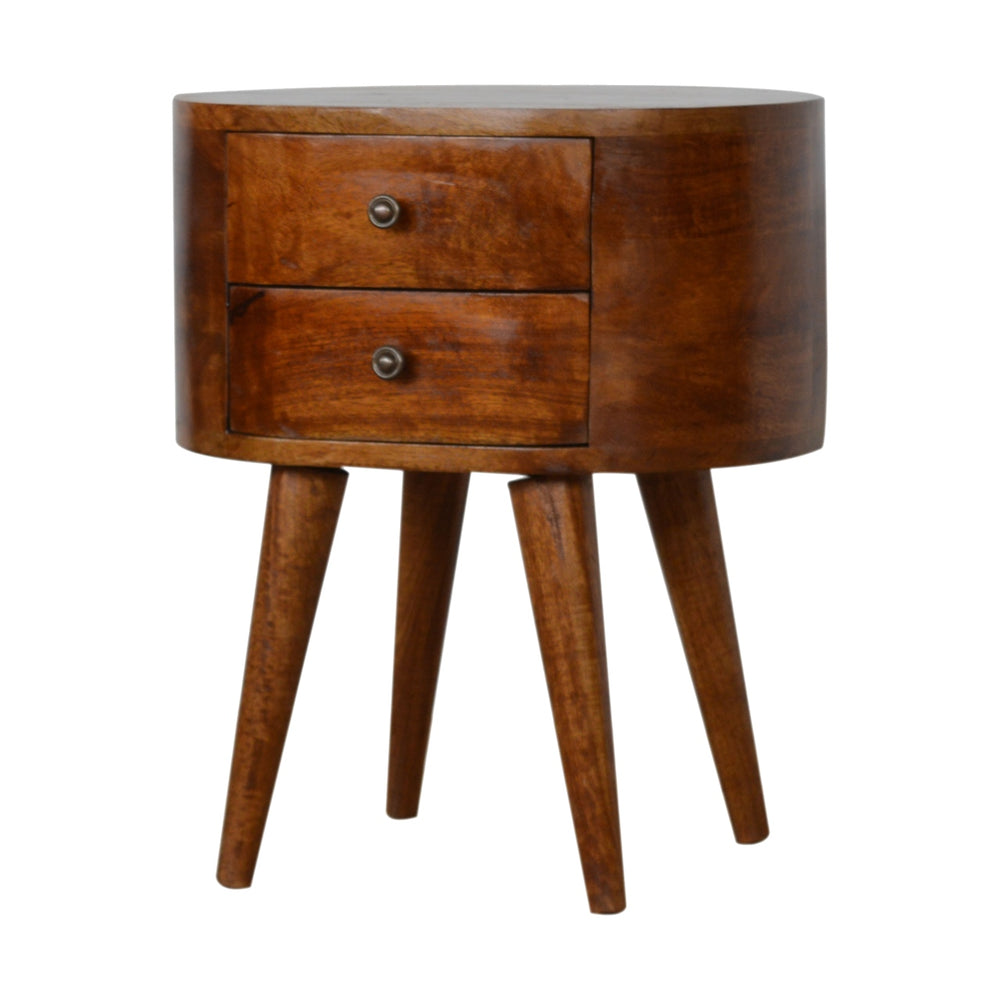

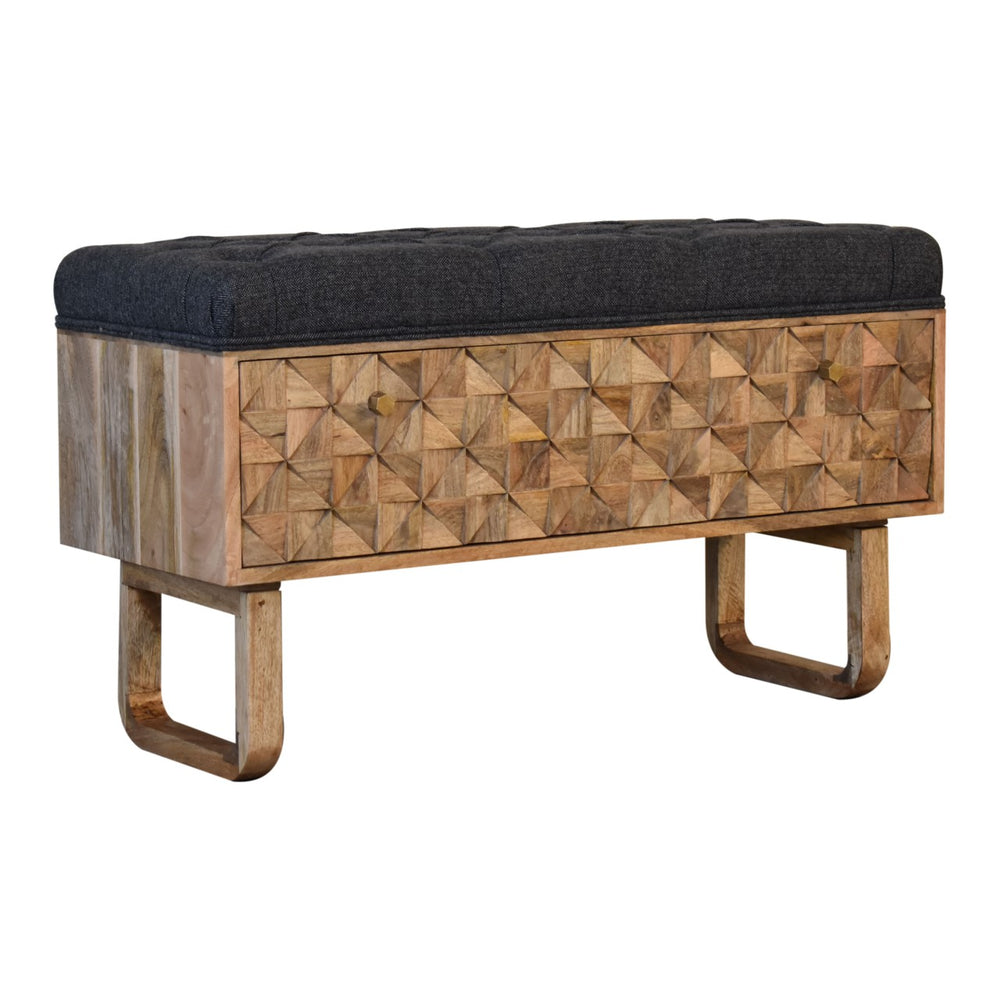
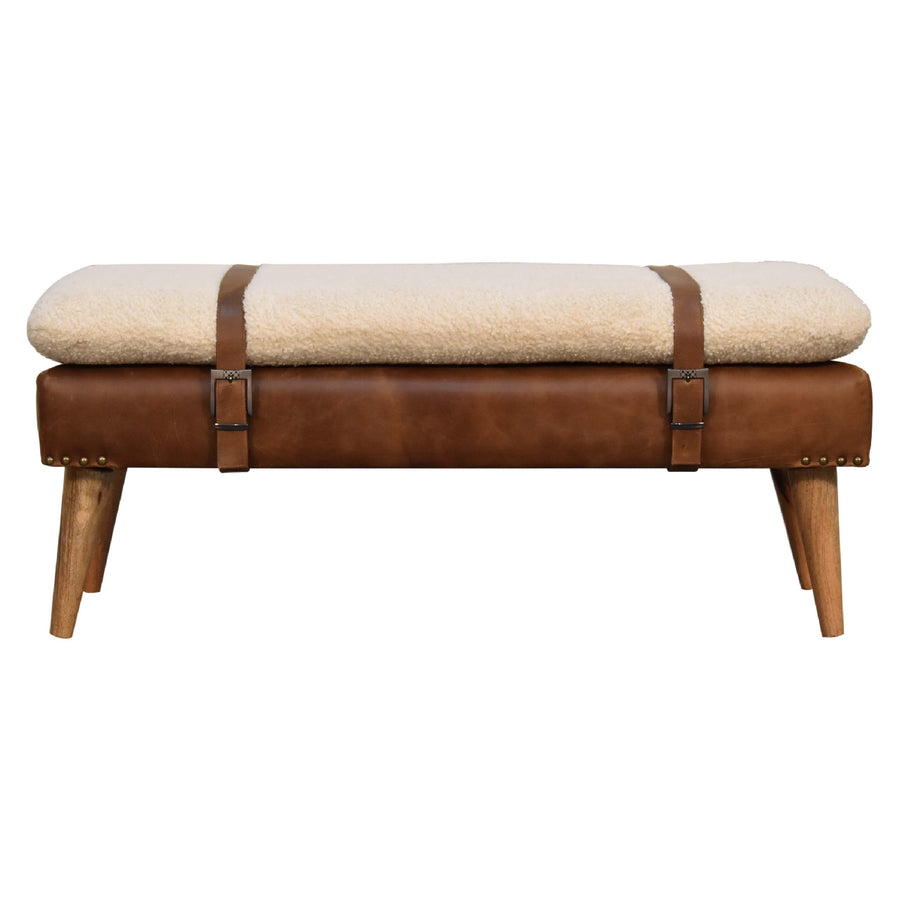
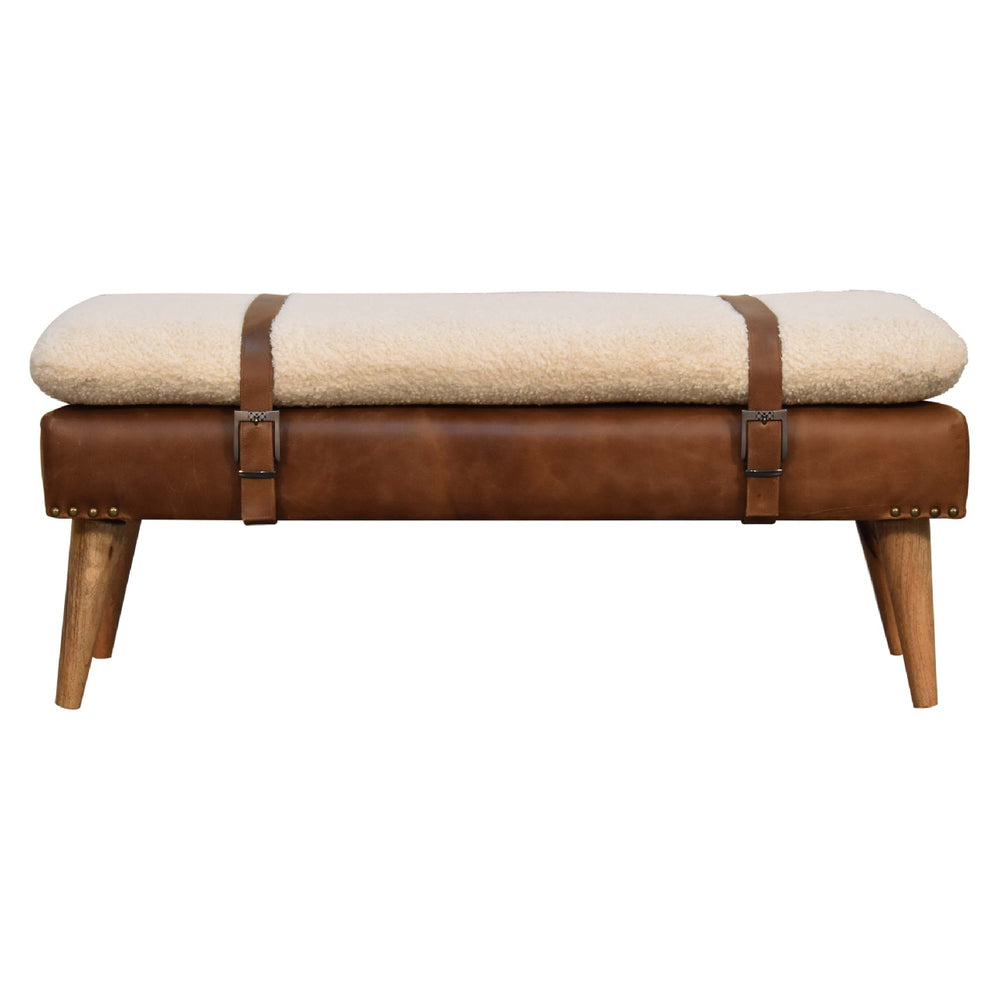
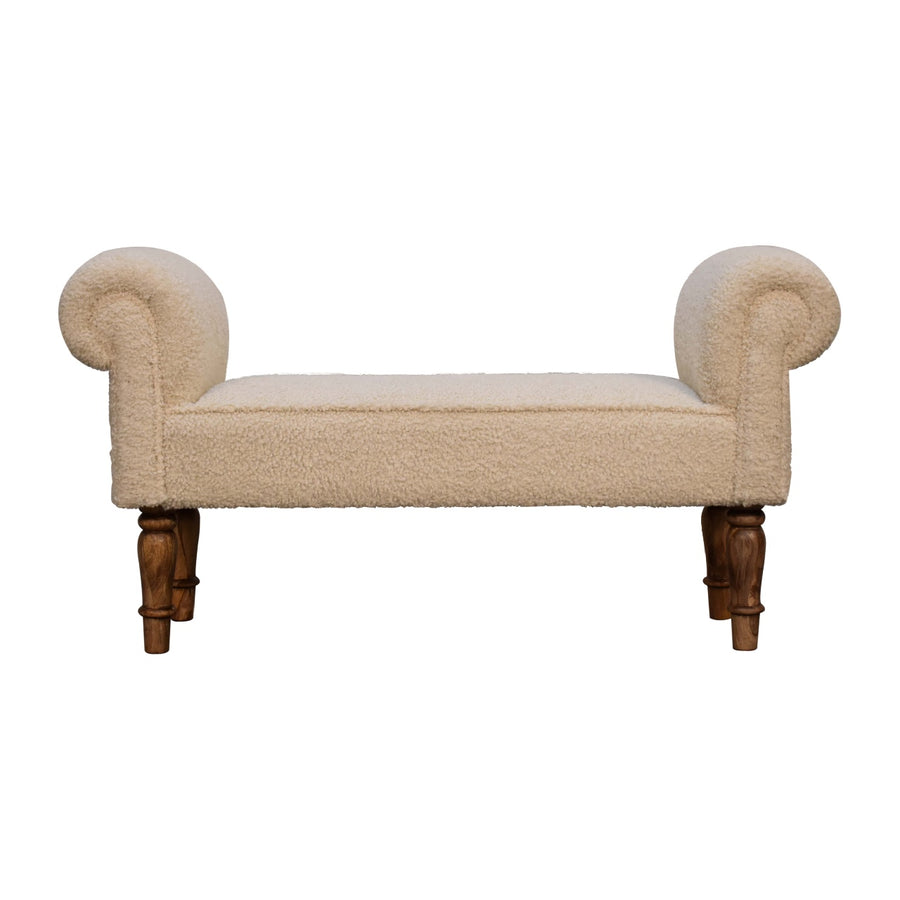


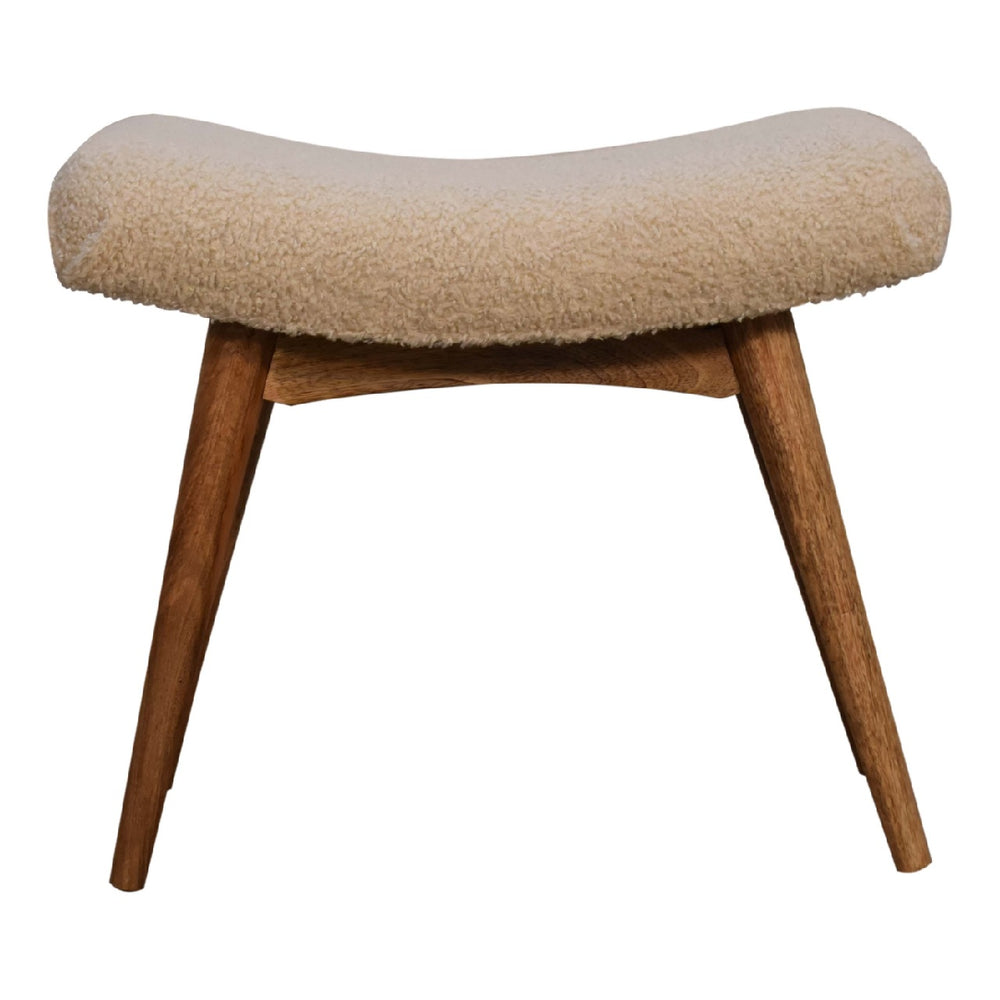




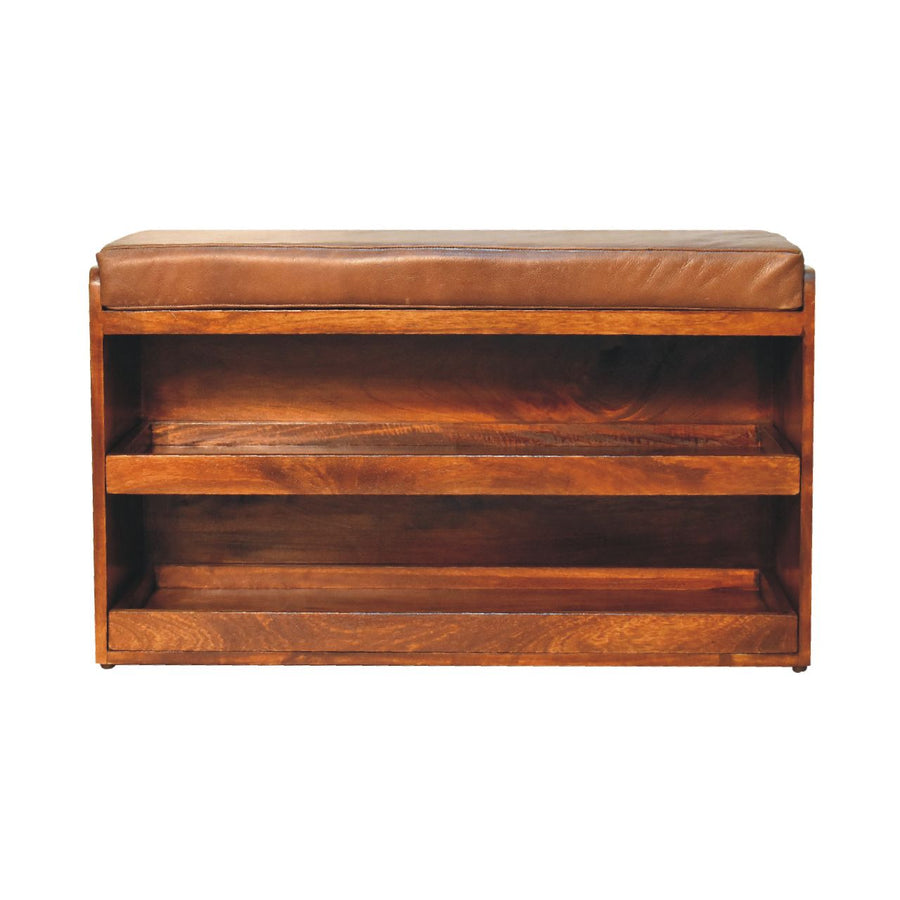
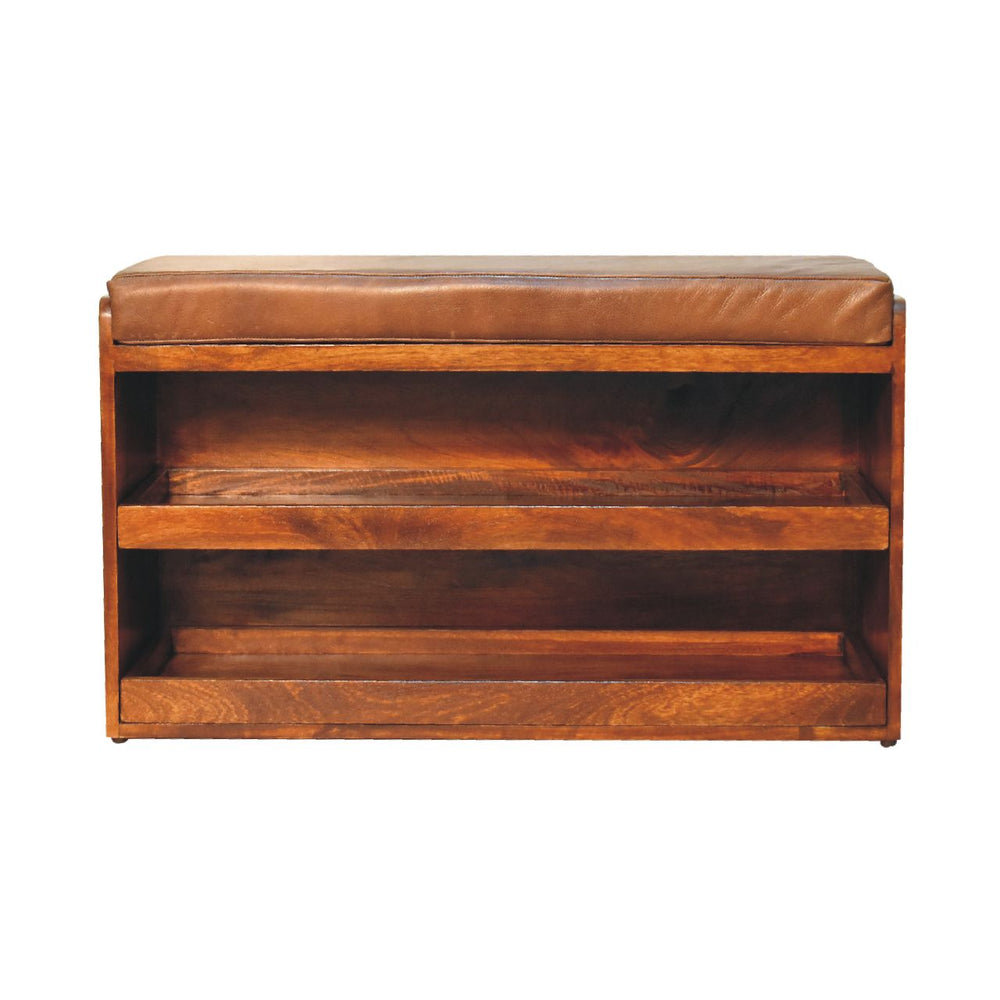
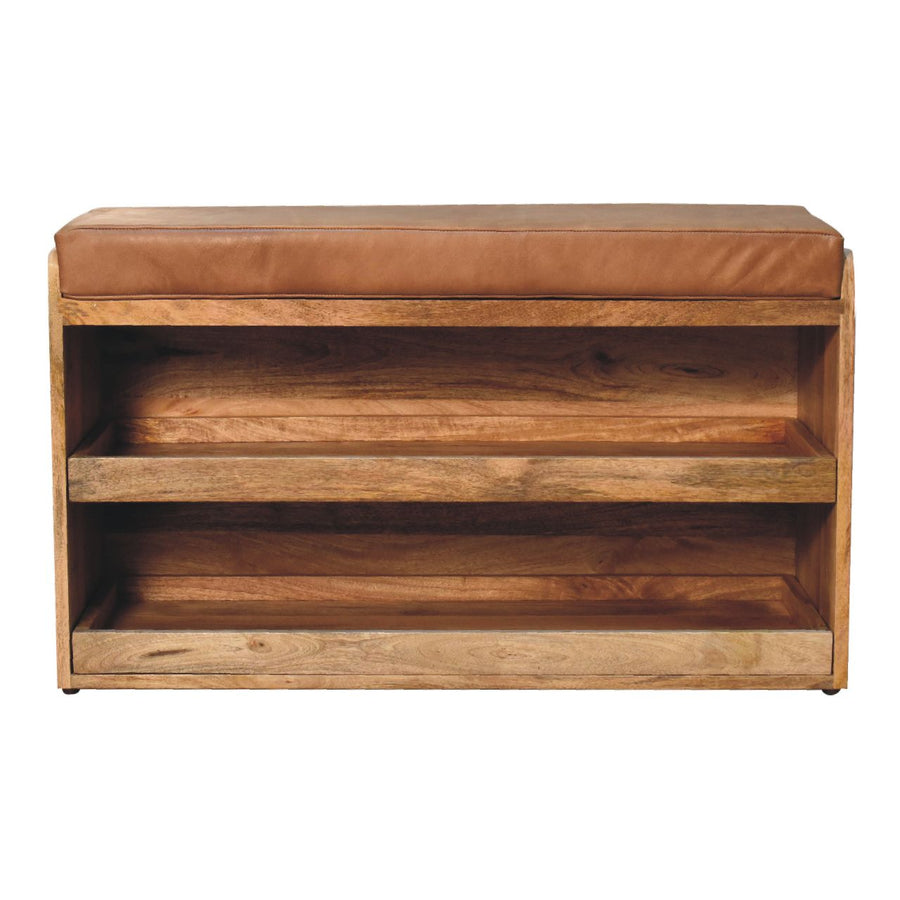
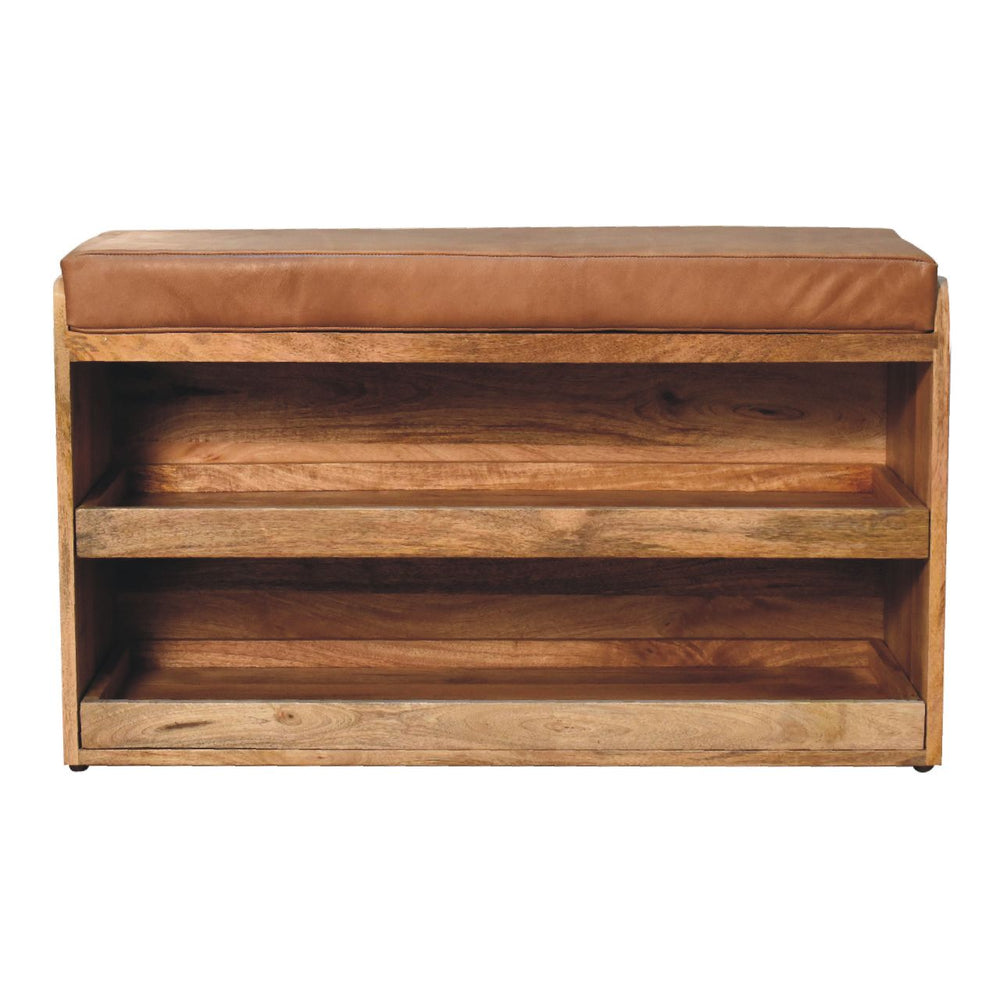
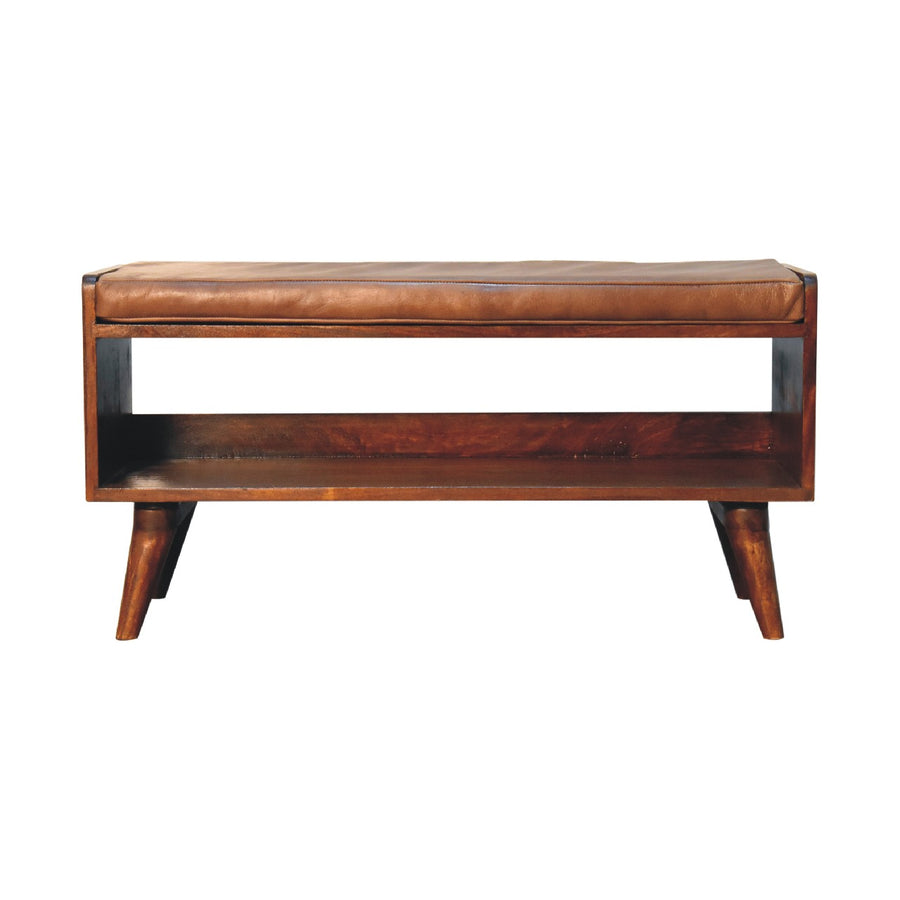
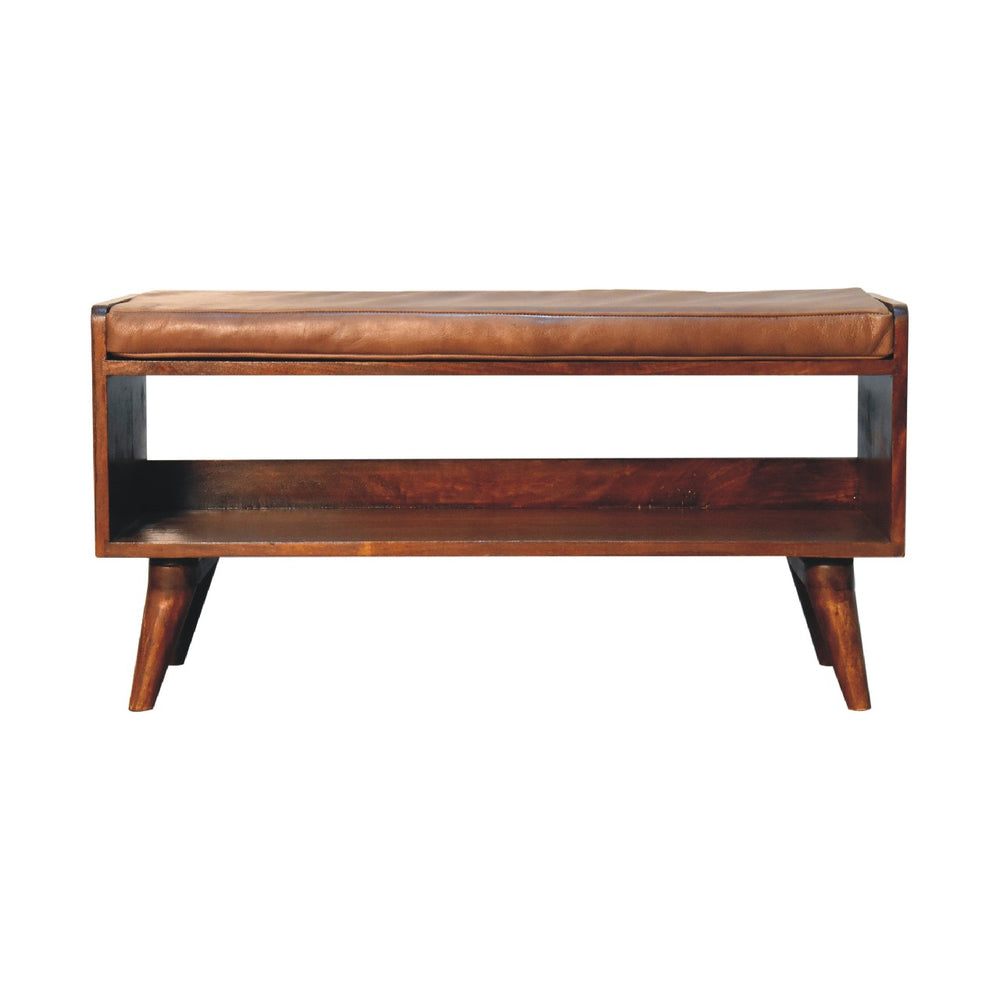
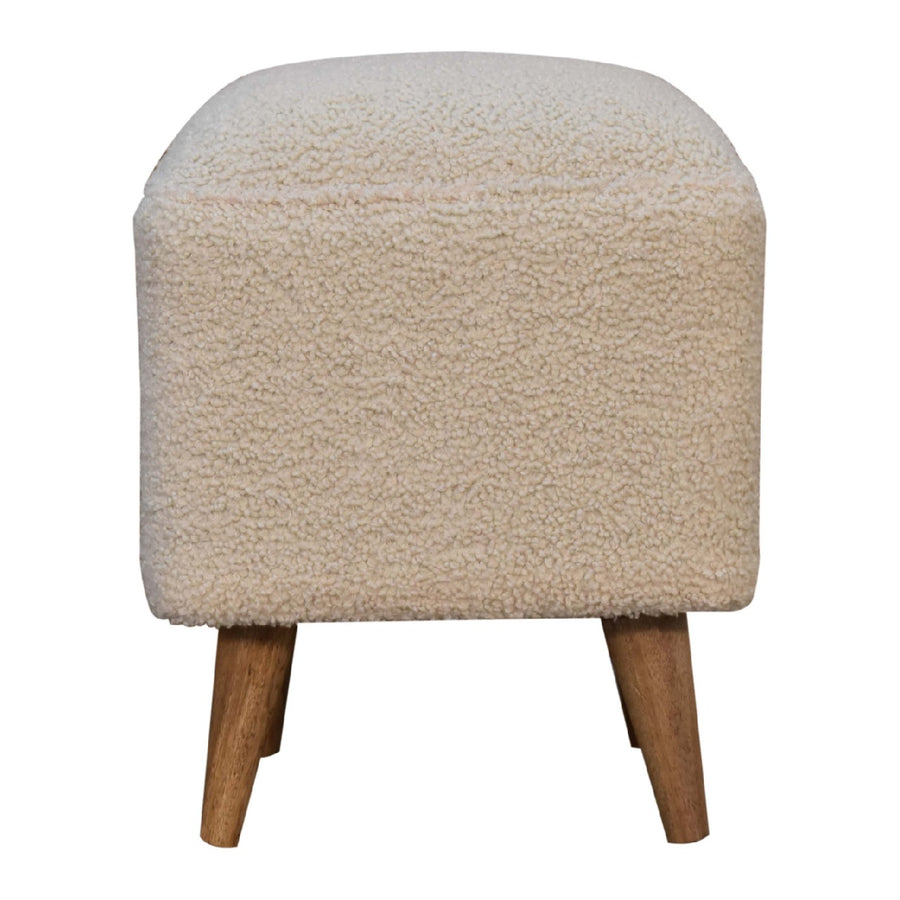
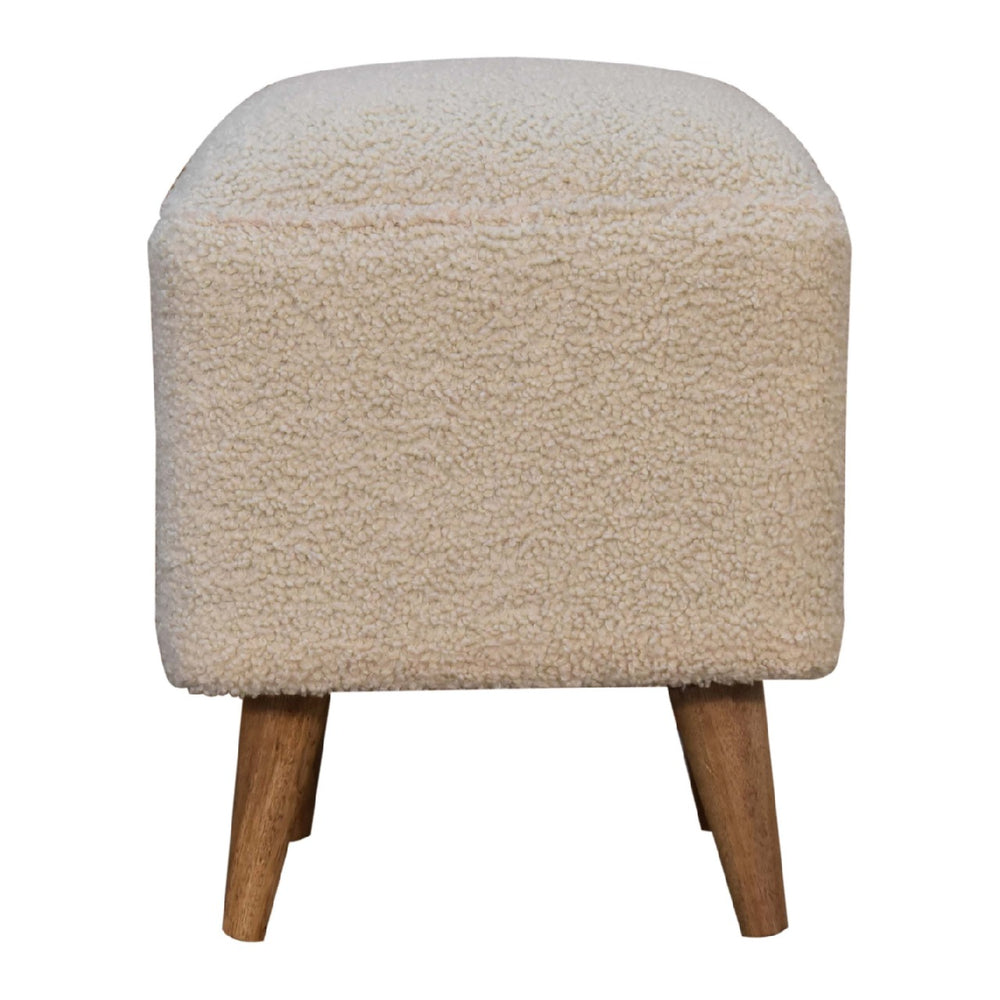
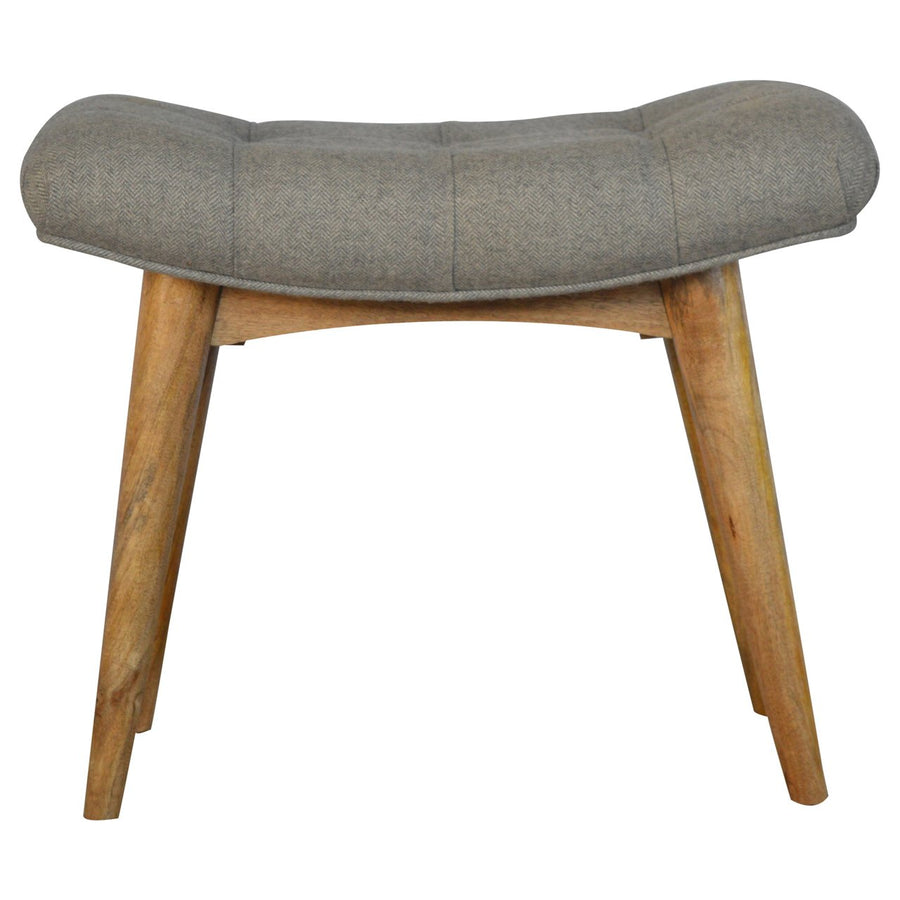
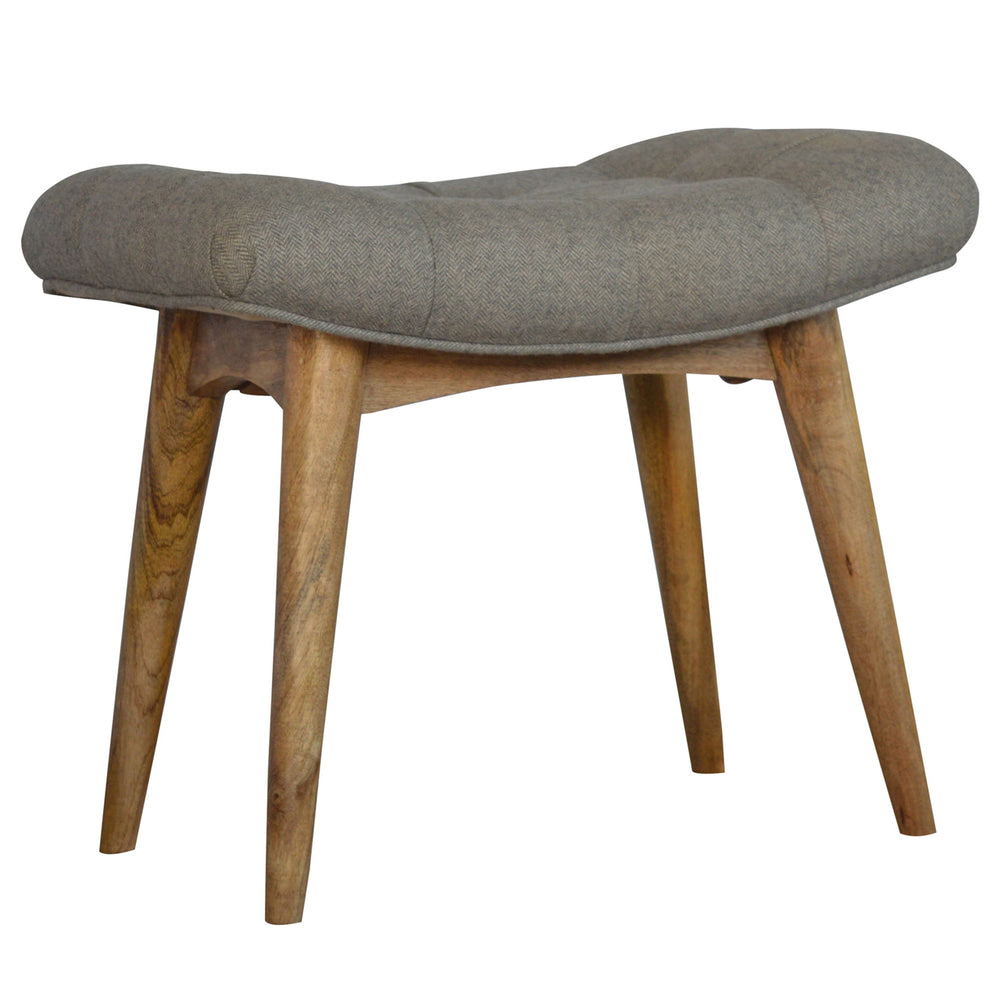
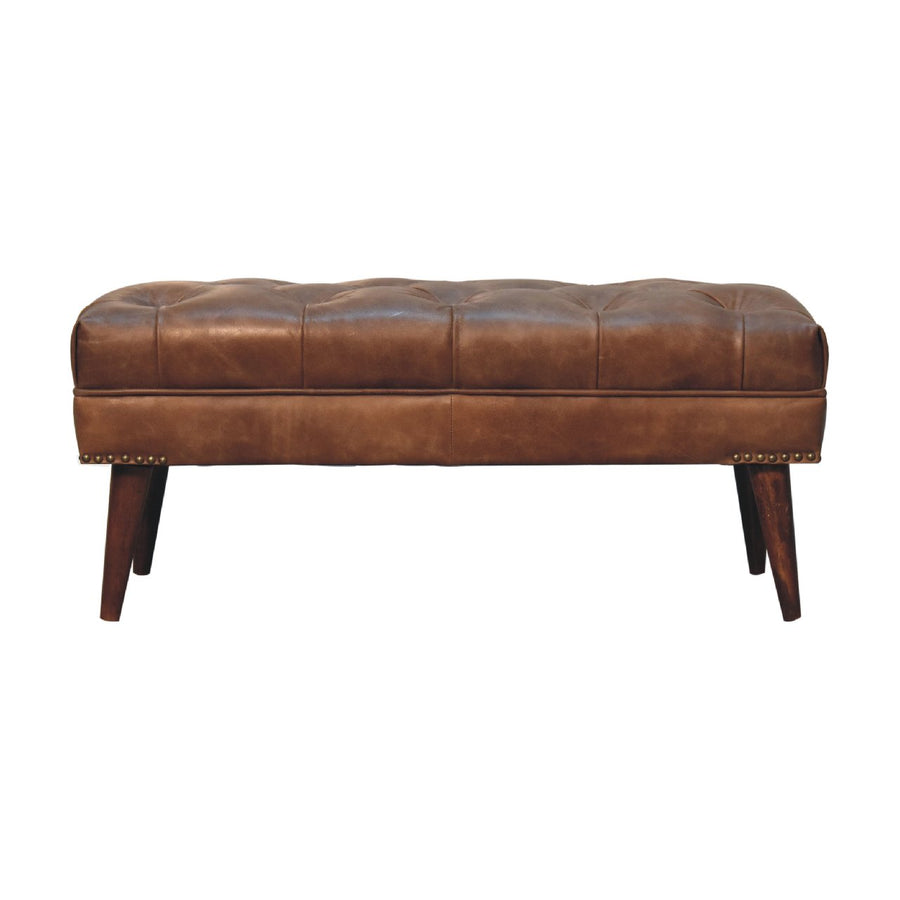
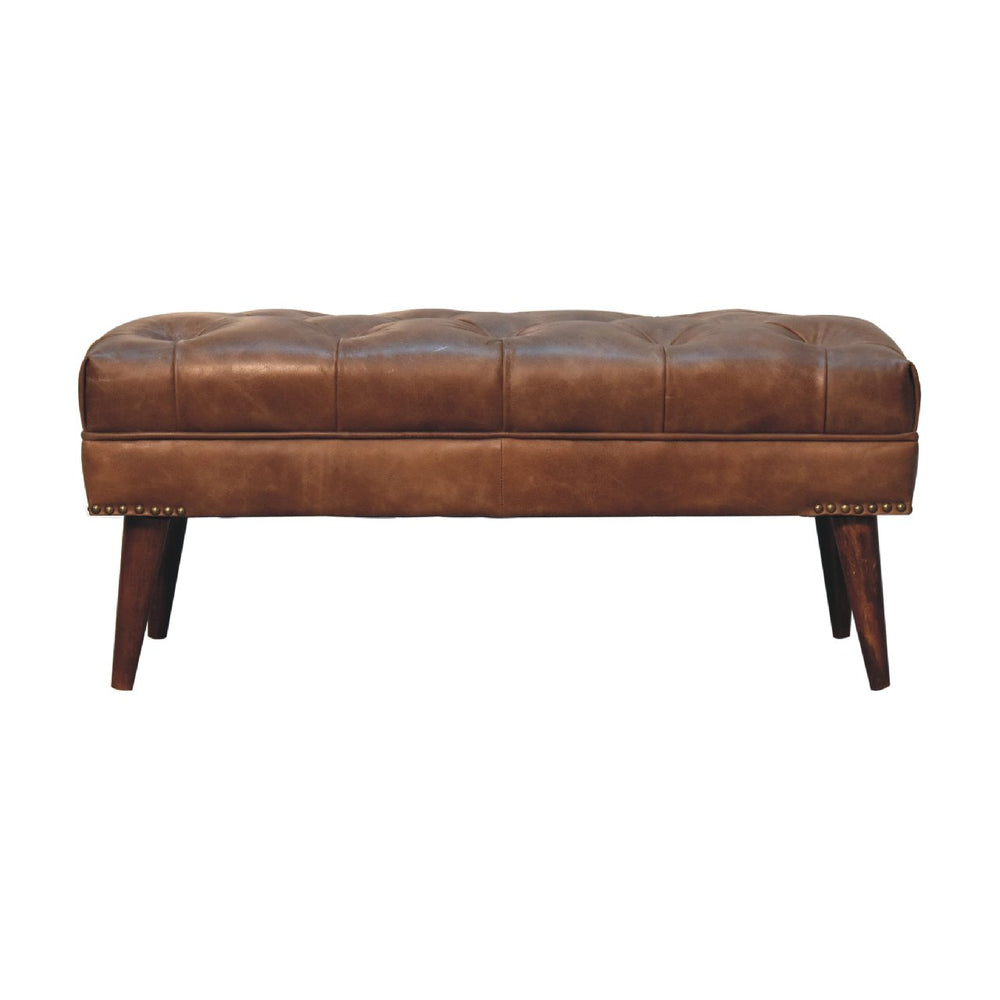
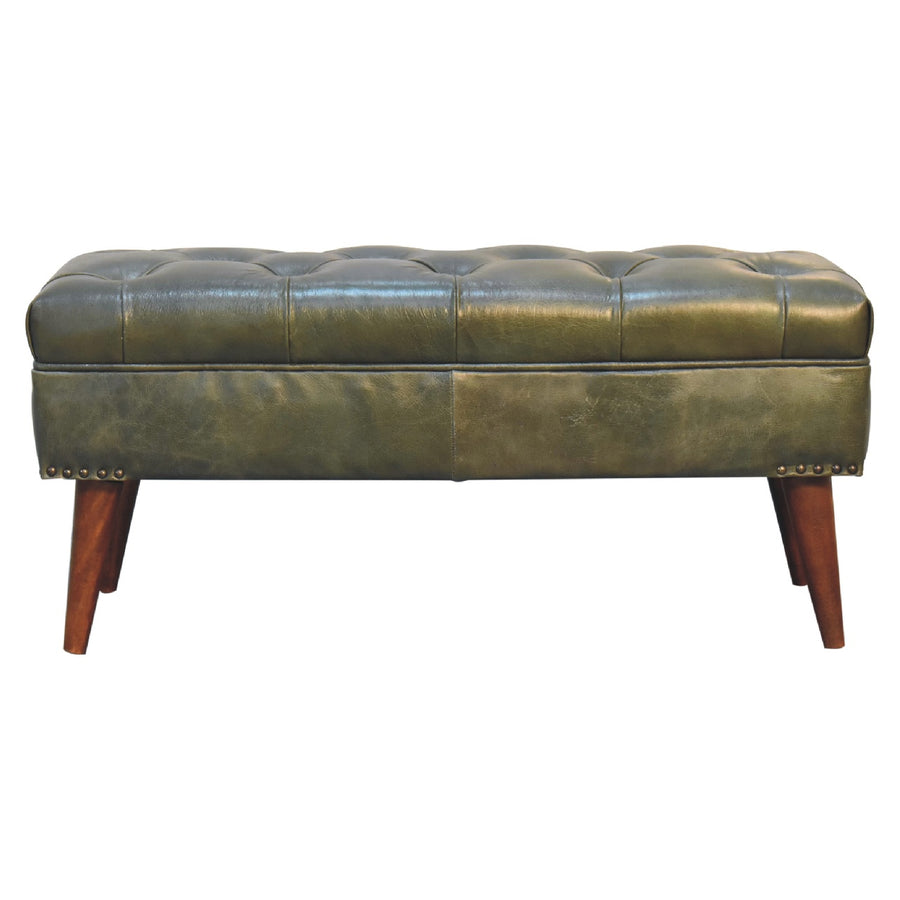
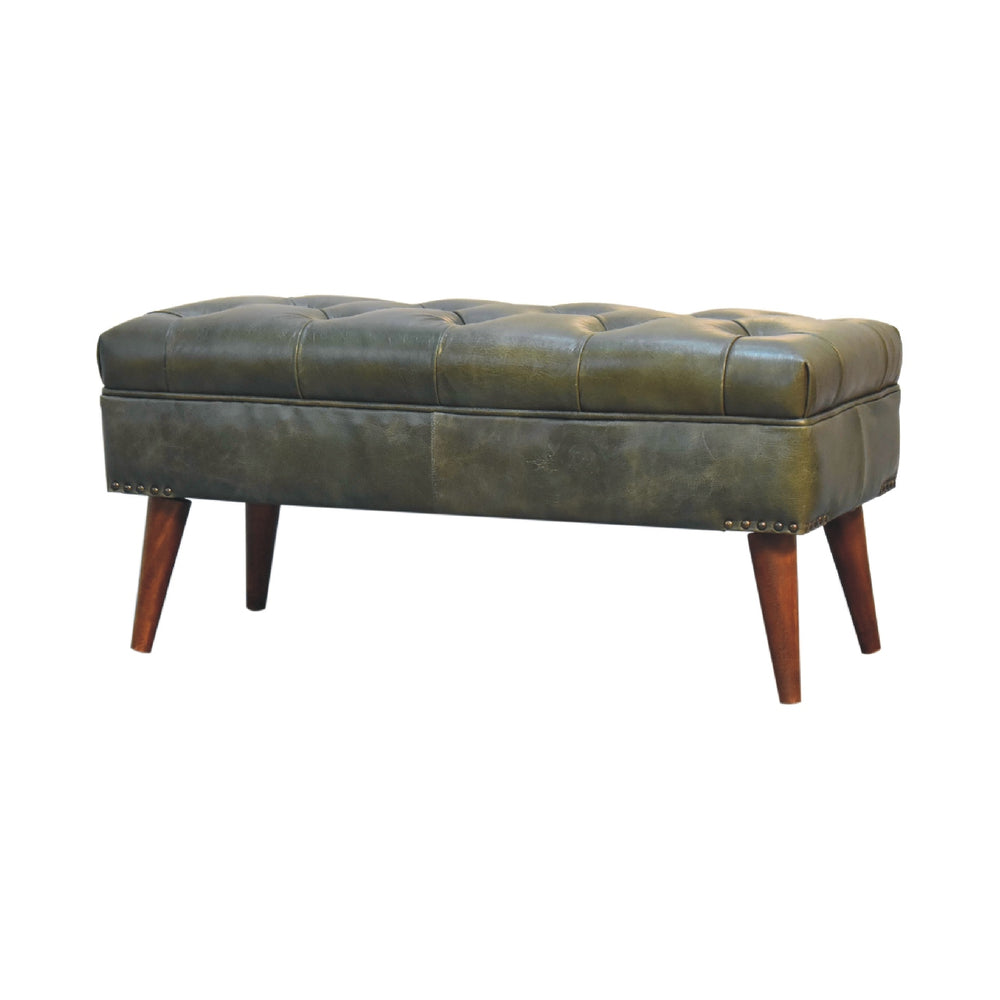
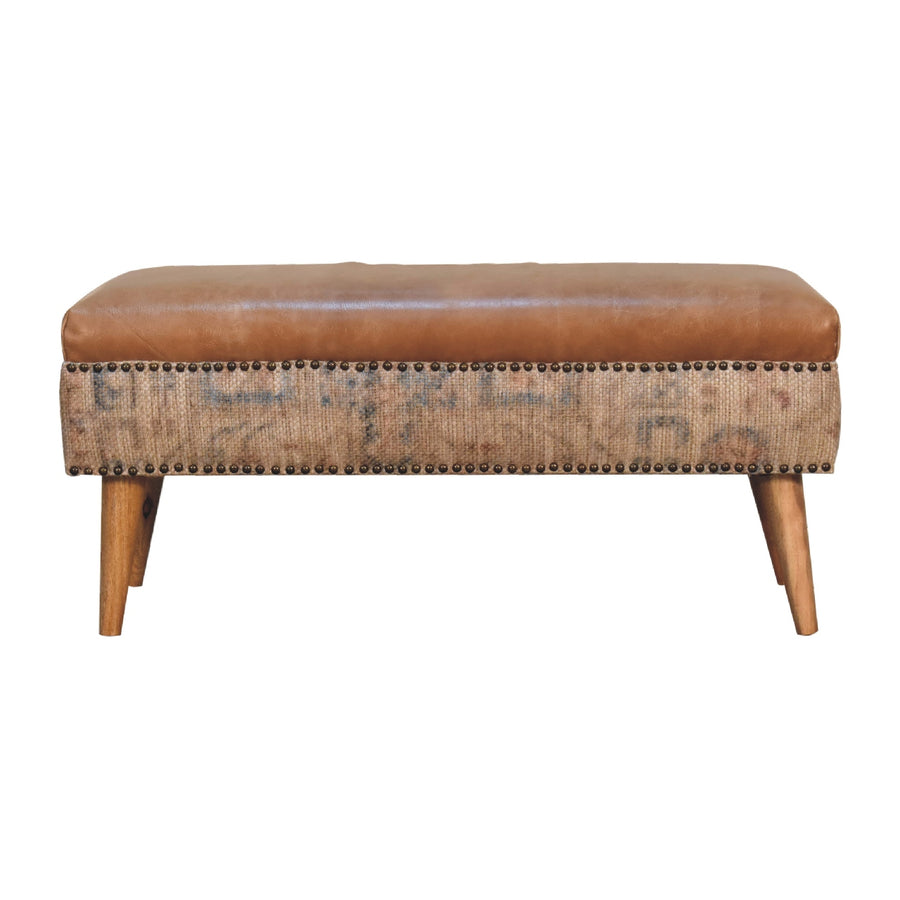
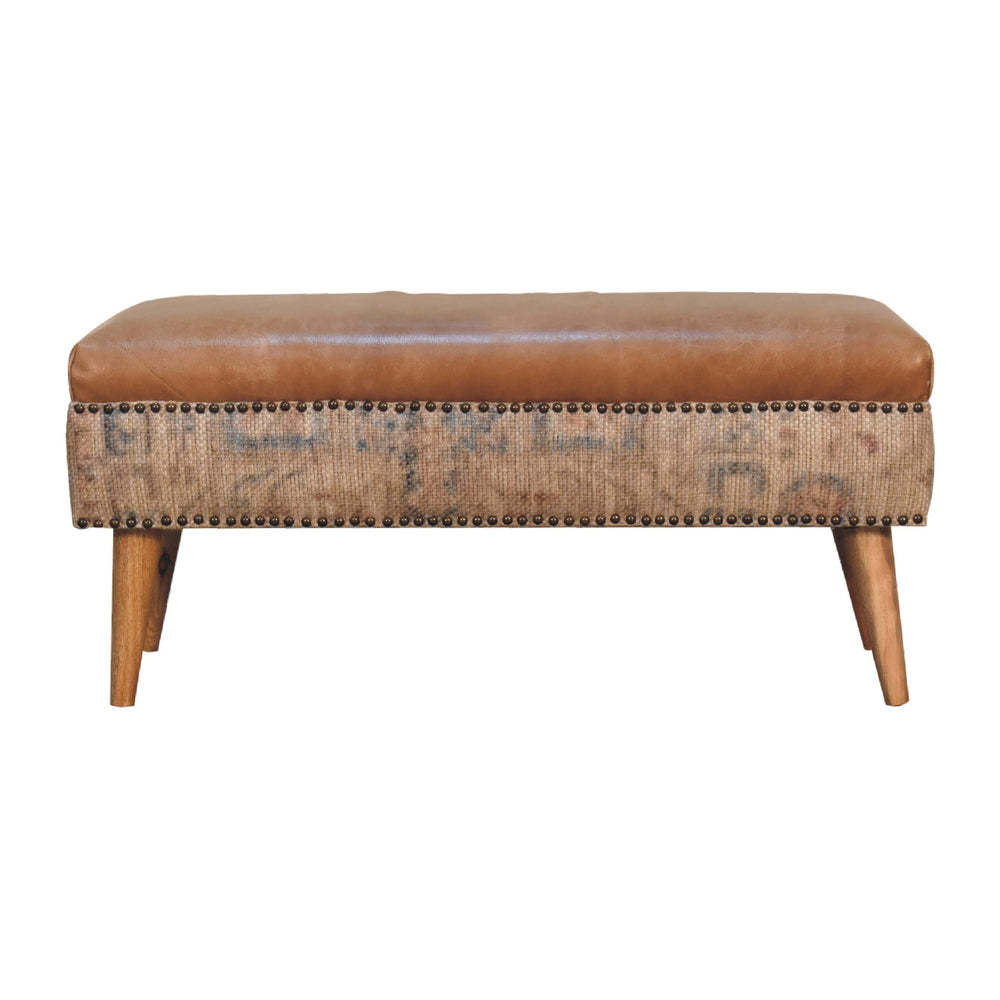
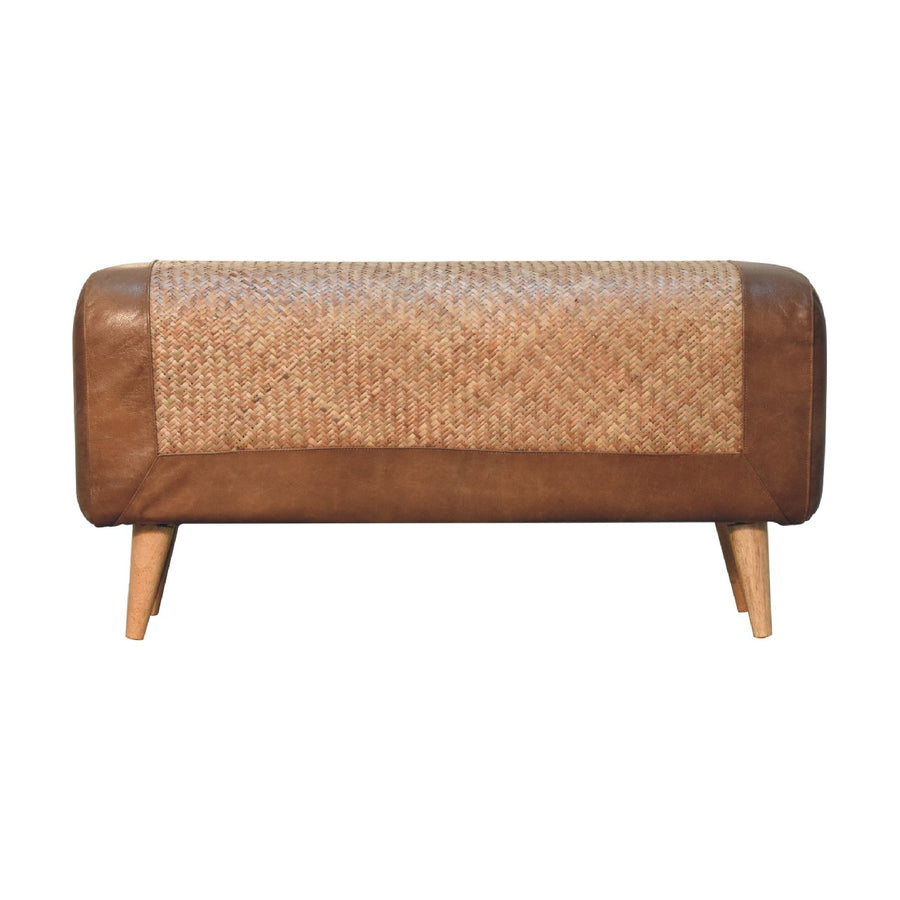
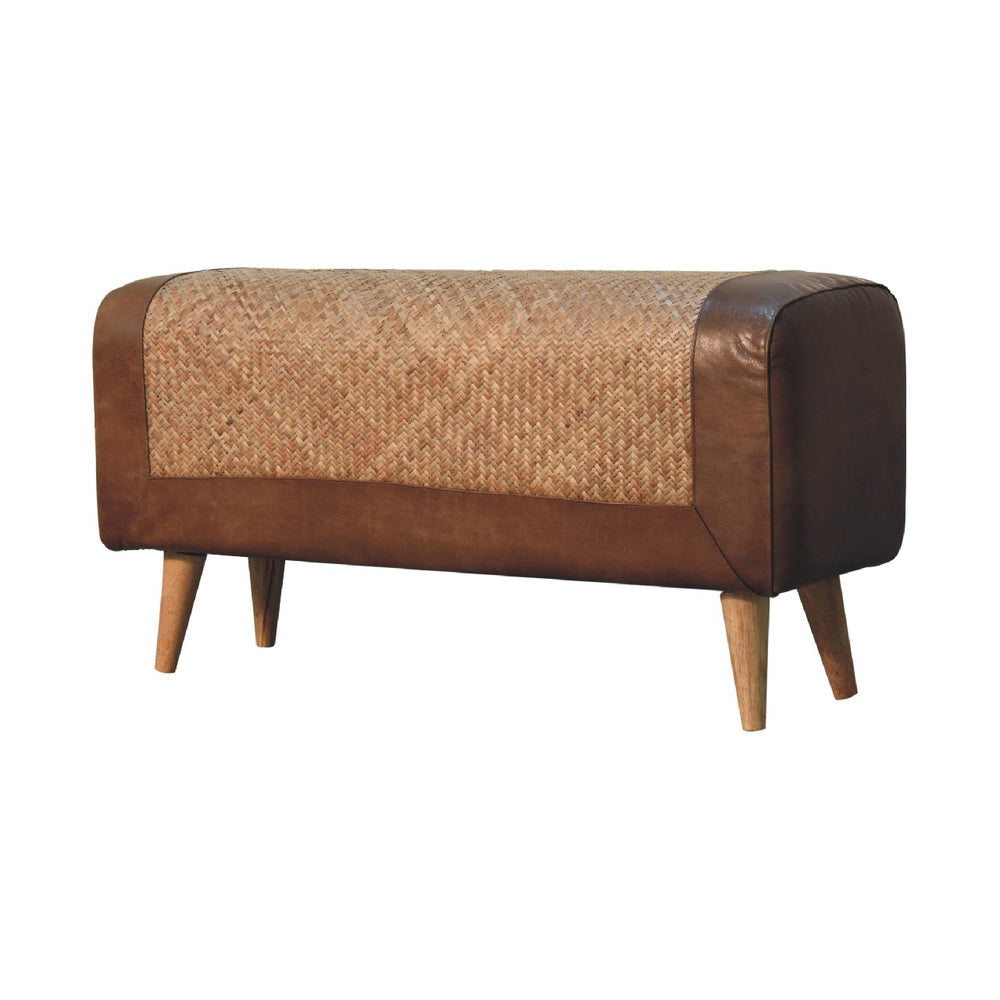
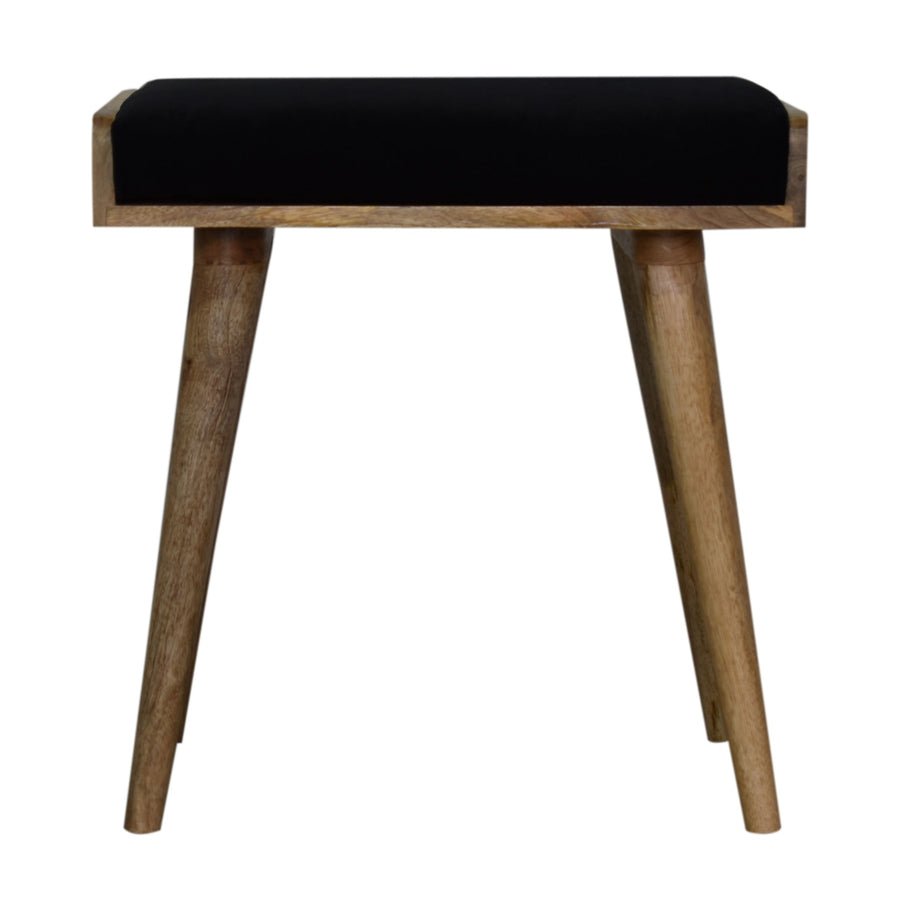
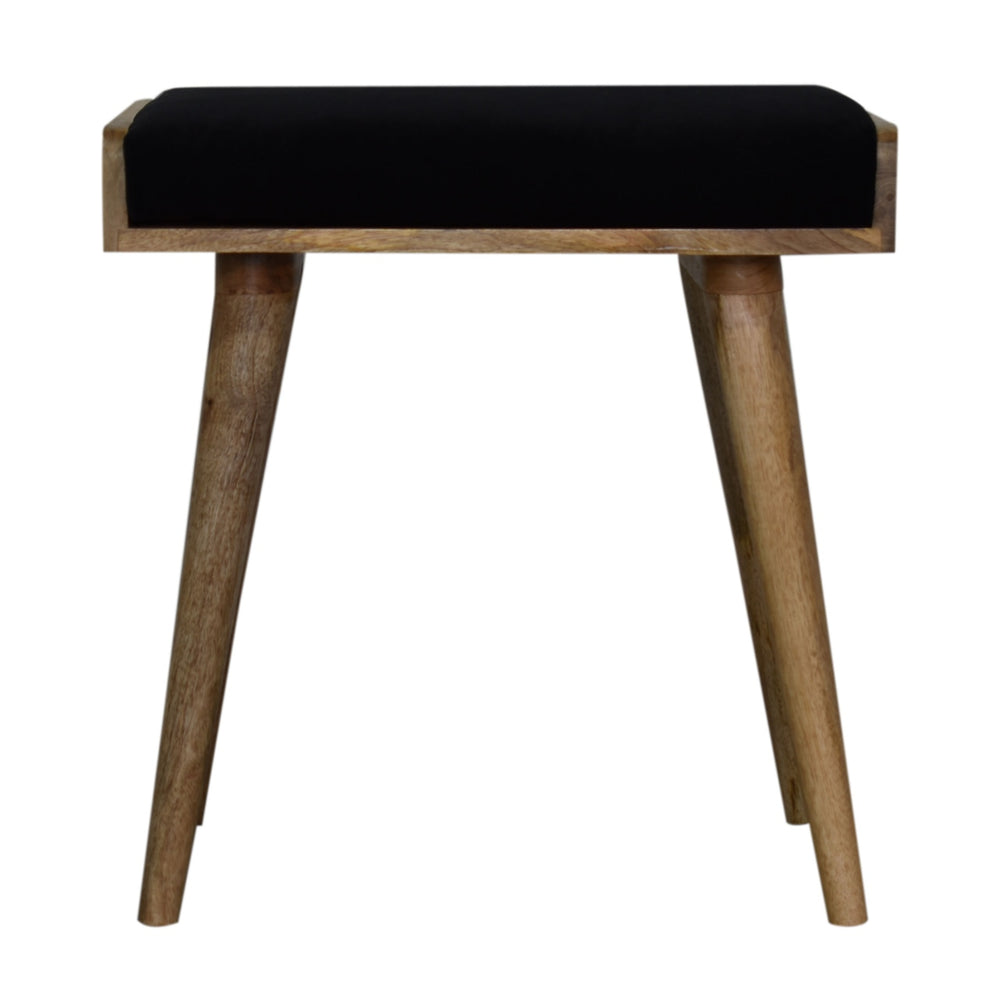
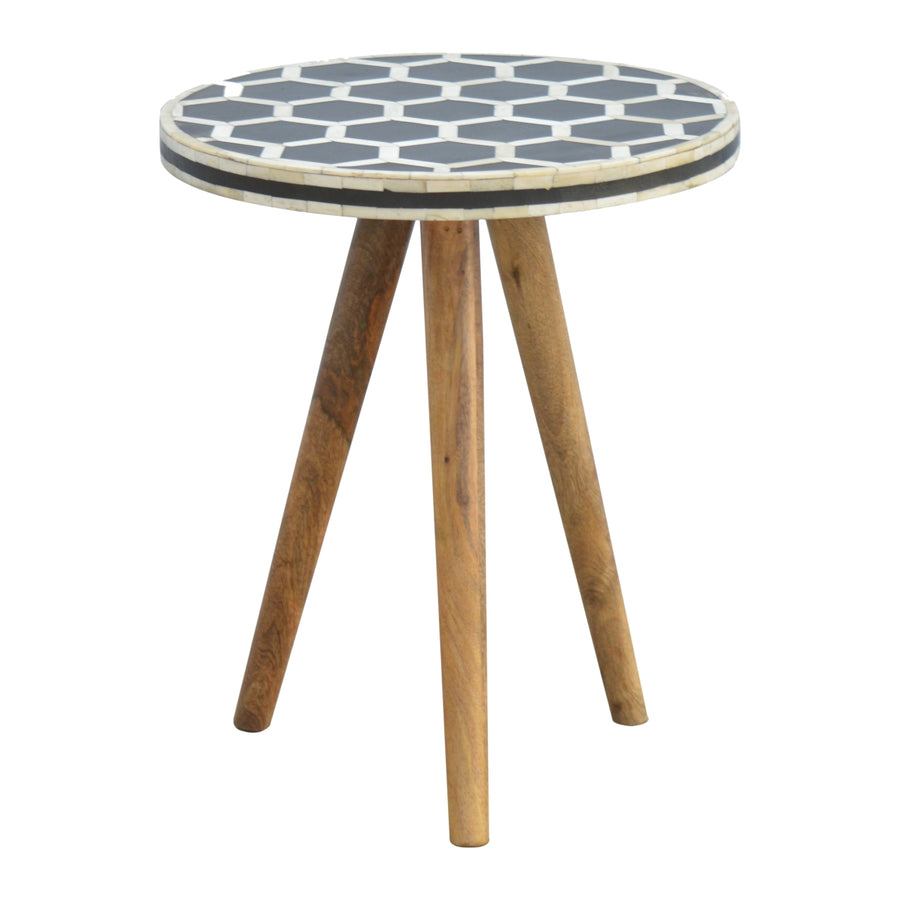
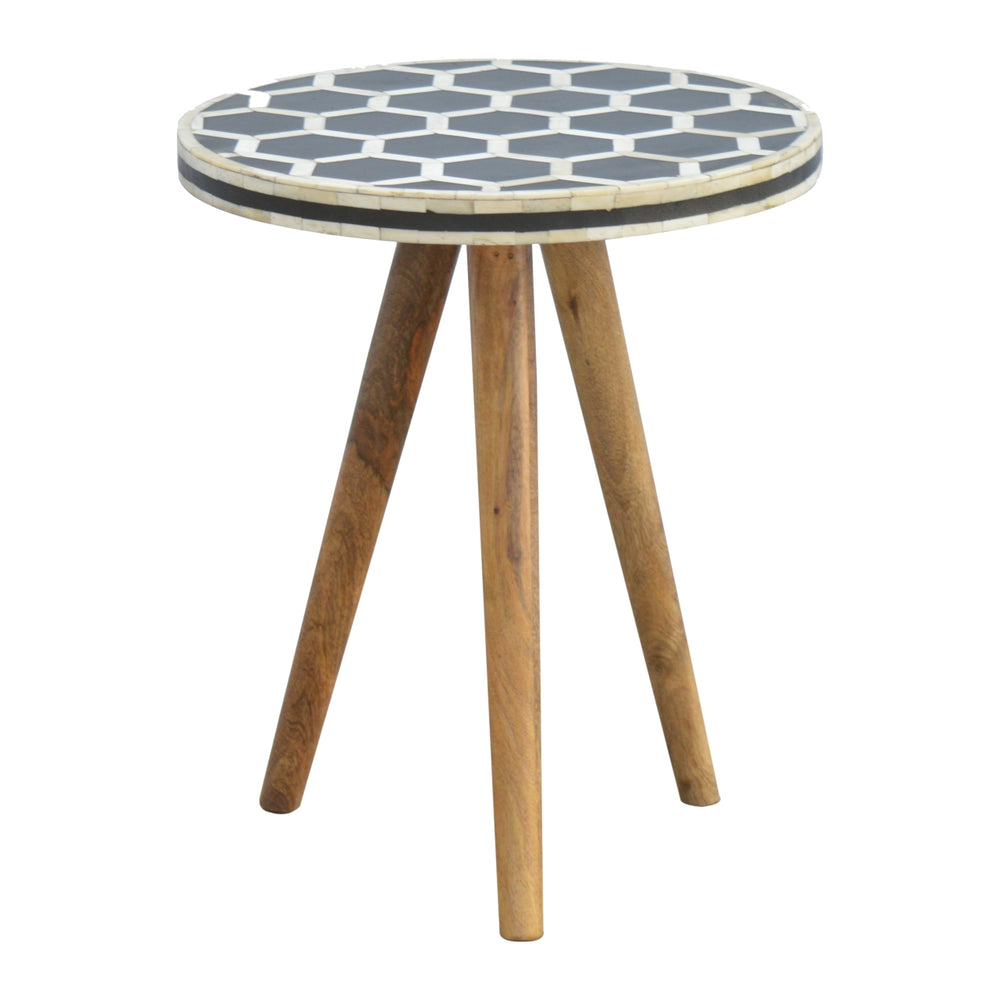
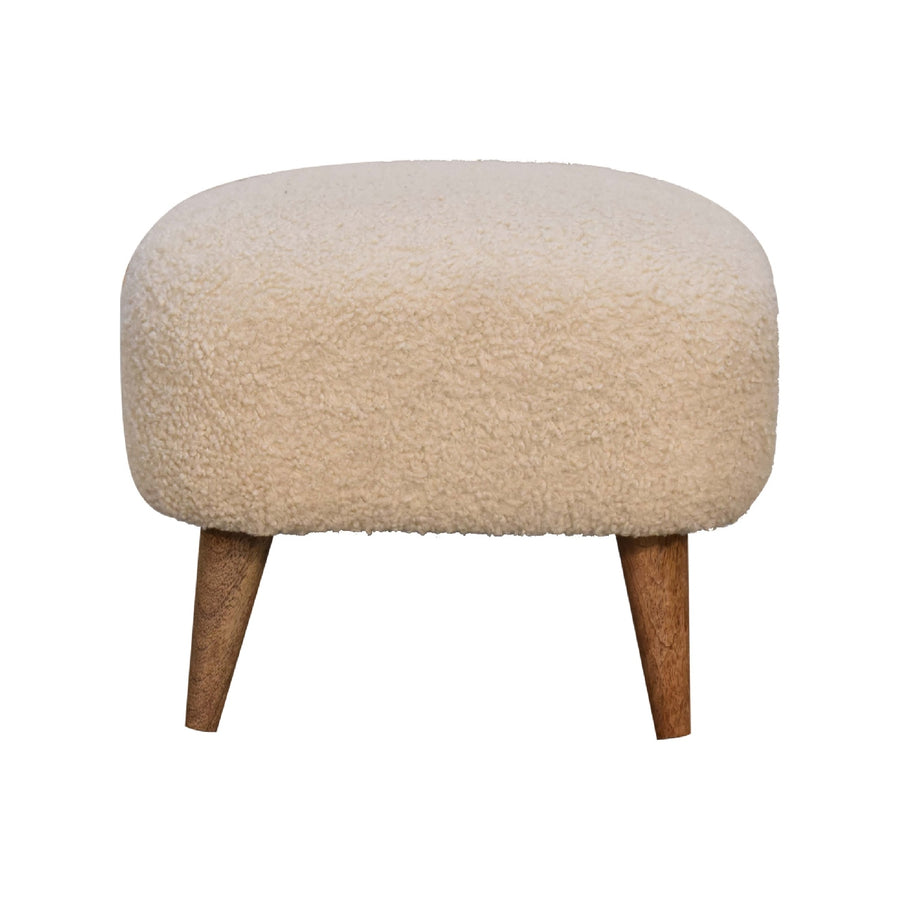
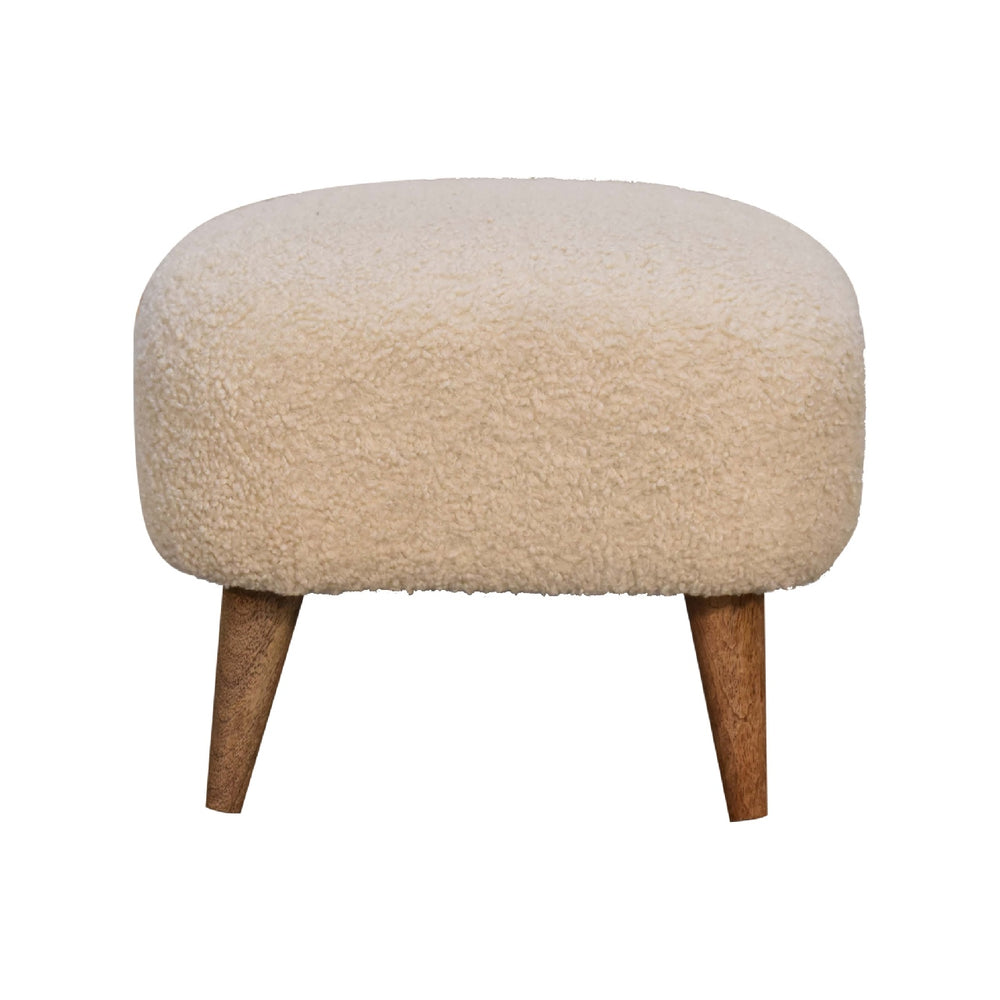
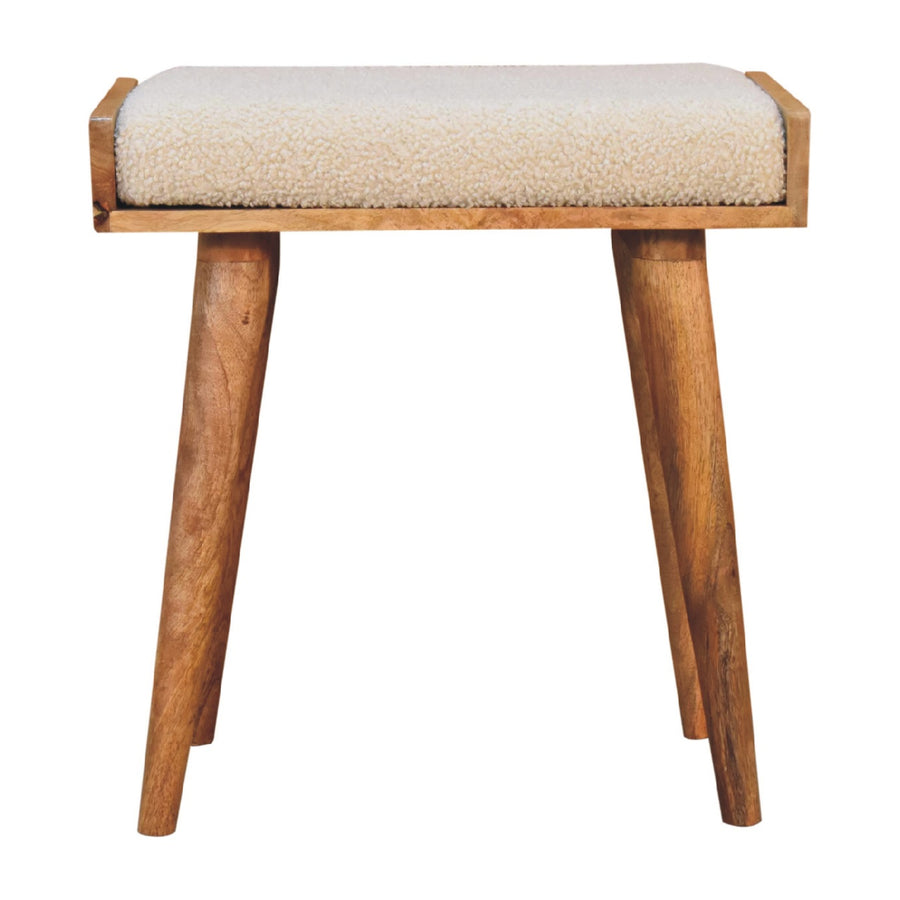
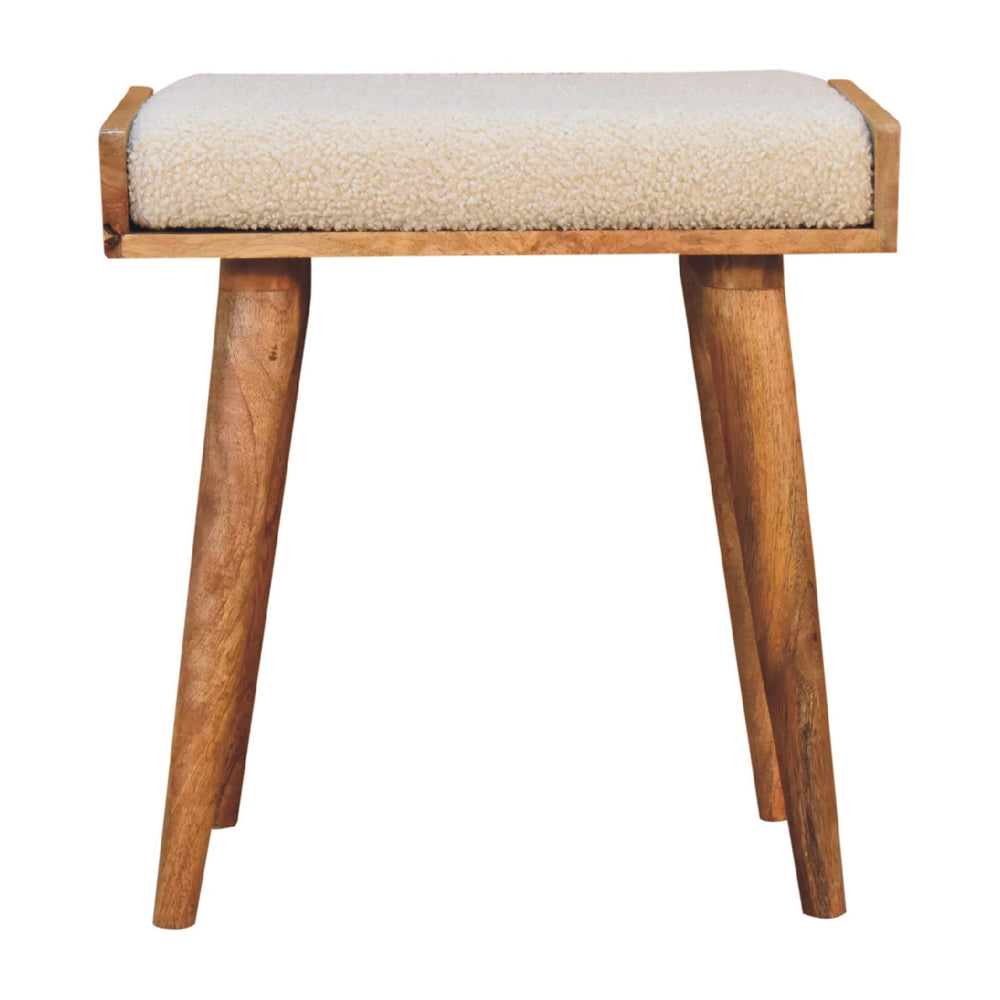
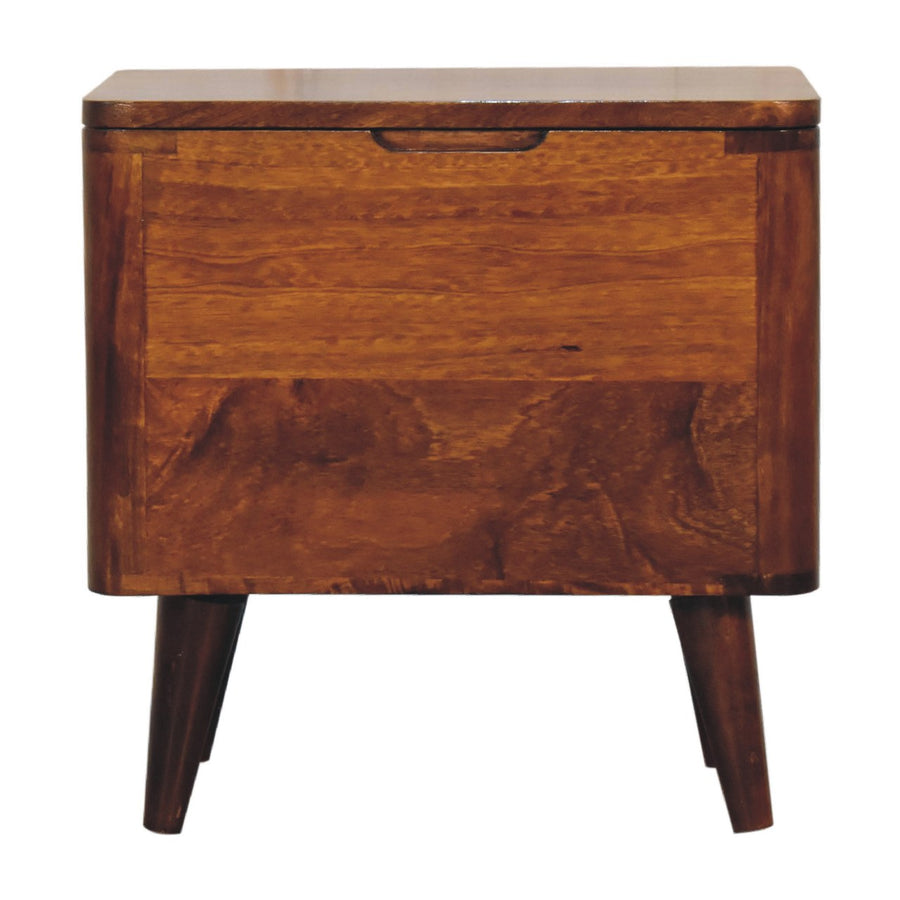
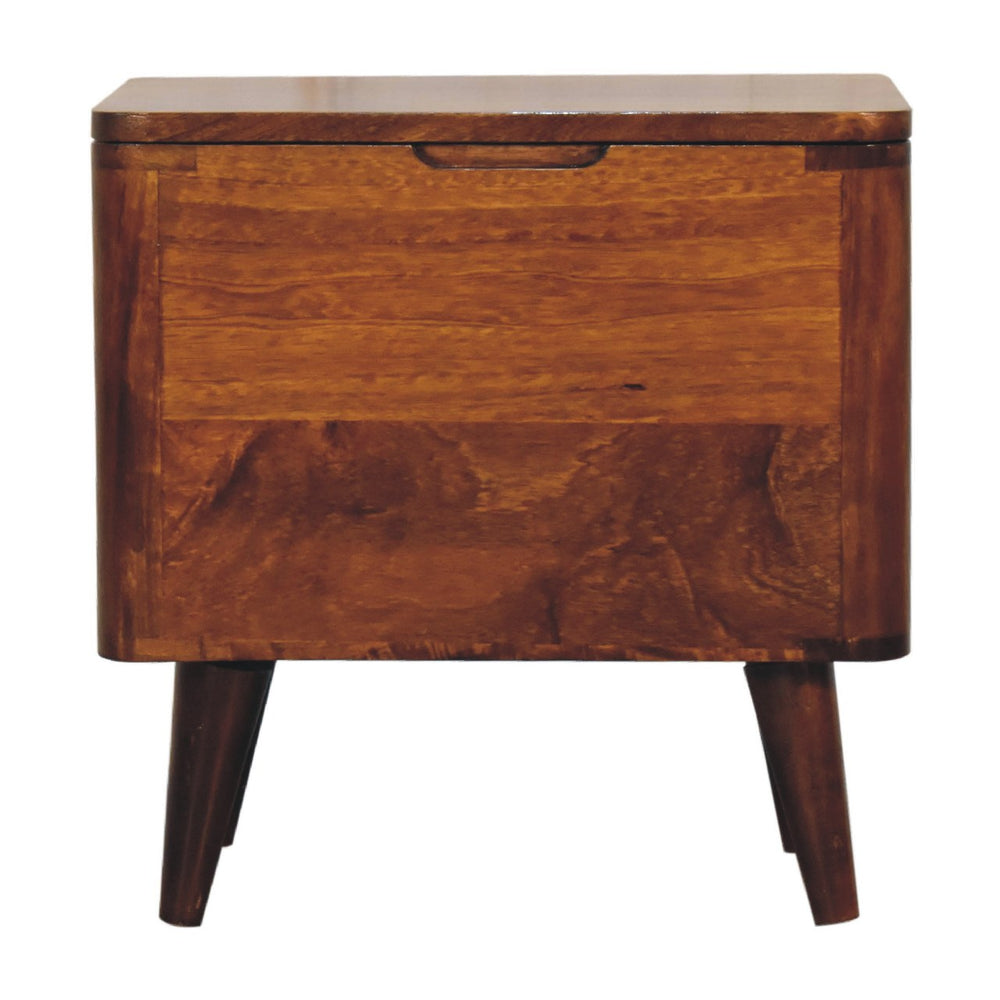
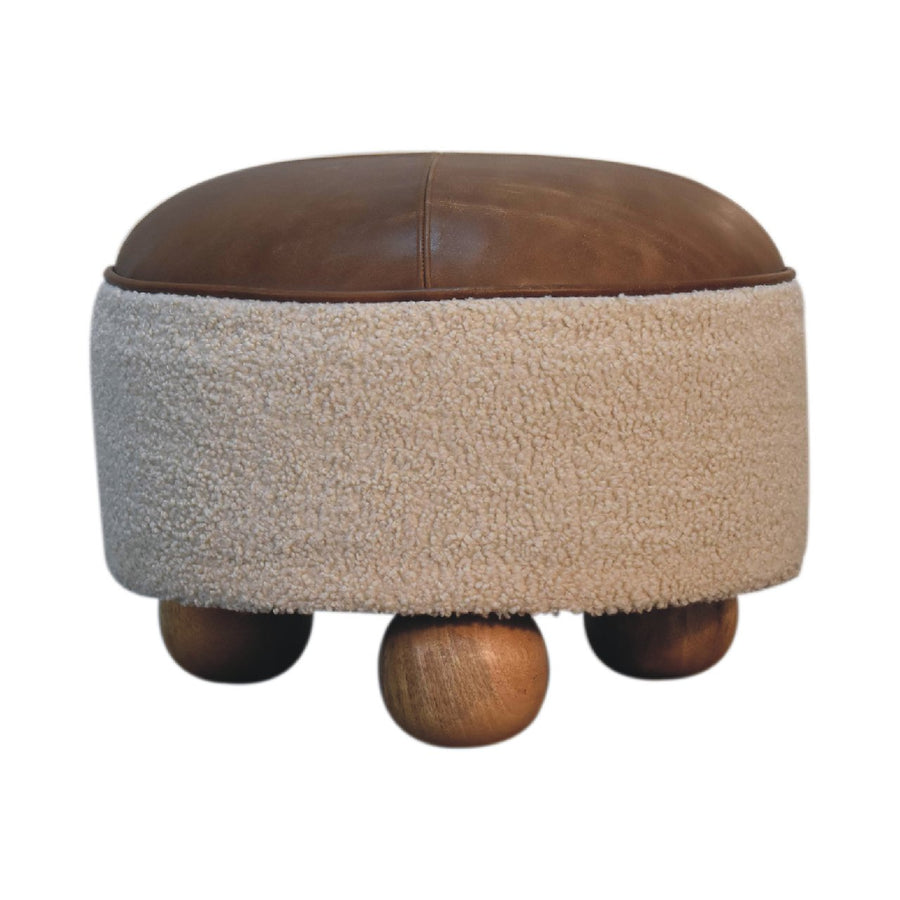
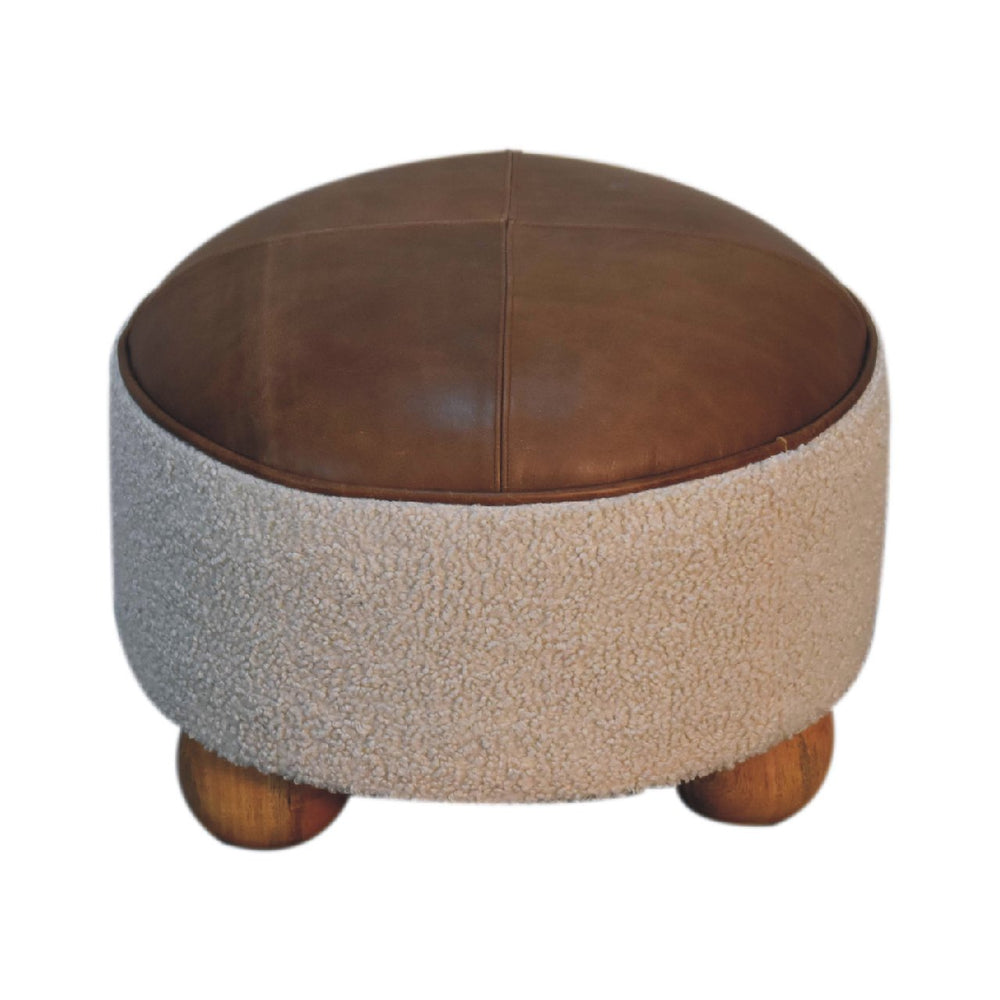
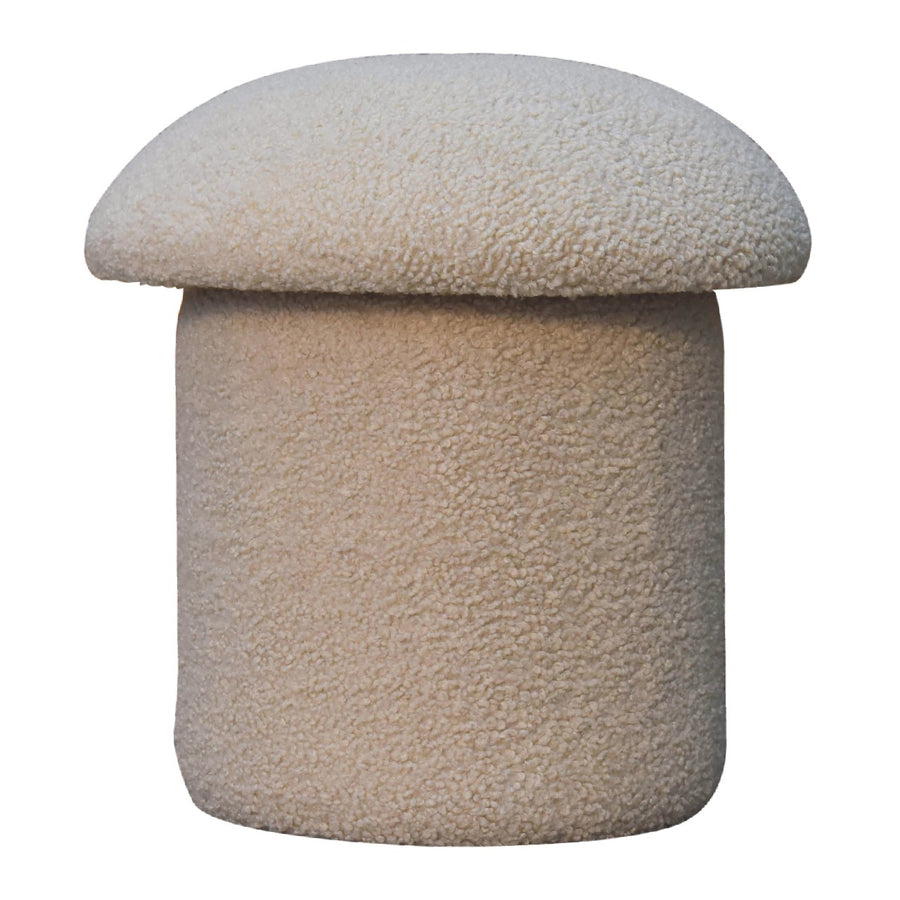
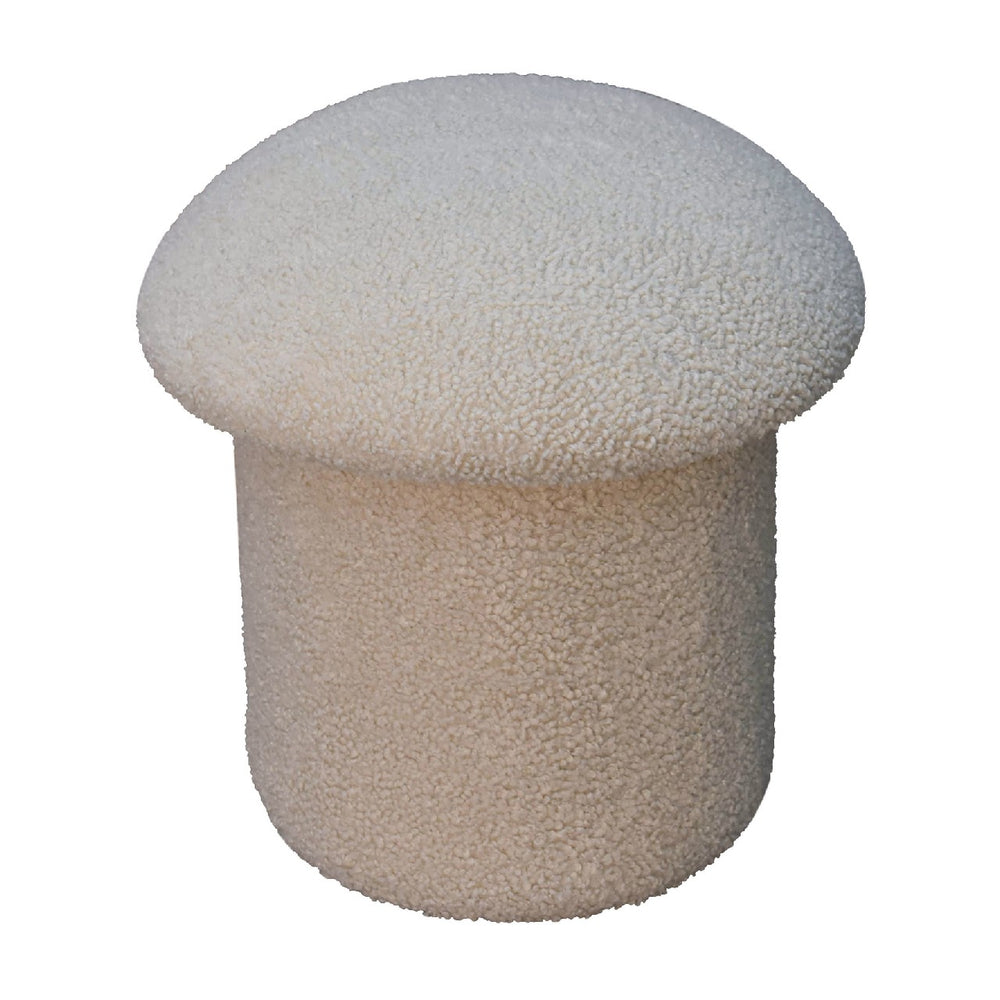
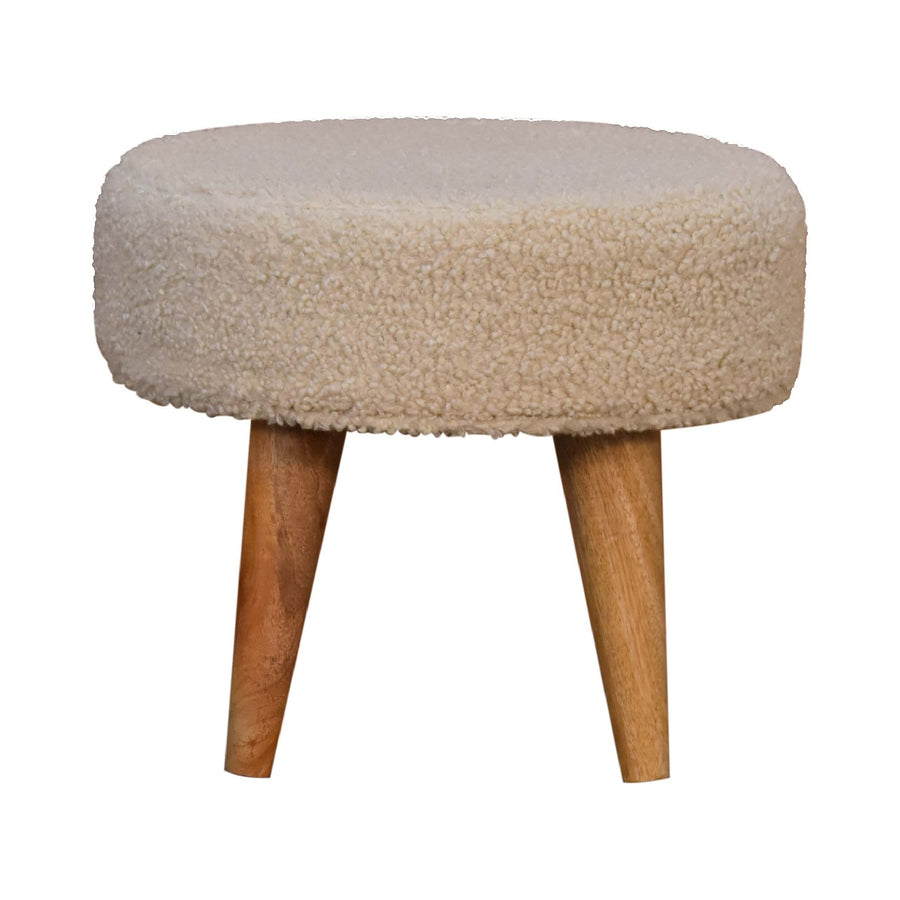
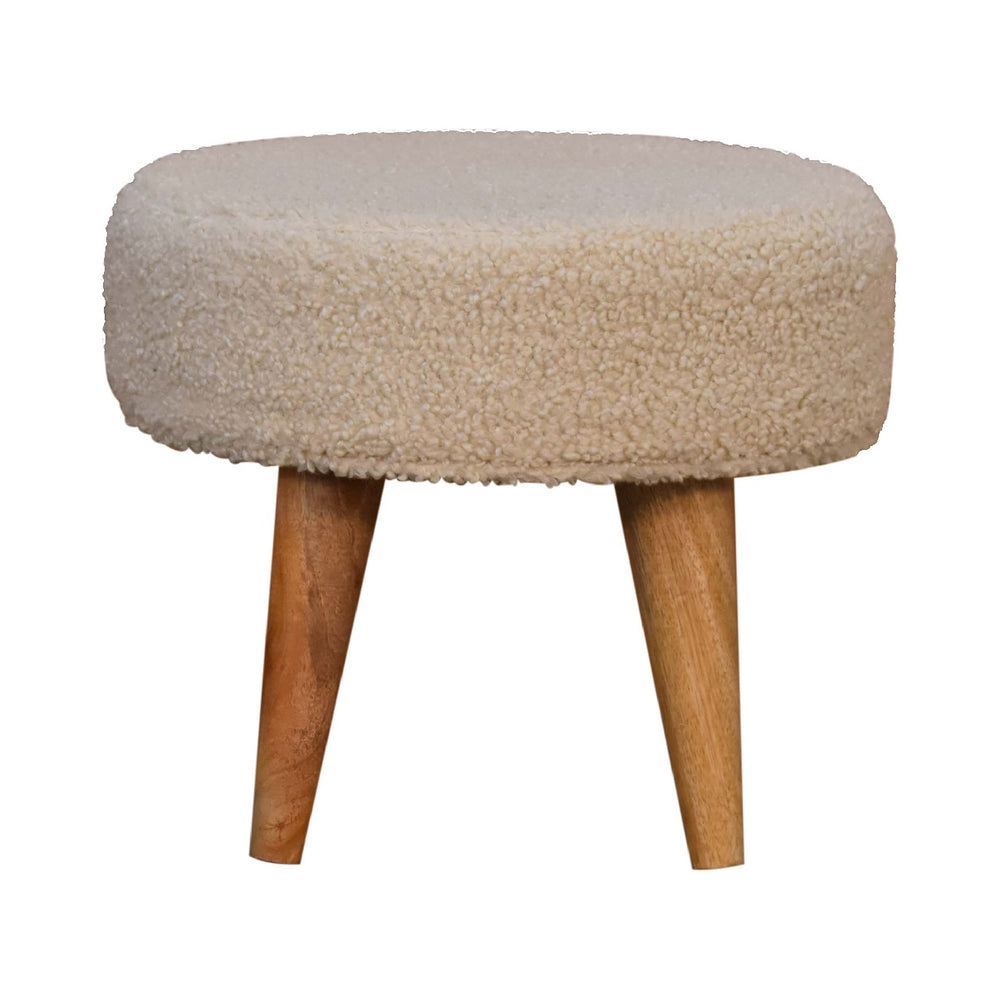
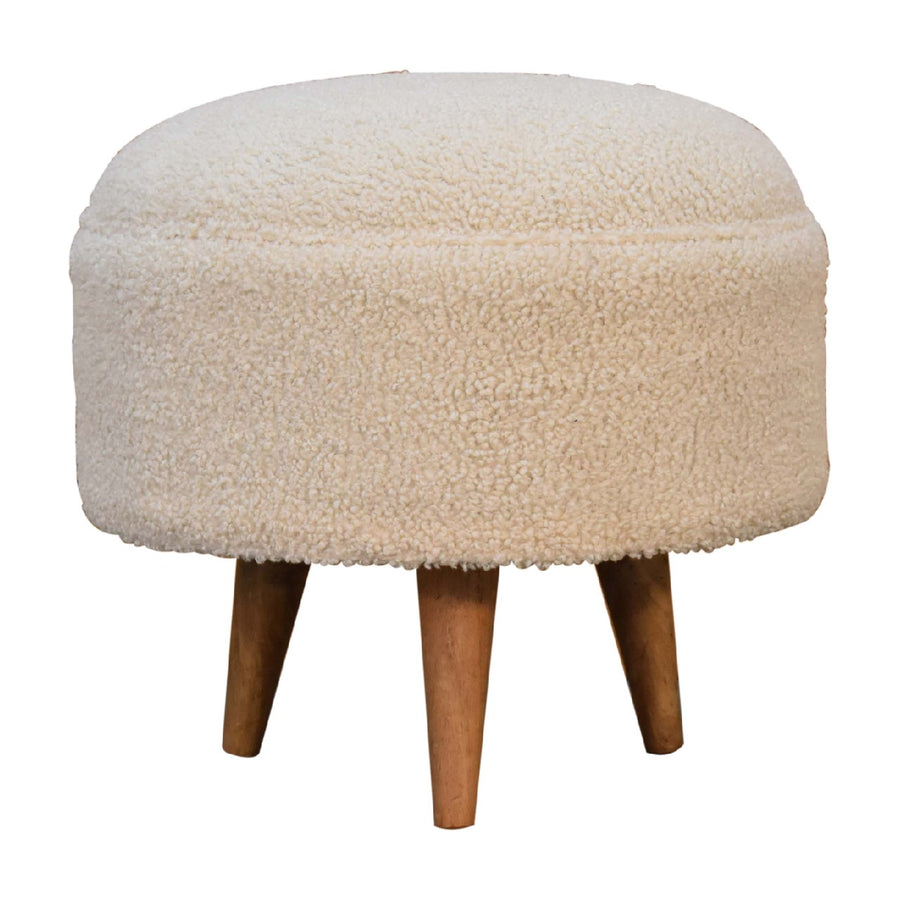
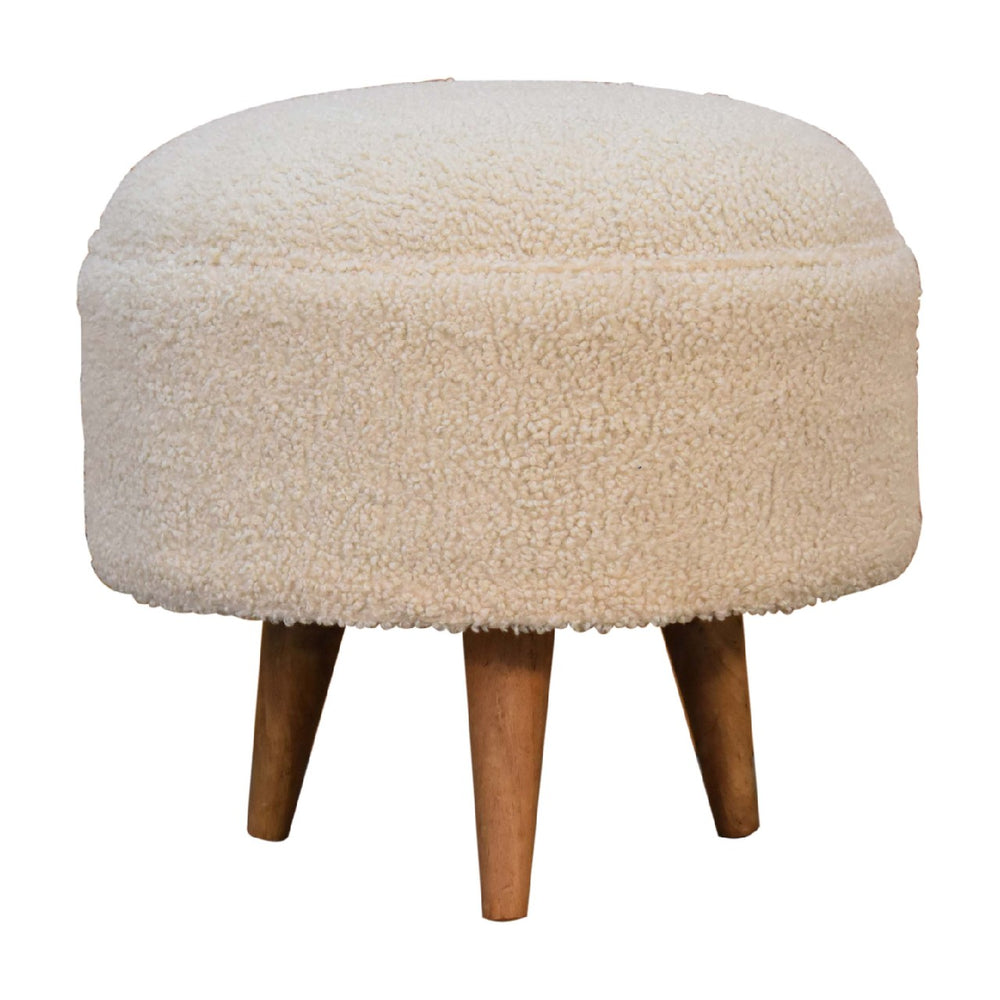
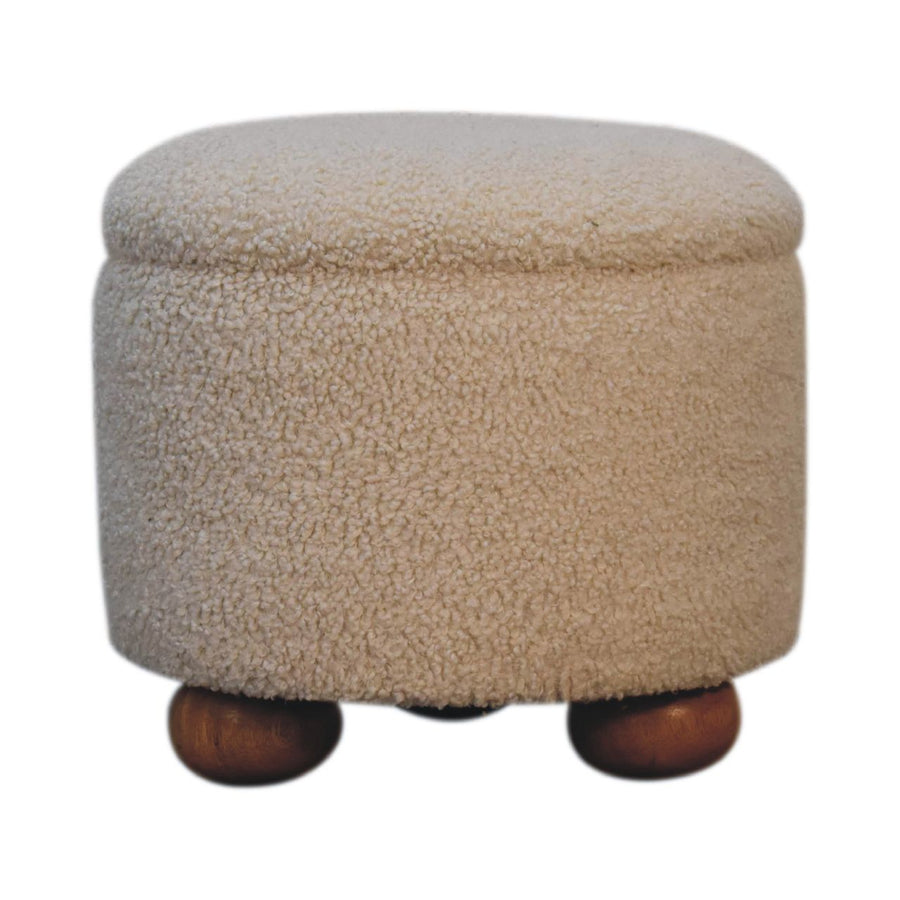
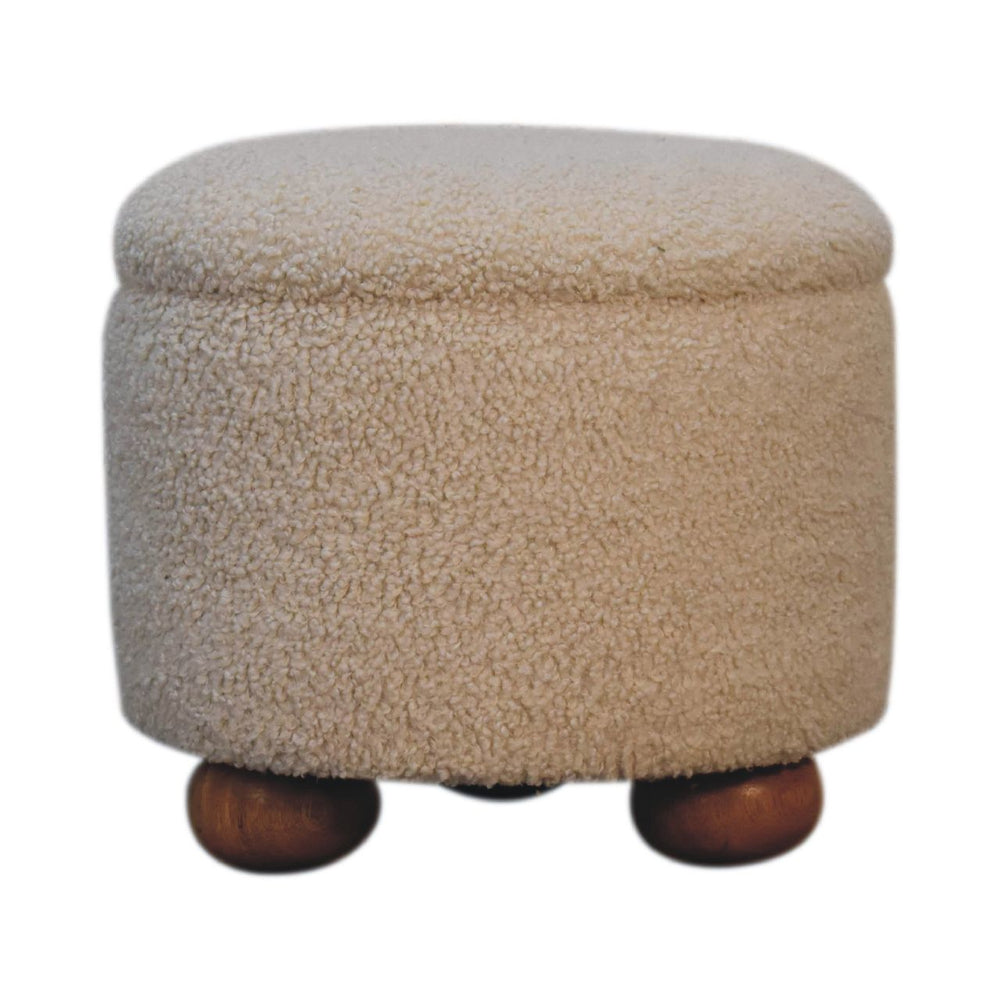
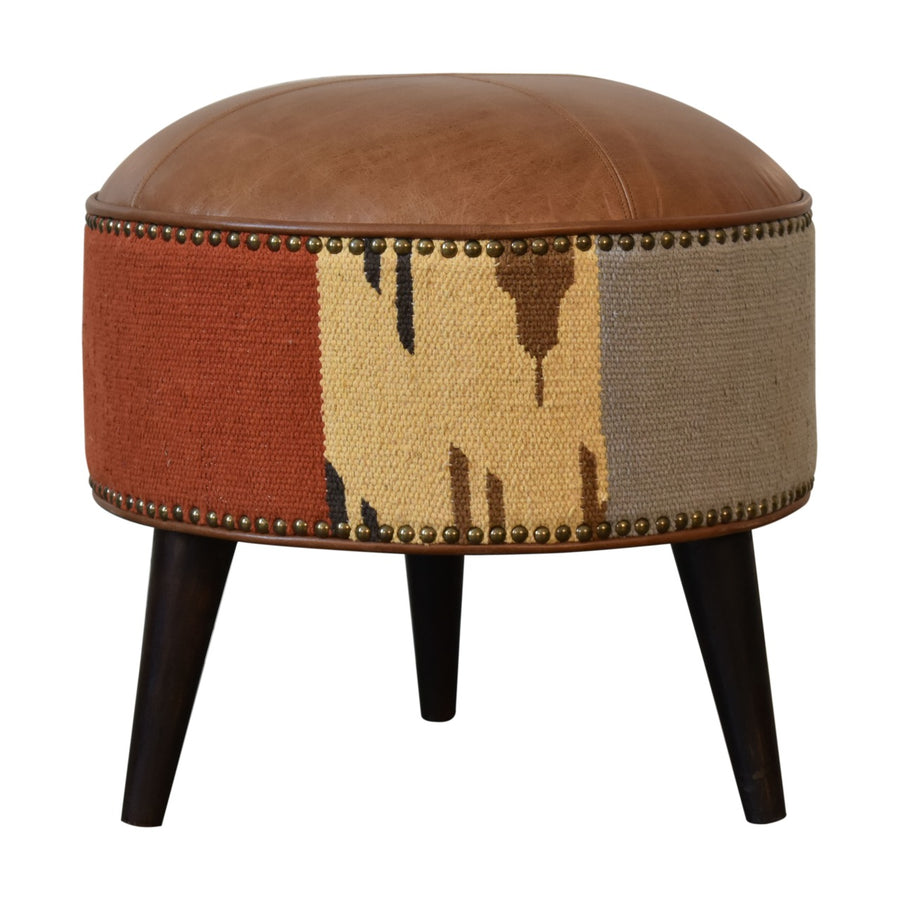
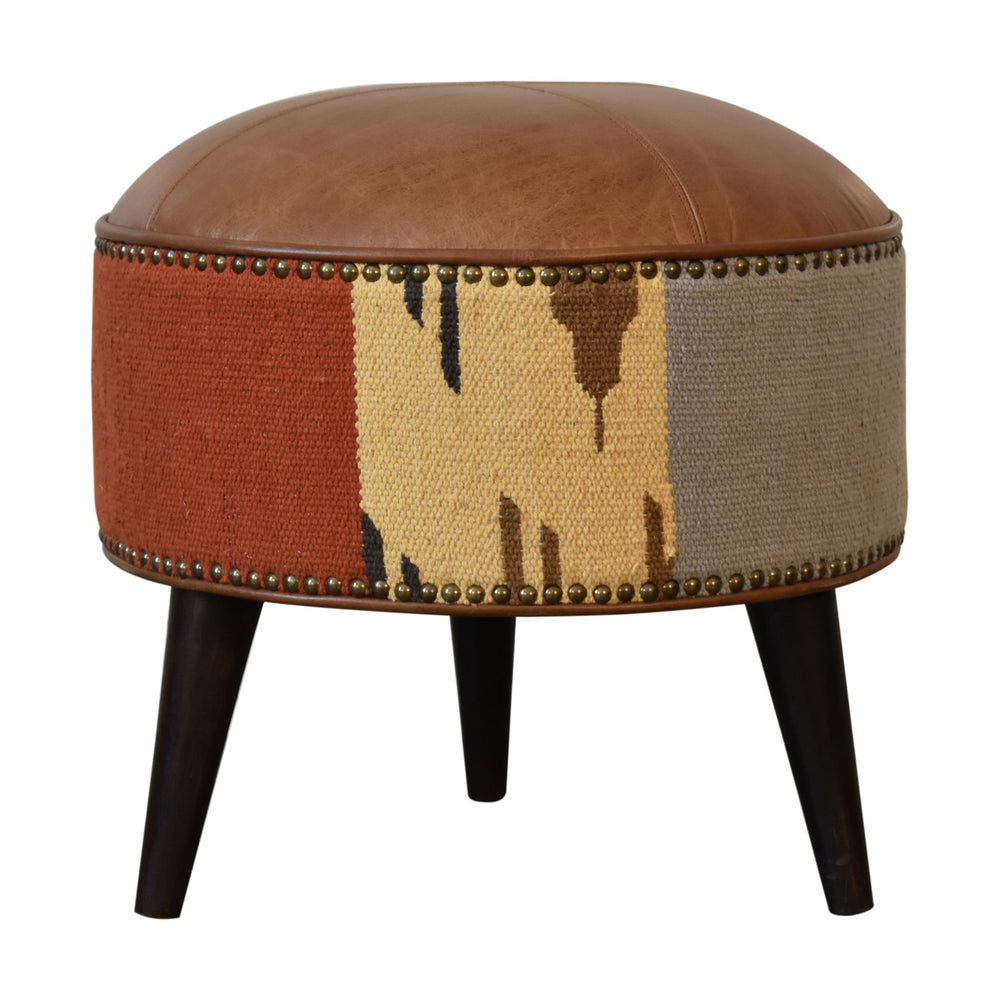
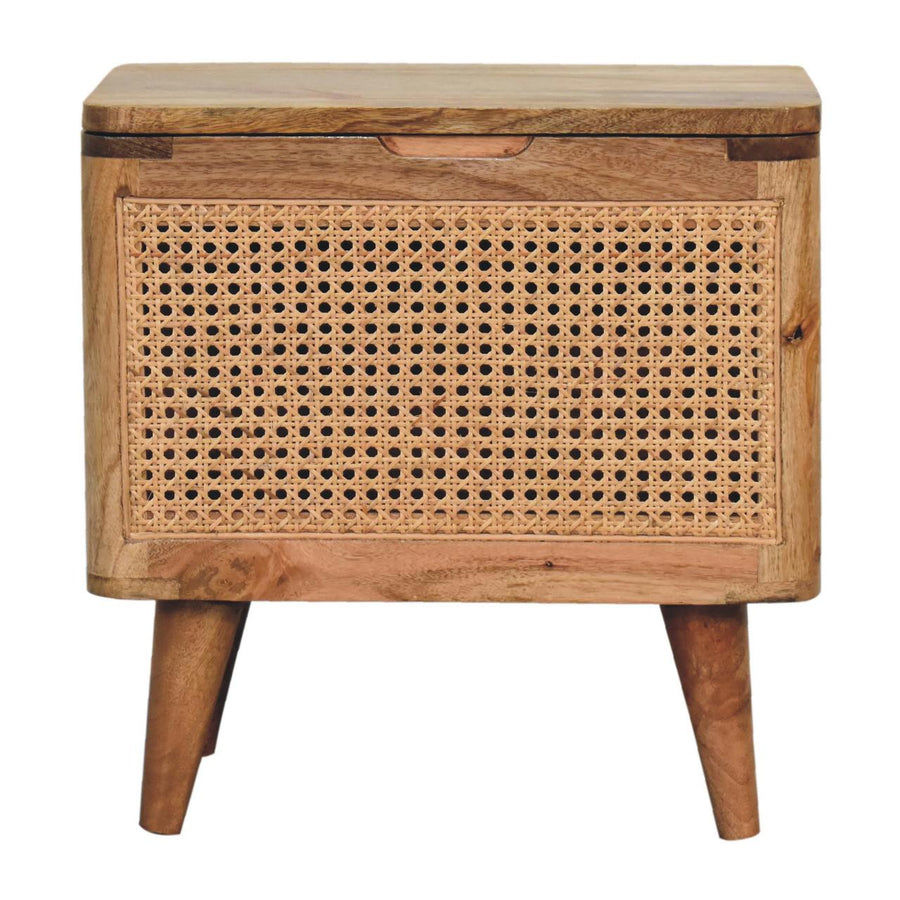
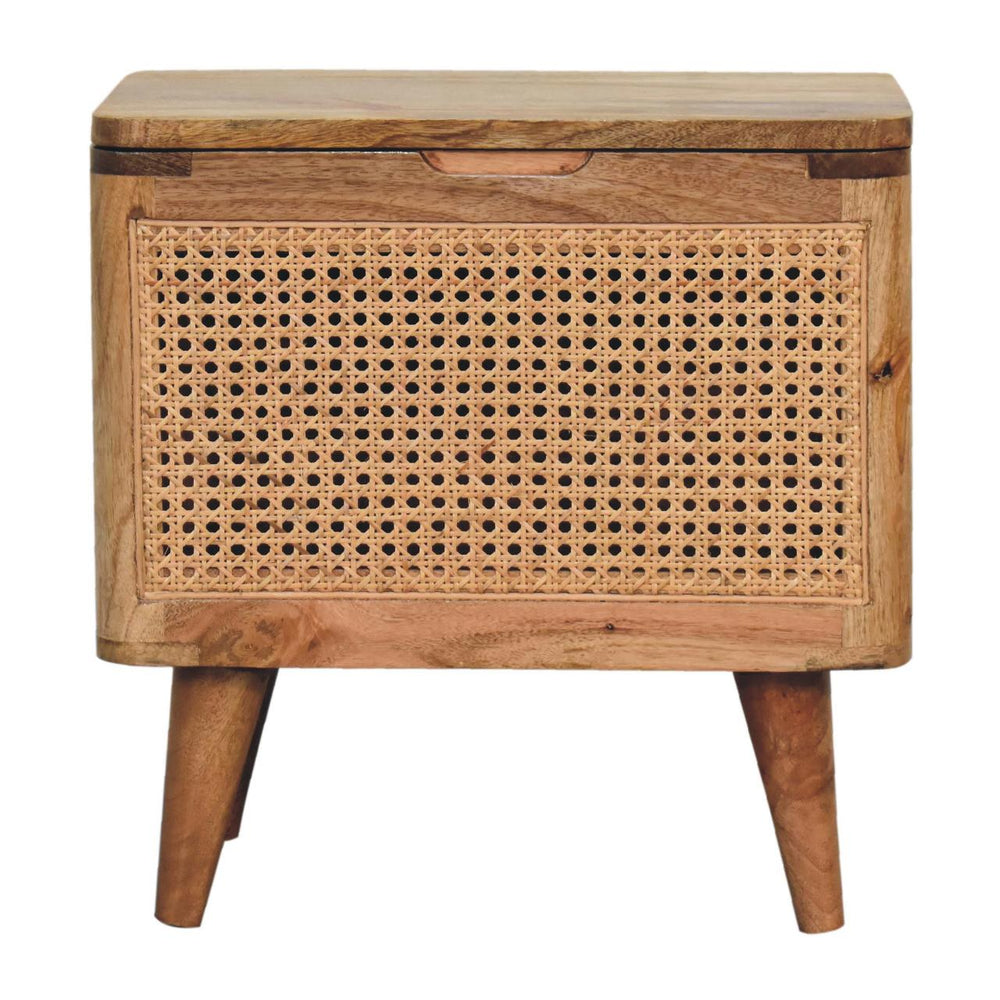
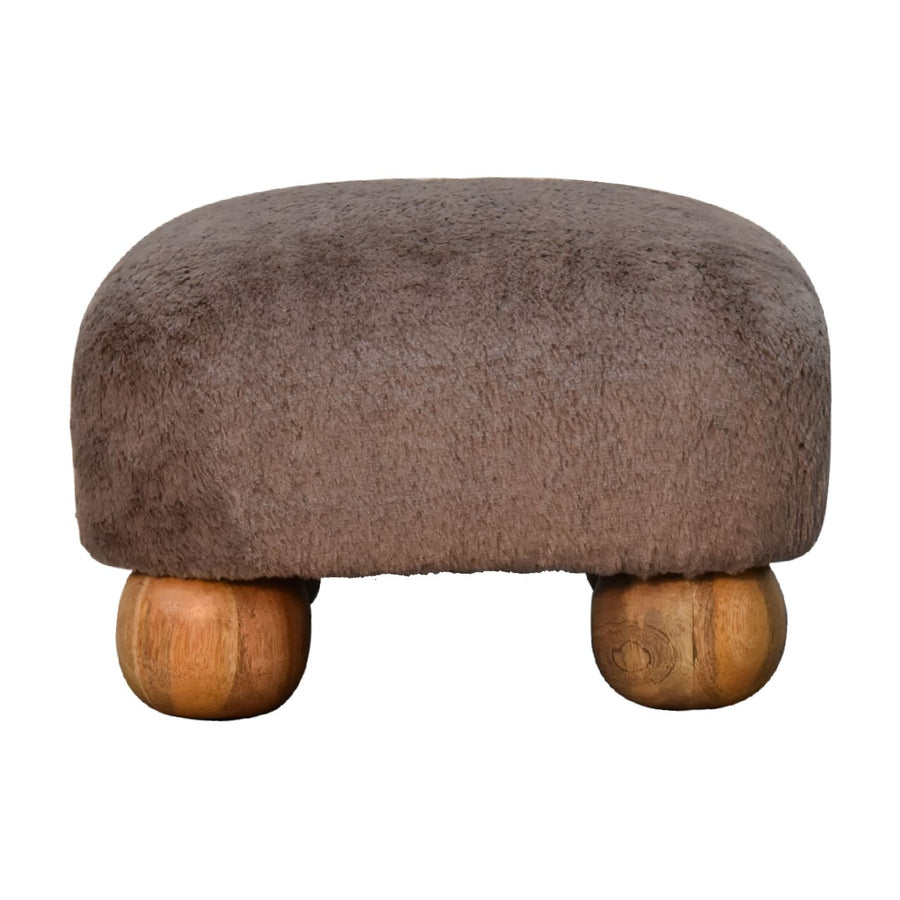
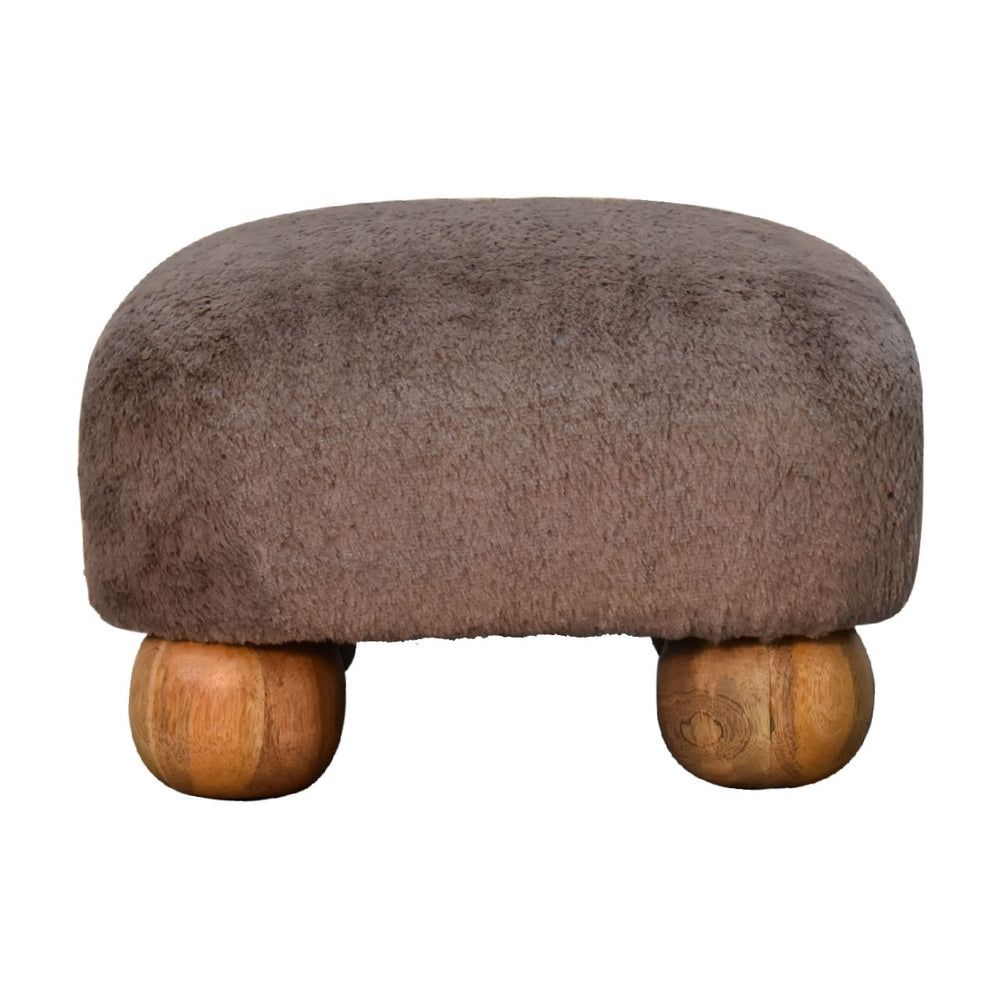
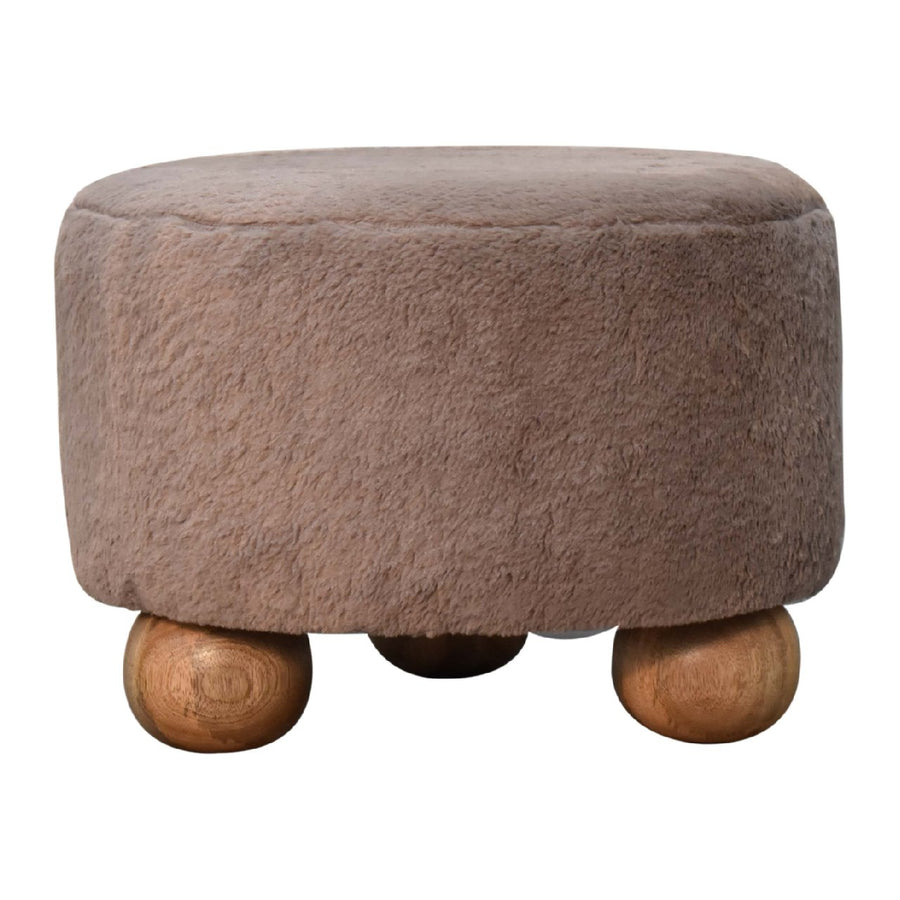
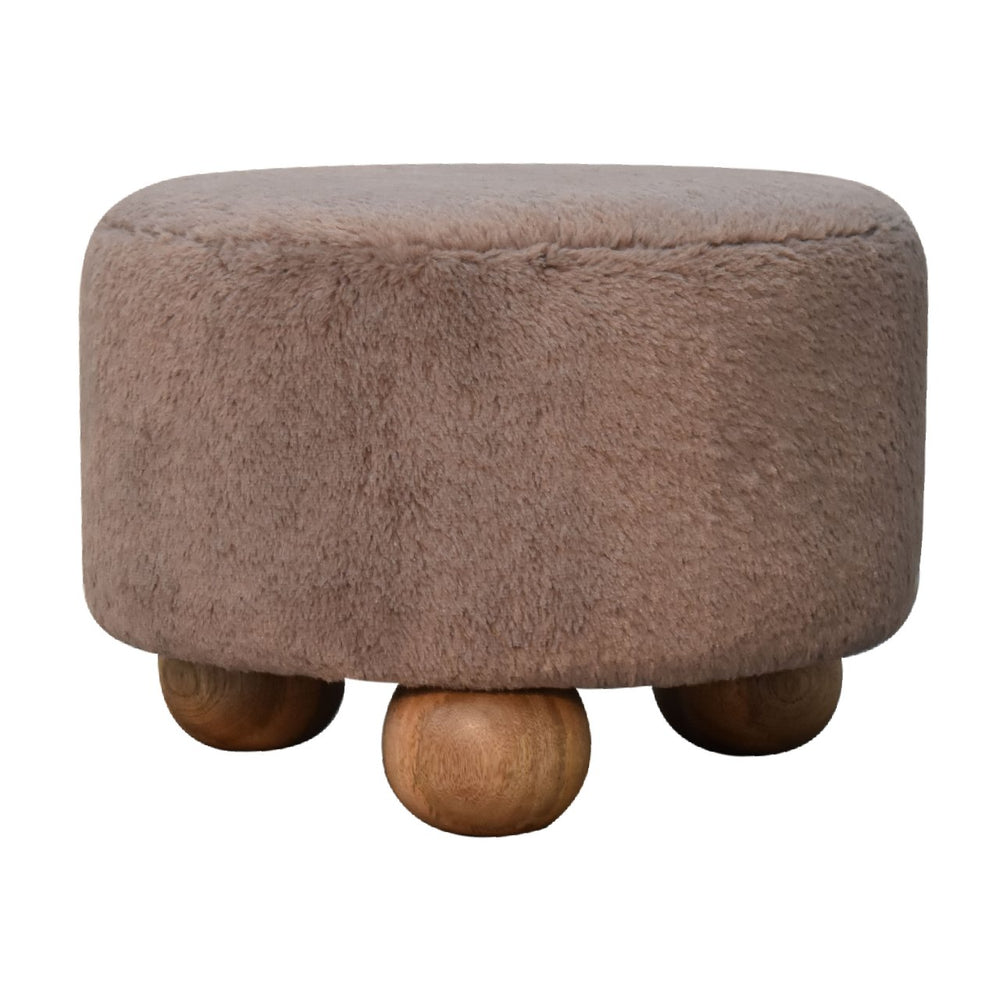
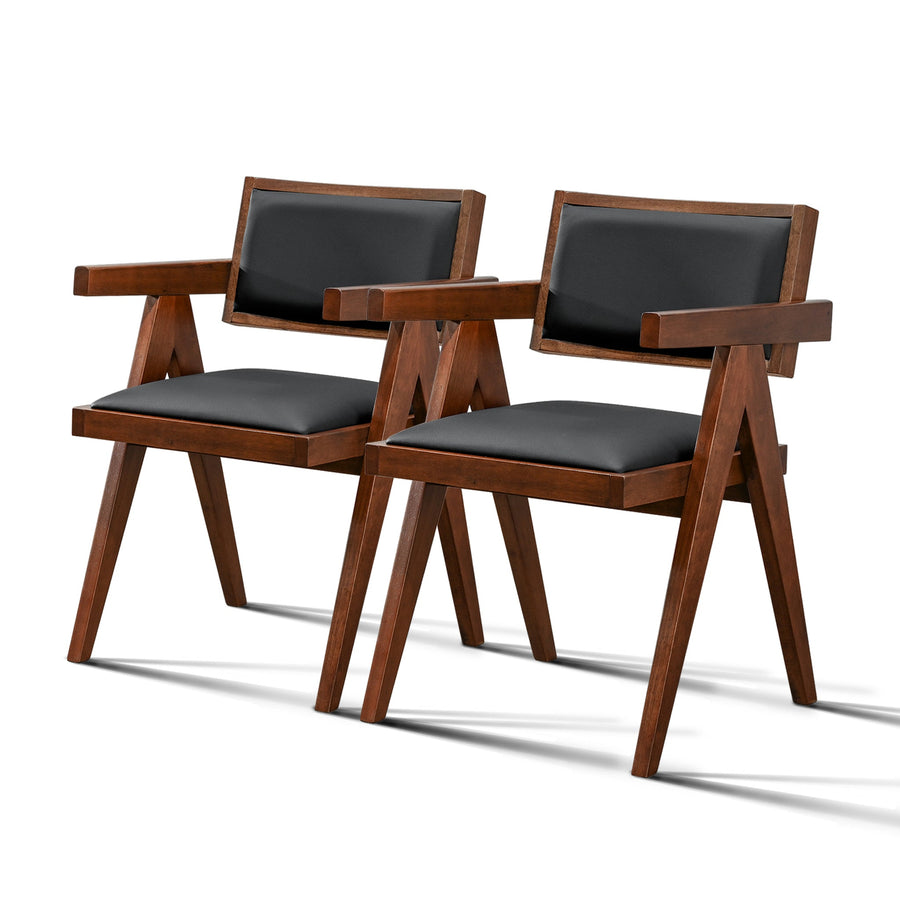
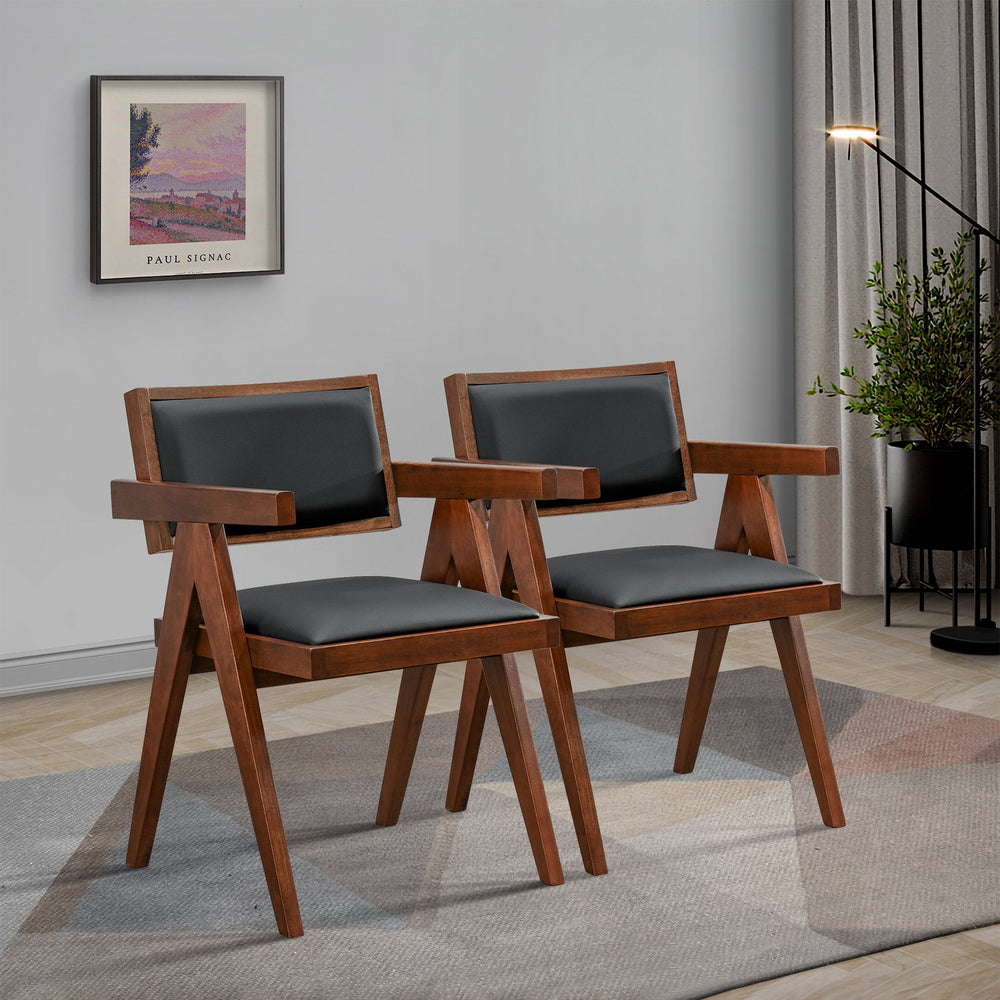
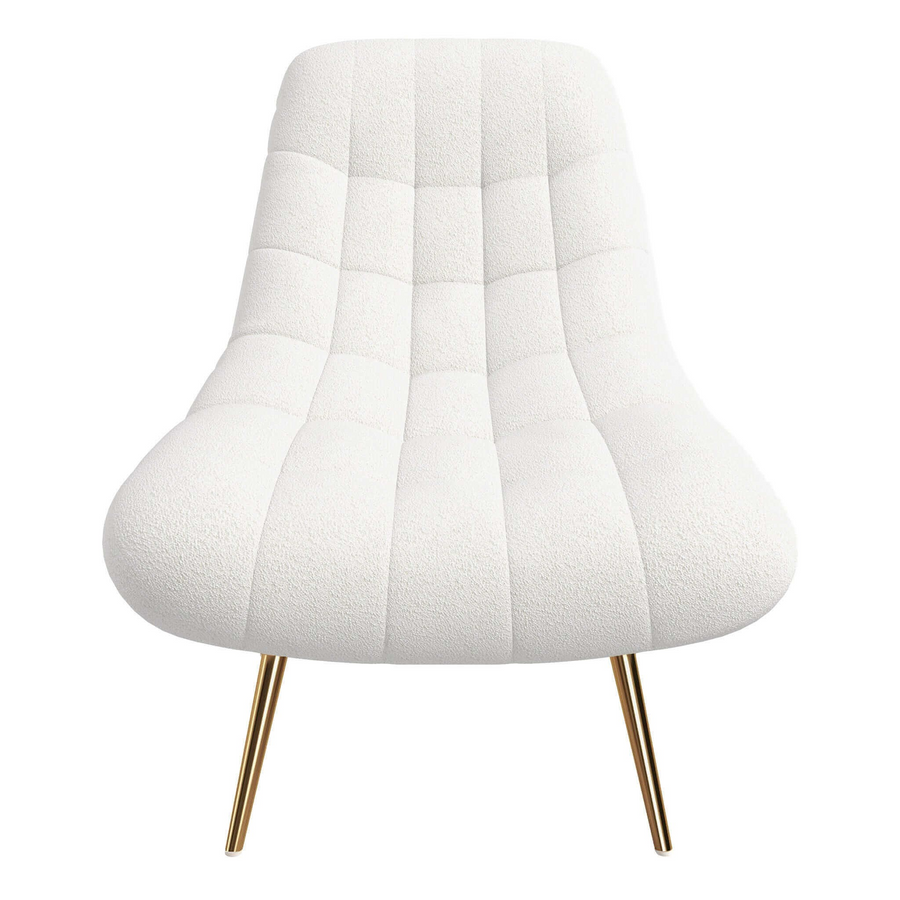
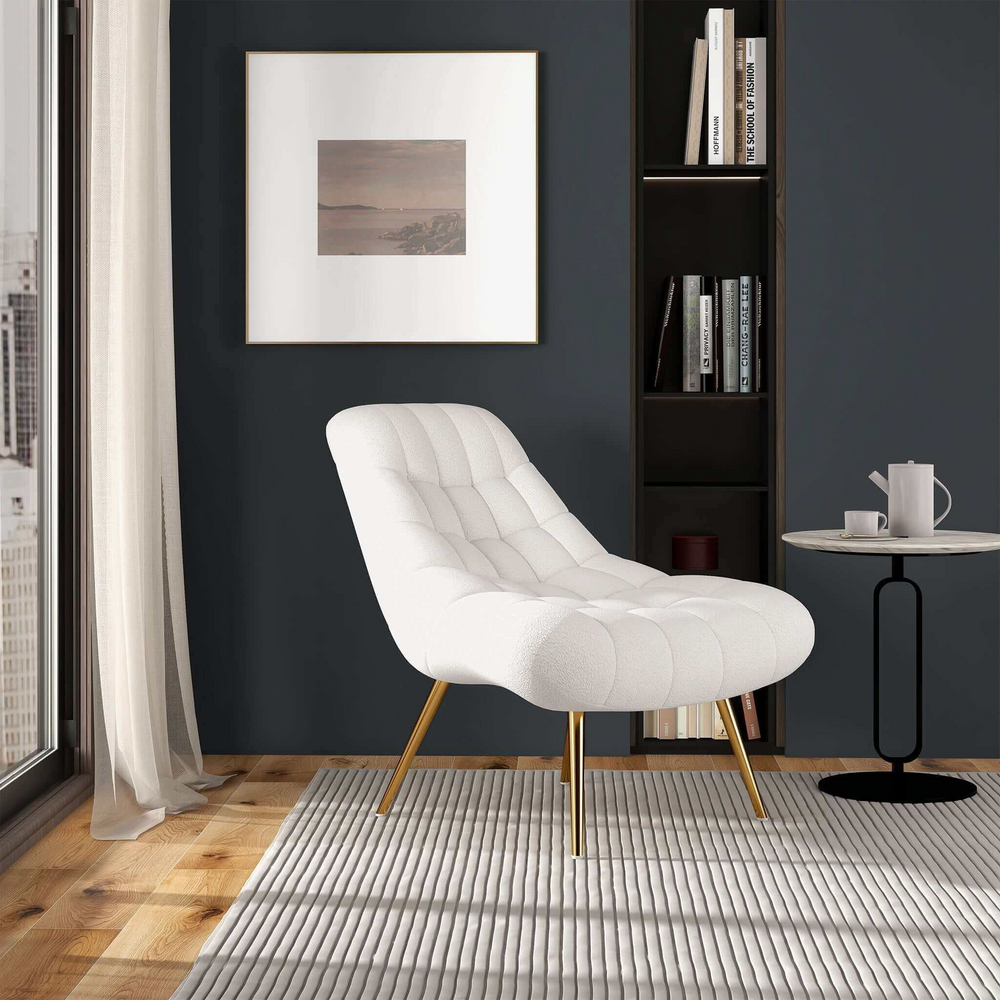
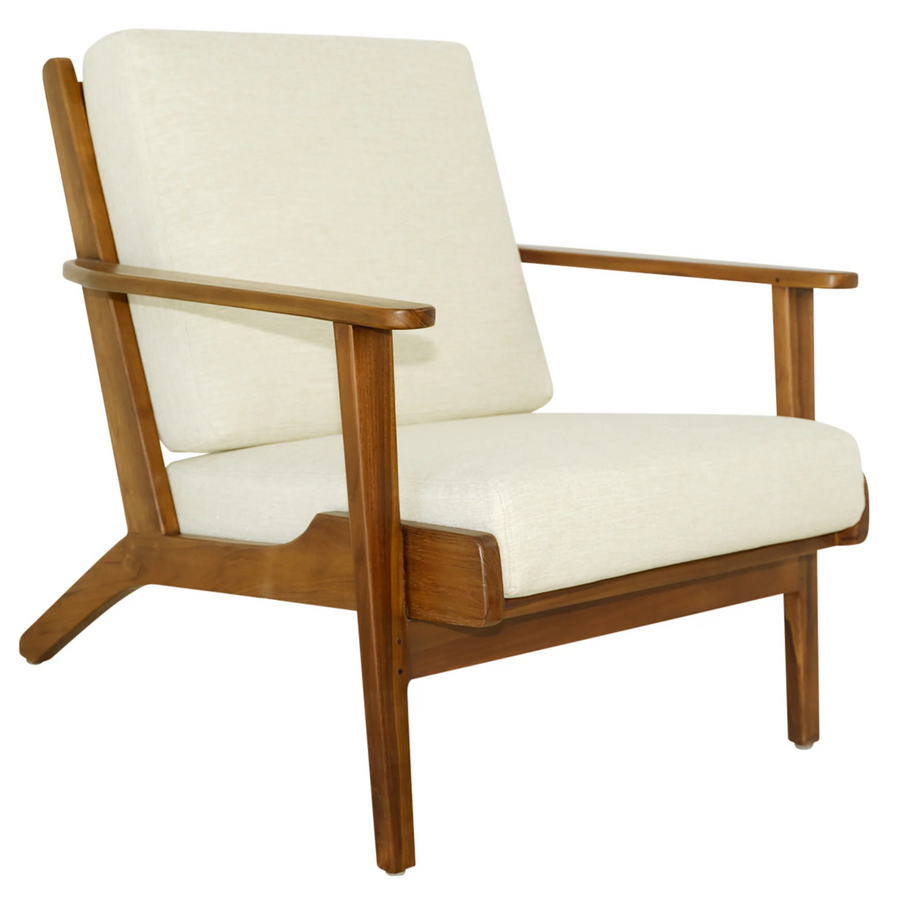
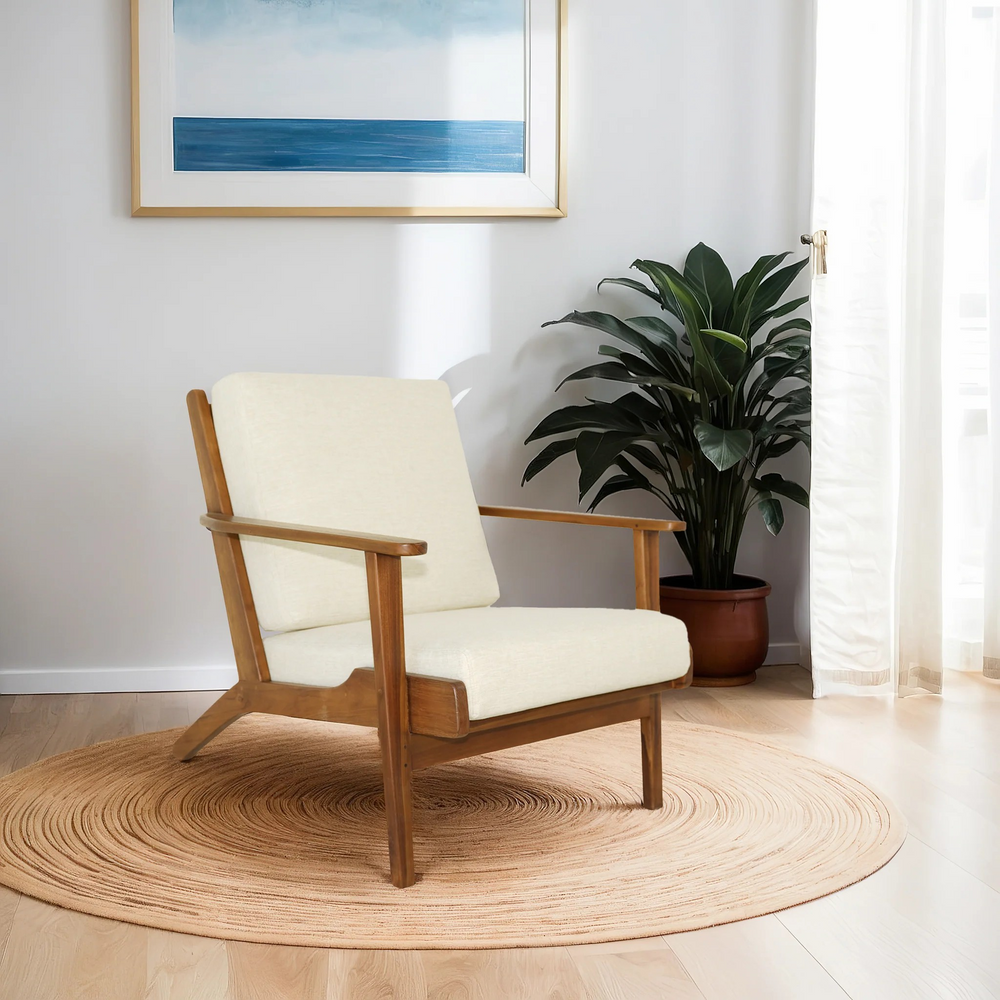
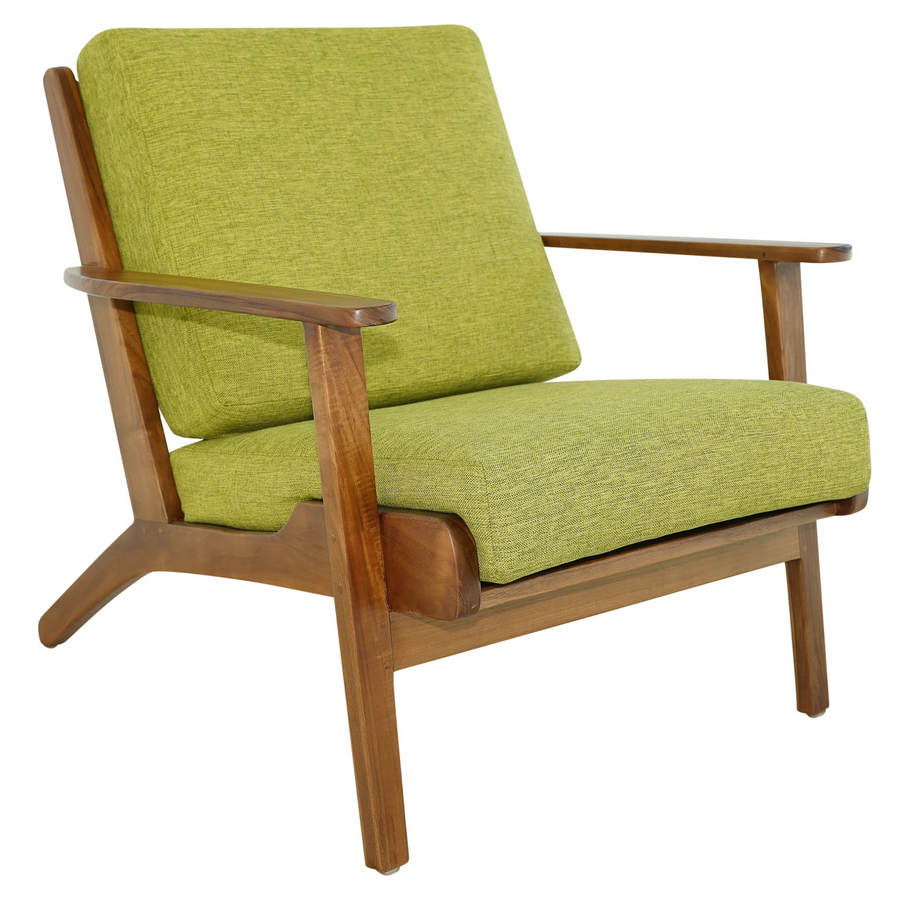
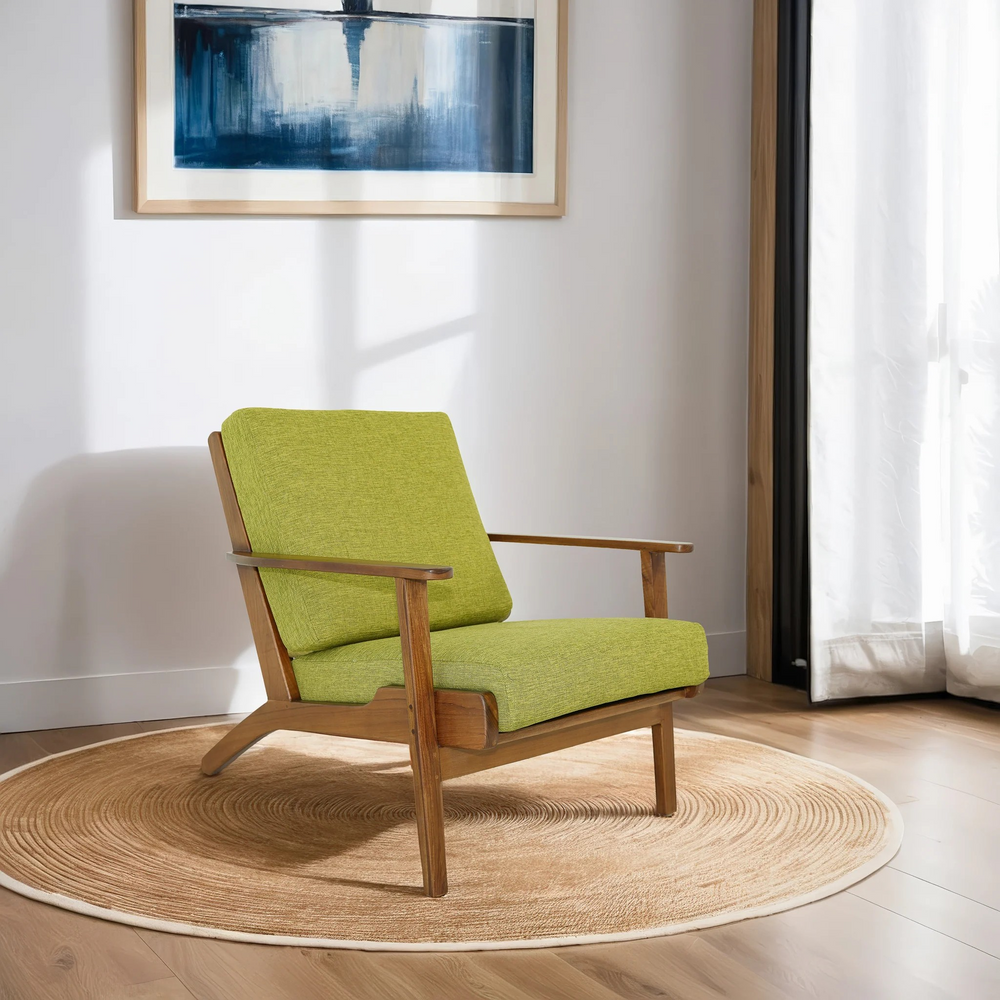
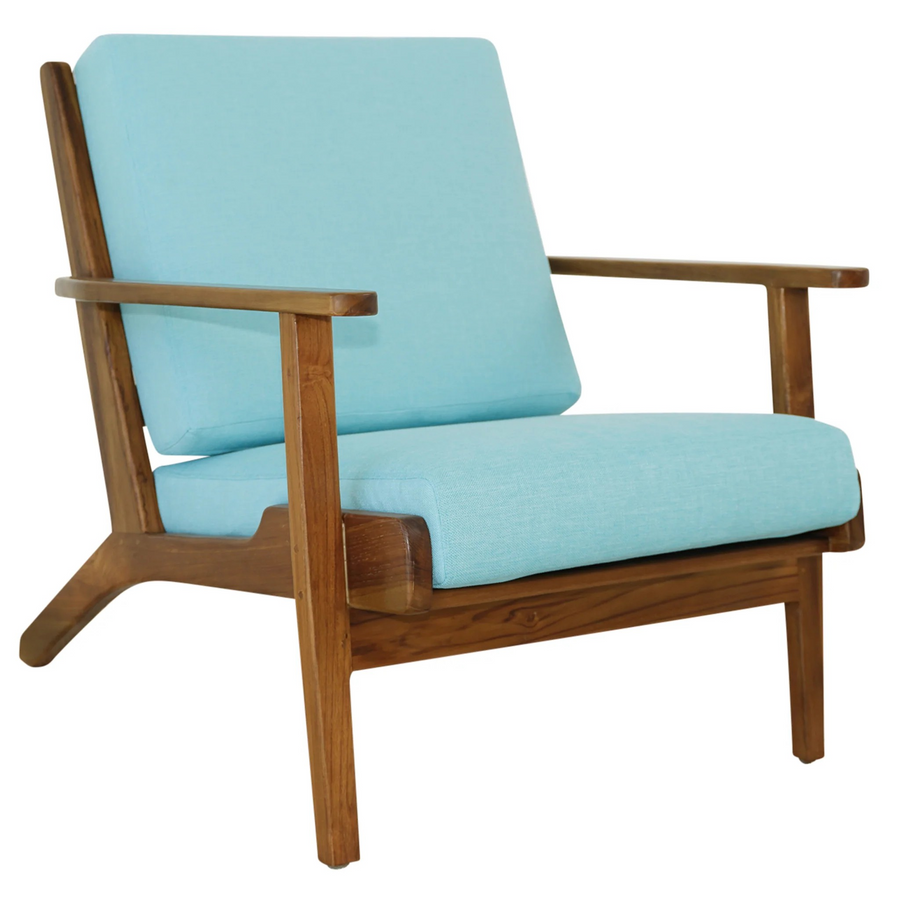
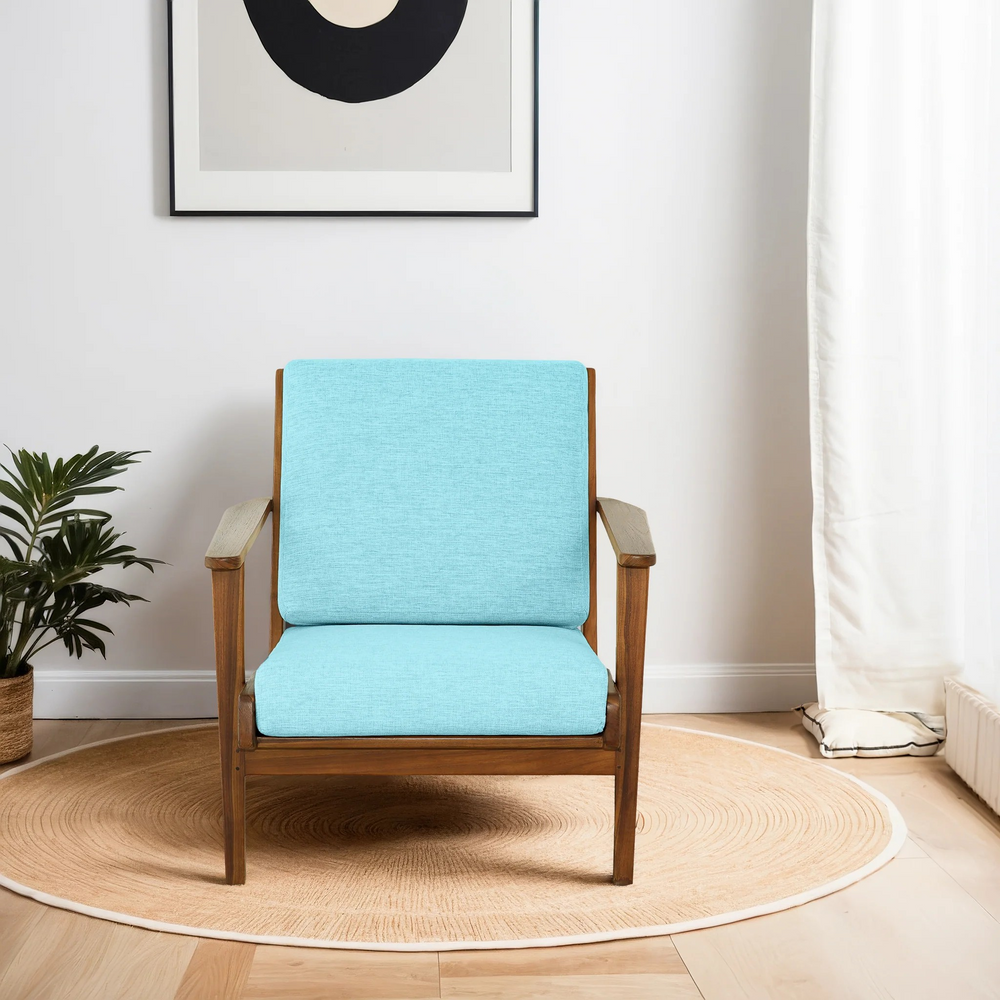
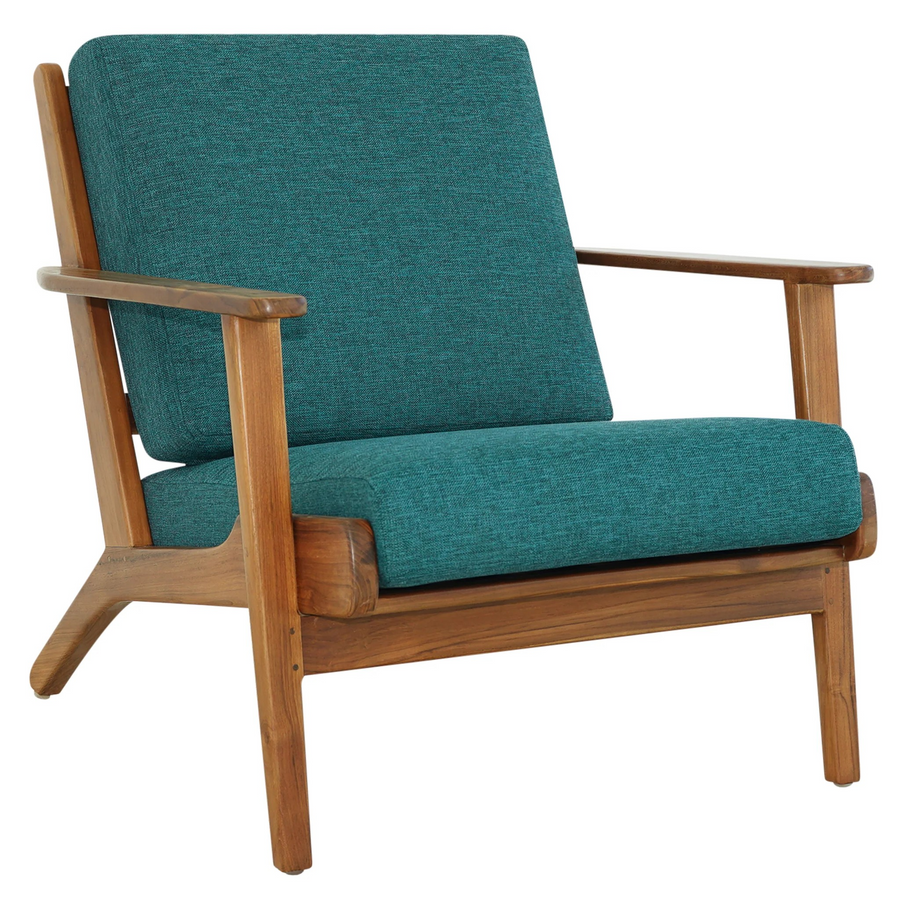
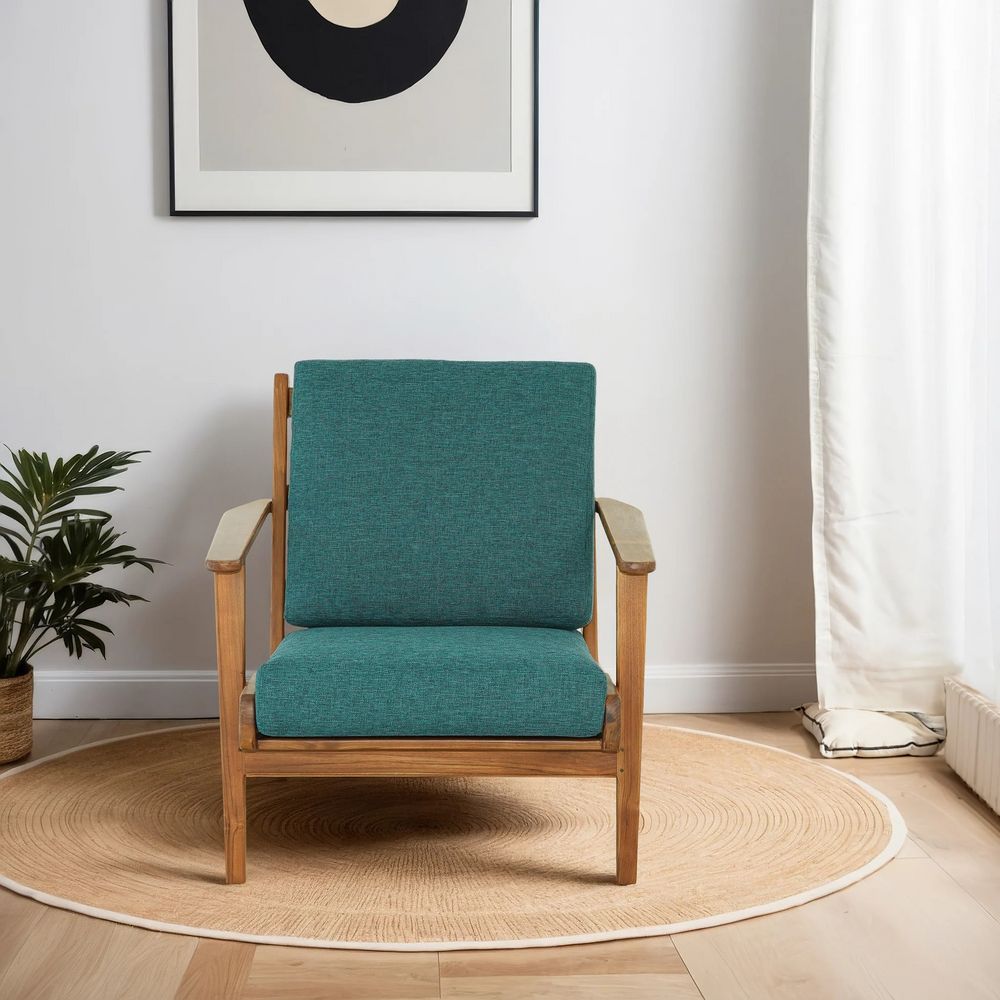
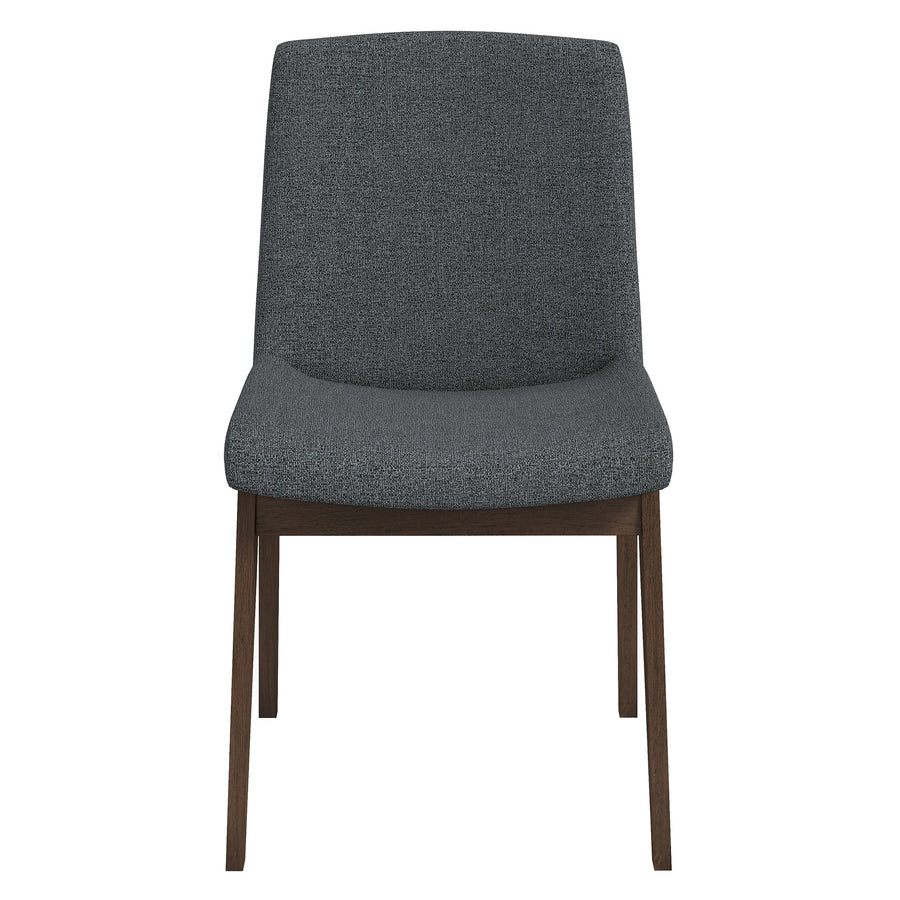
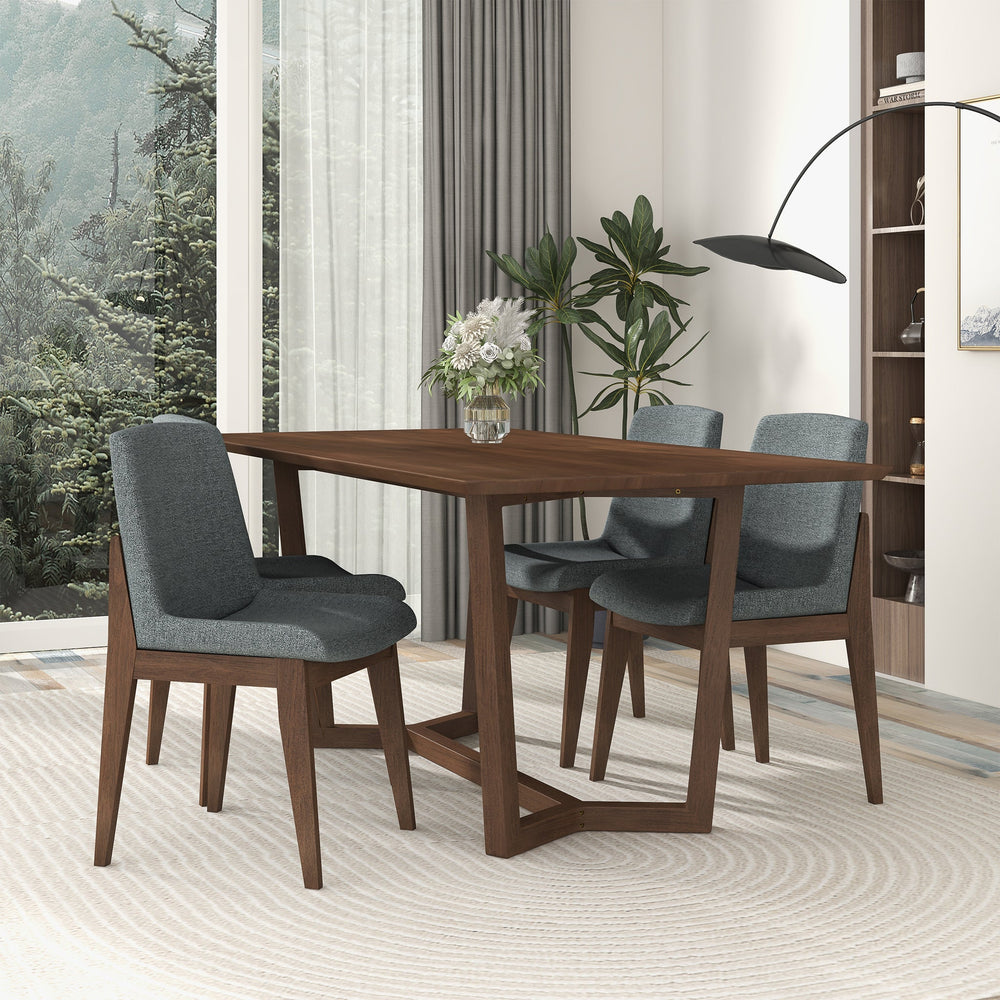
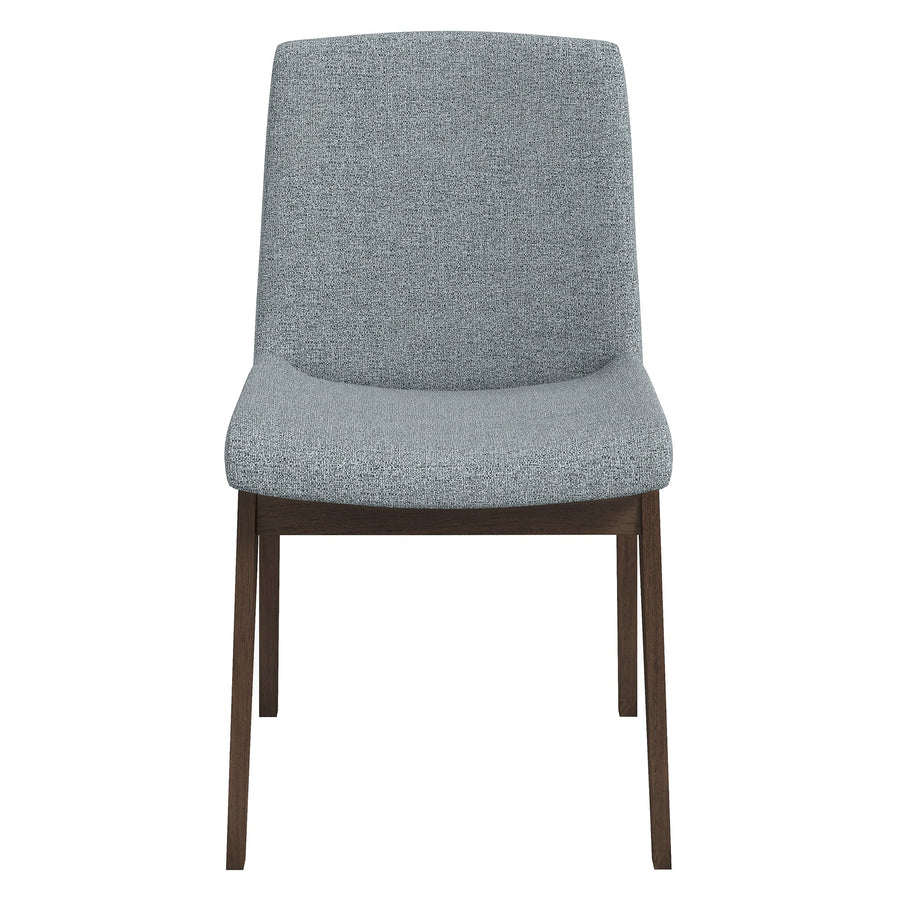
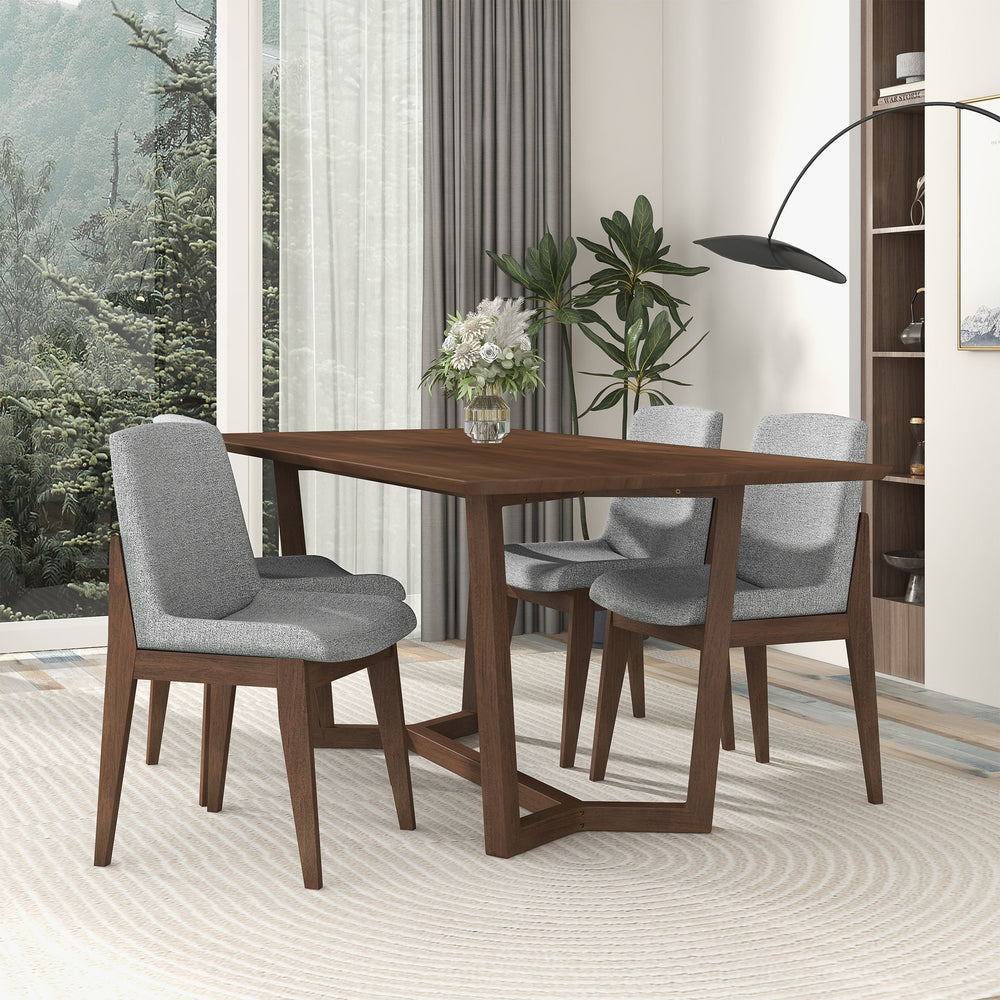
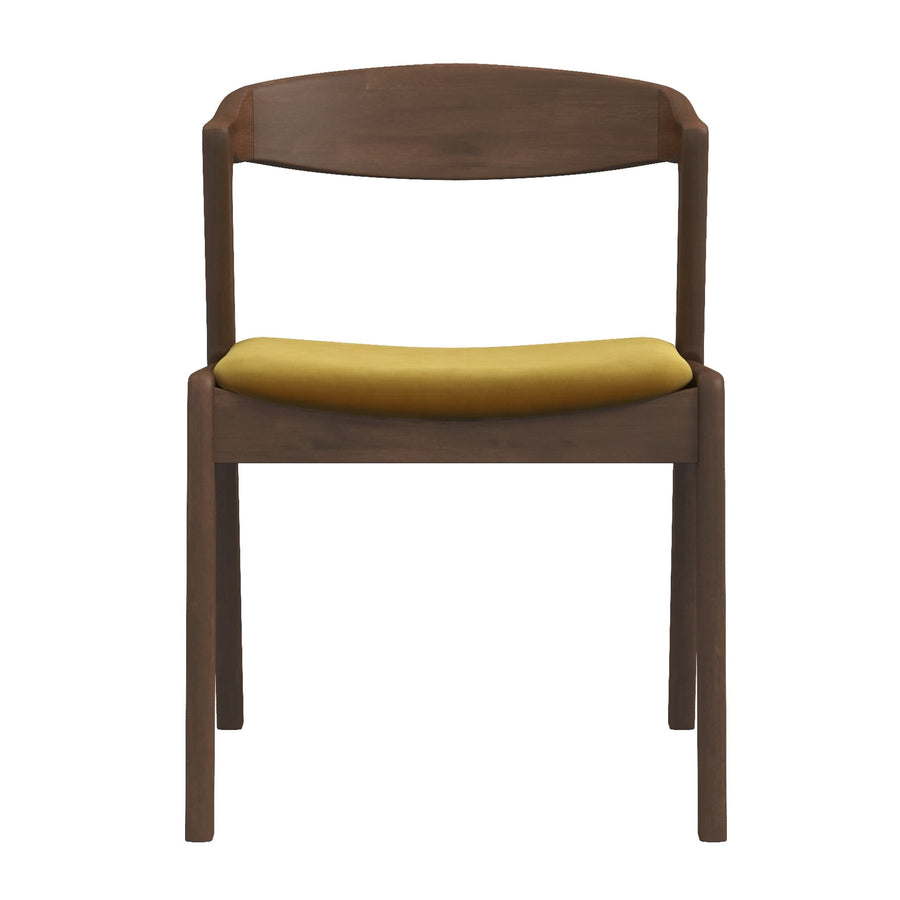
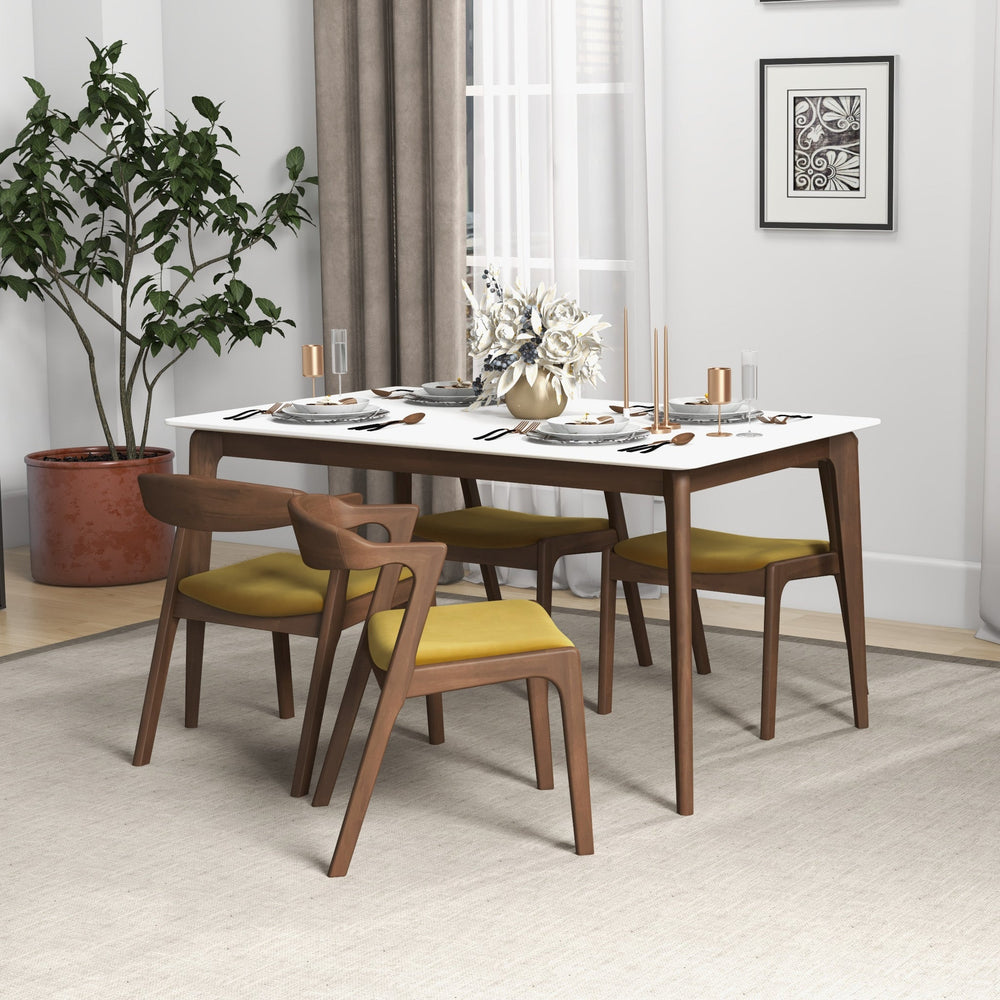
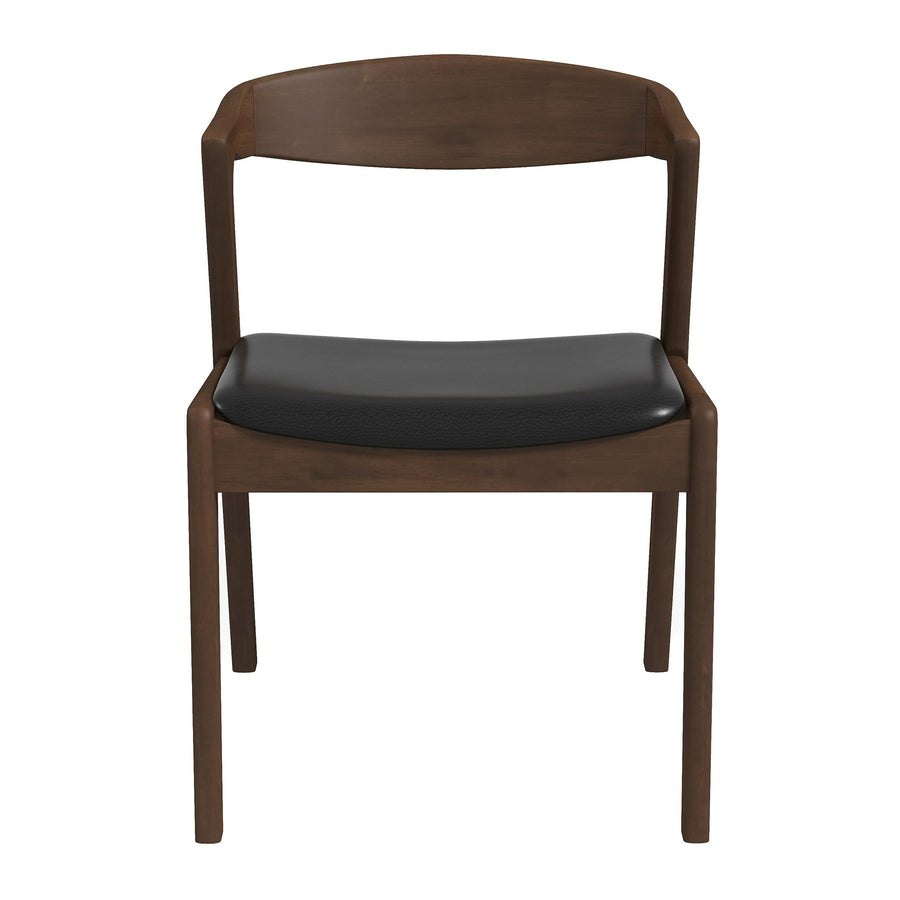
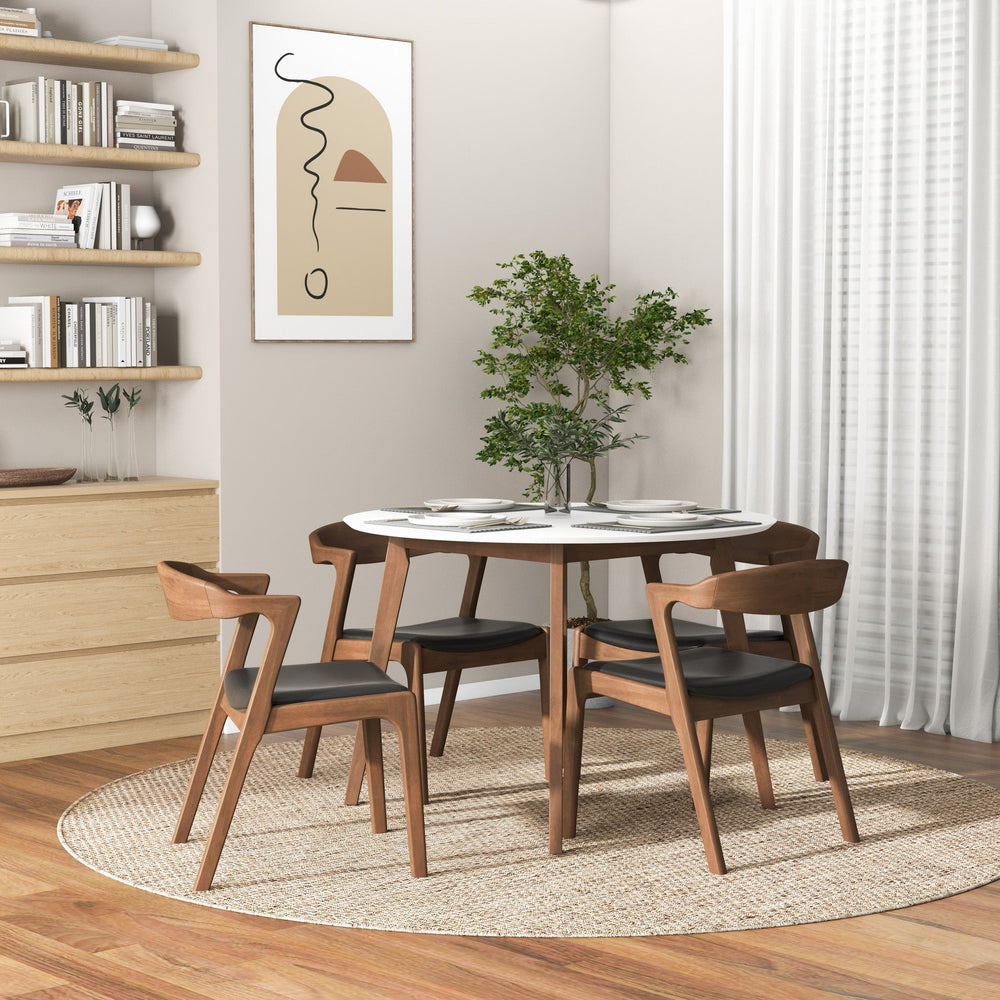
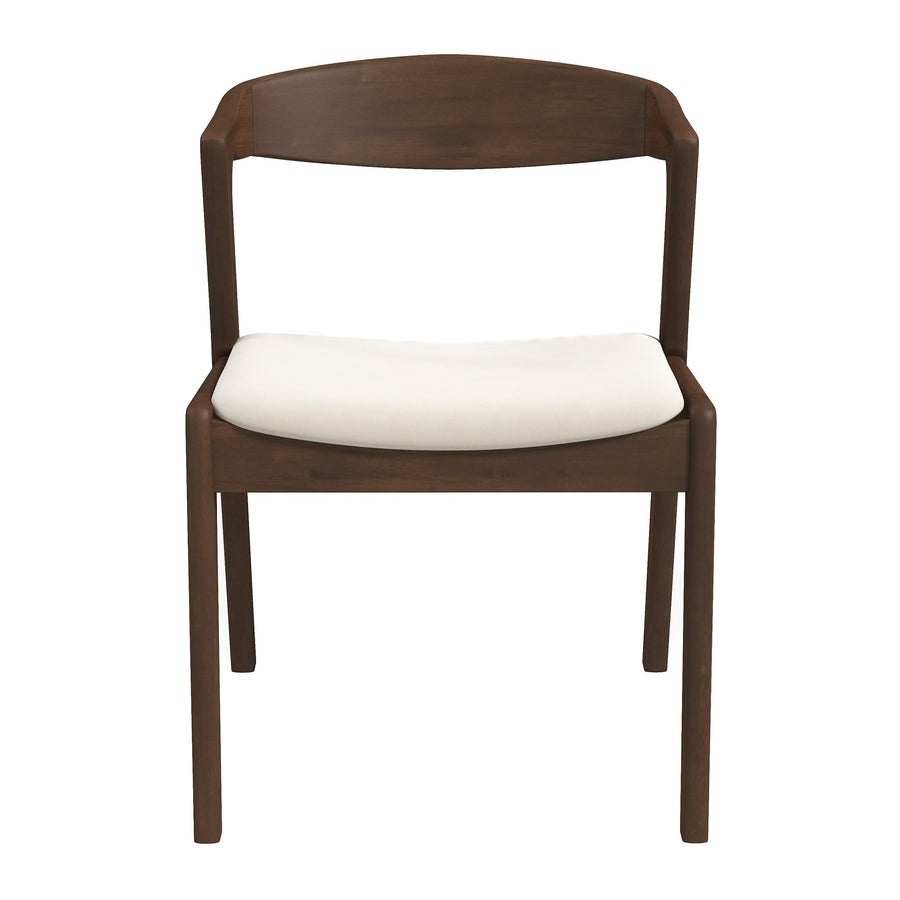
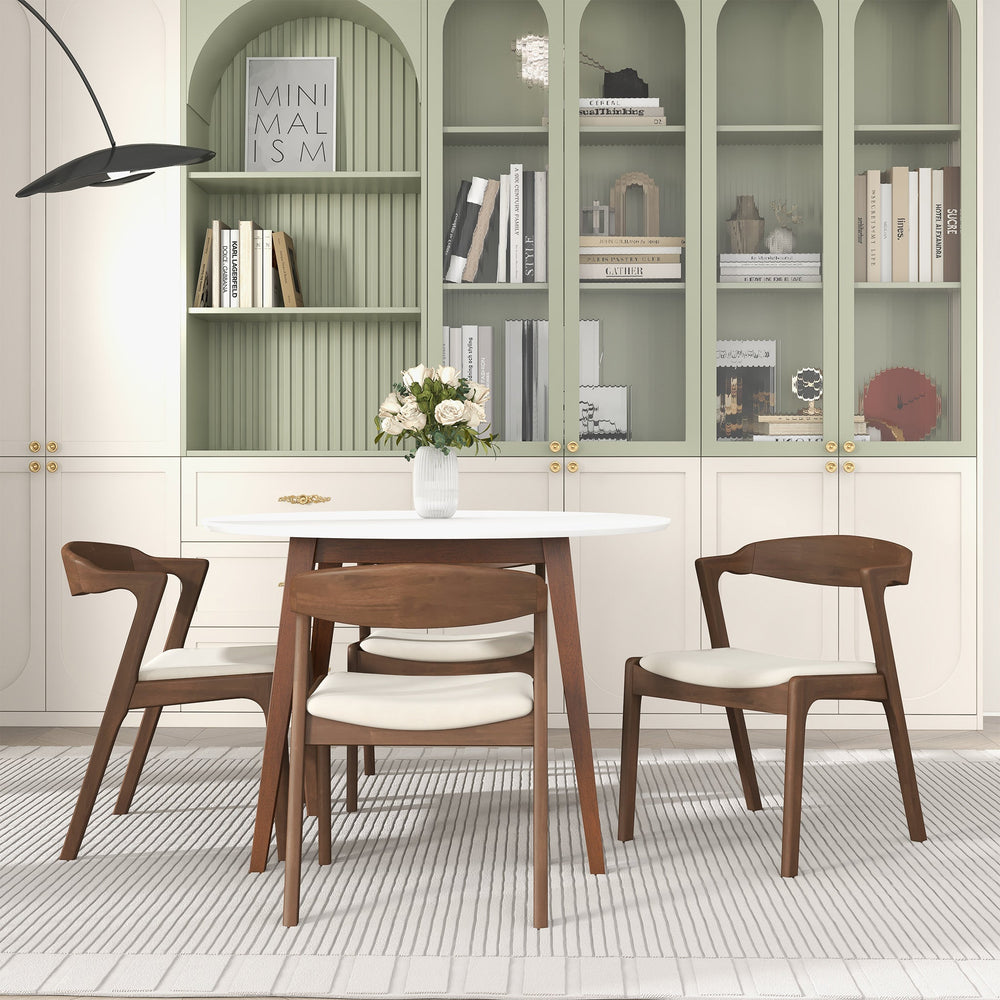
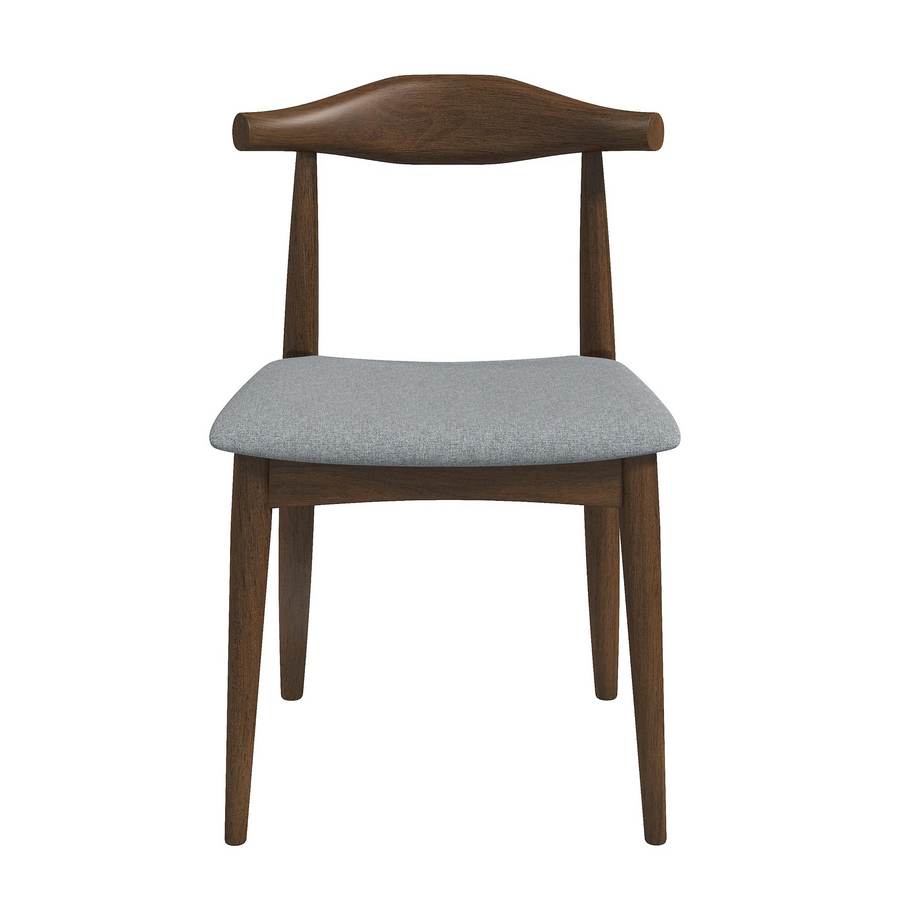
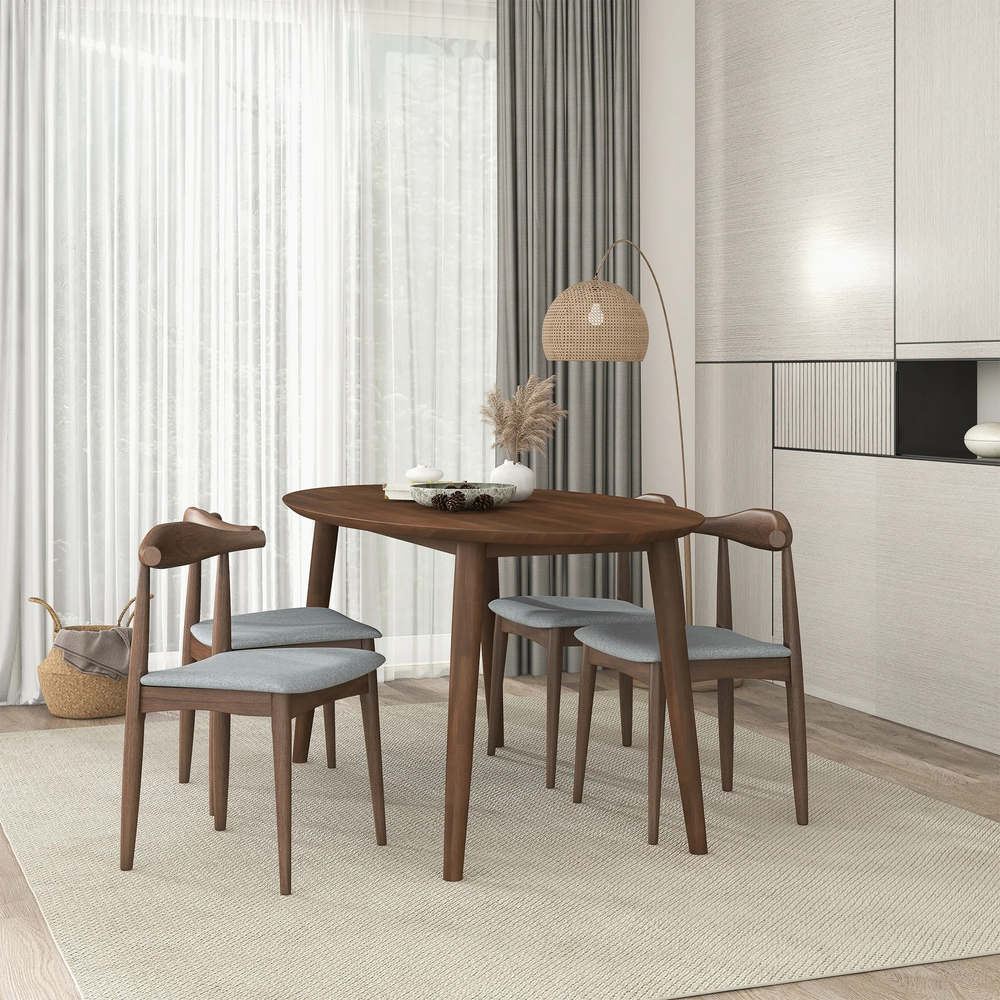
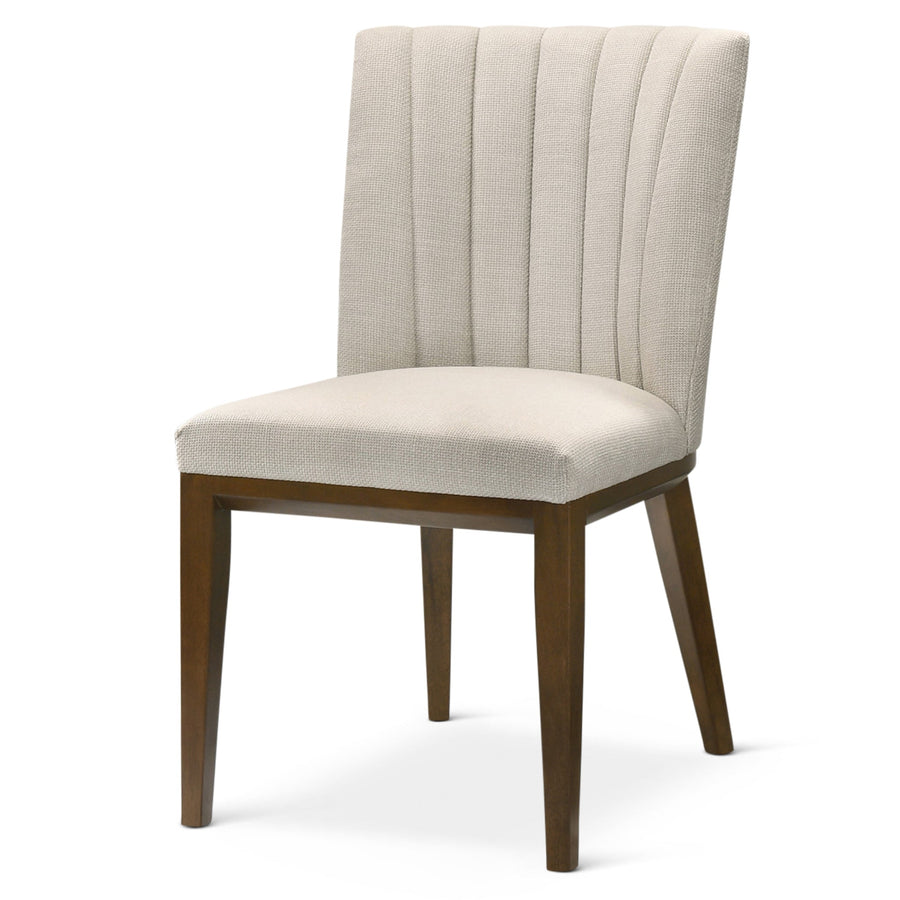
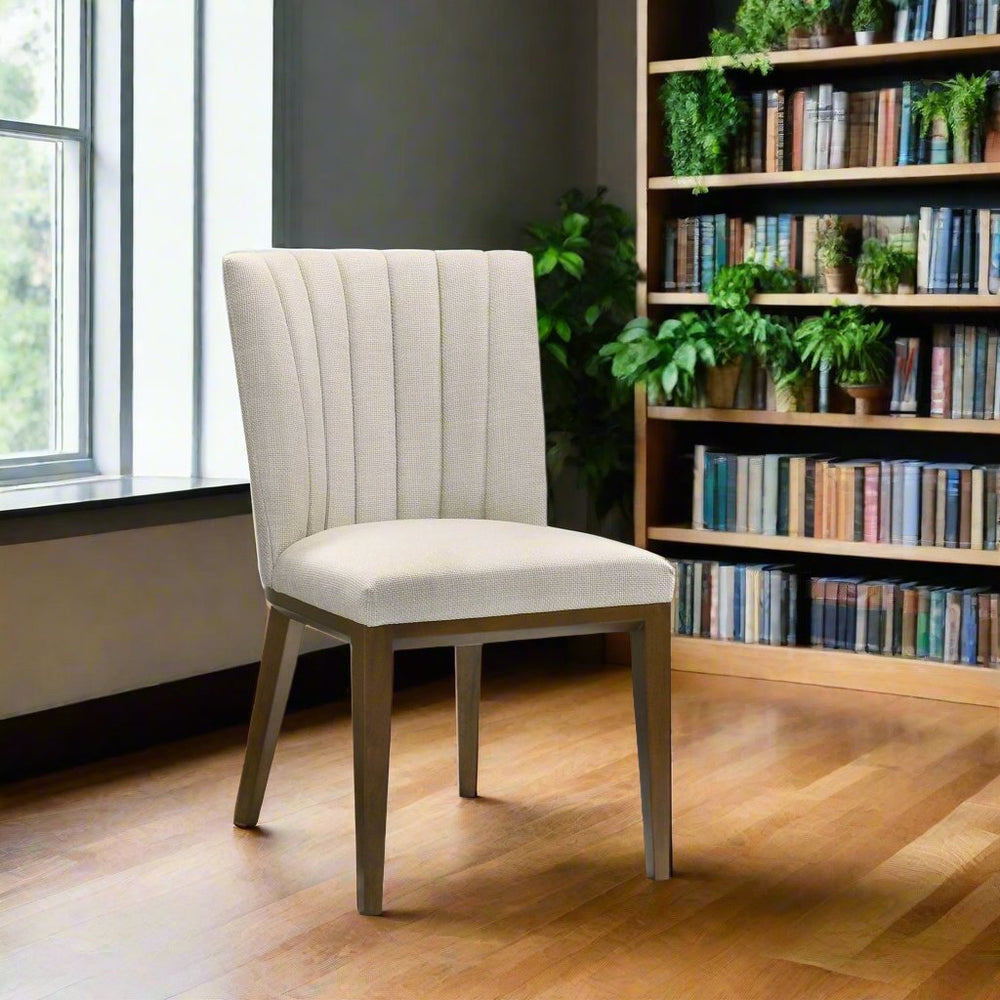


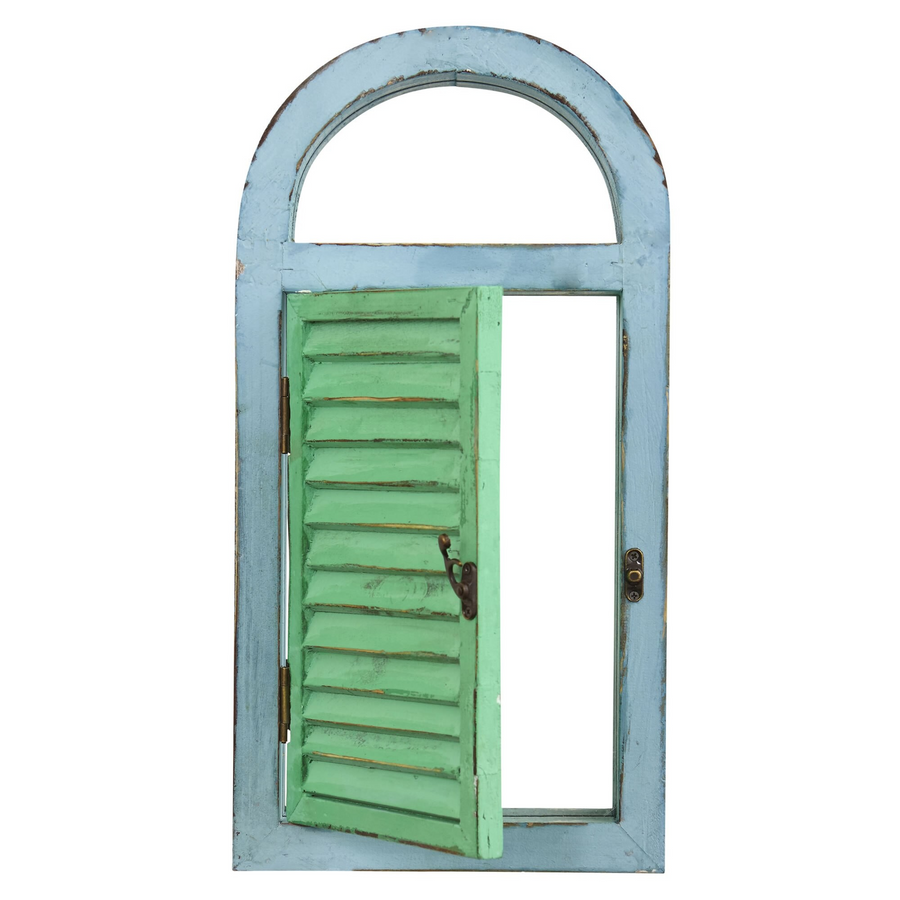
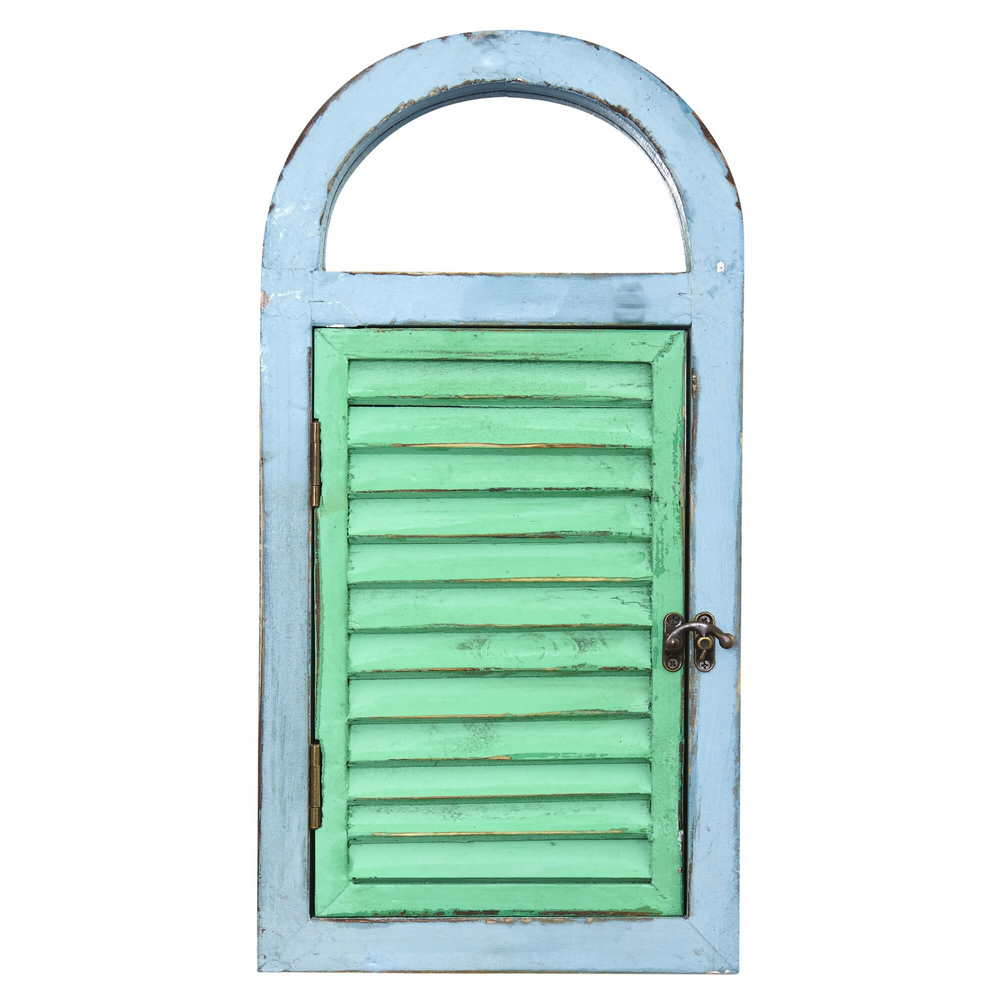
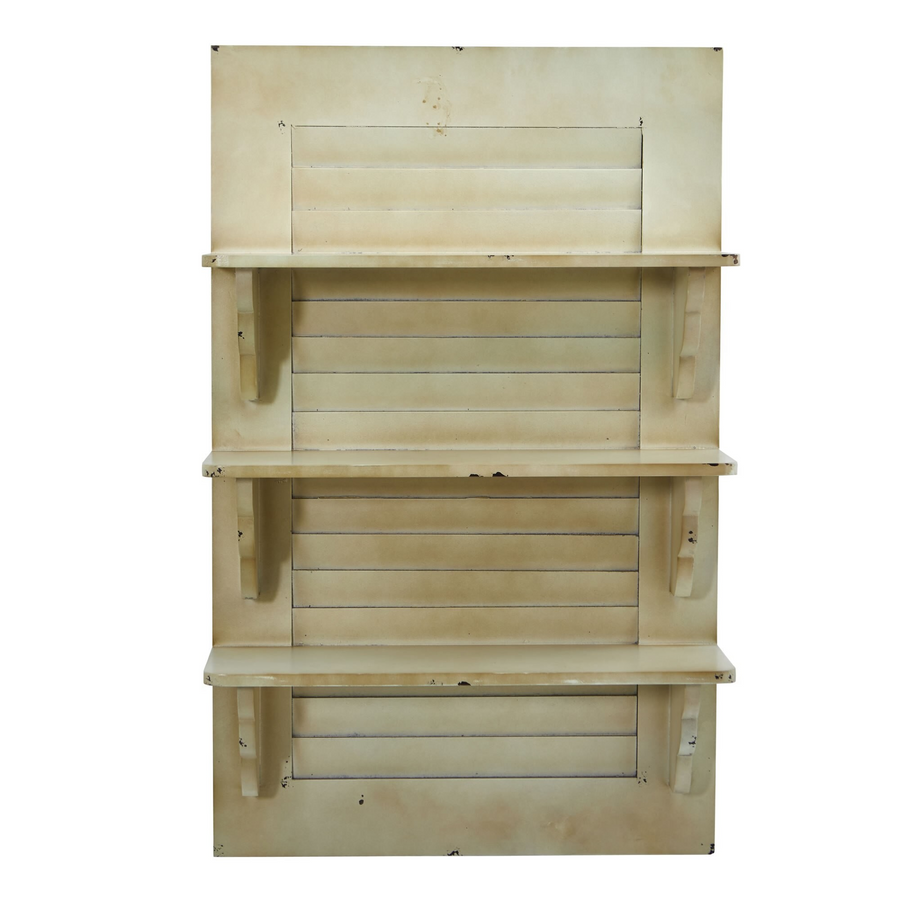
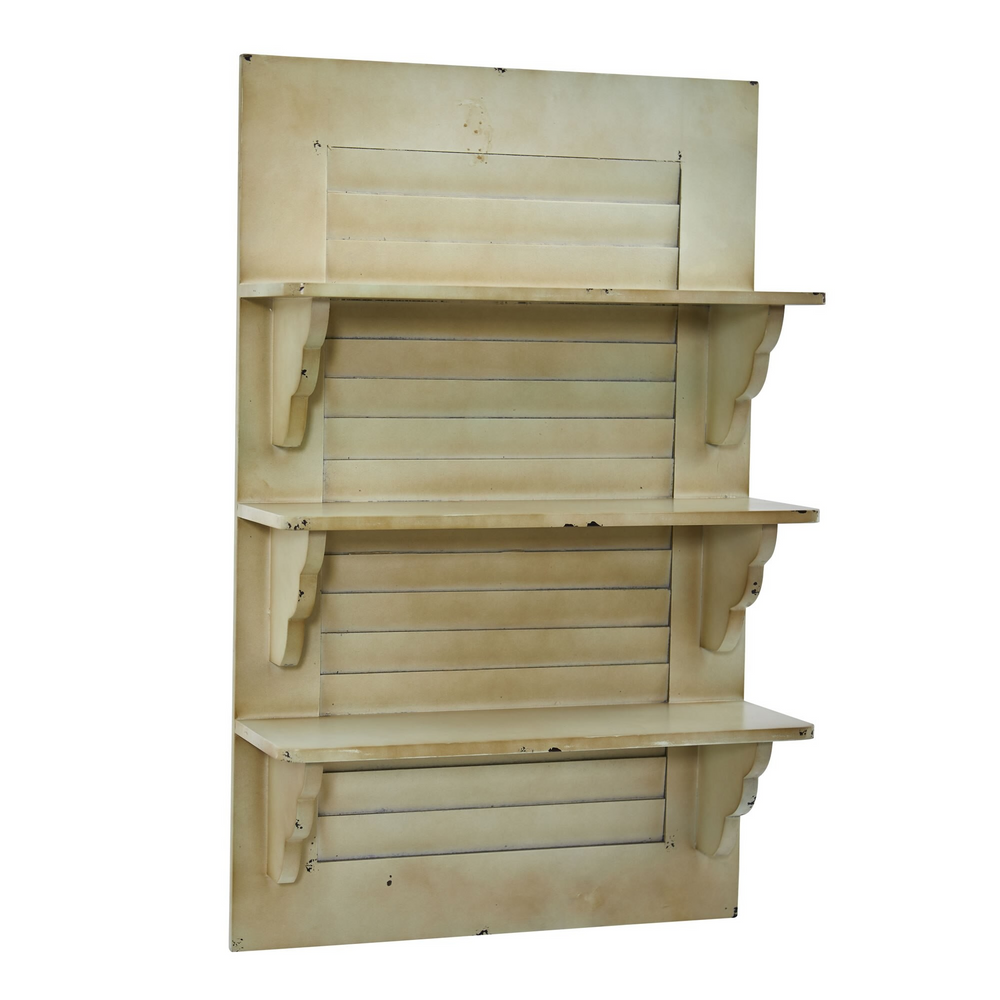
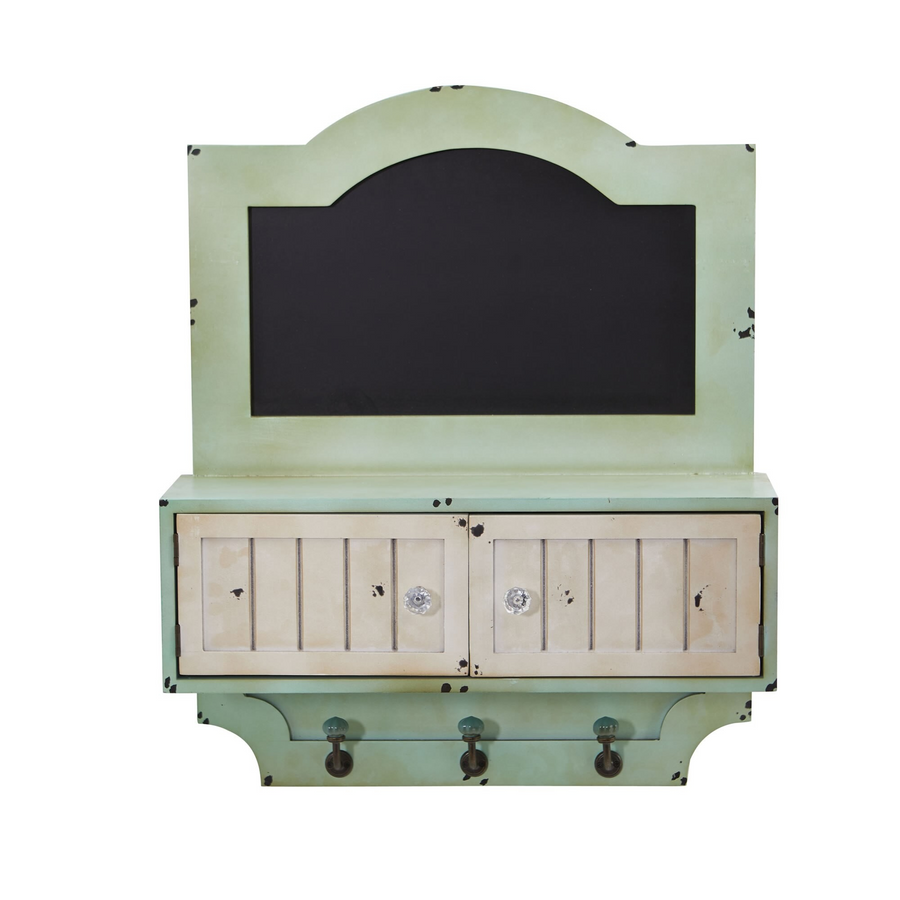
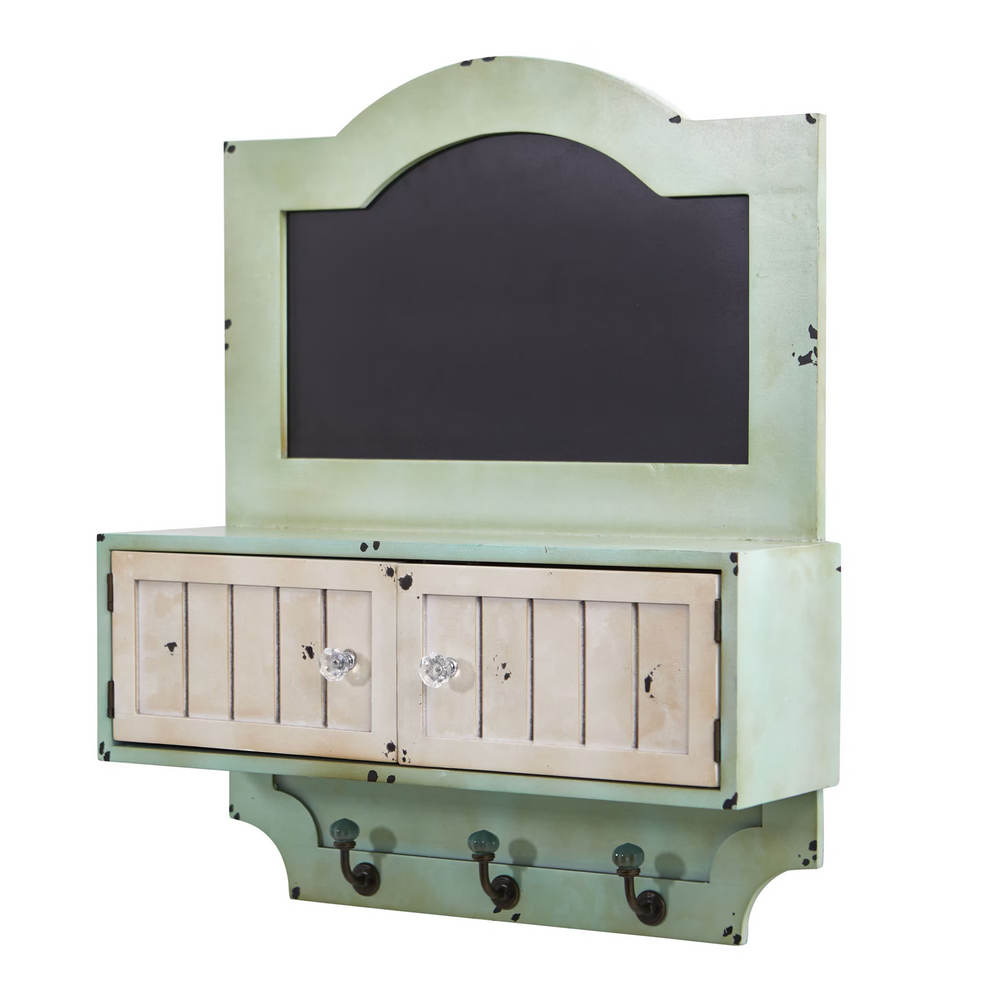
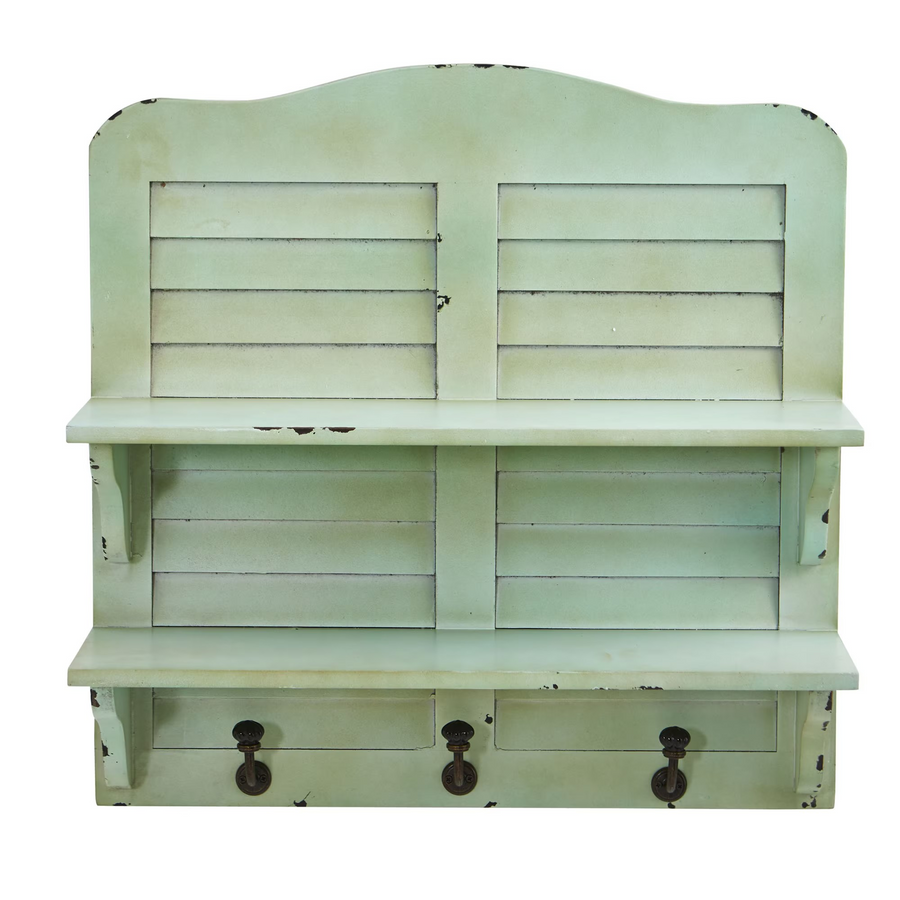
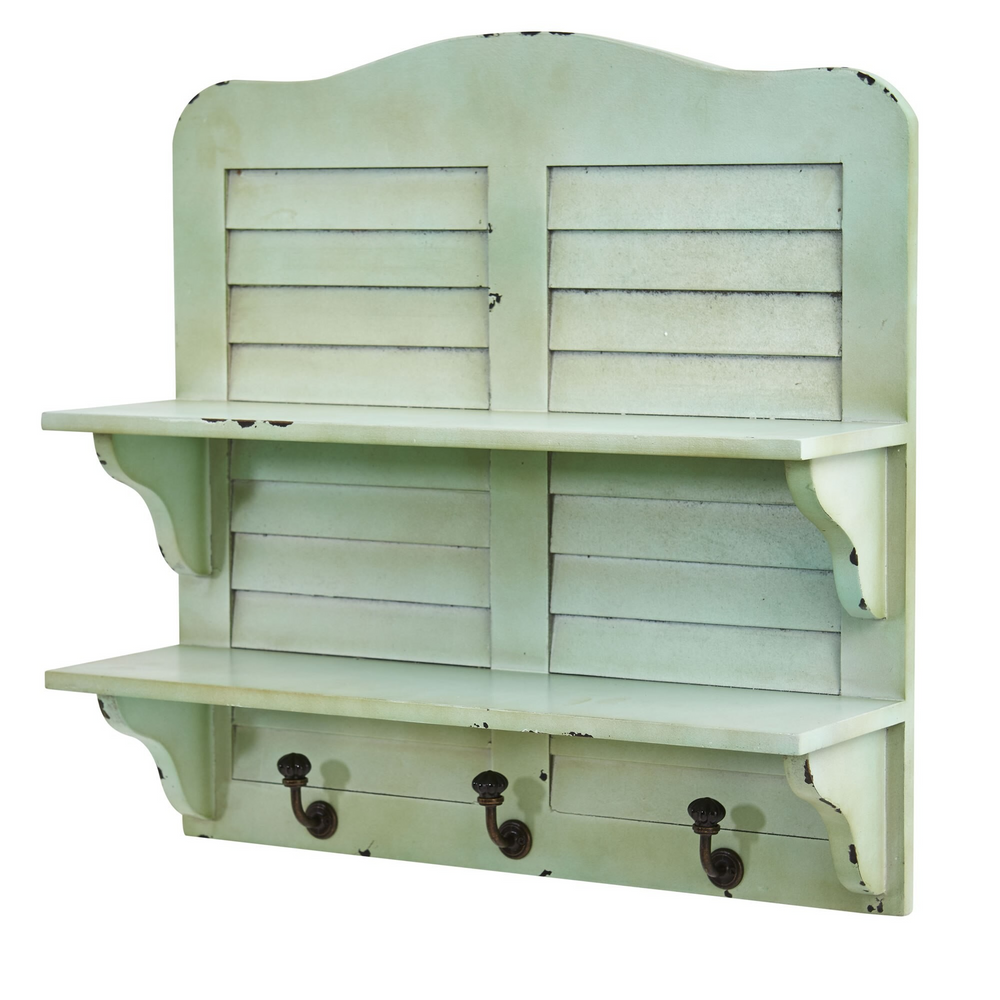
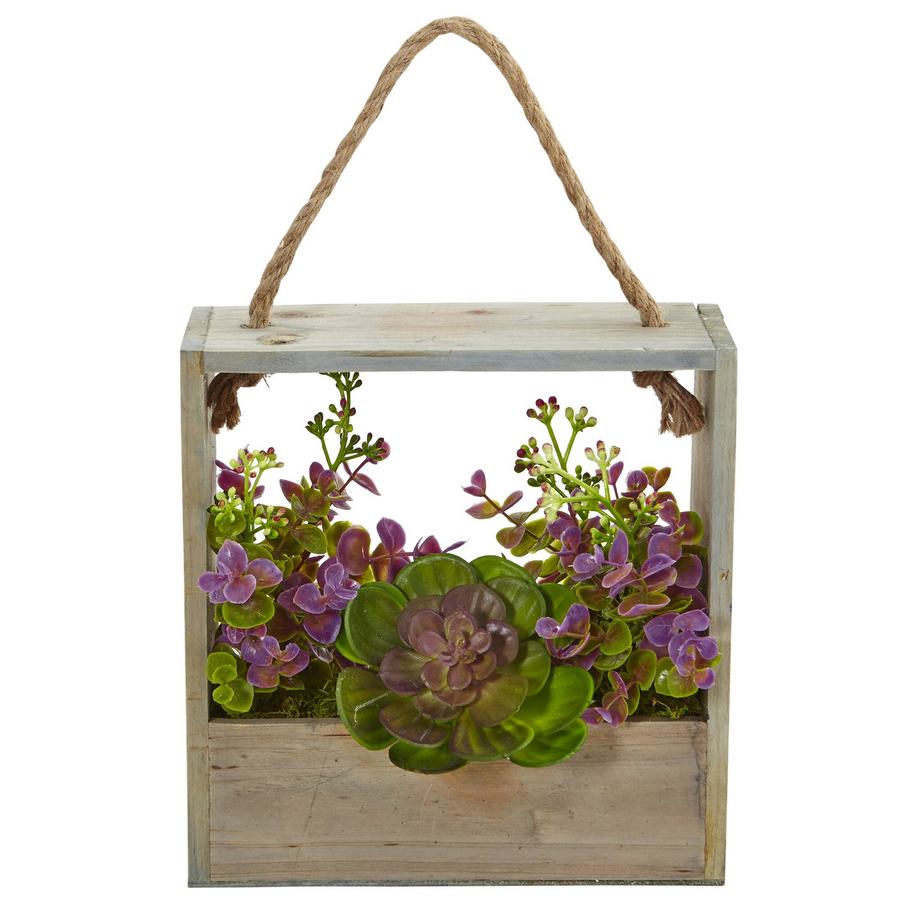
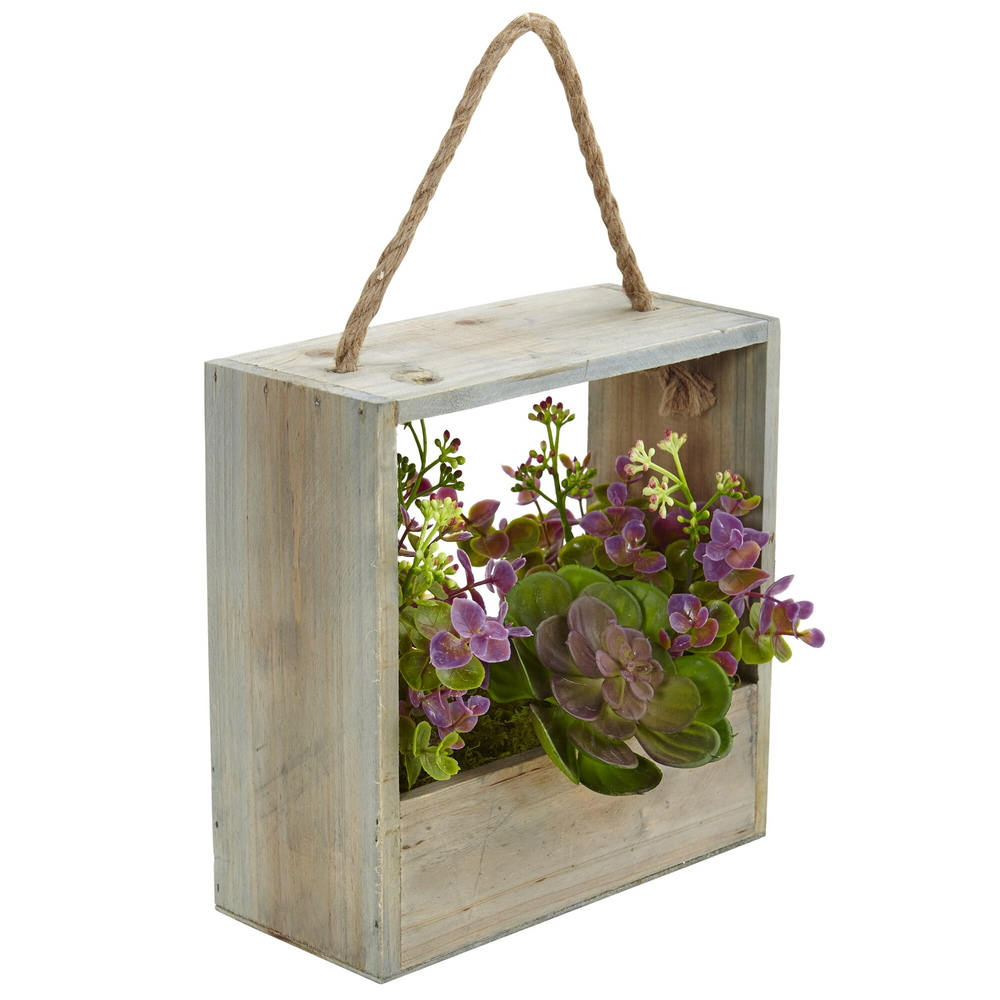

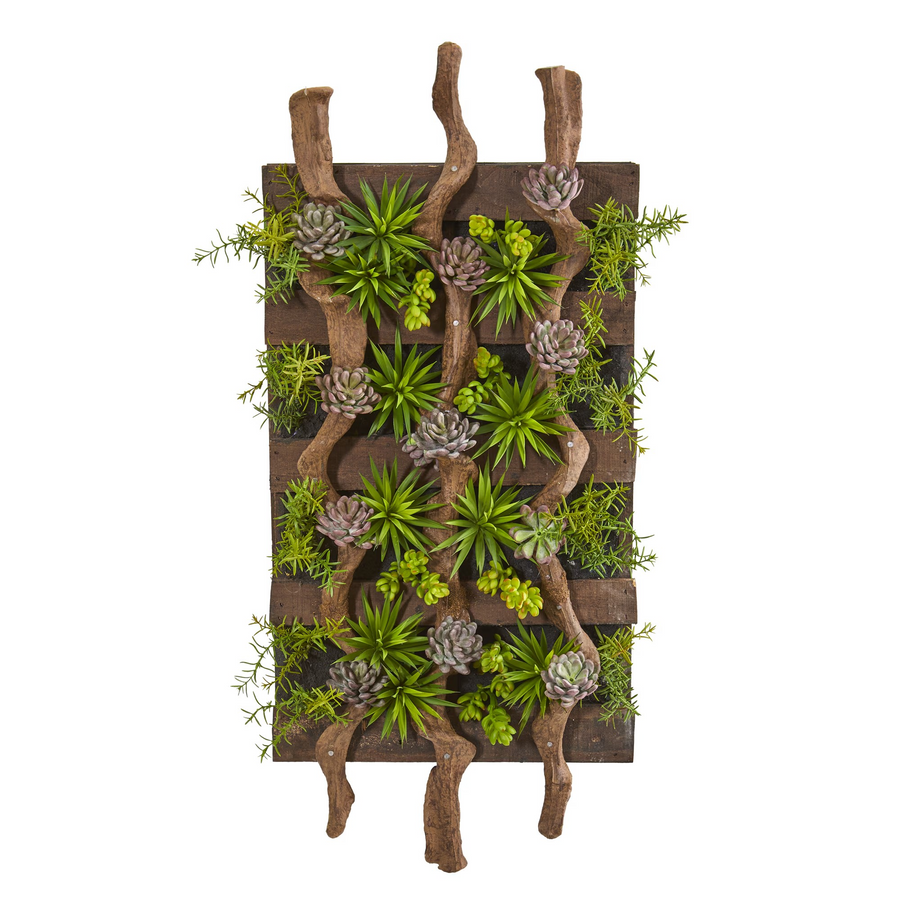
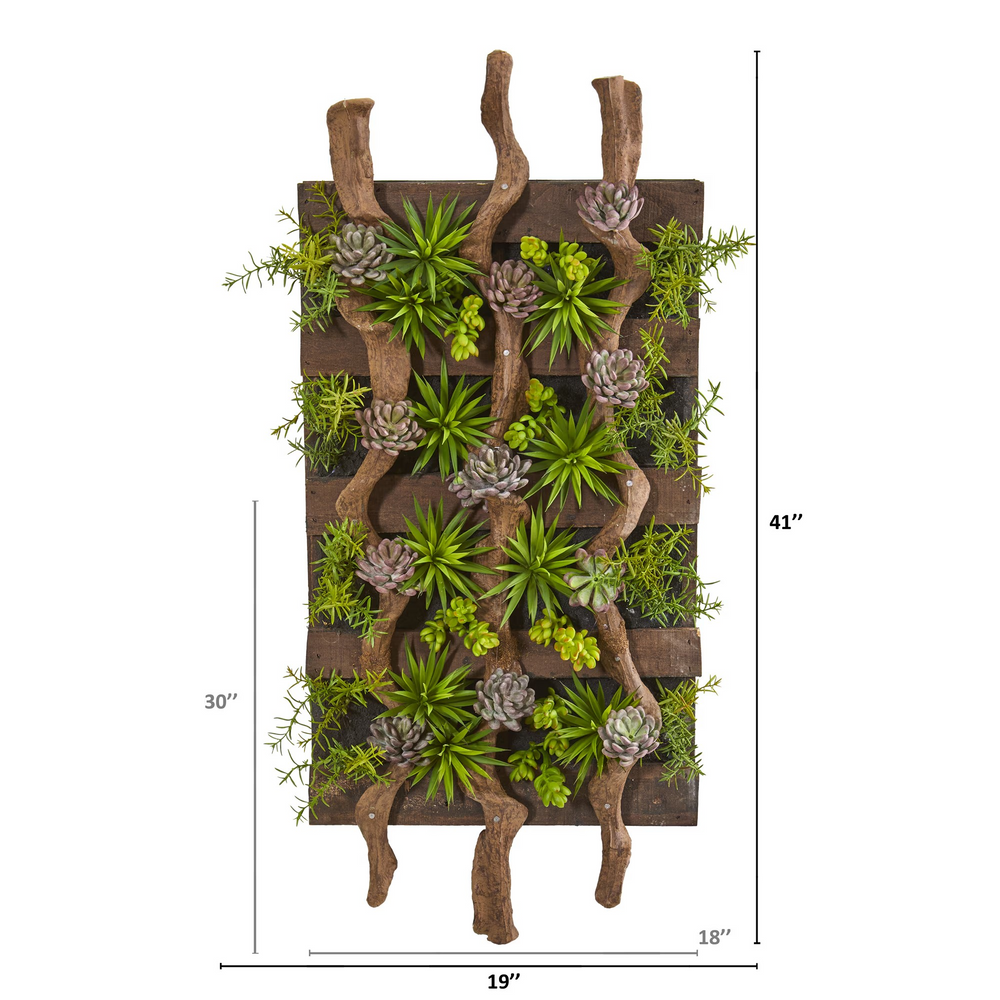


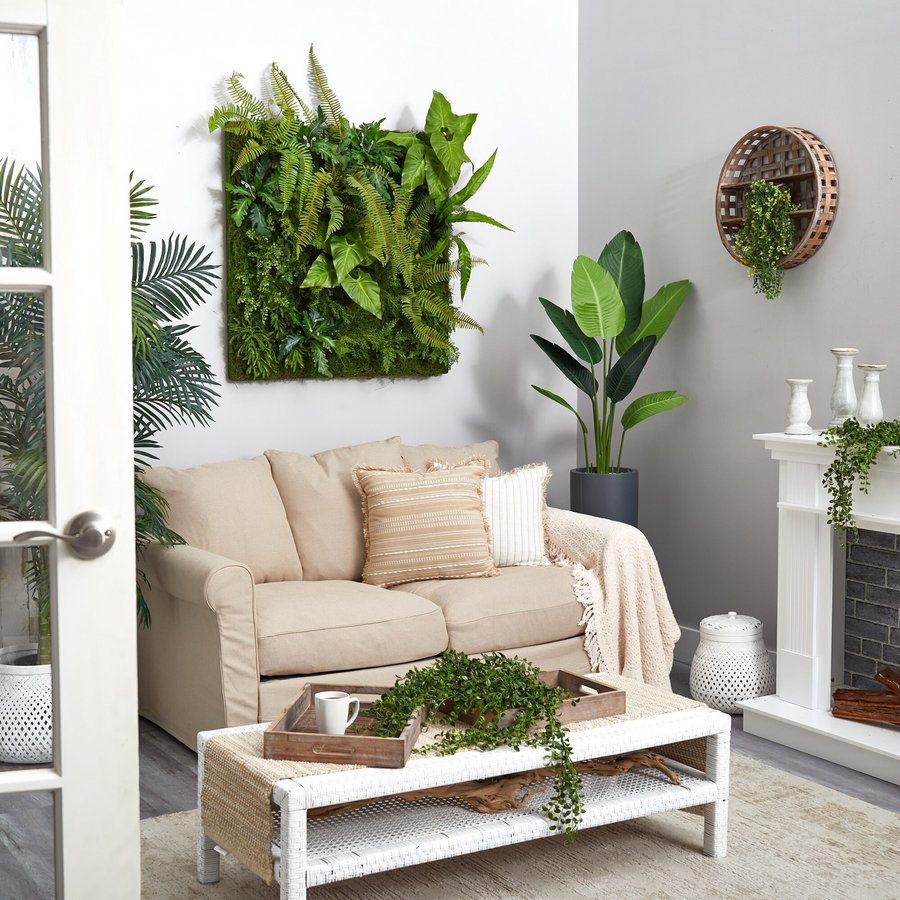
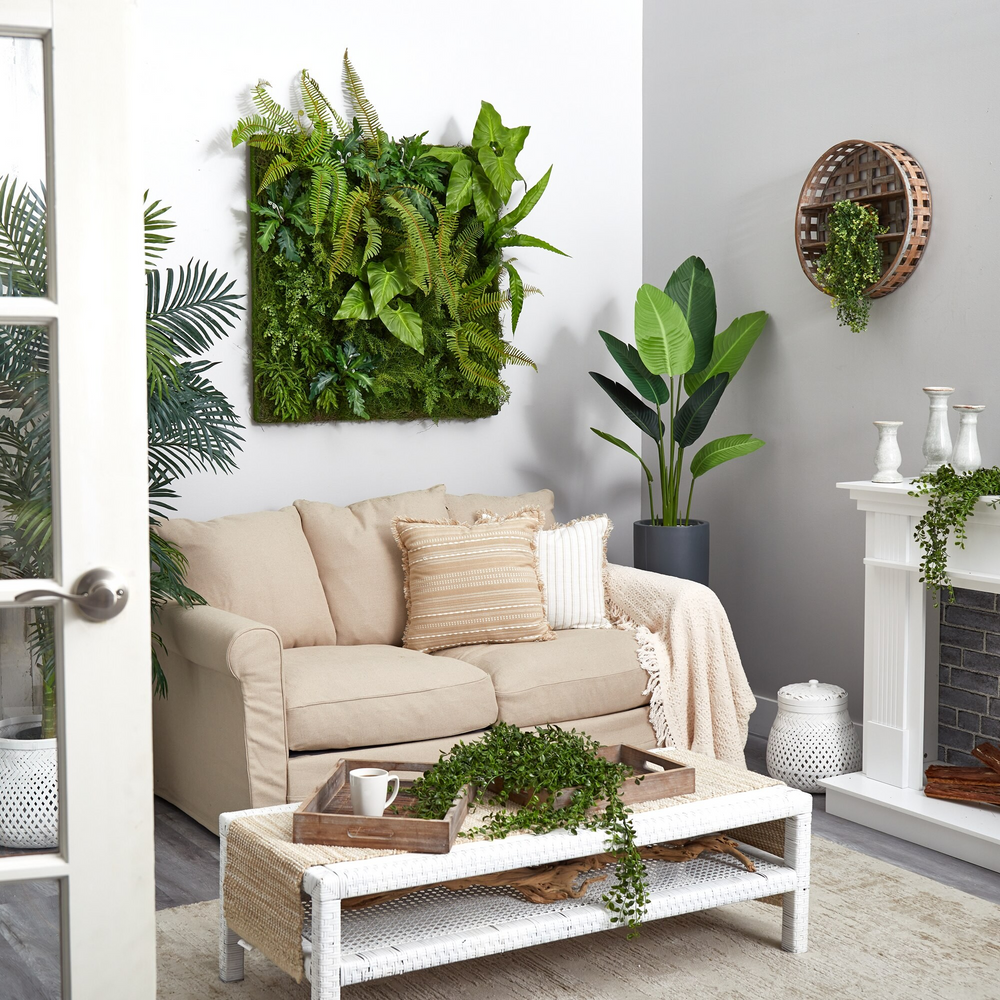

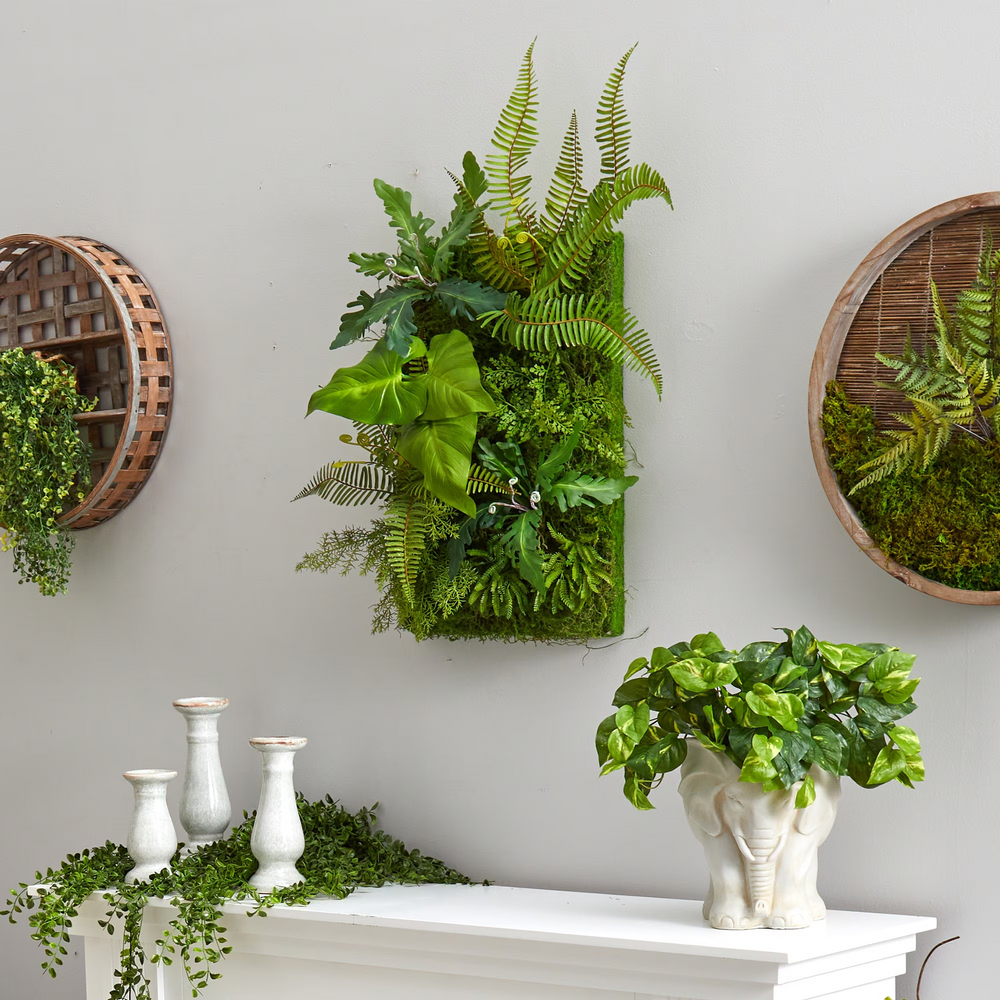
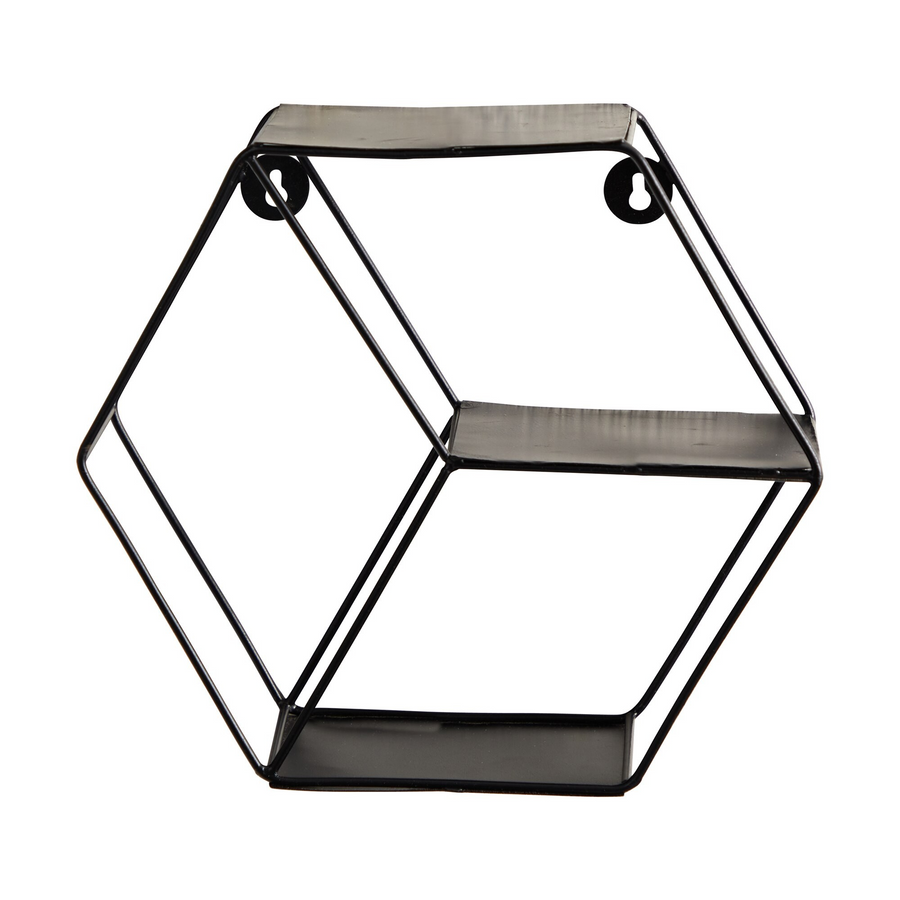
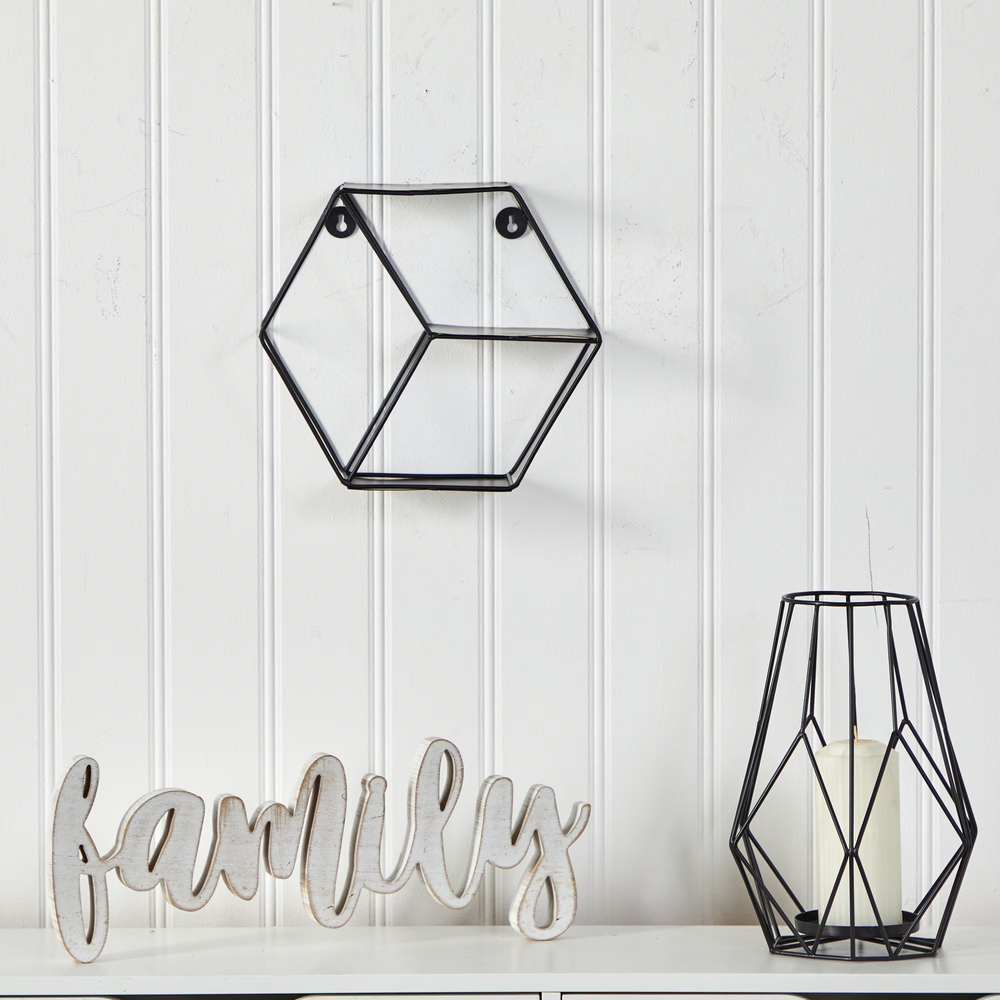
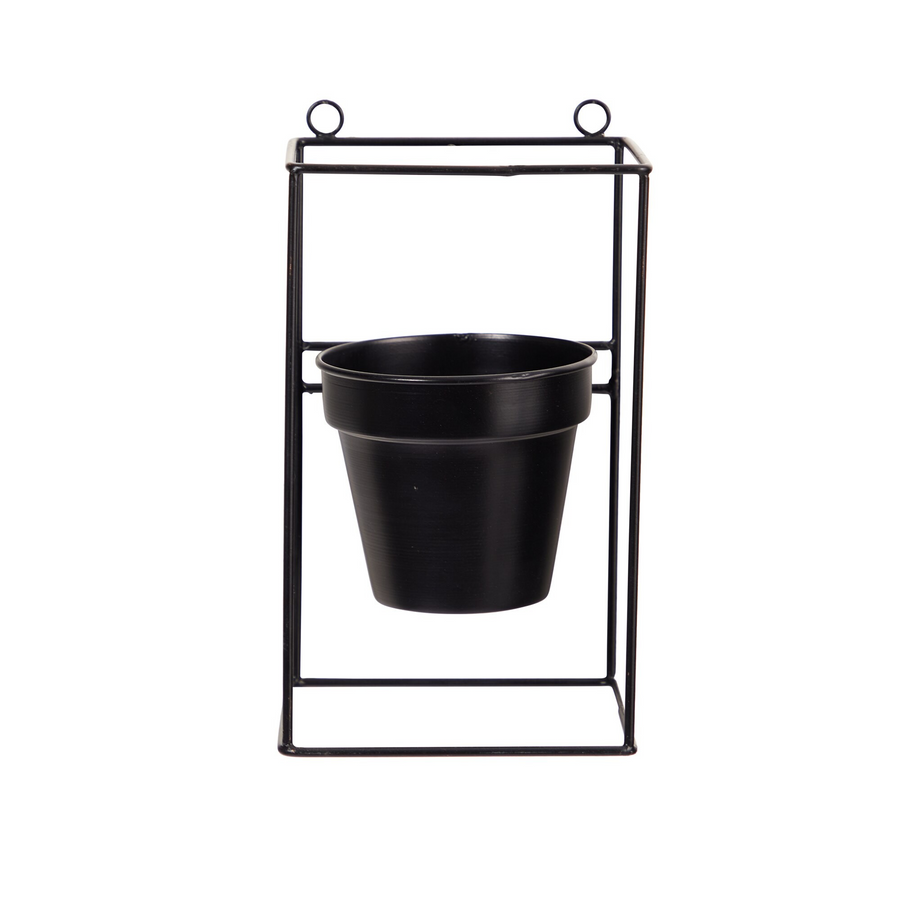
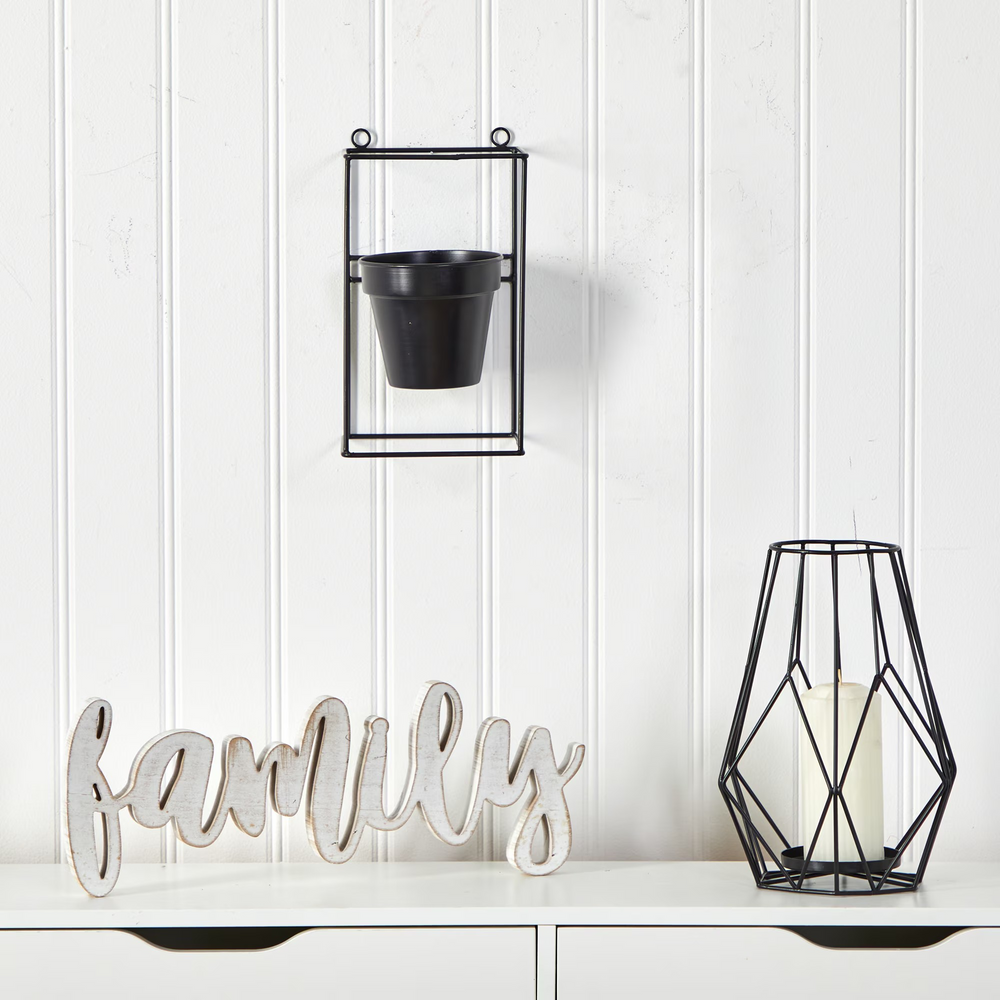
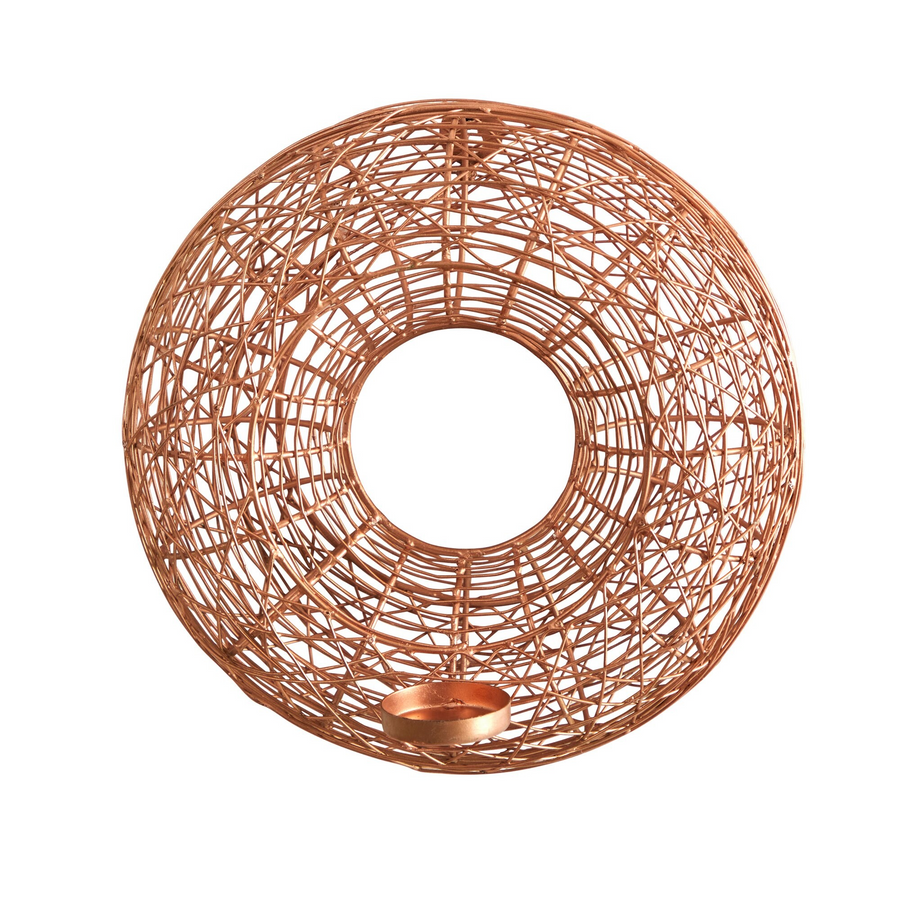
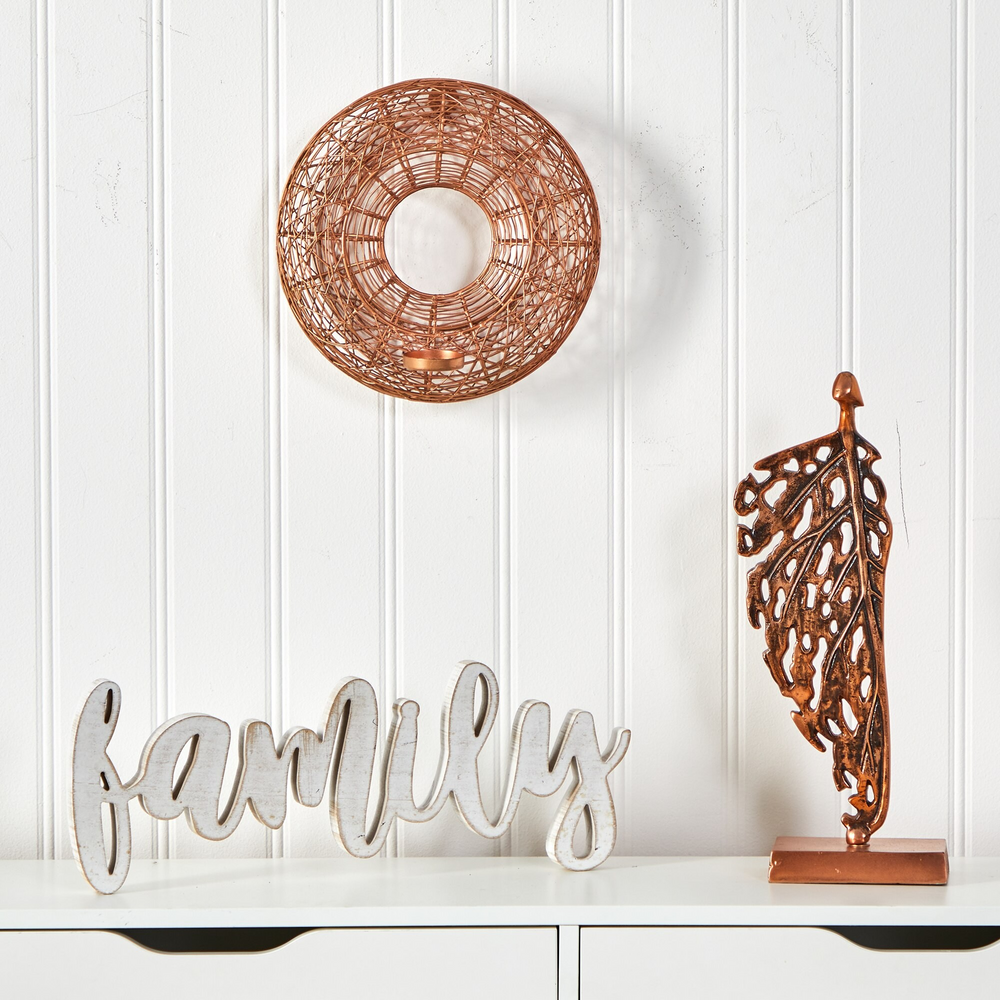

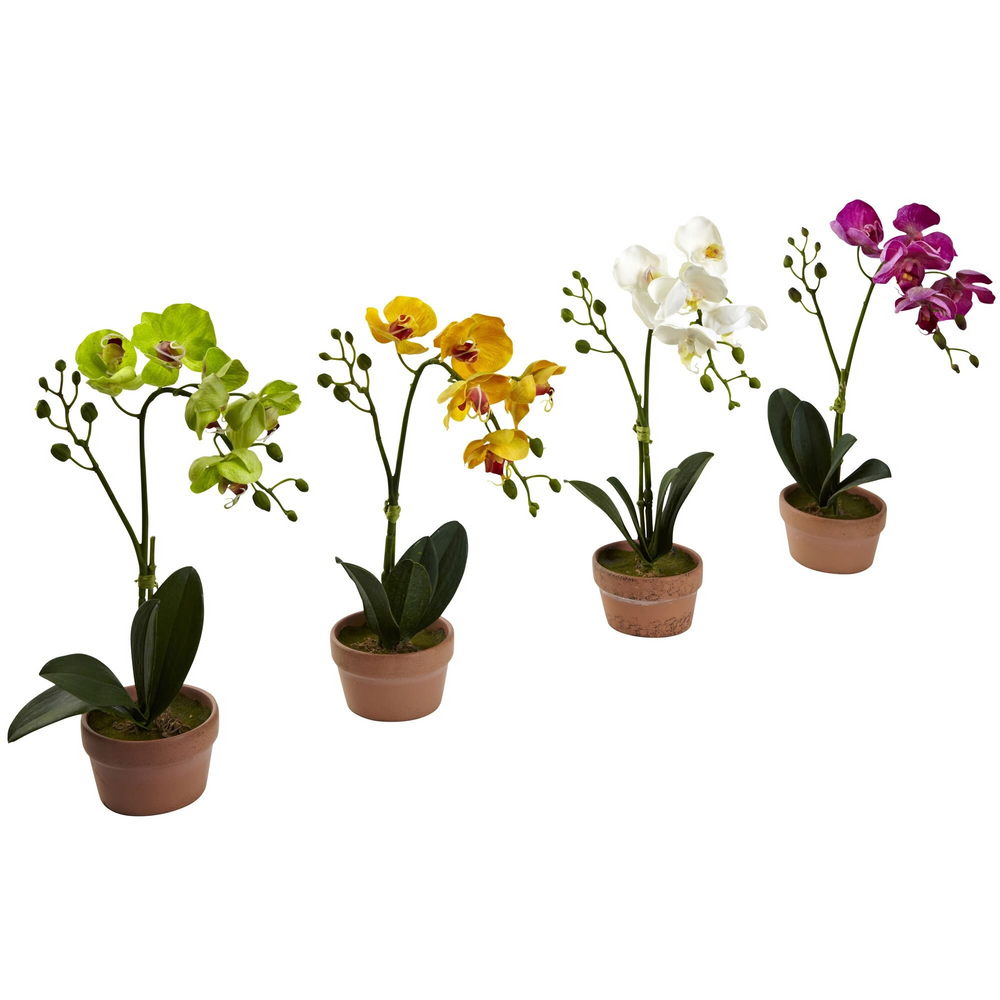

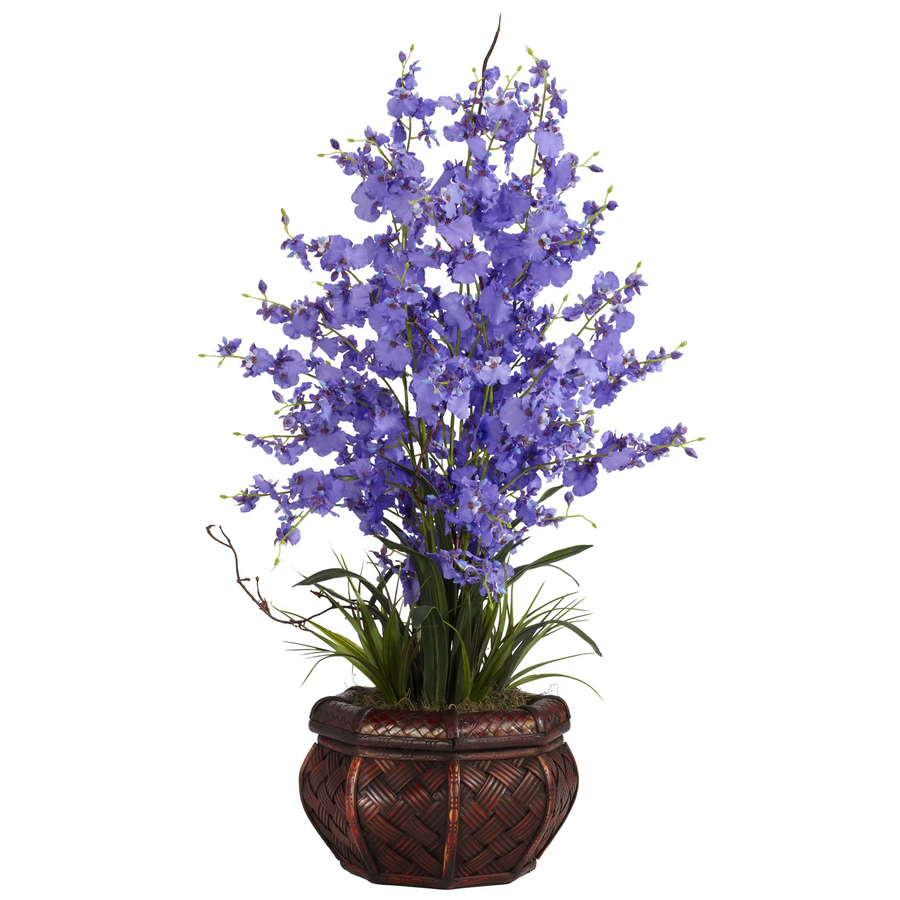



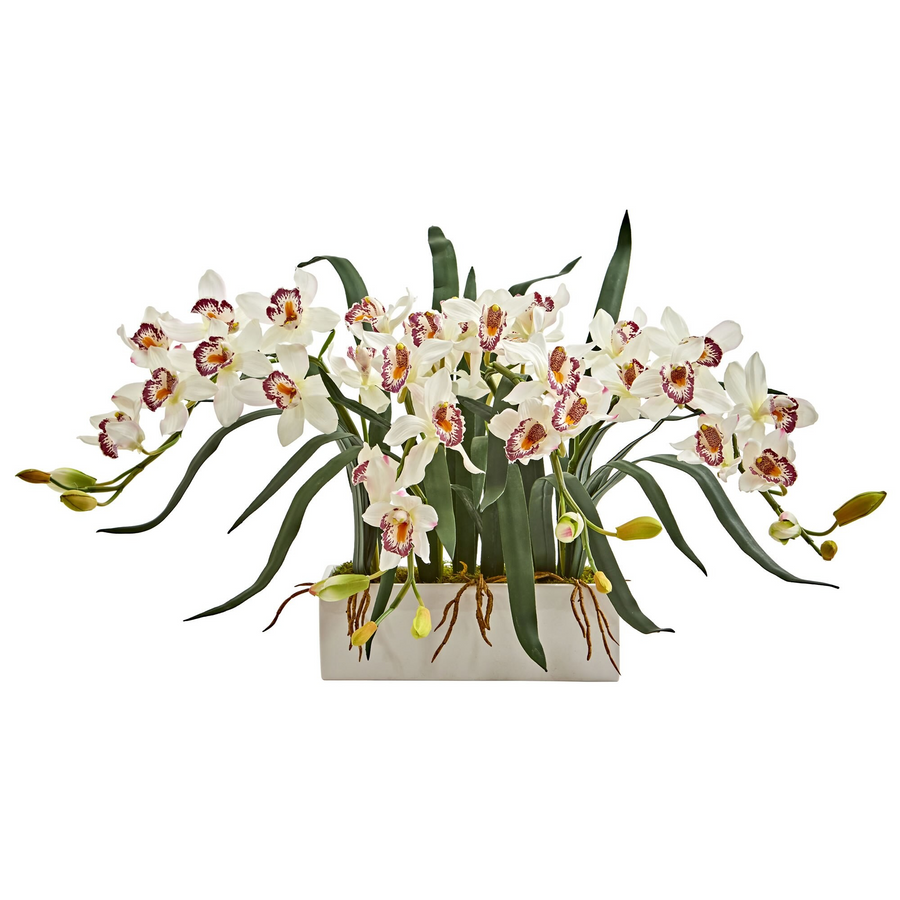
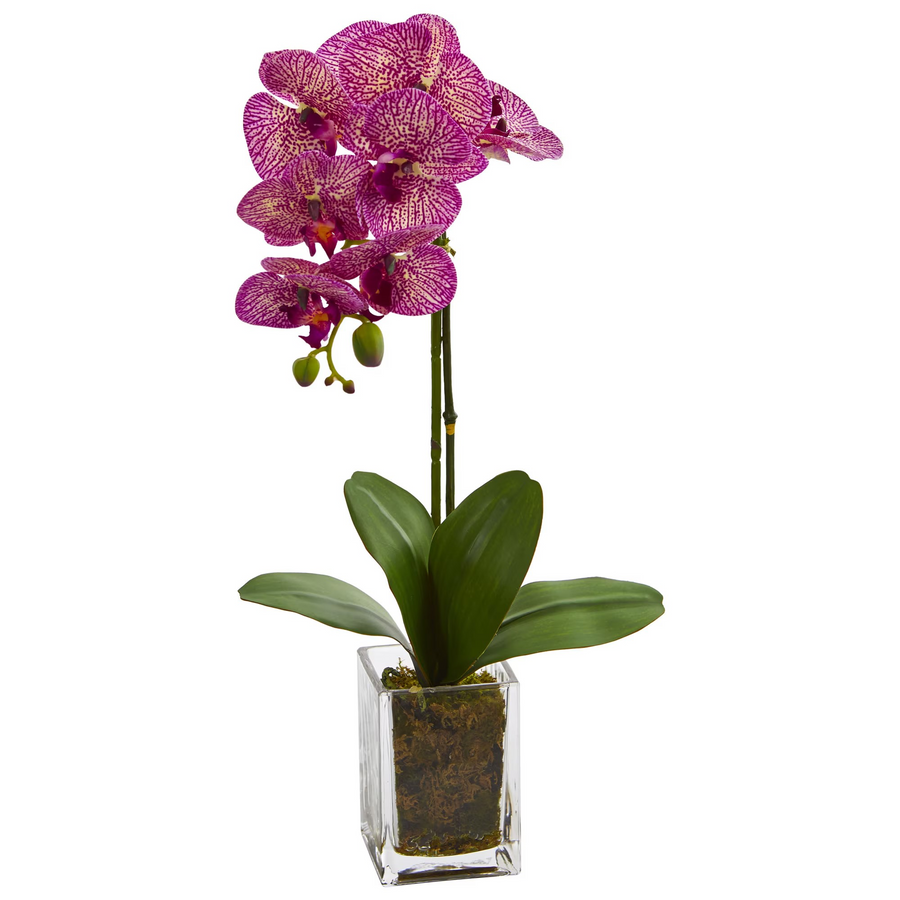









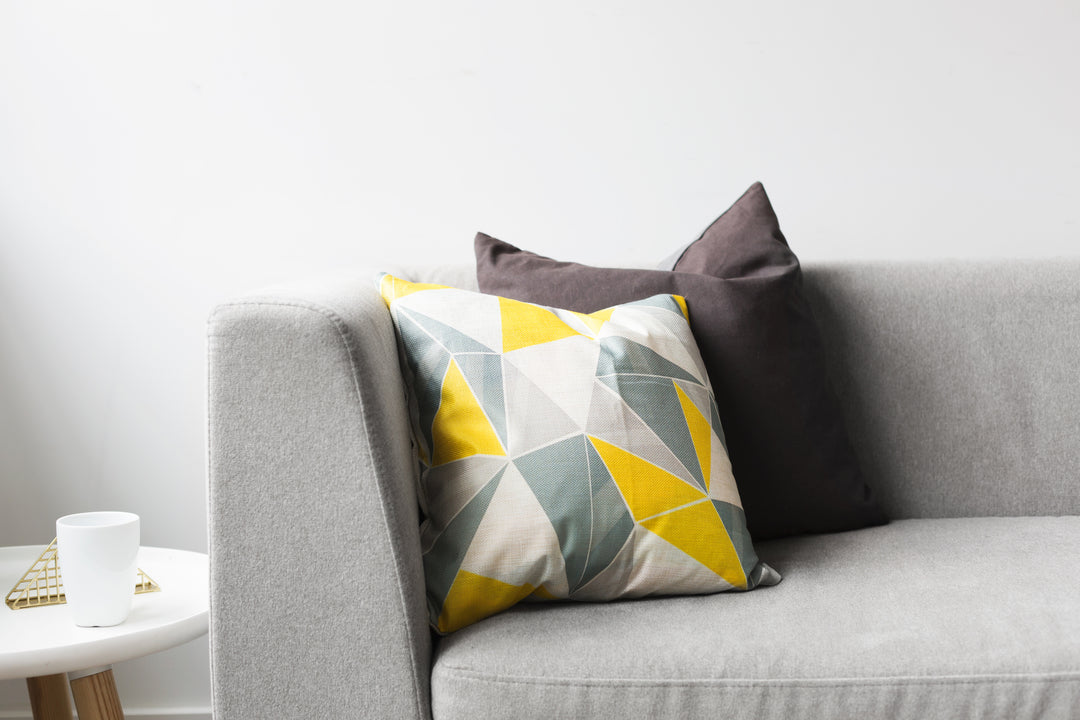
Leave a comment